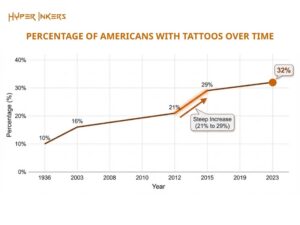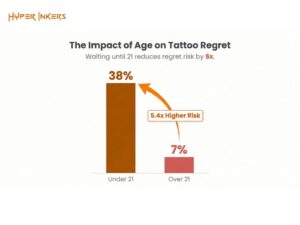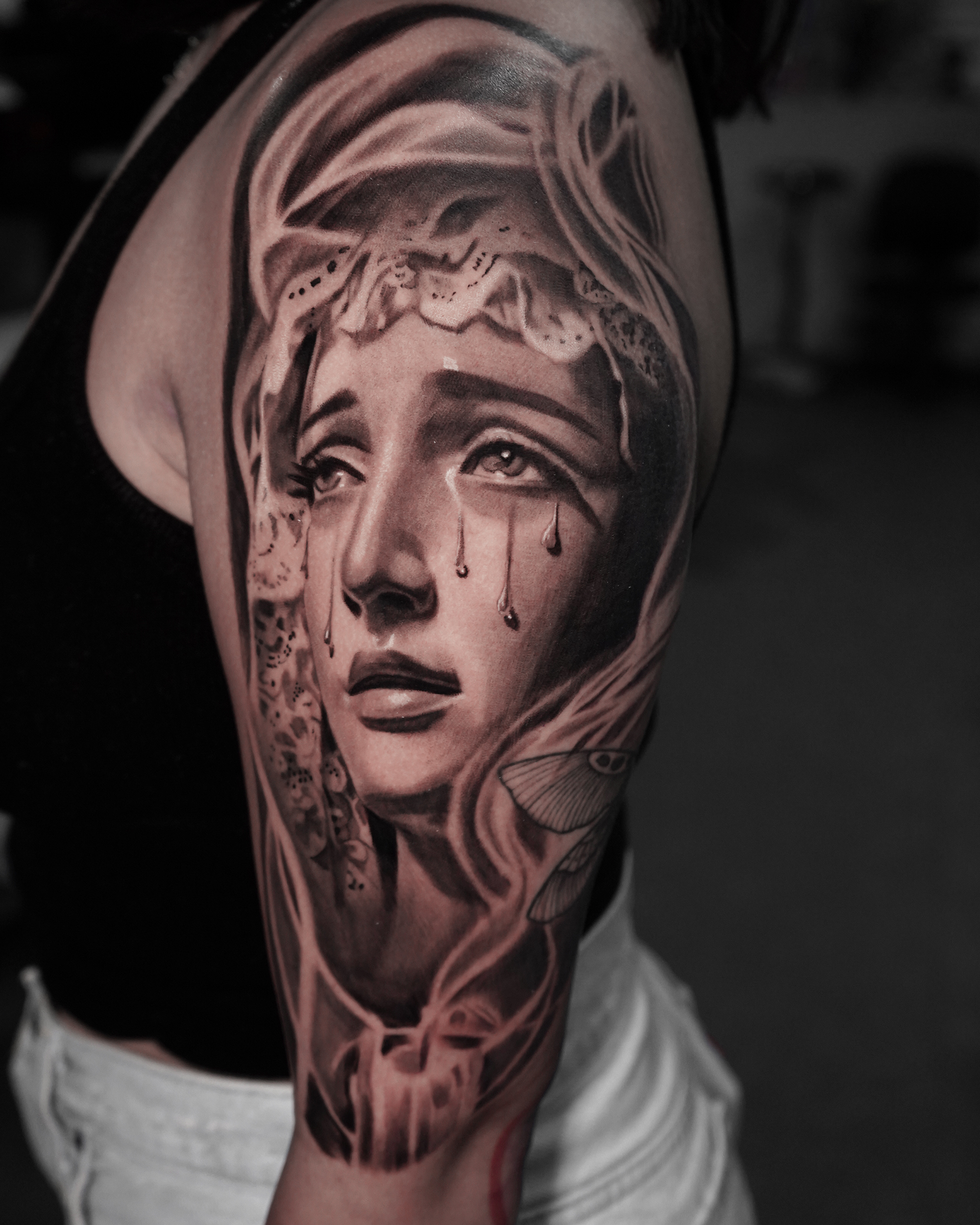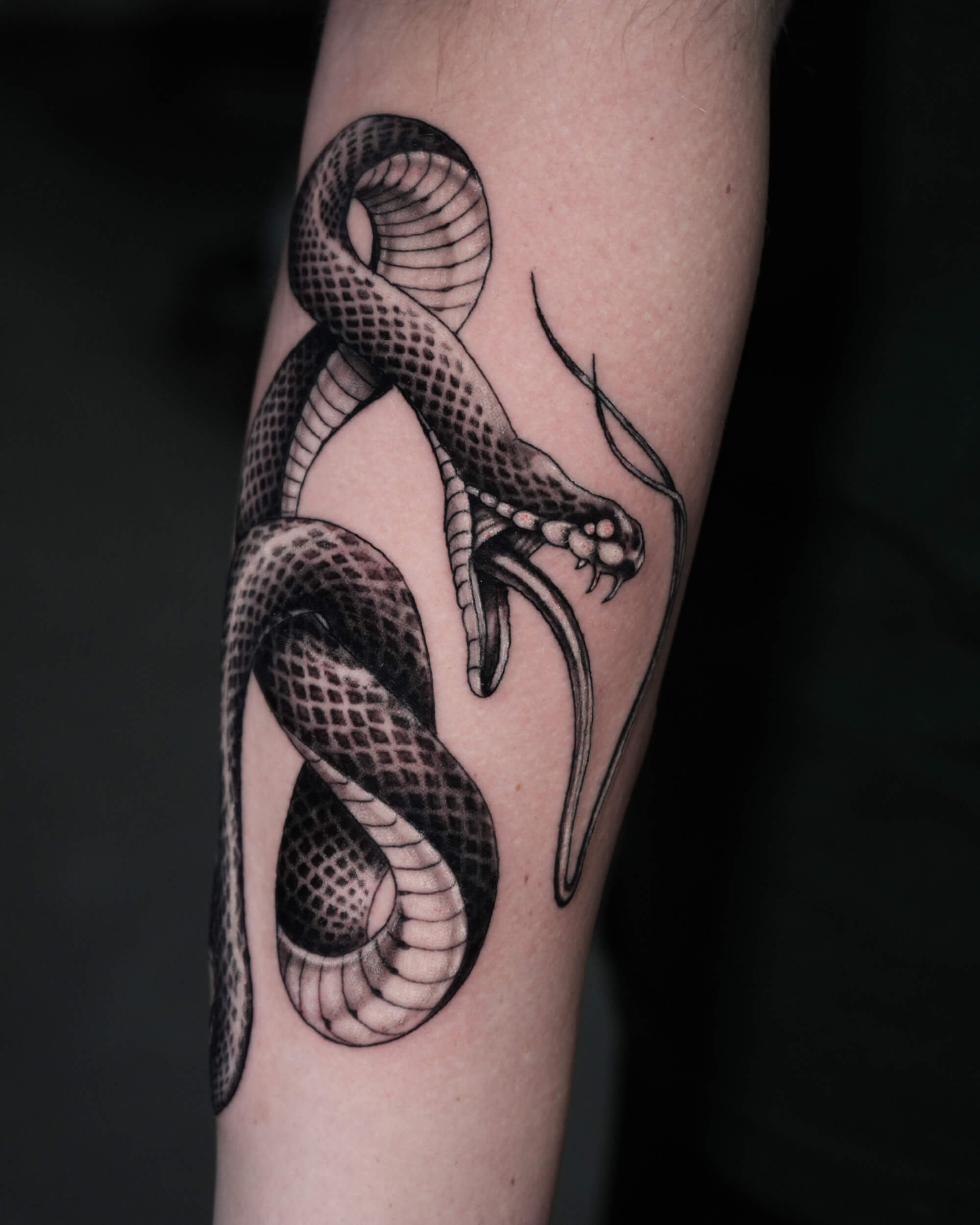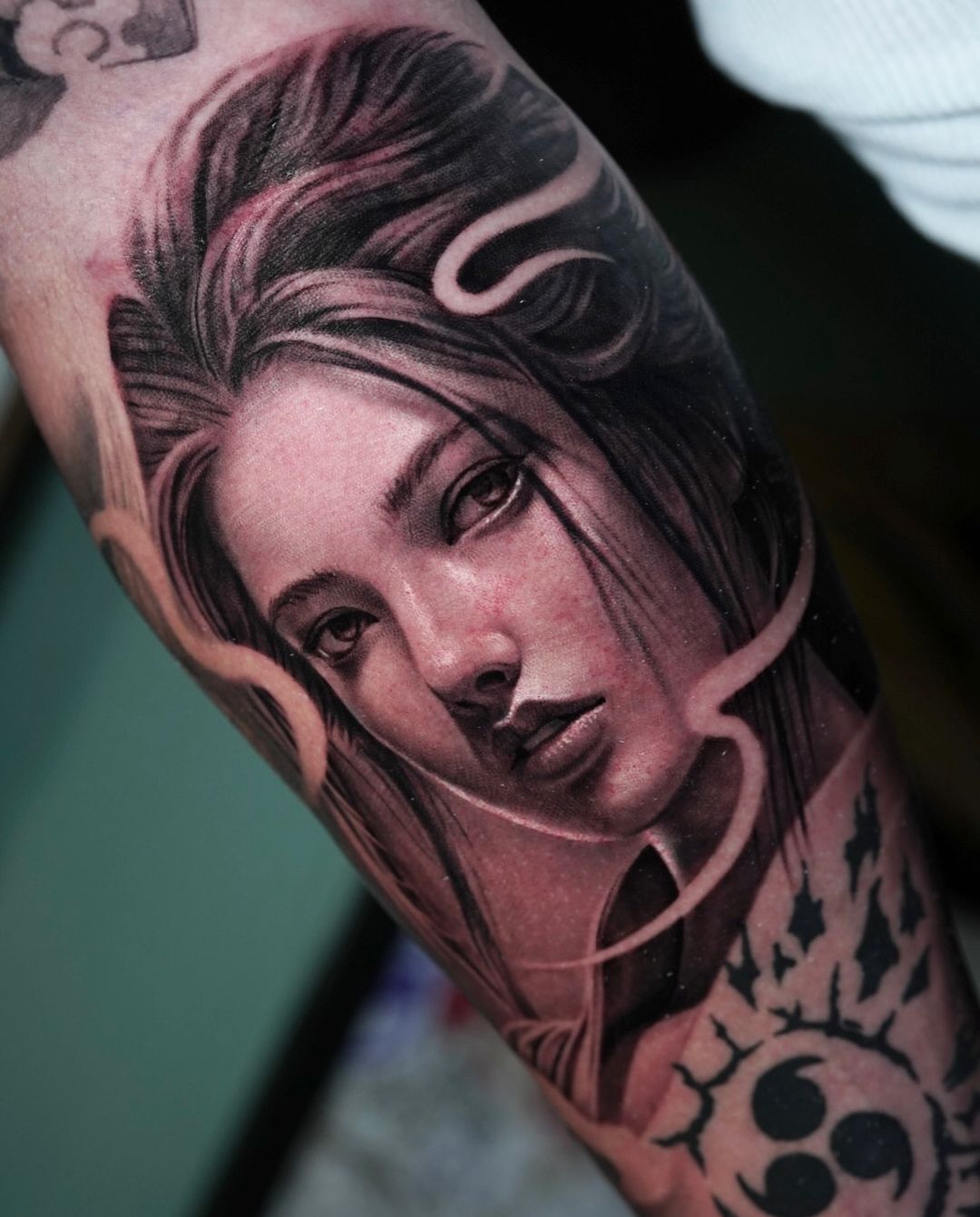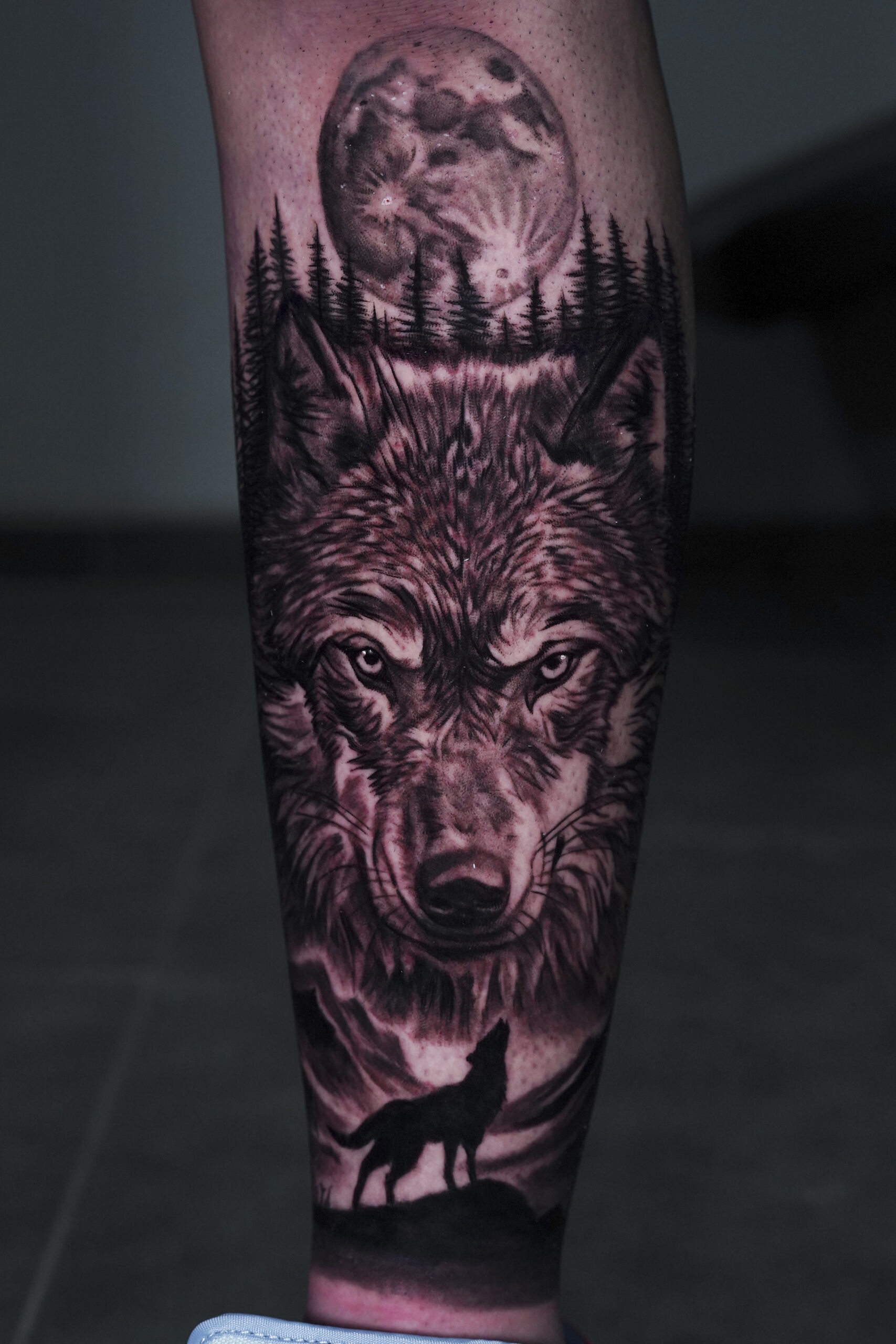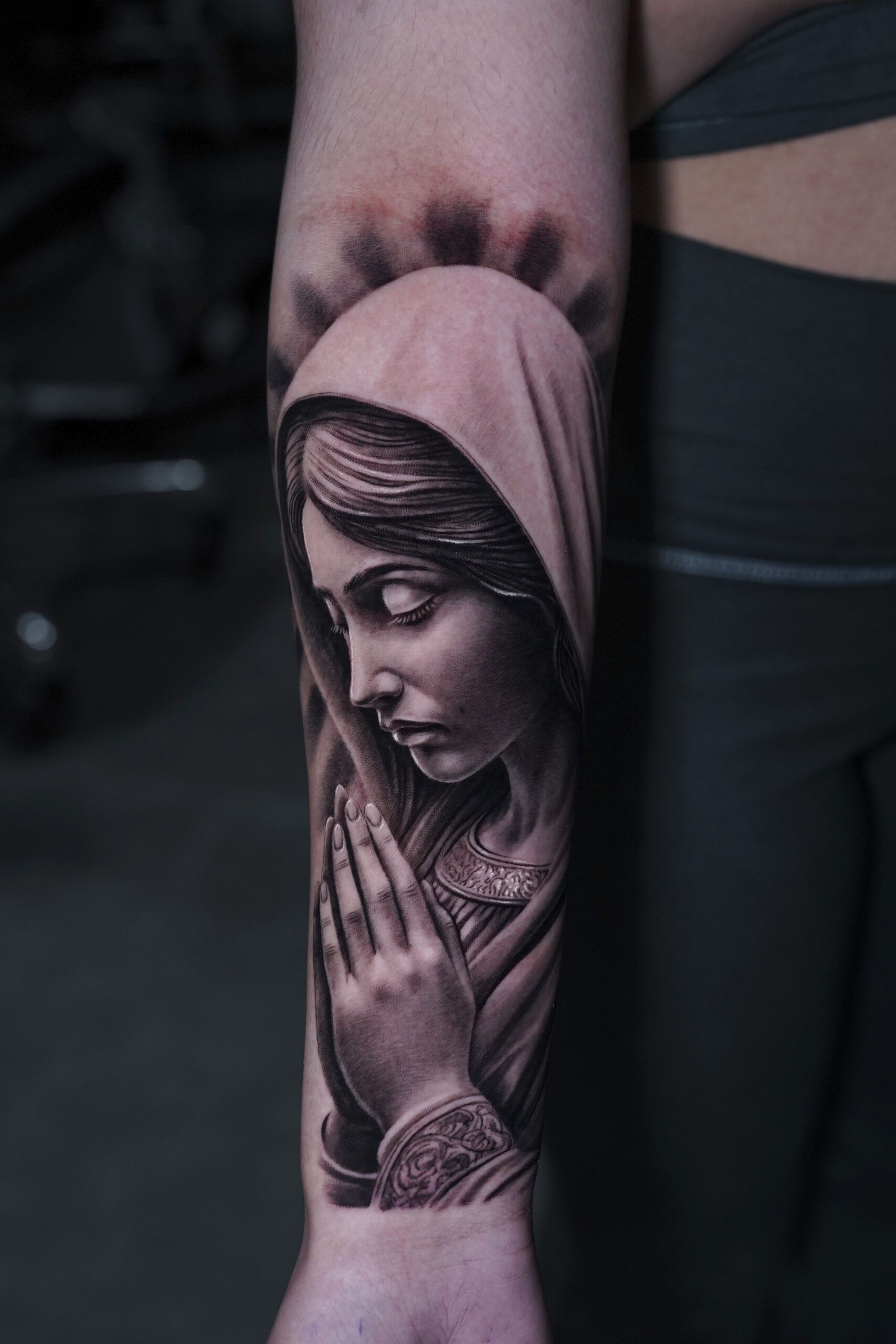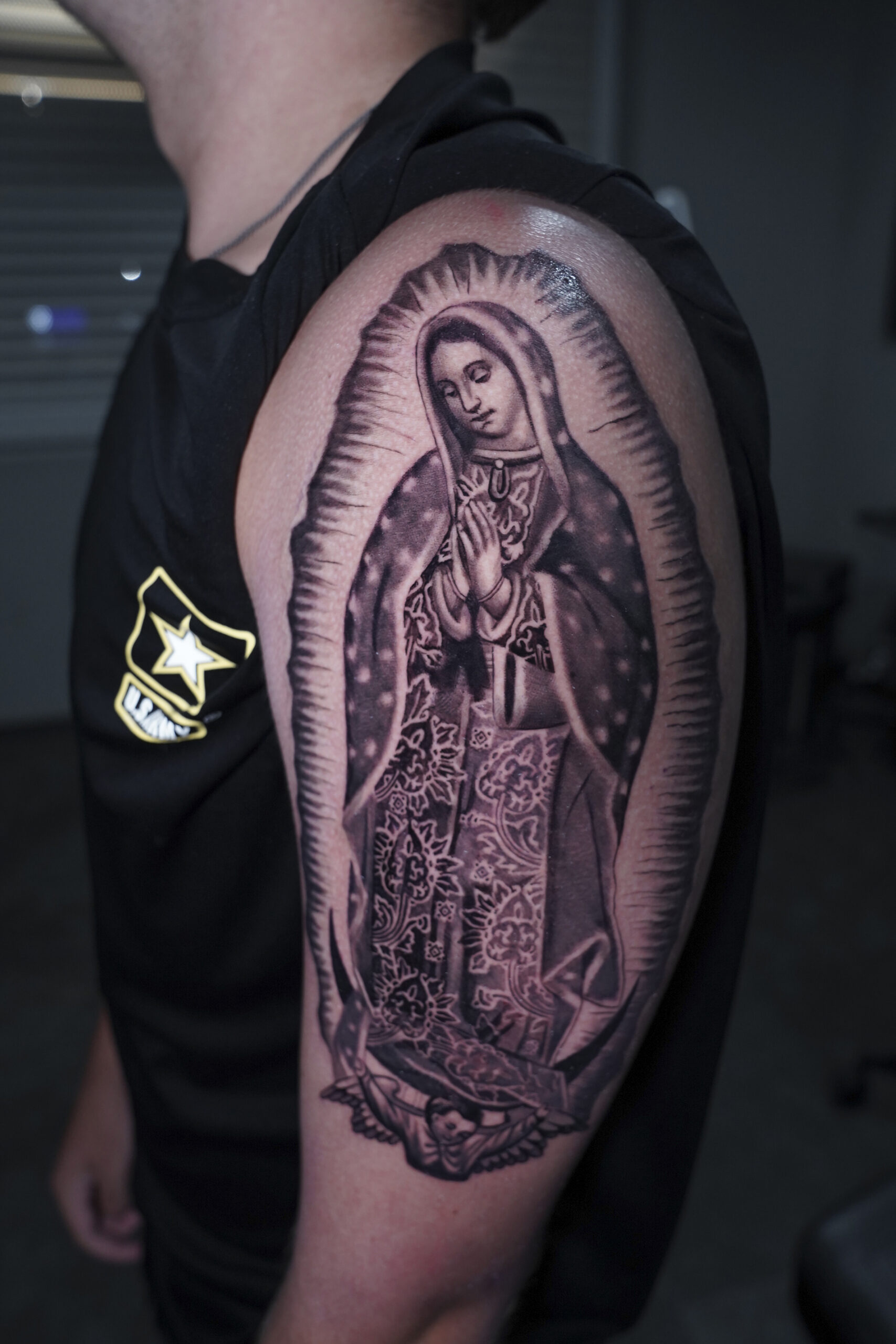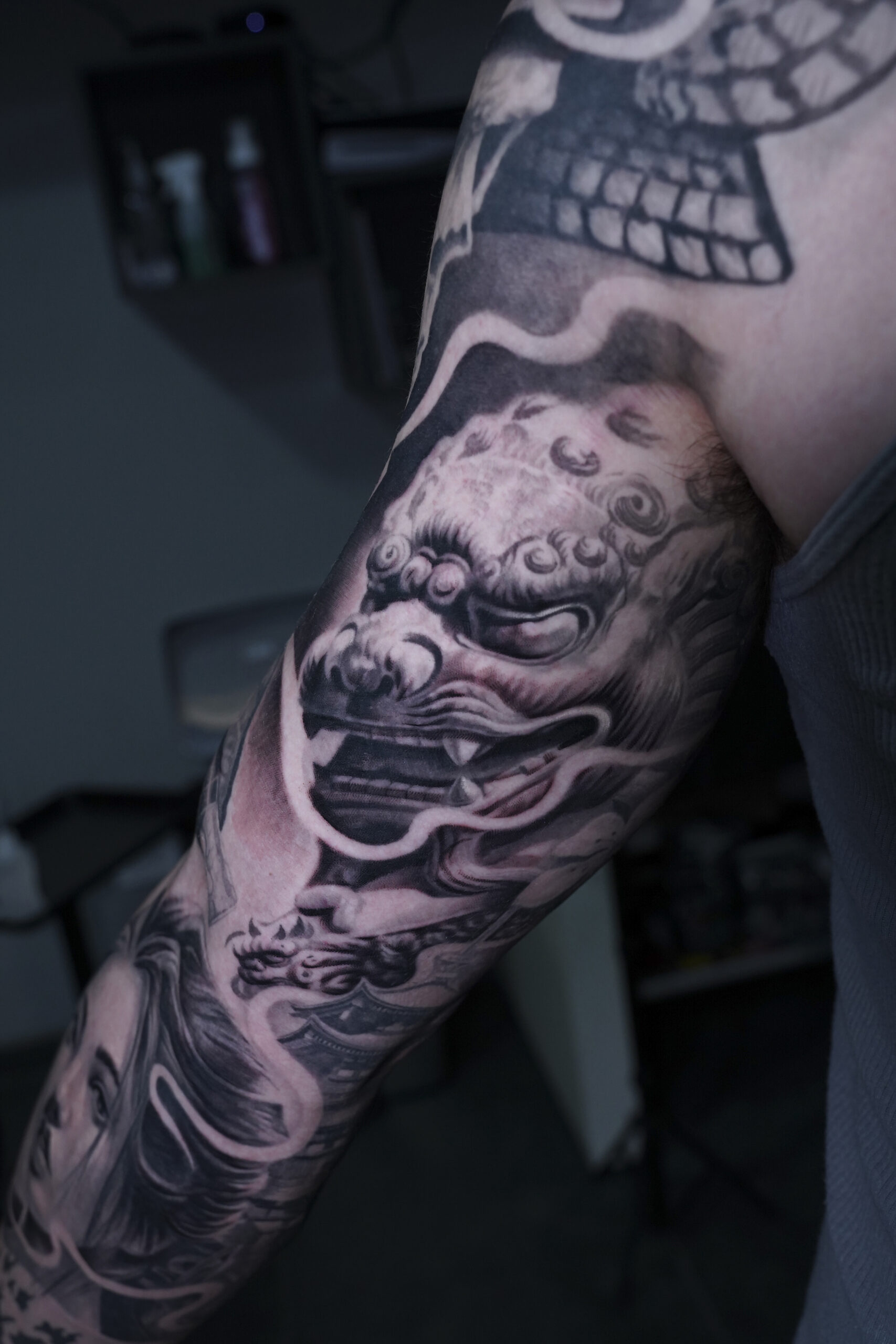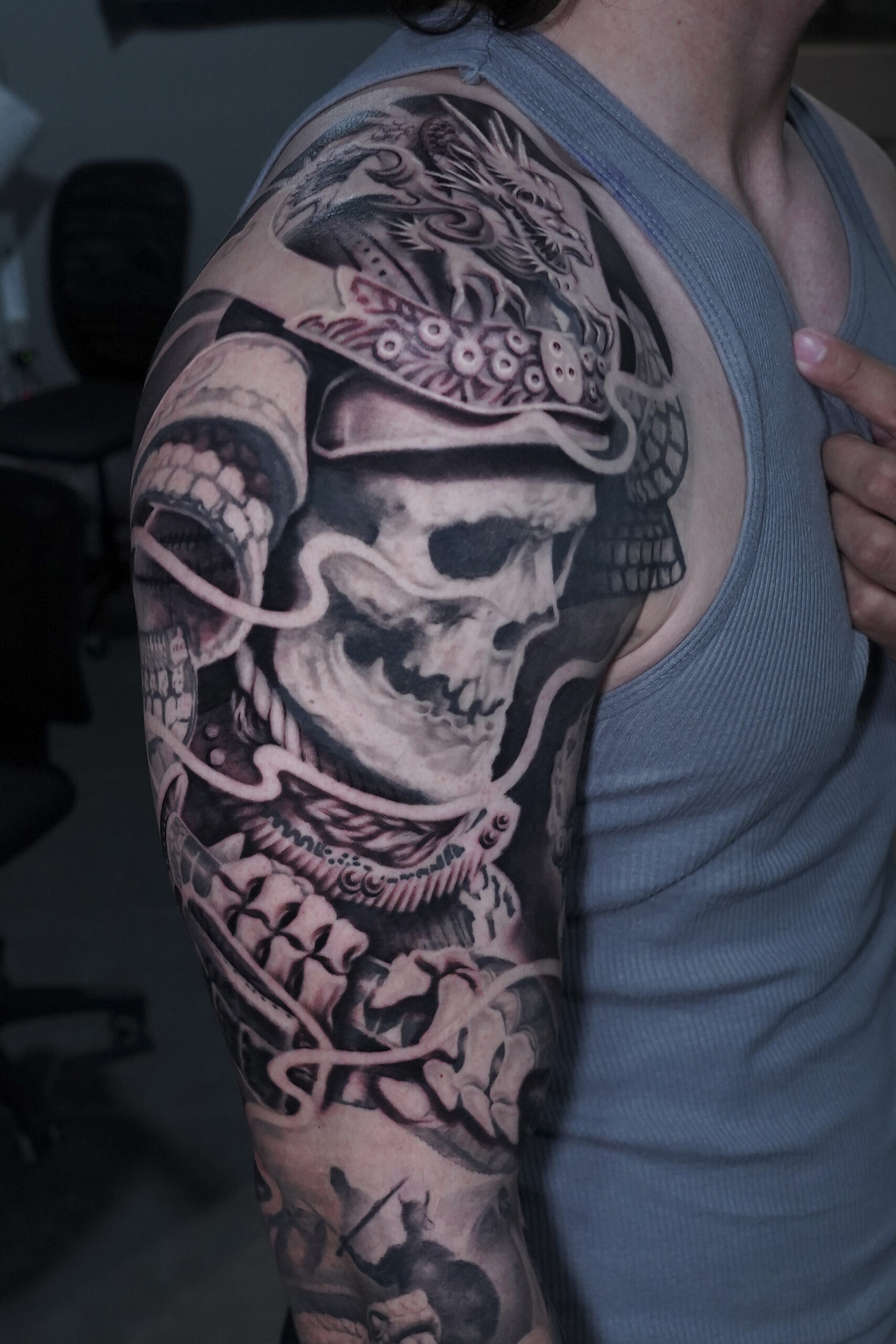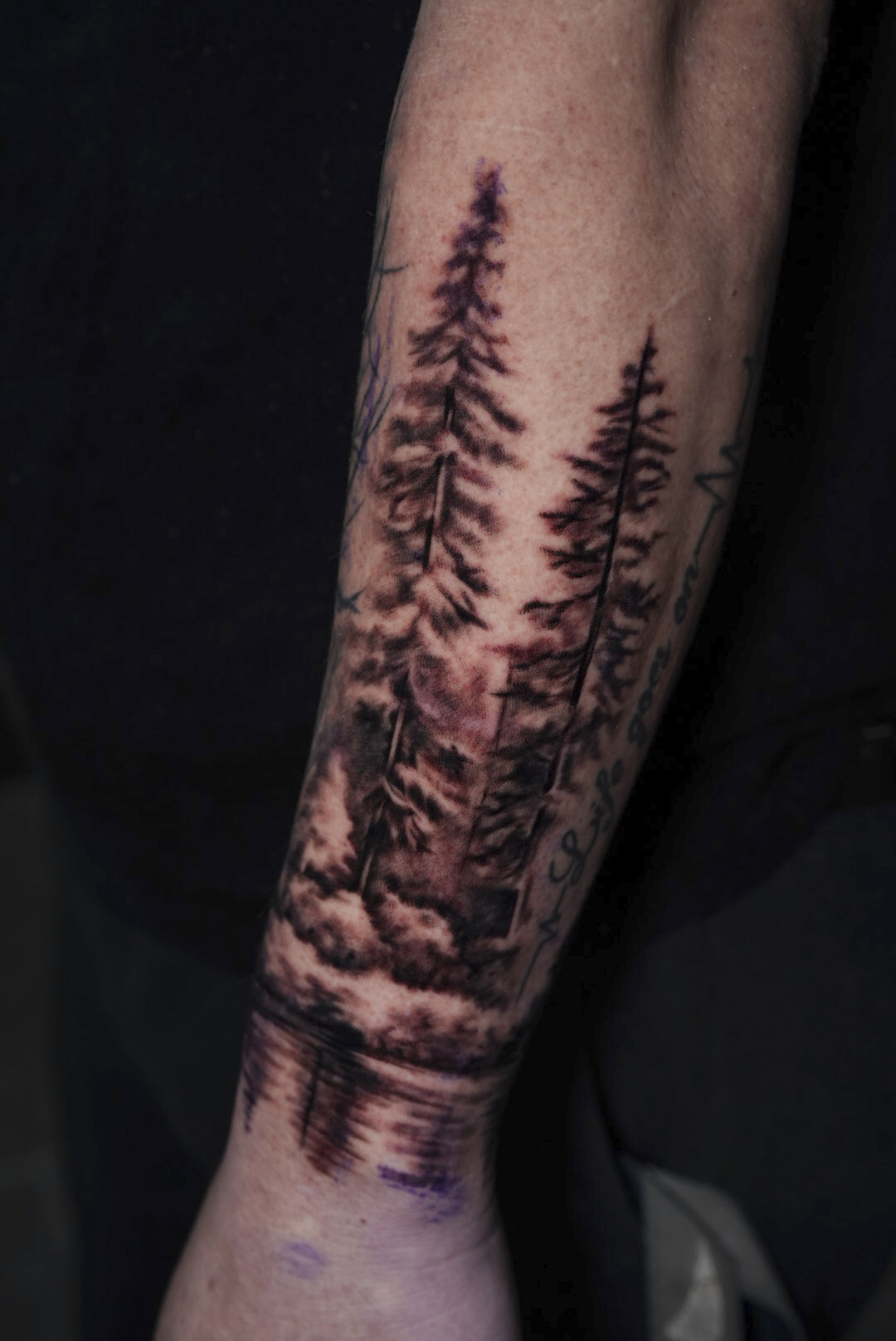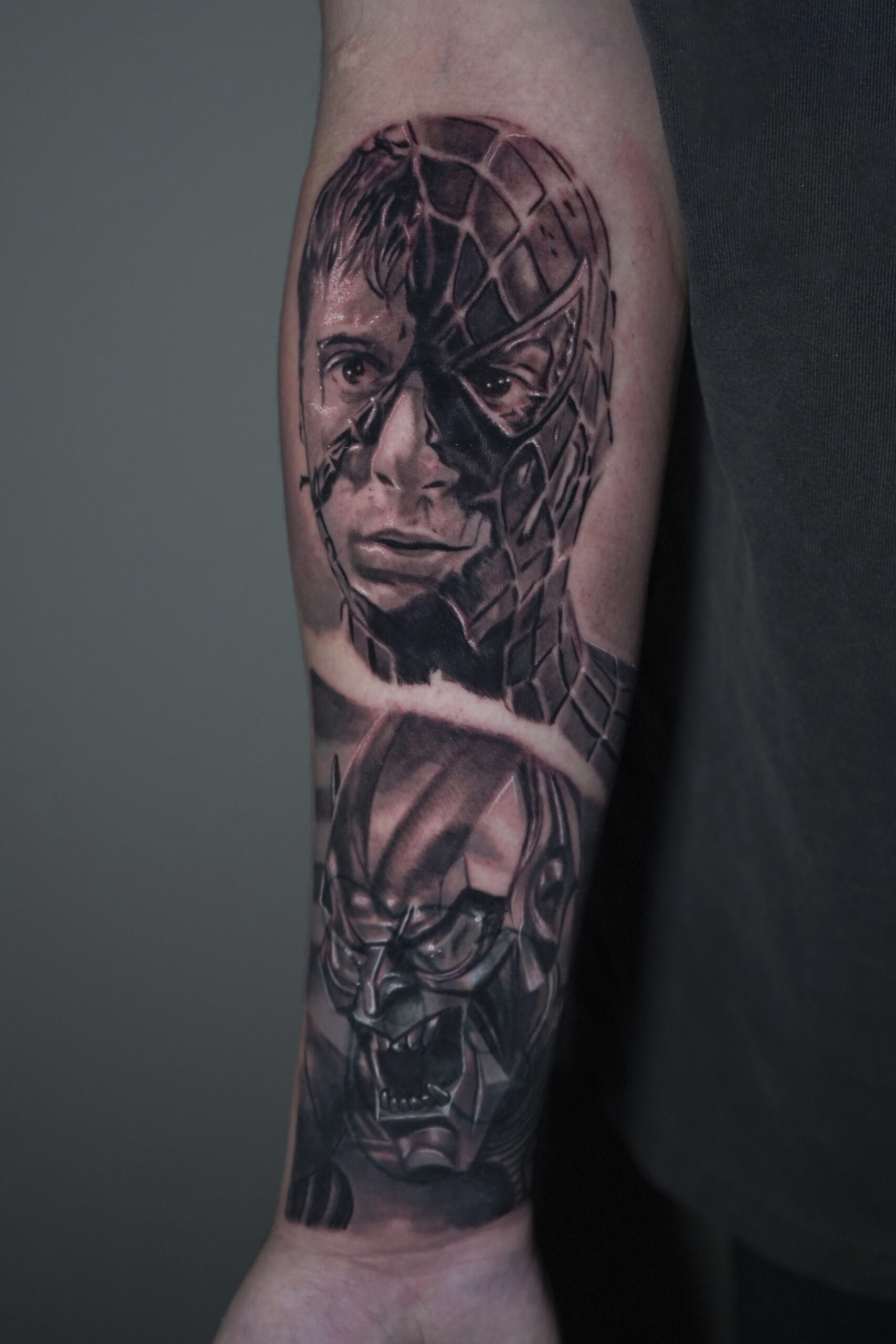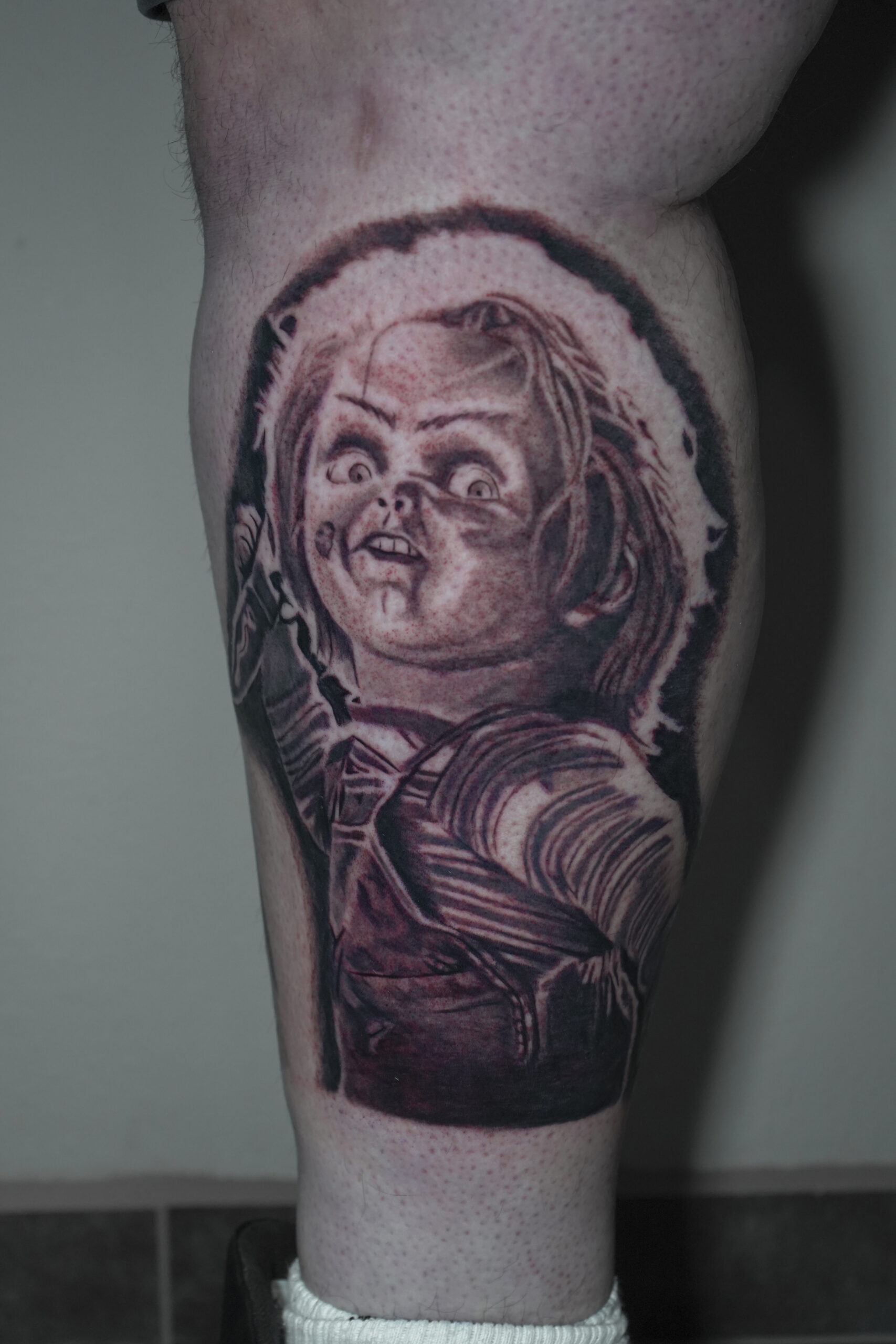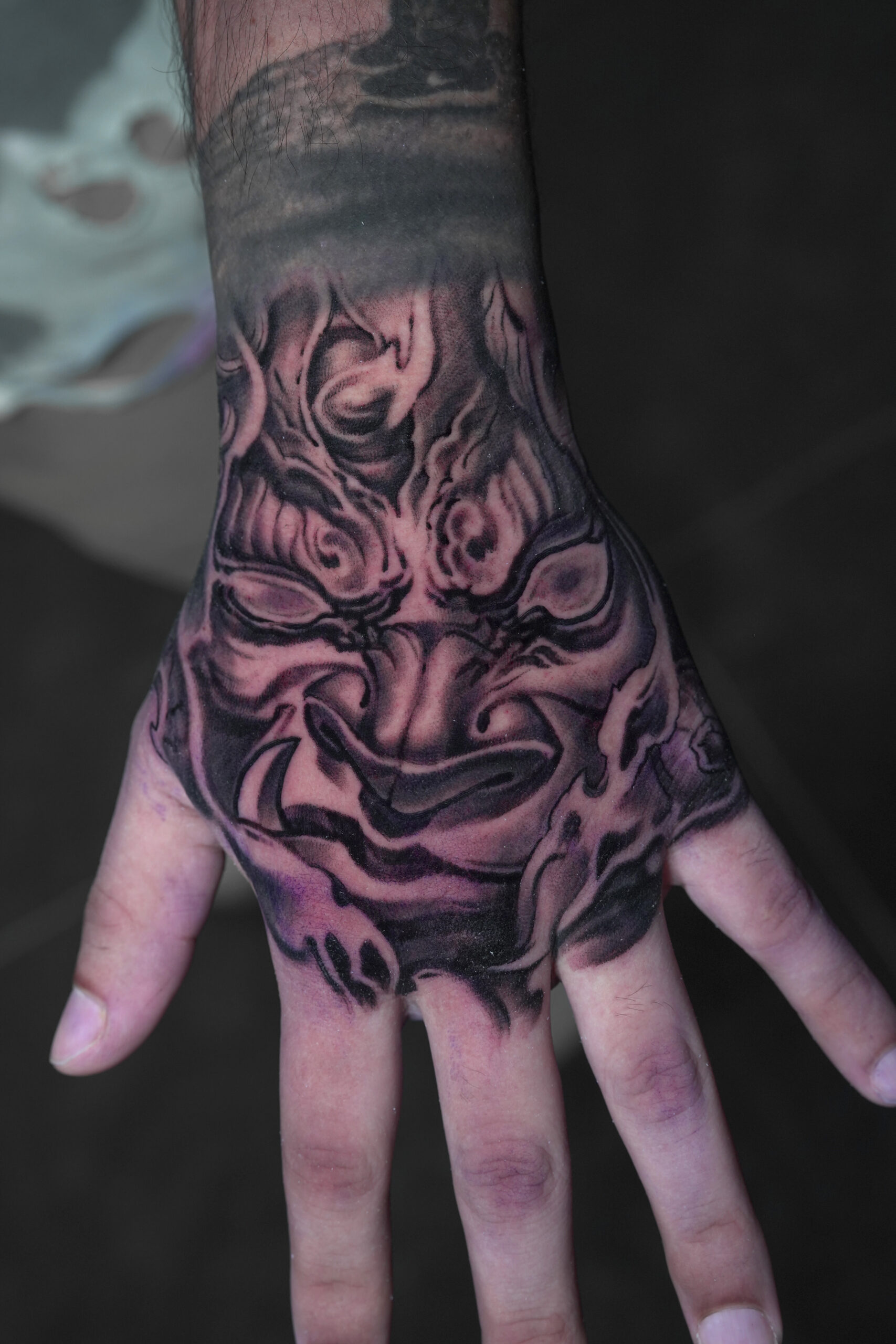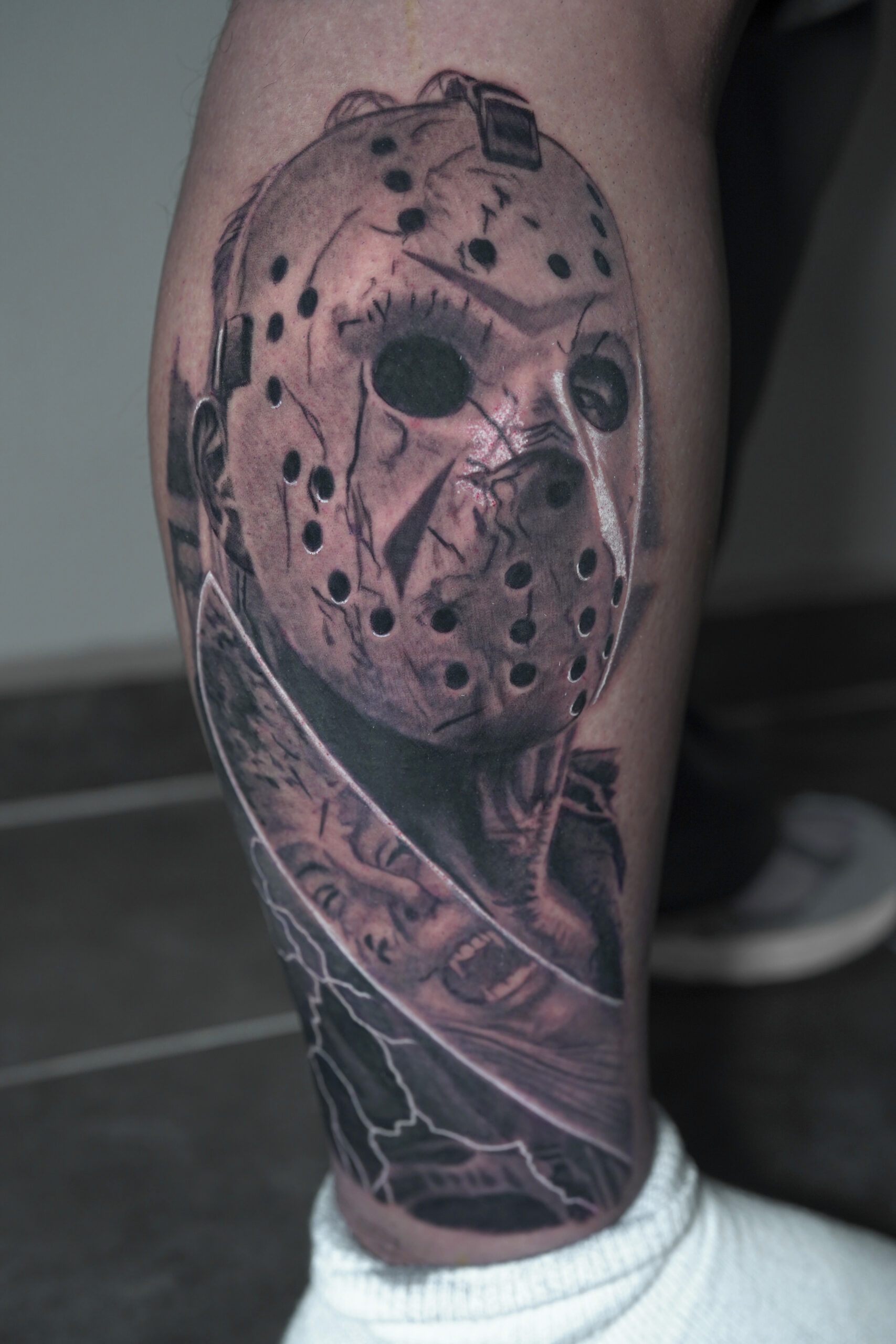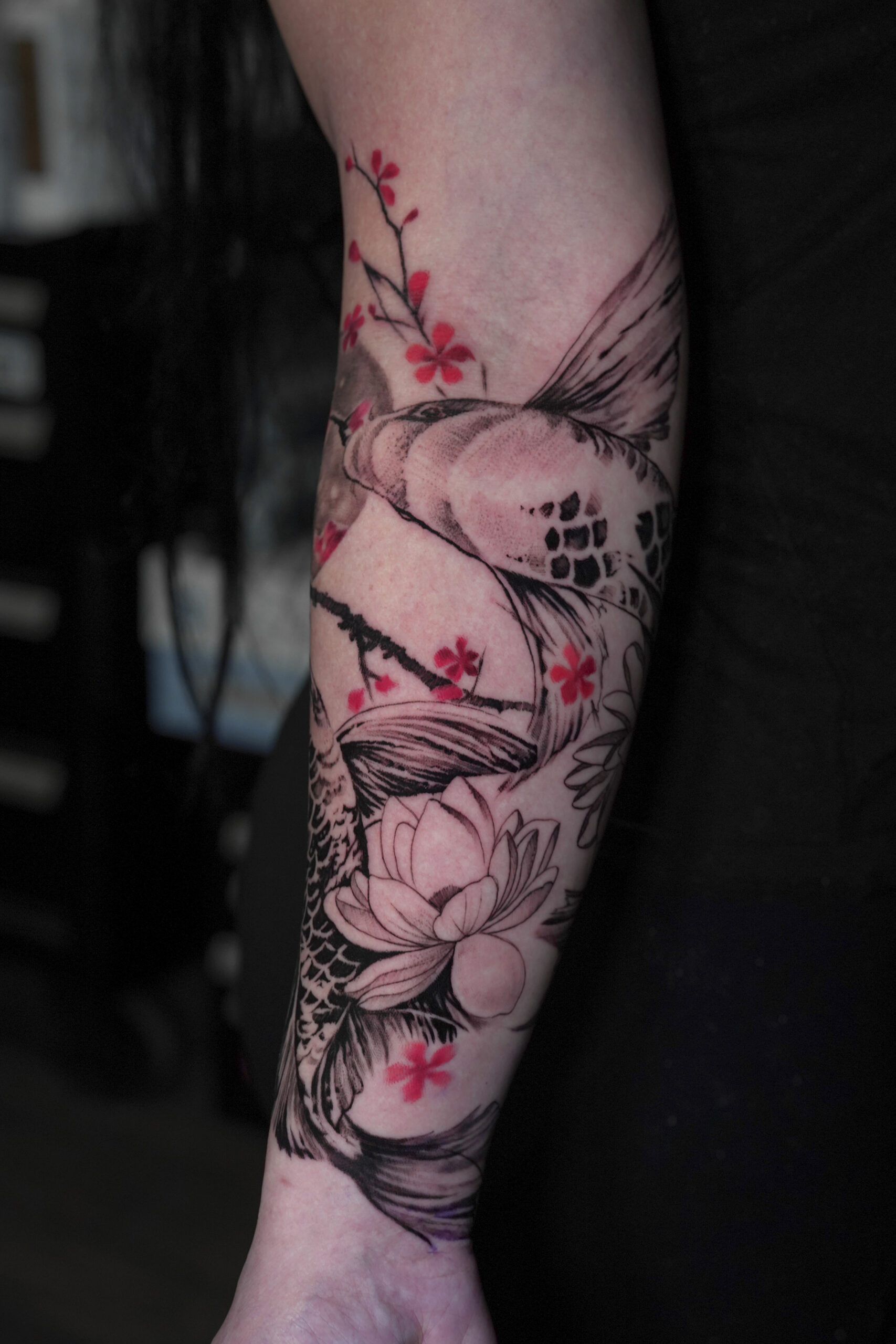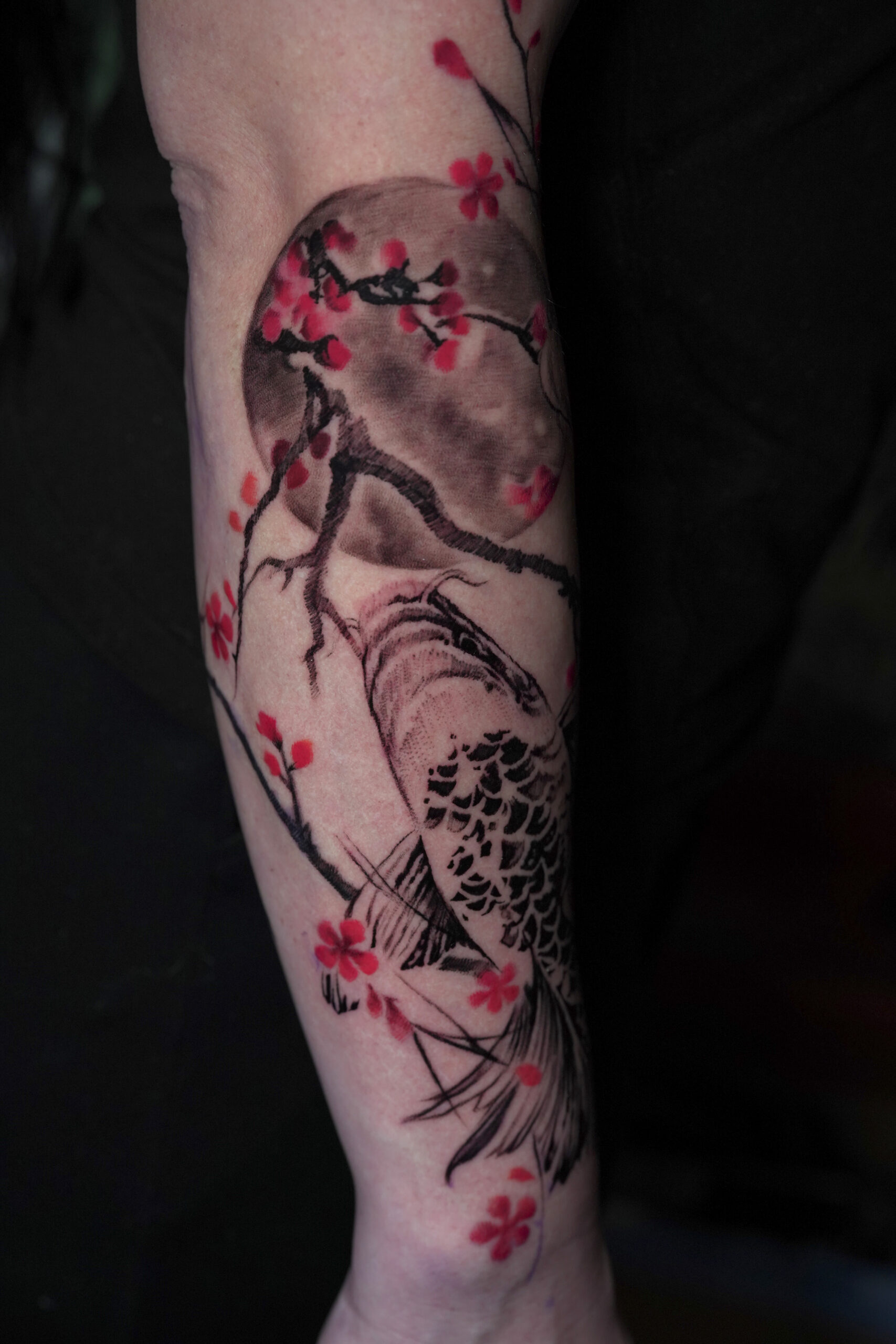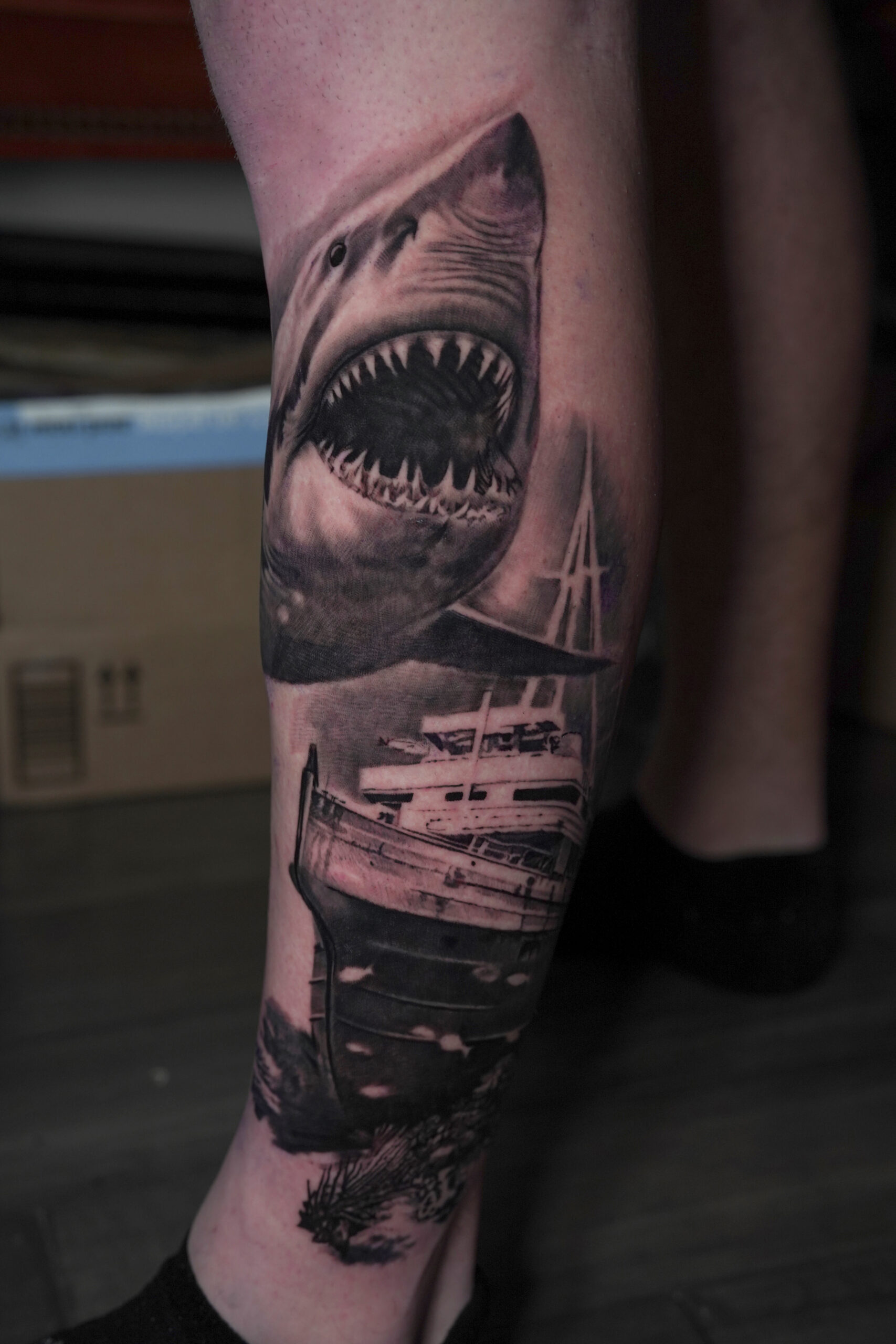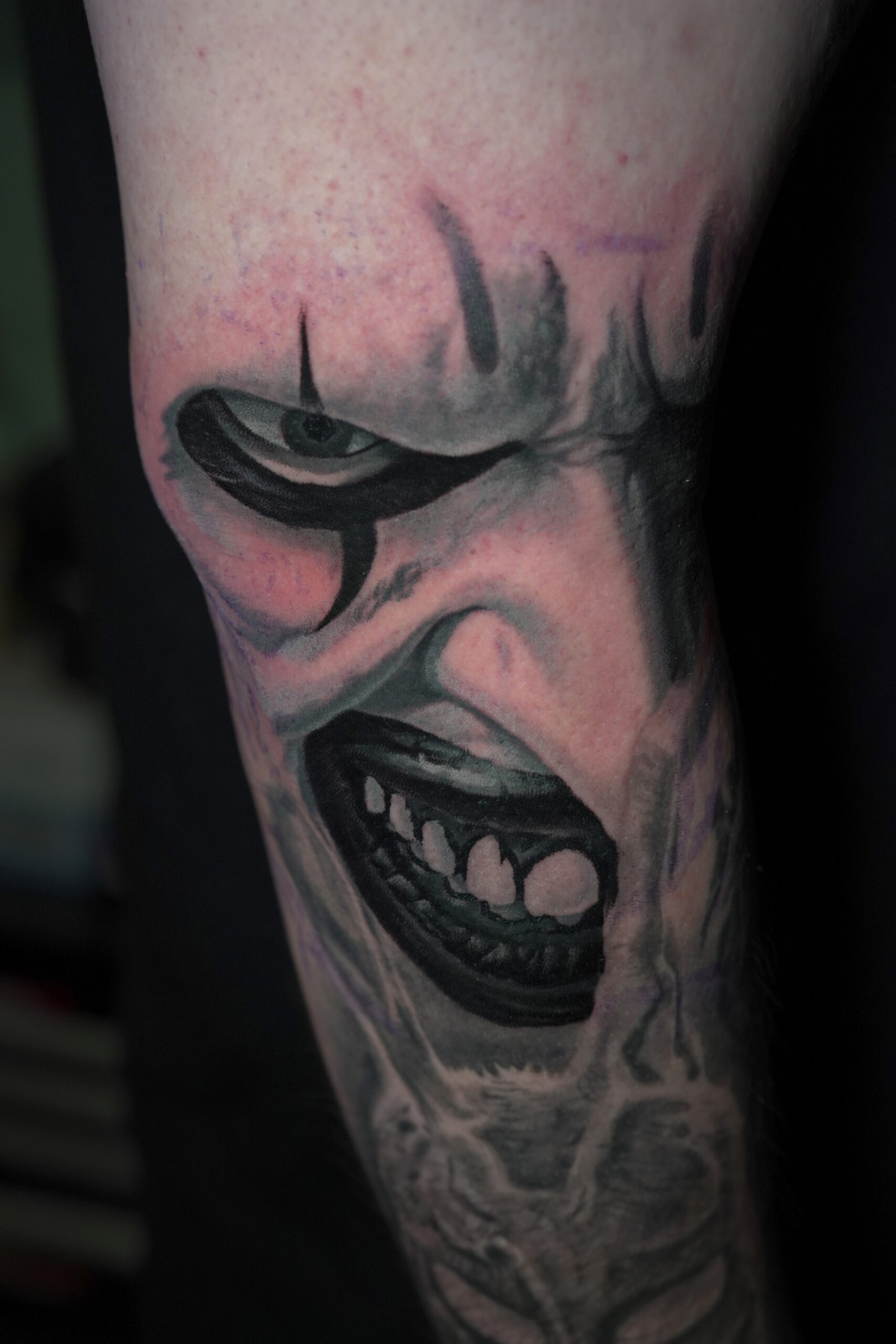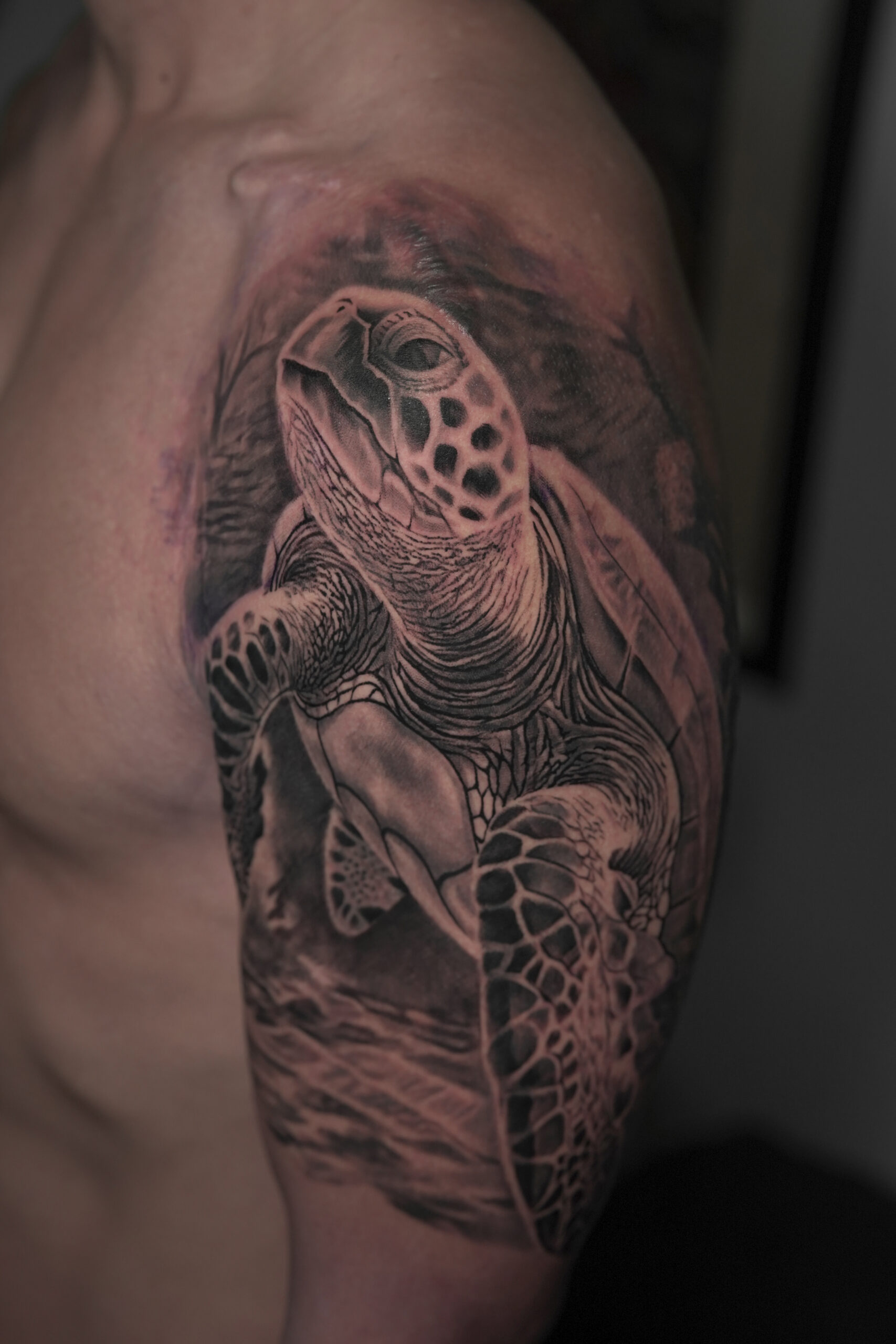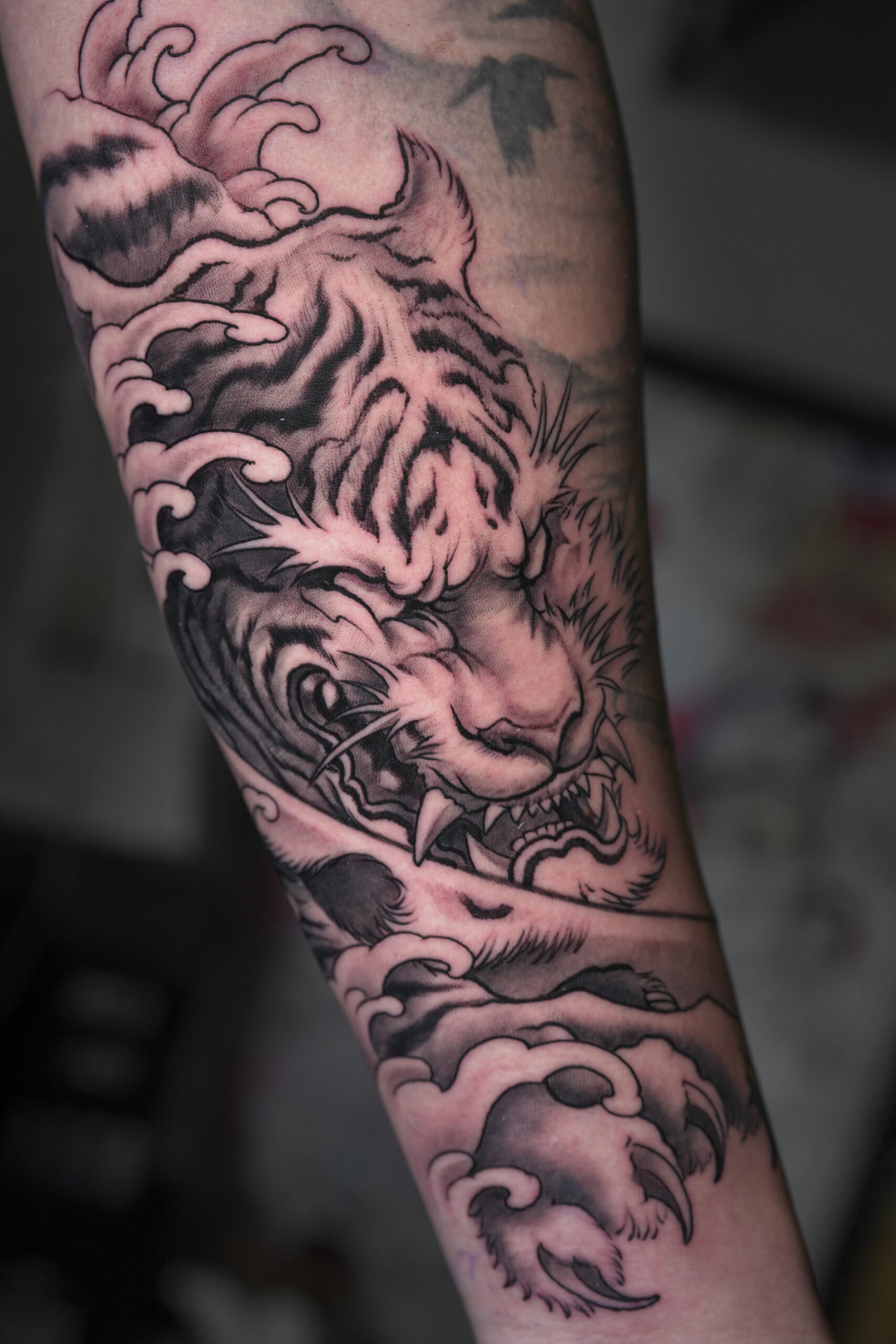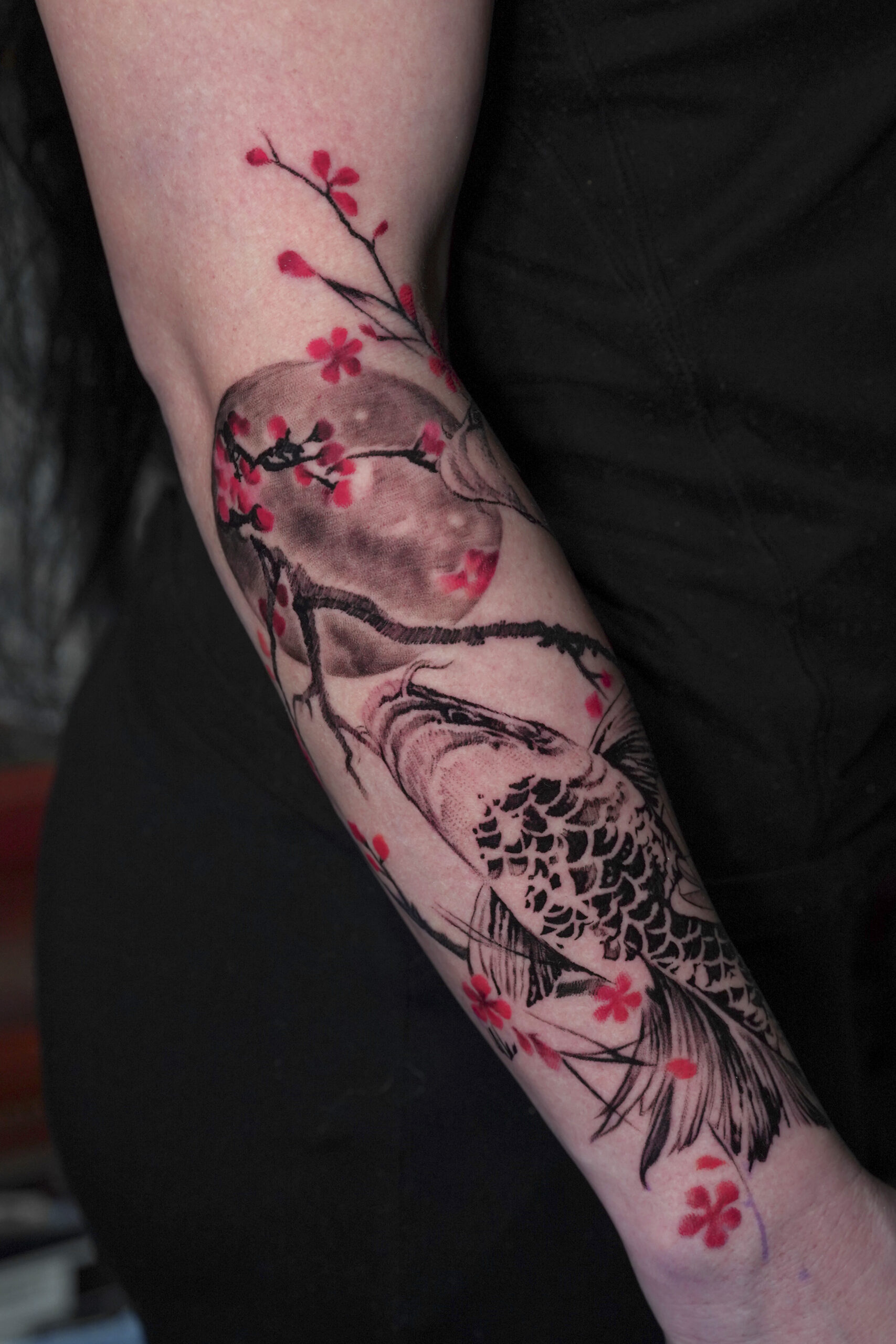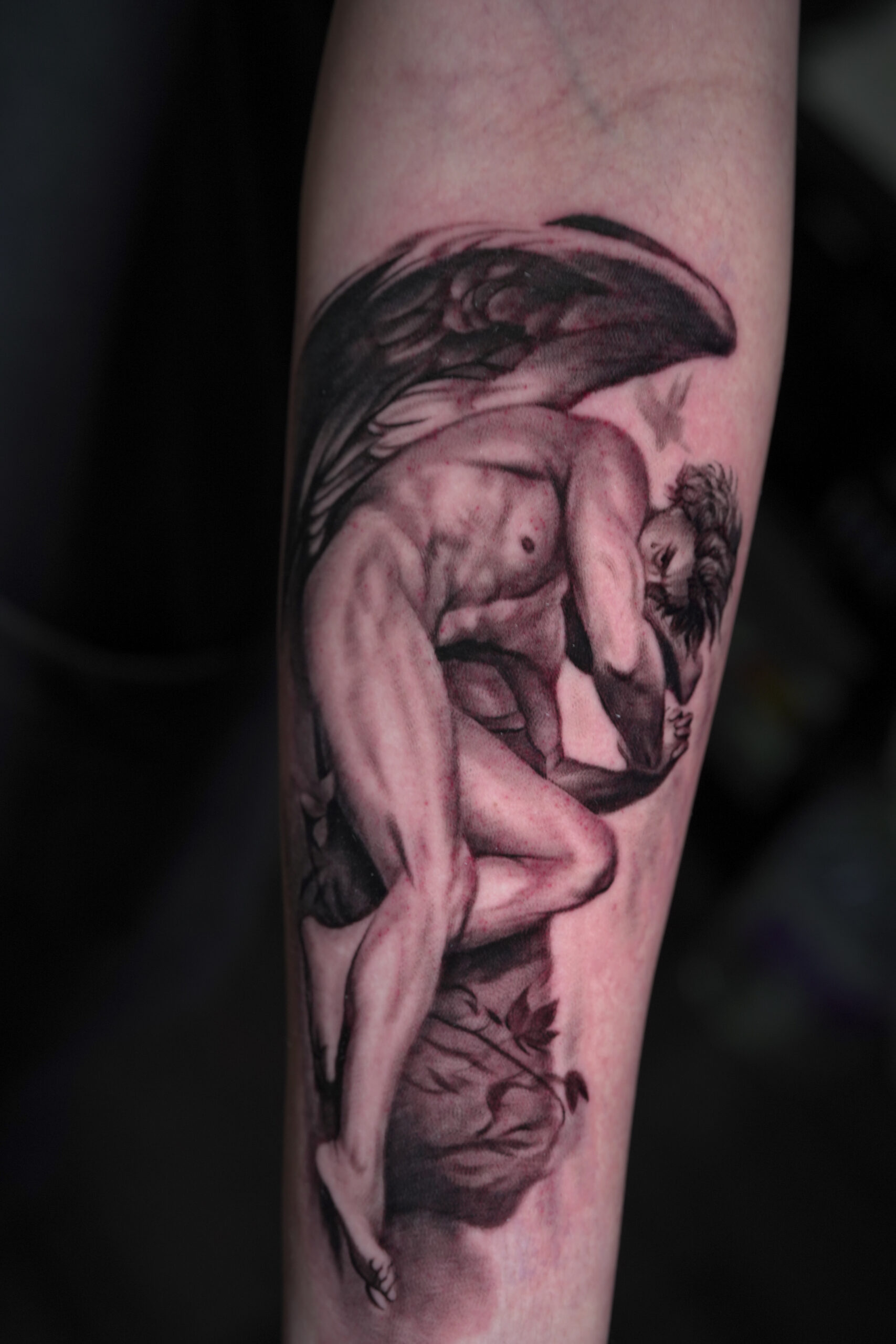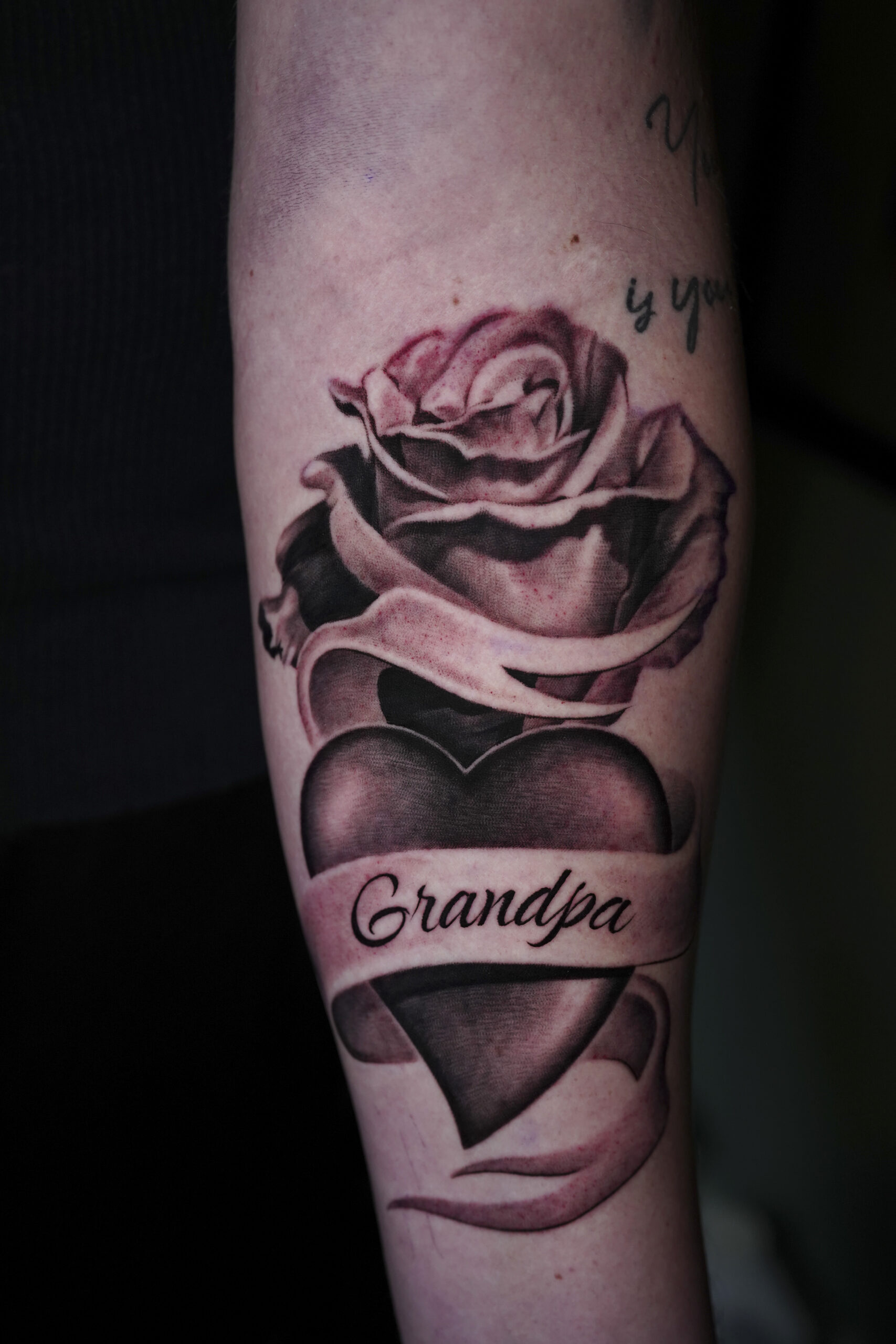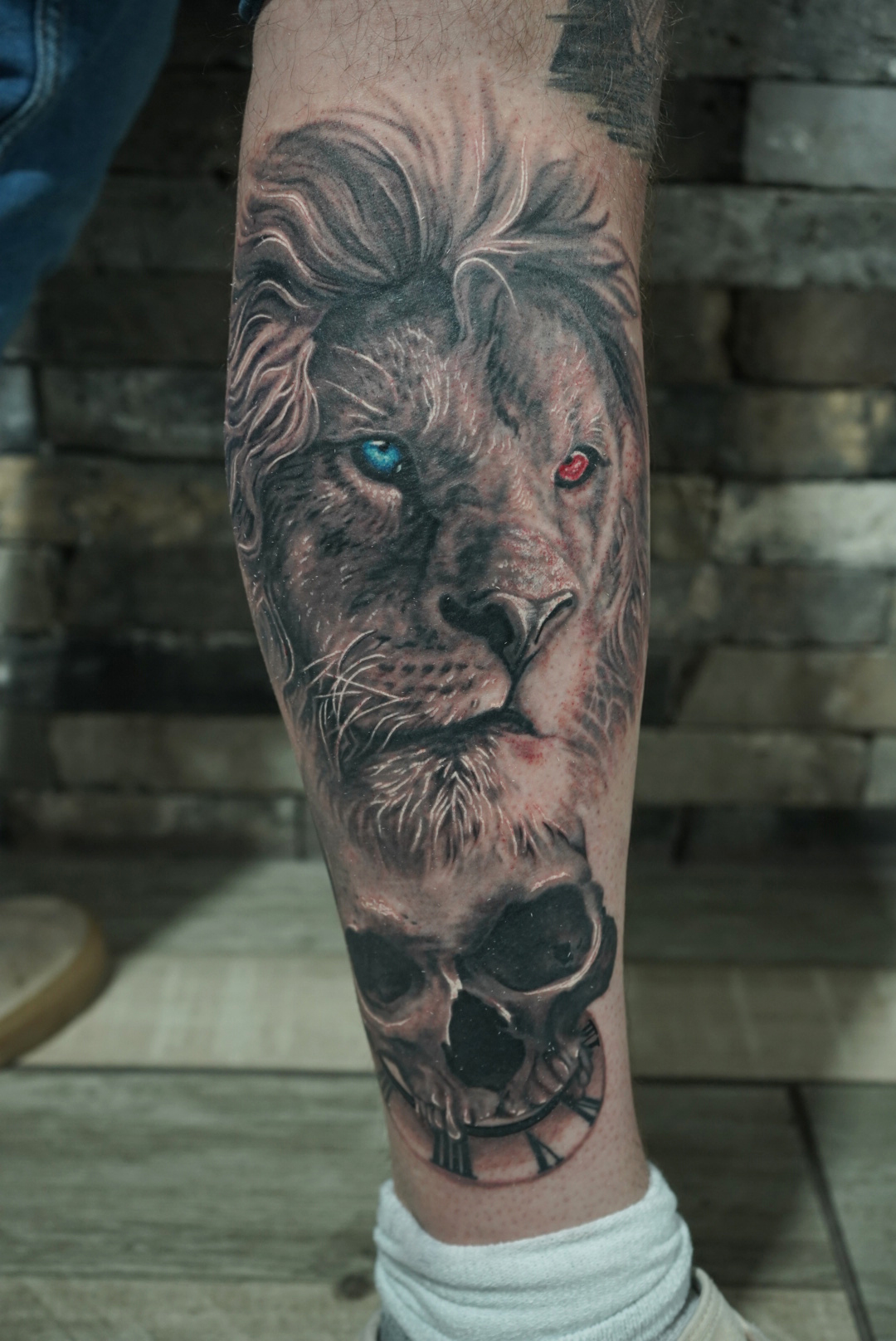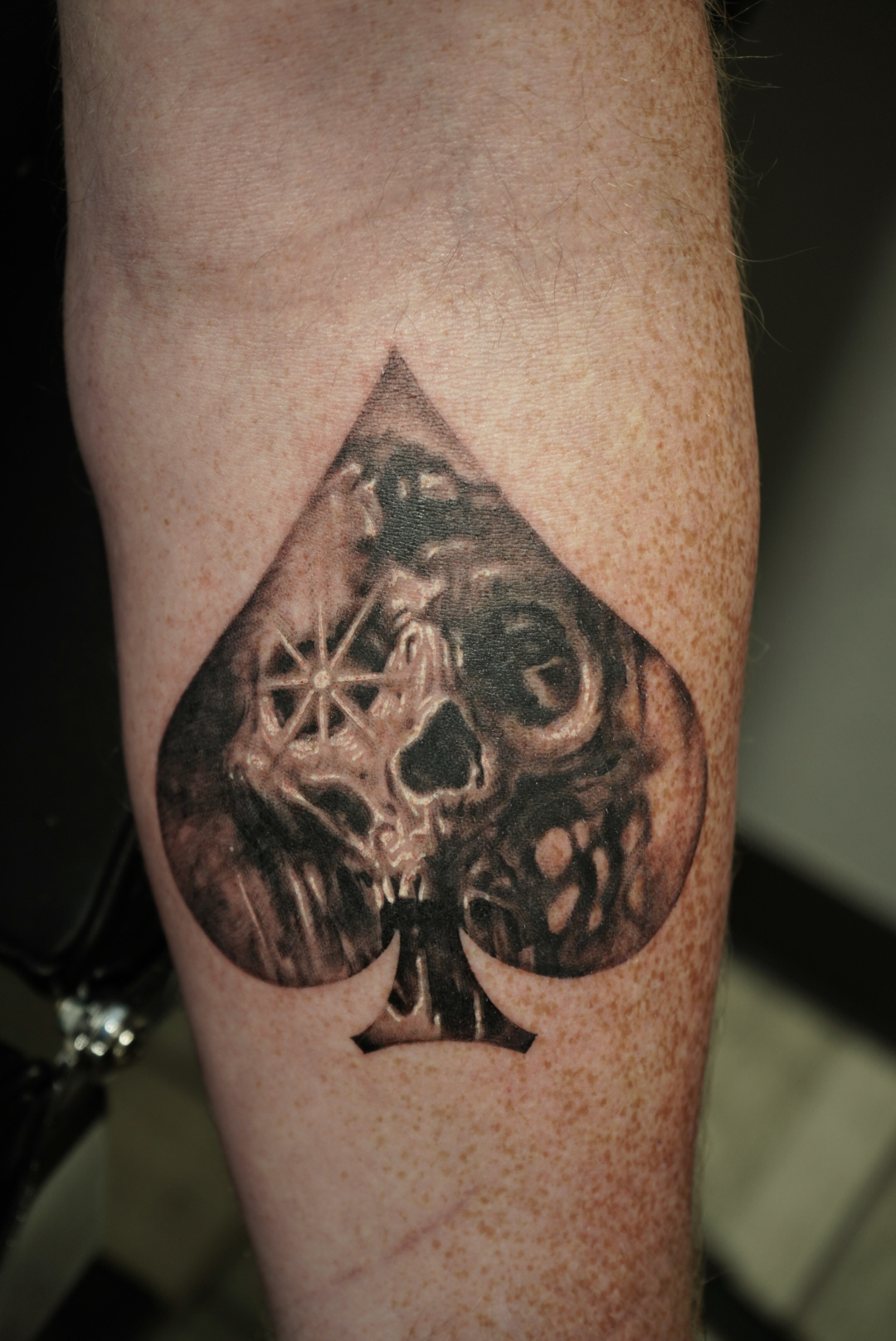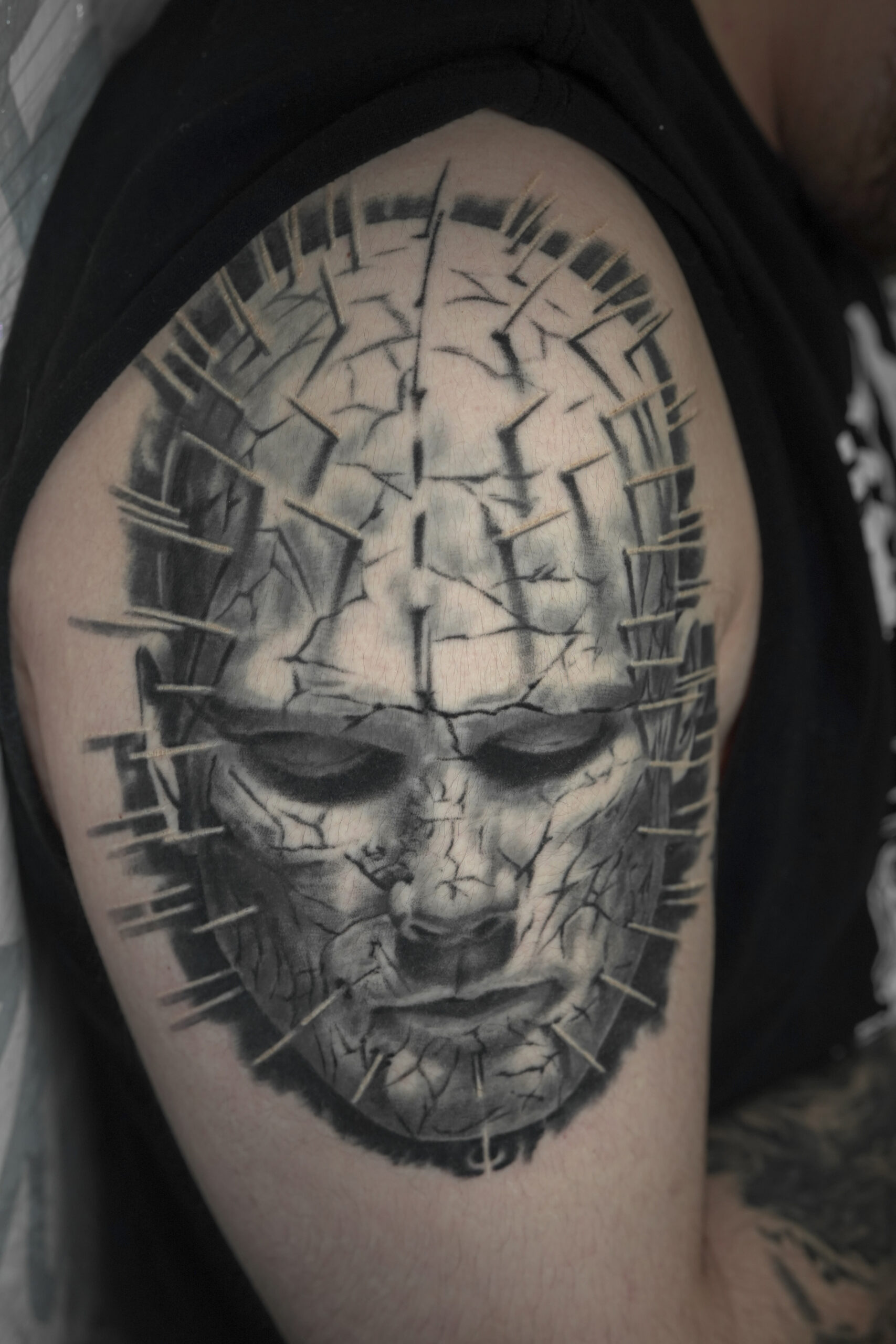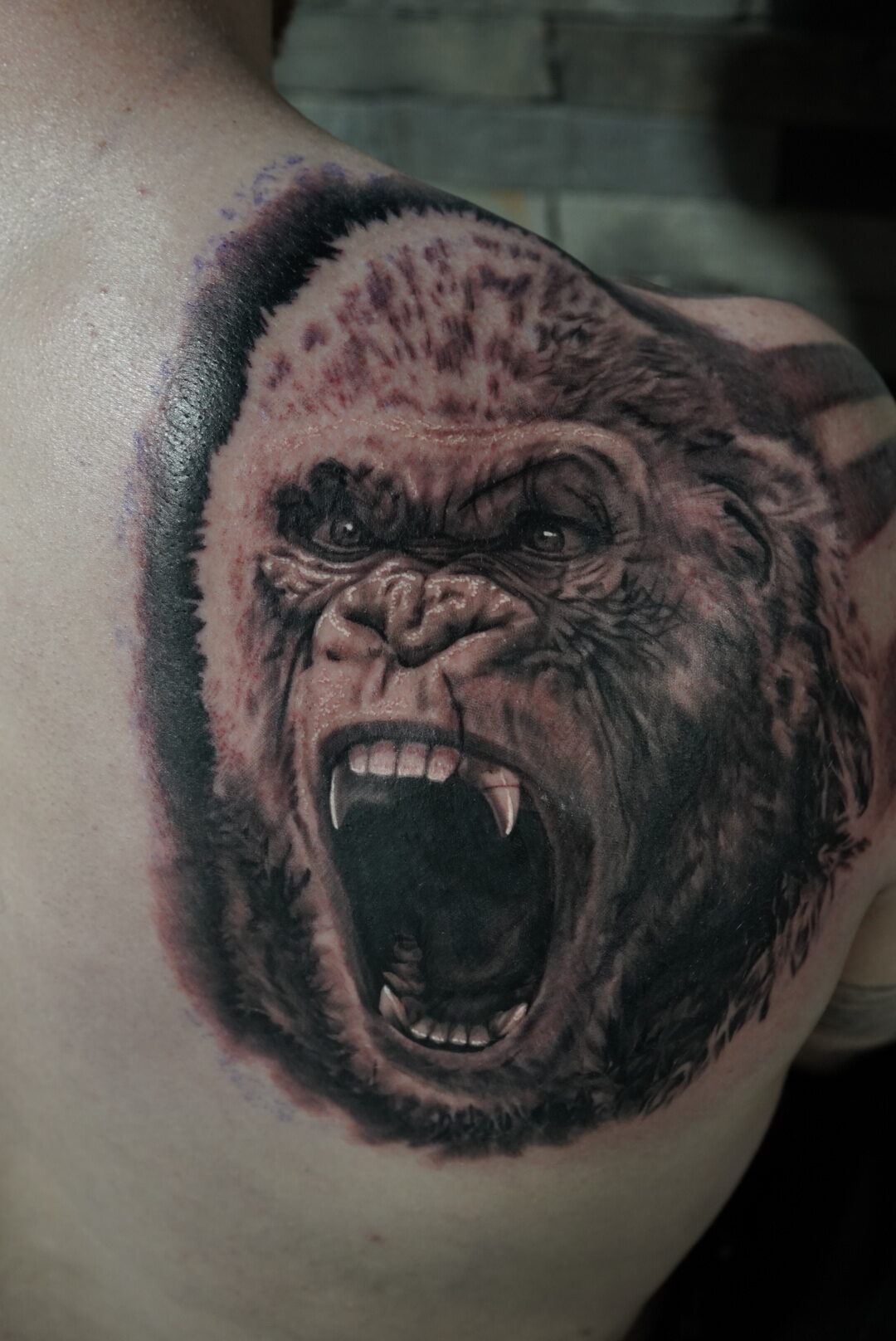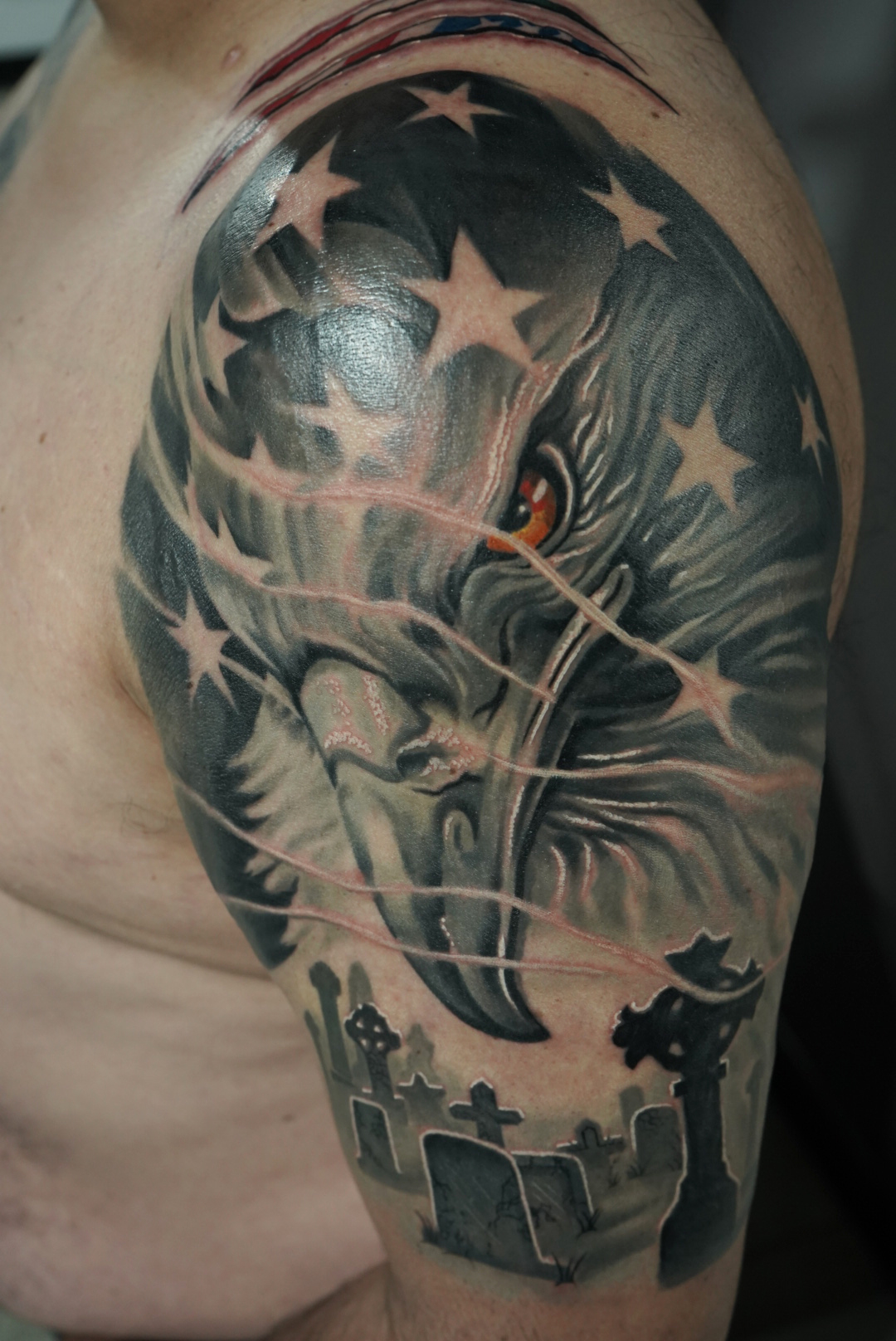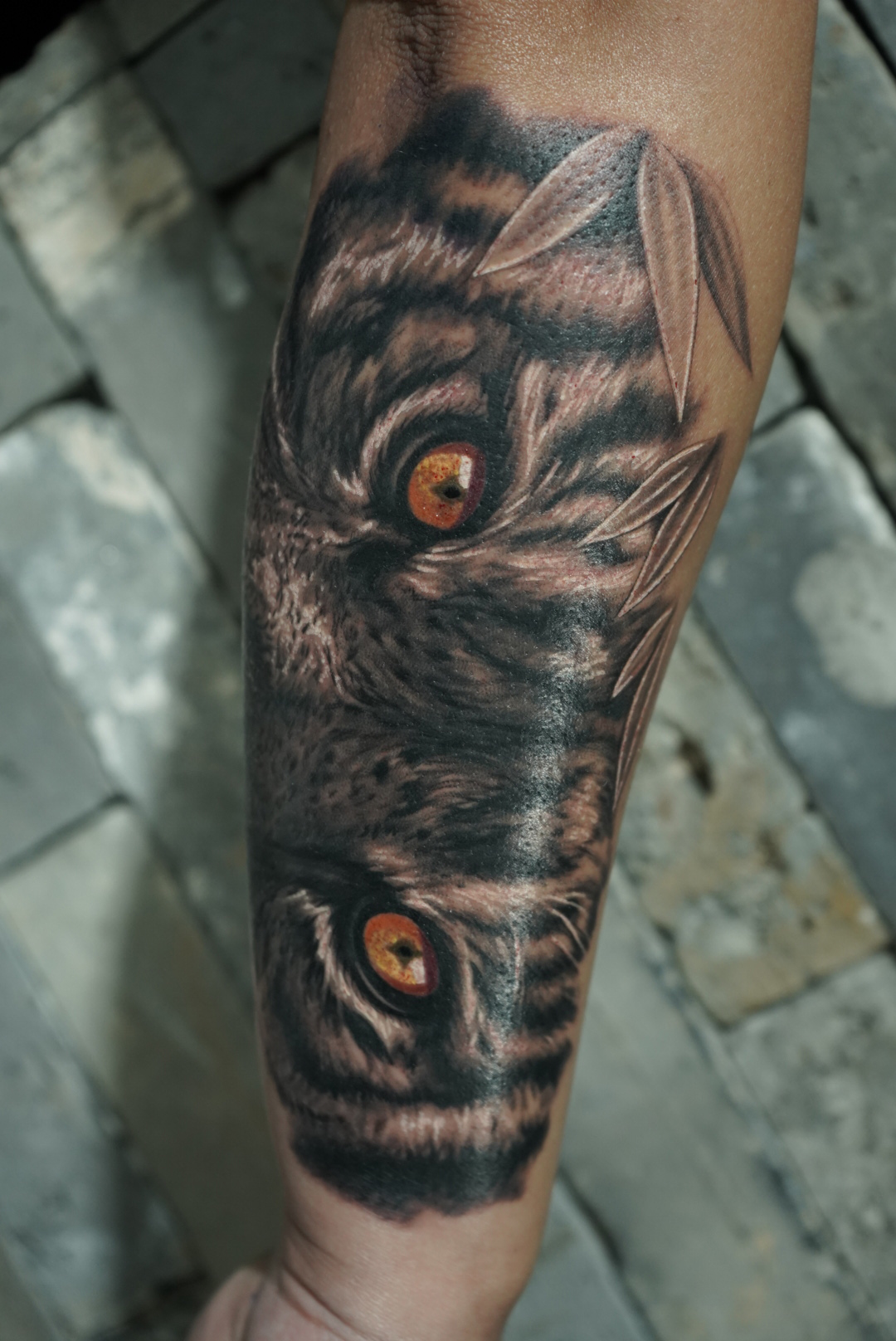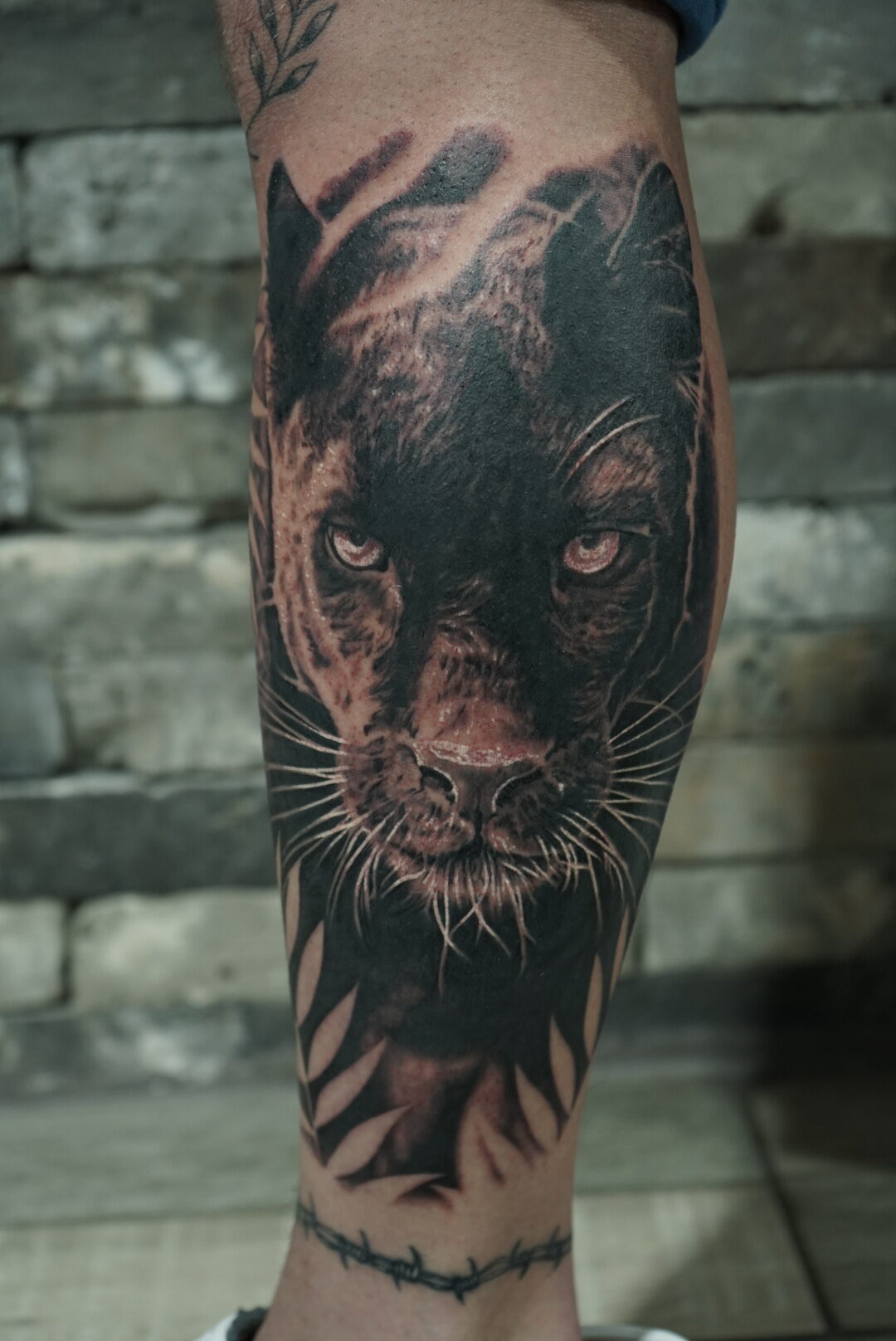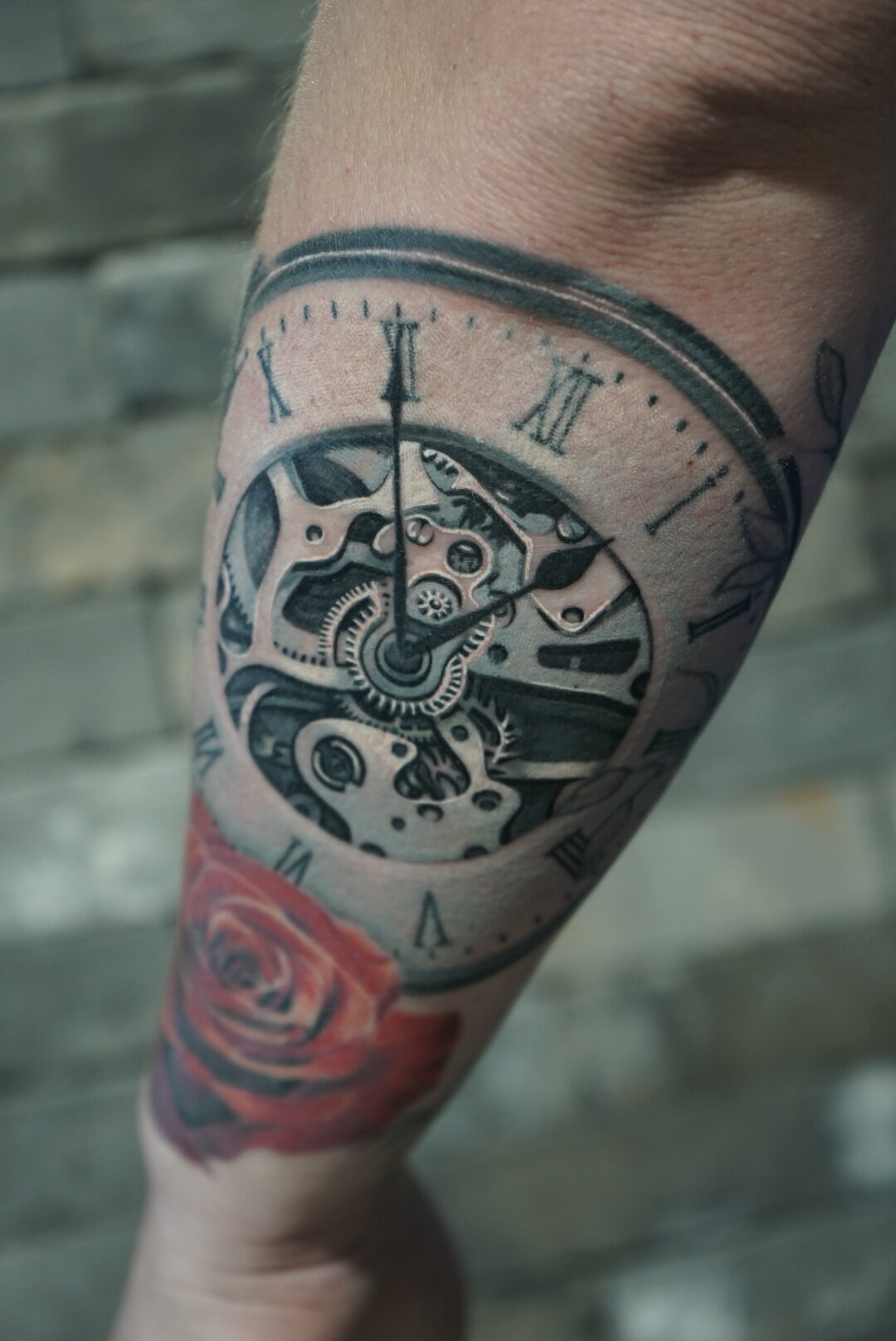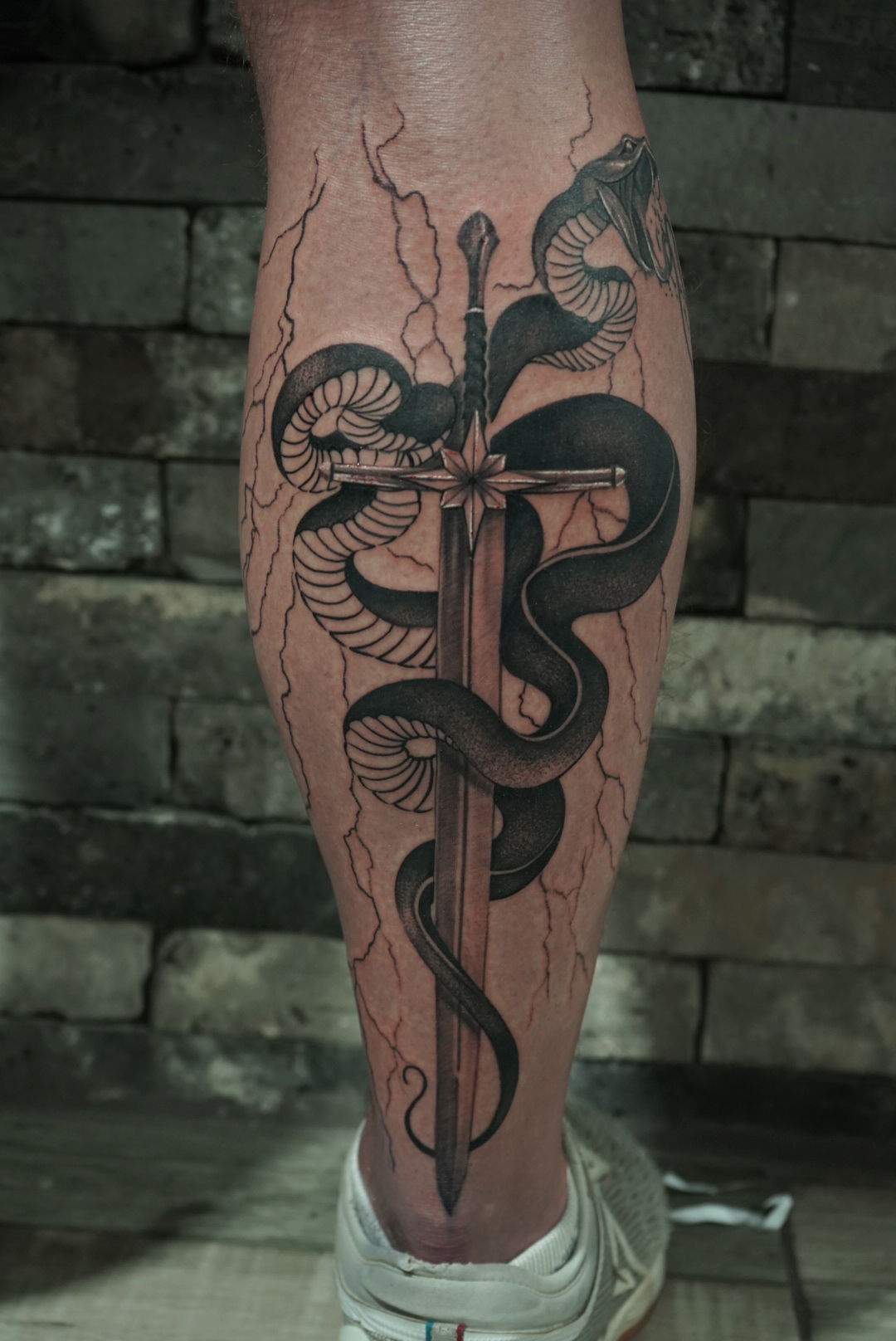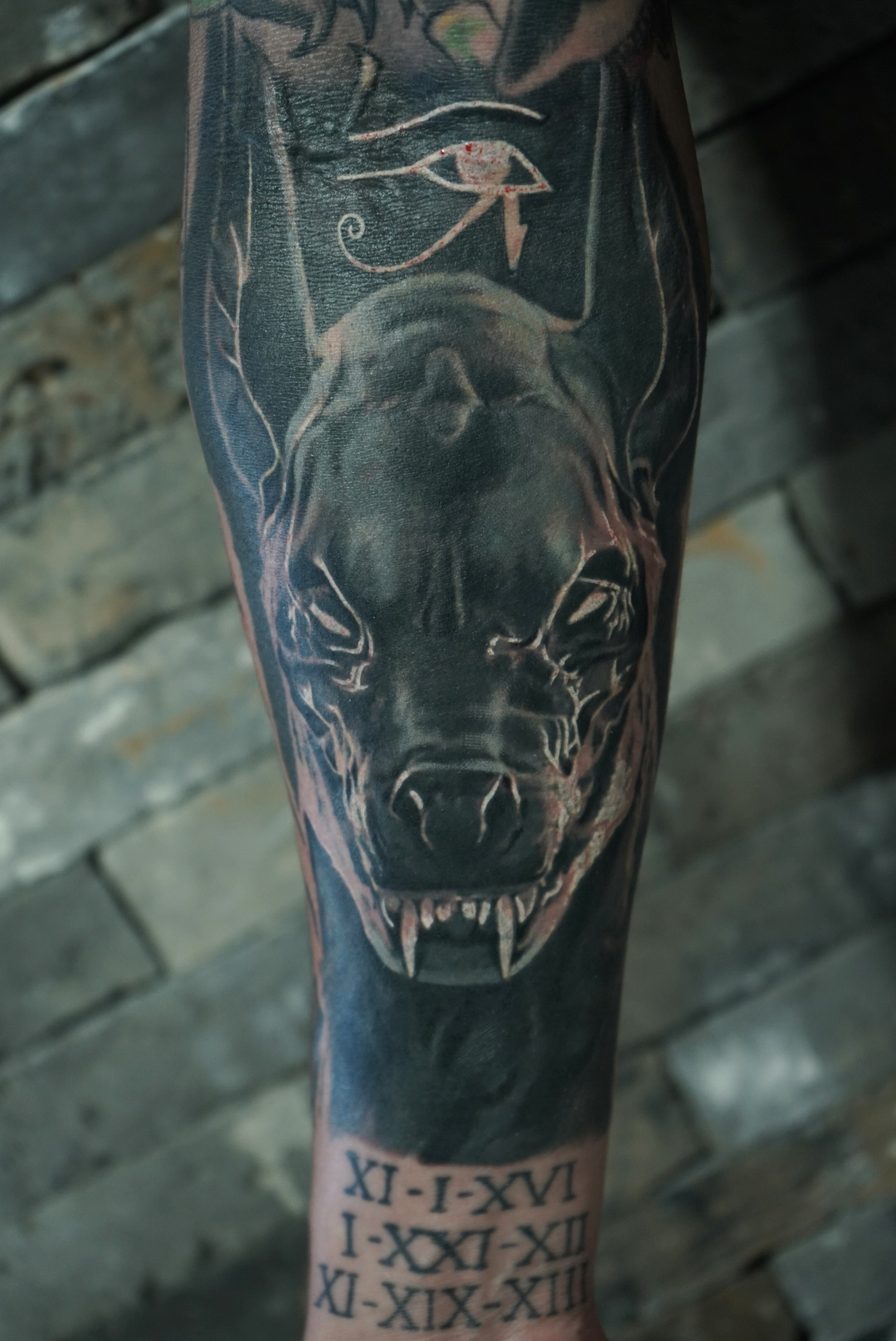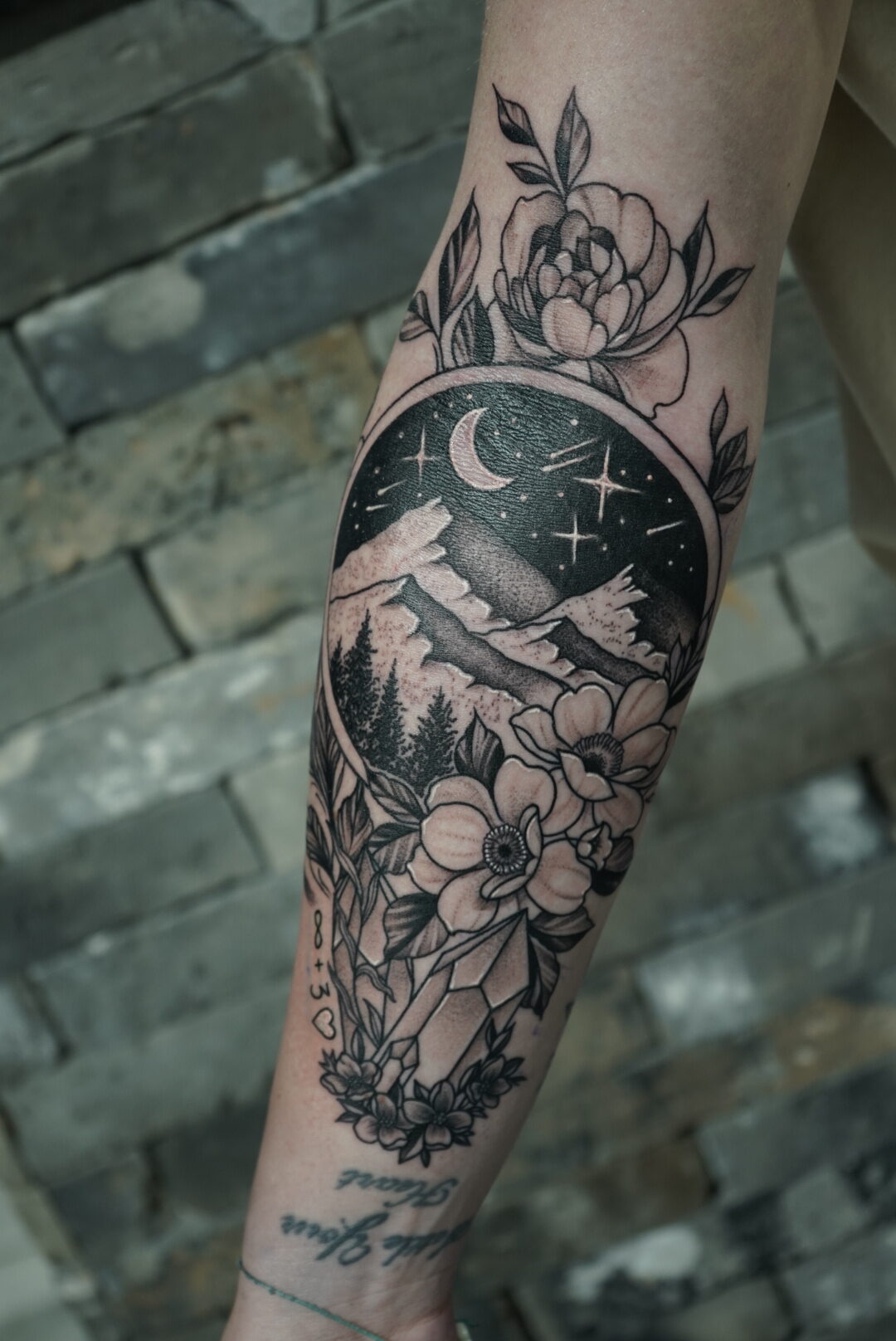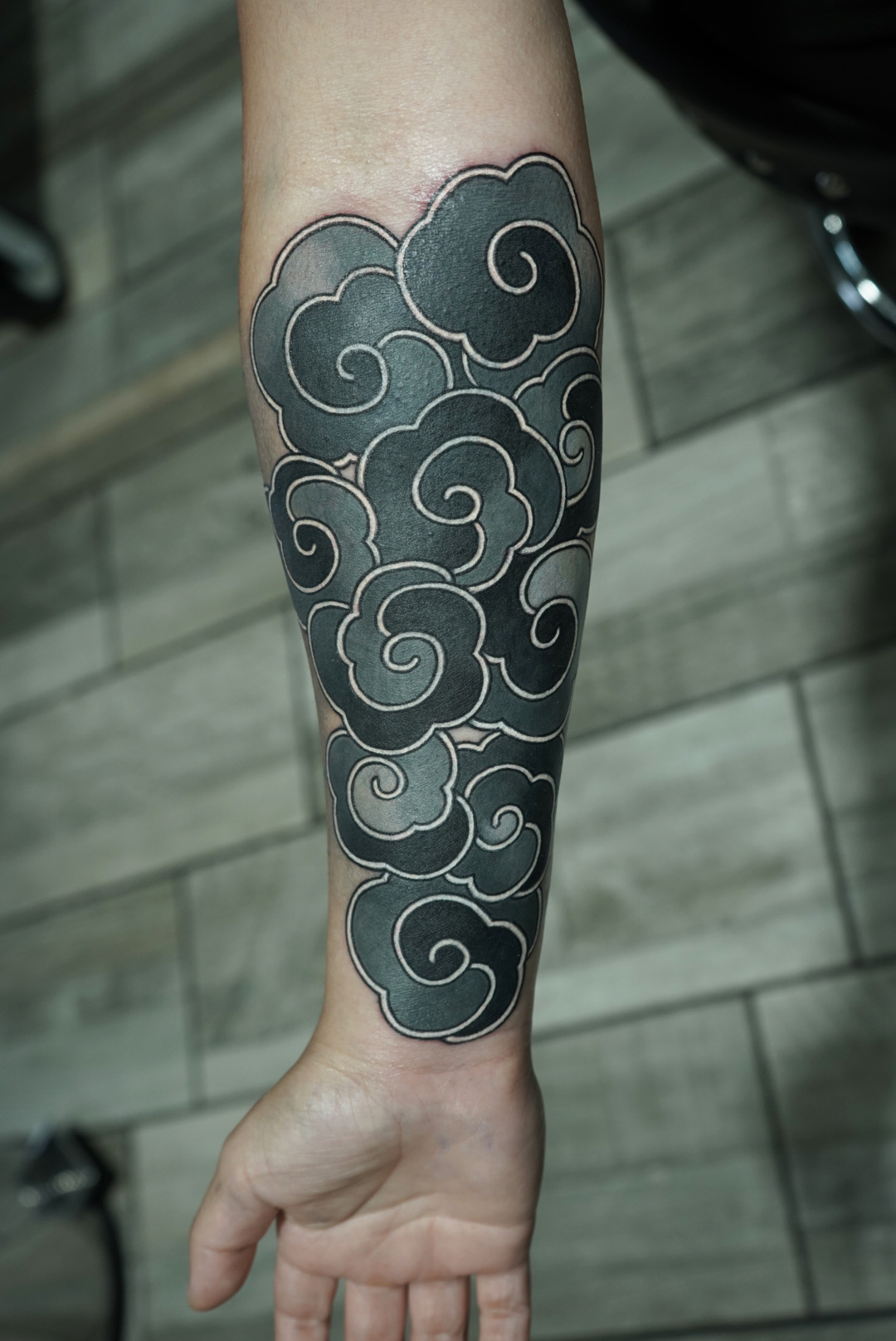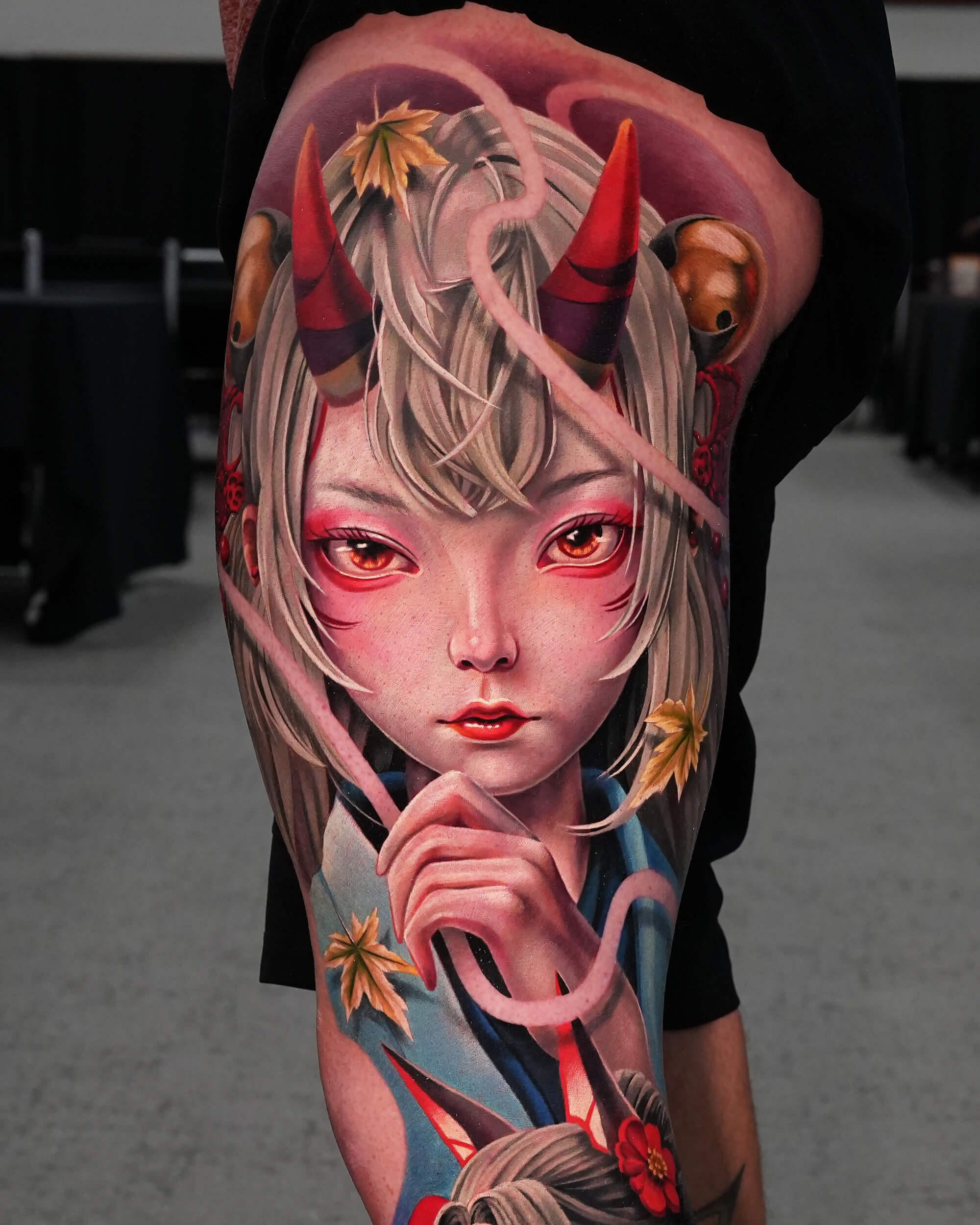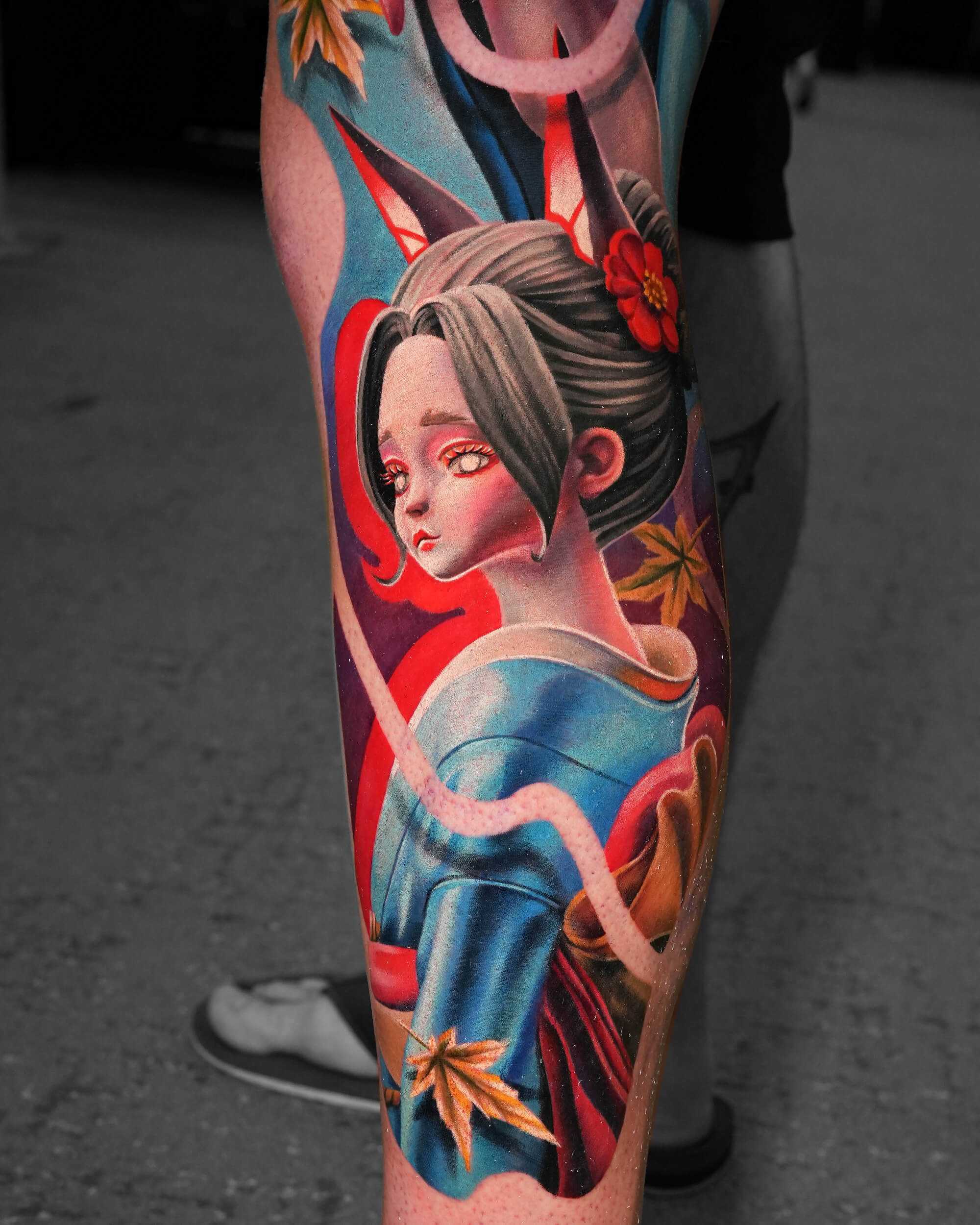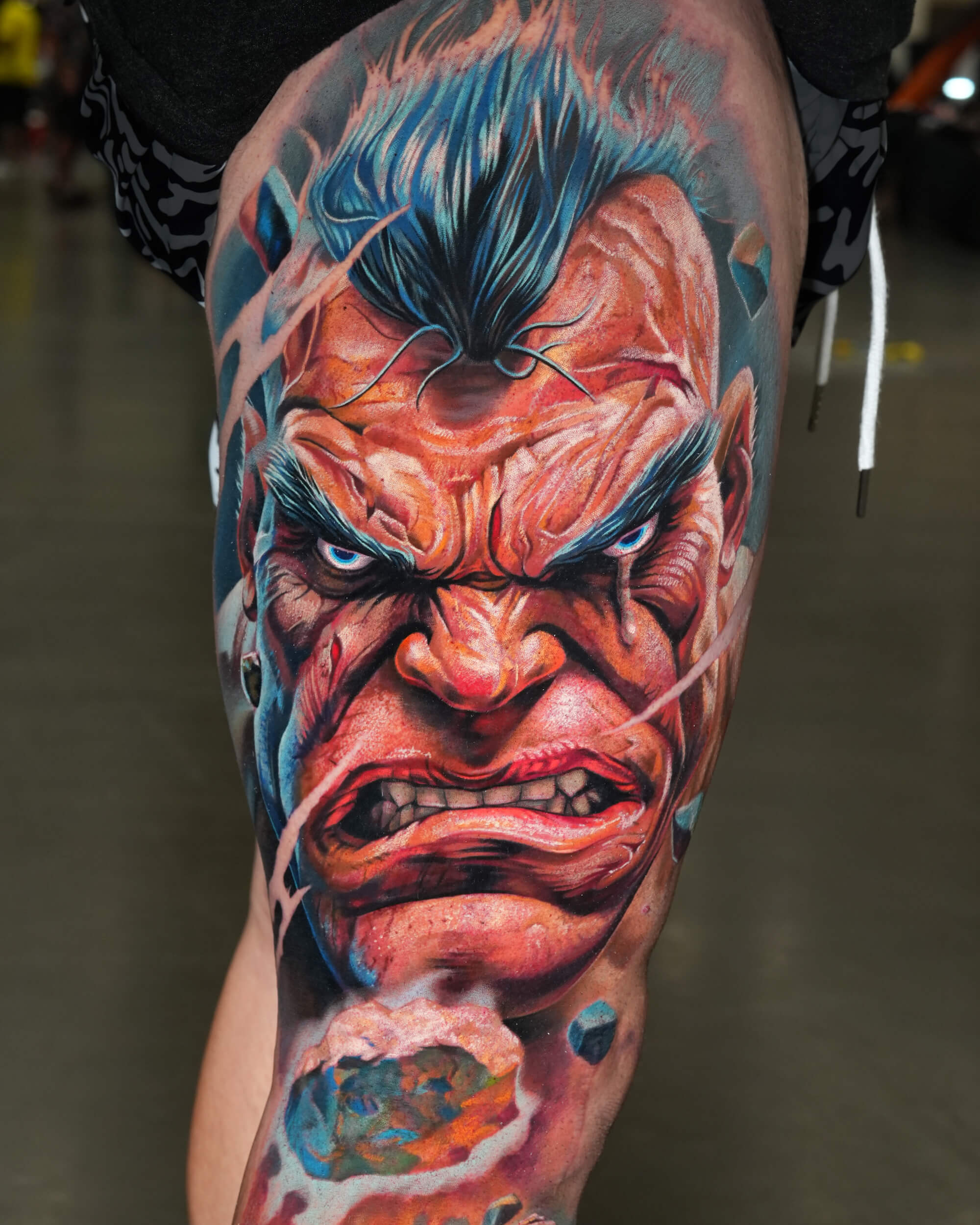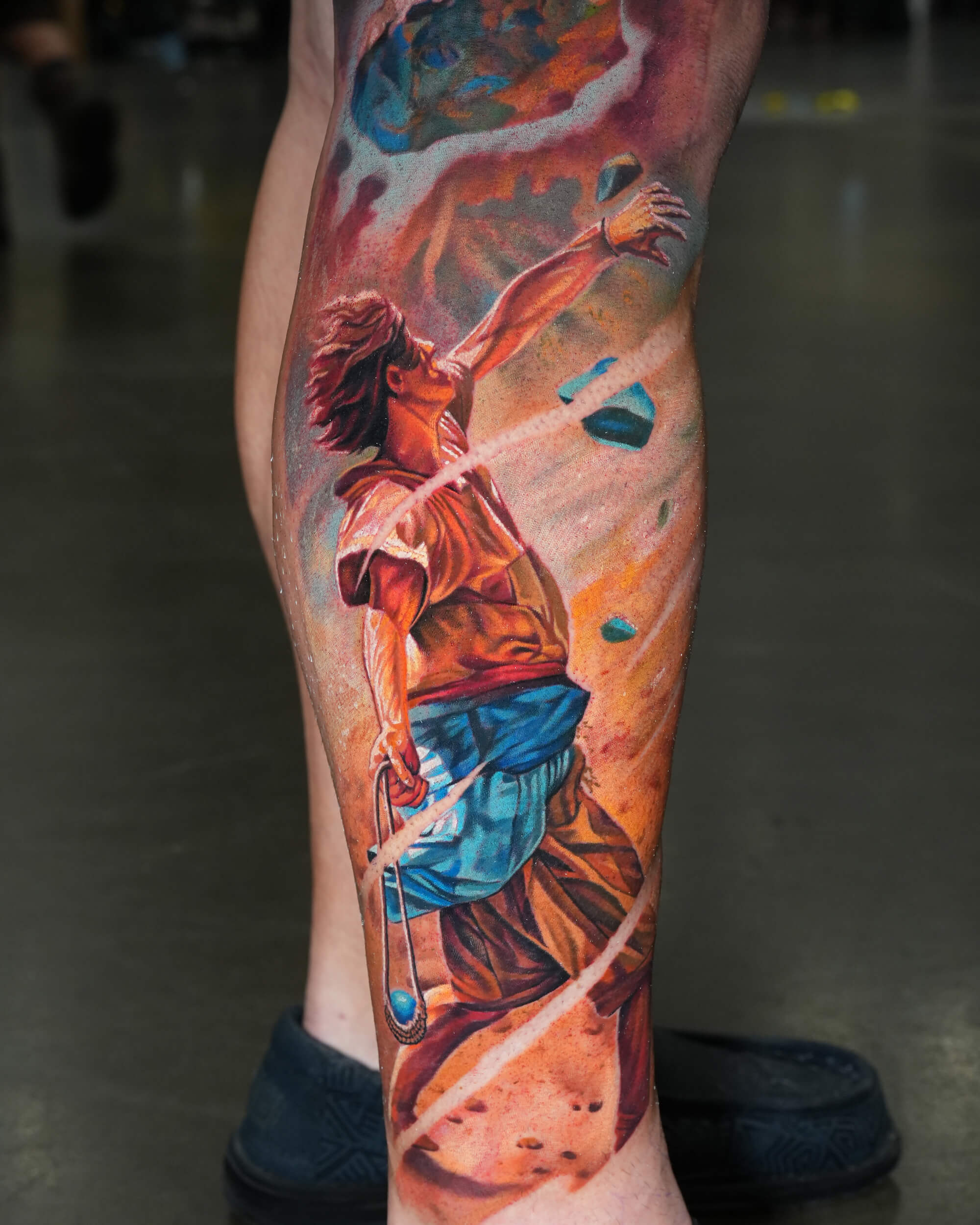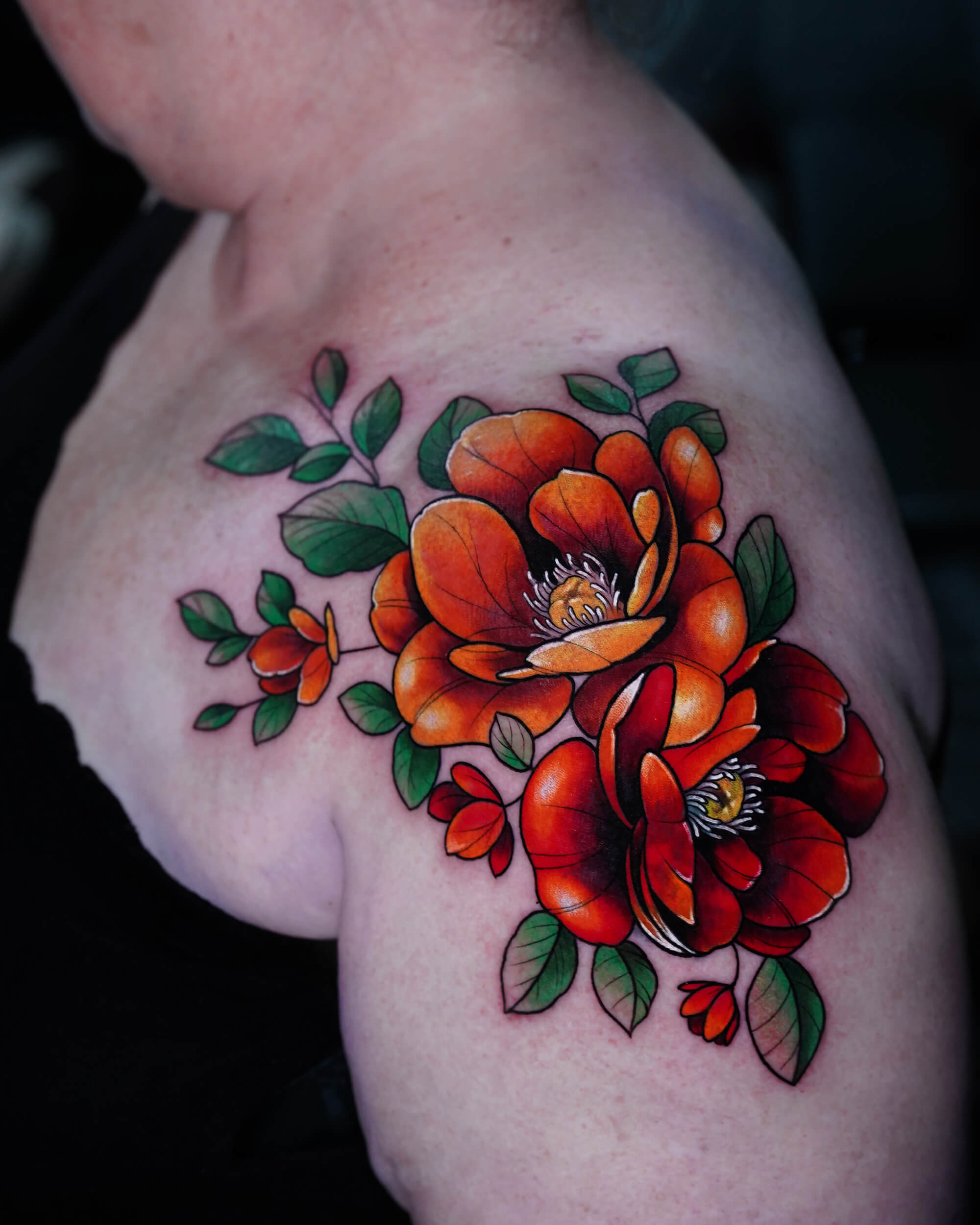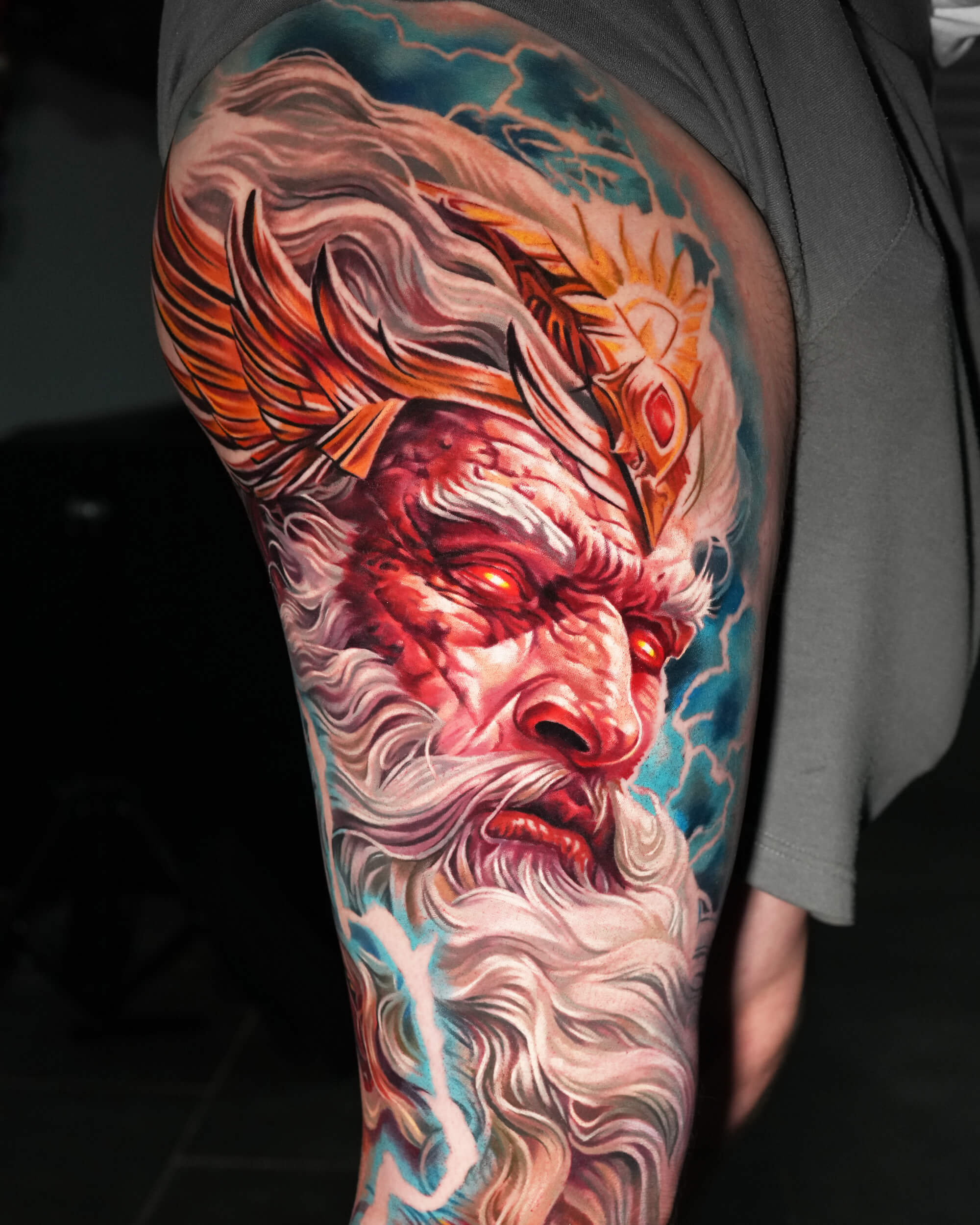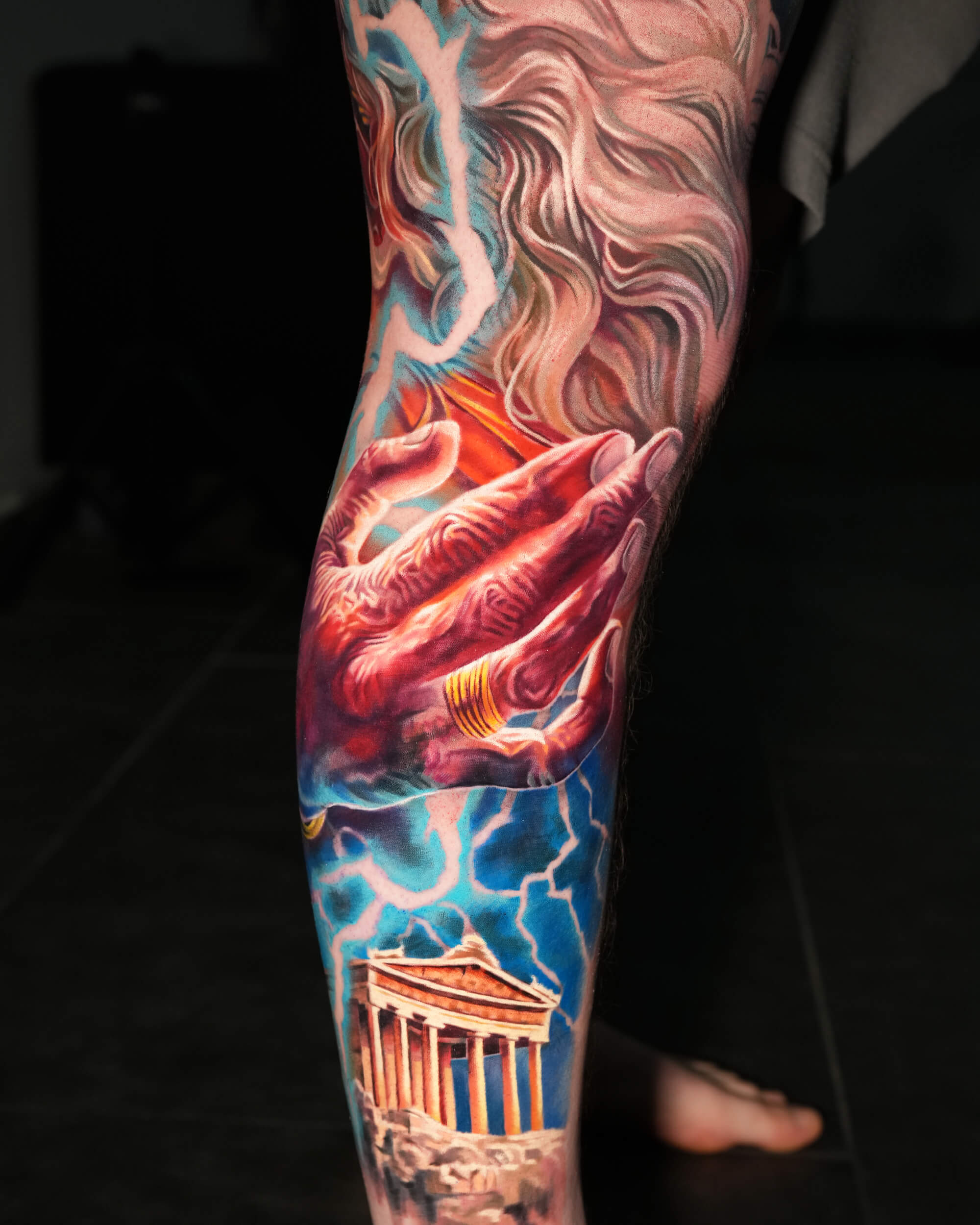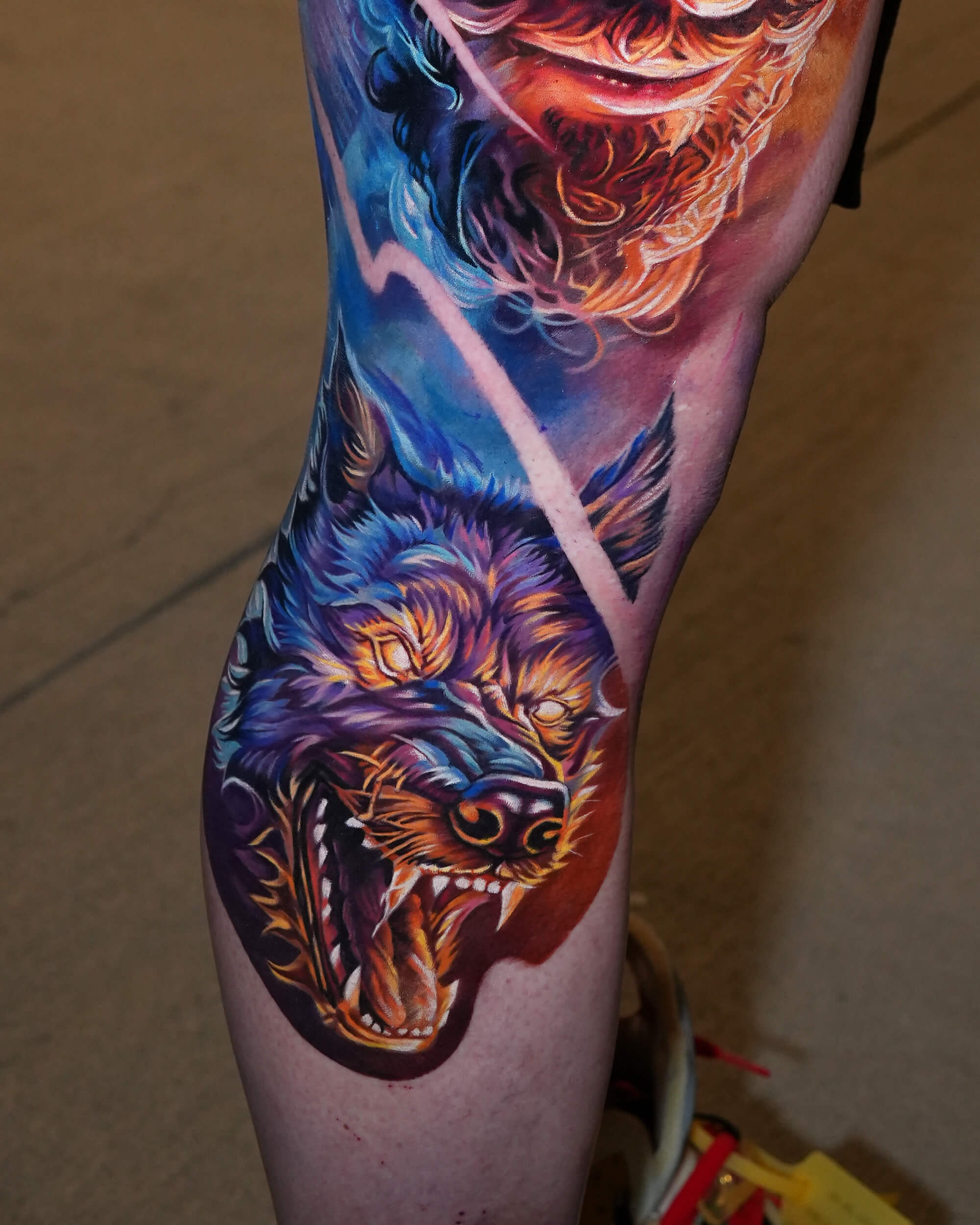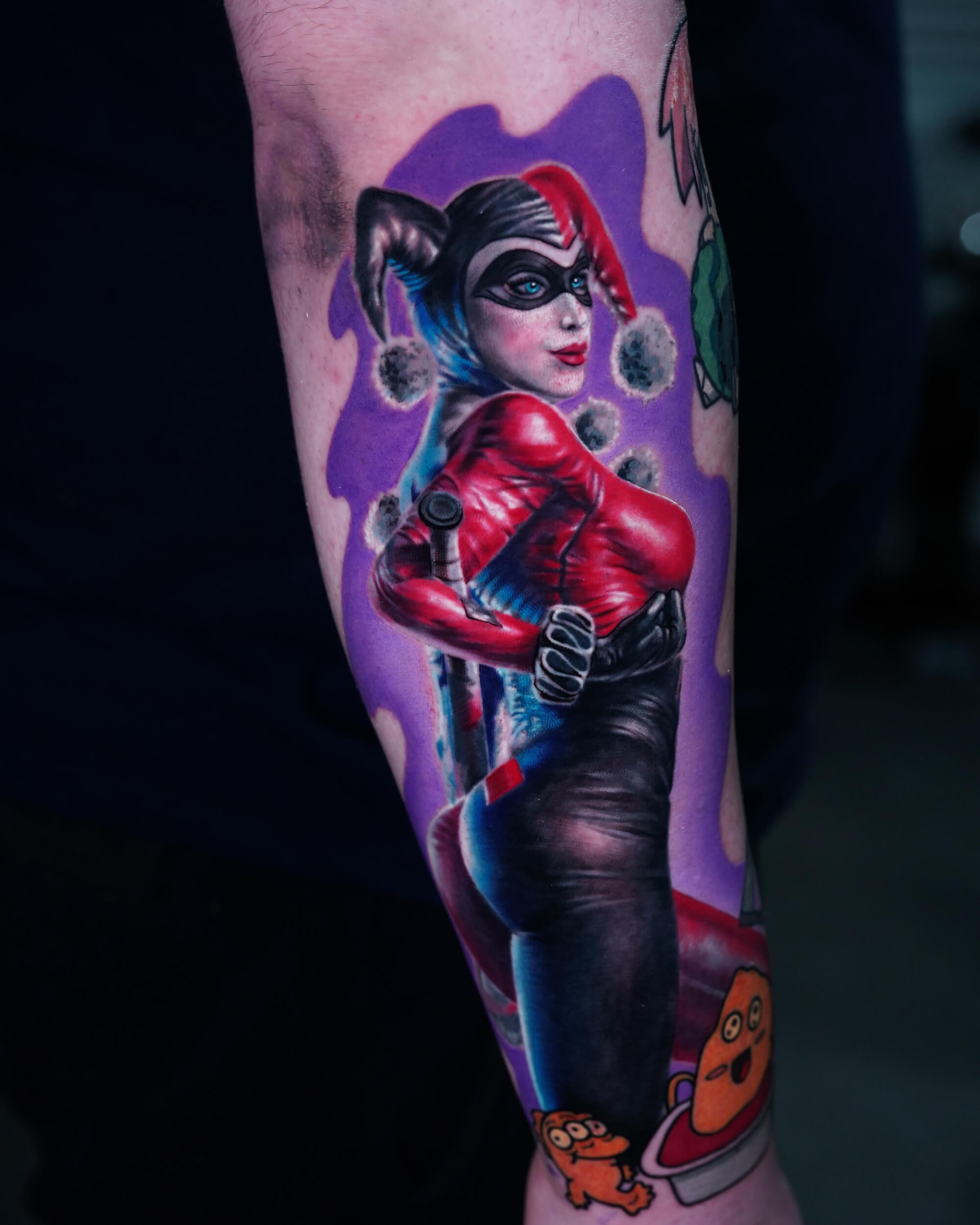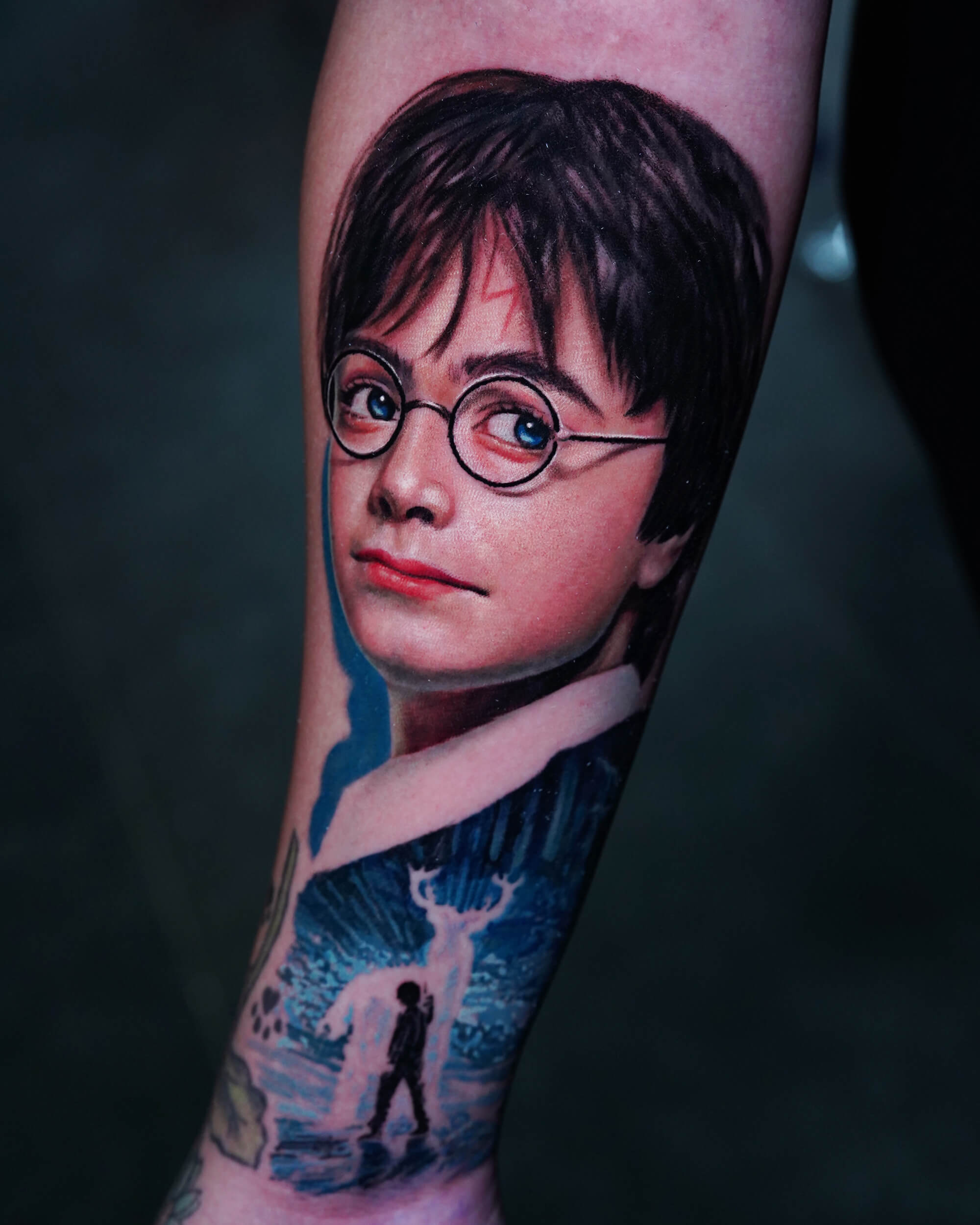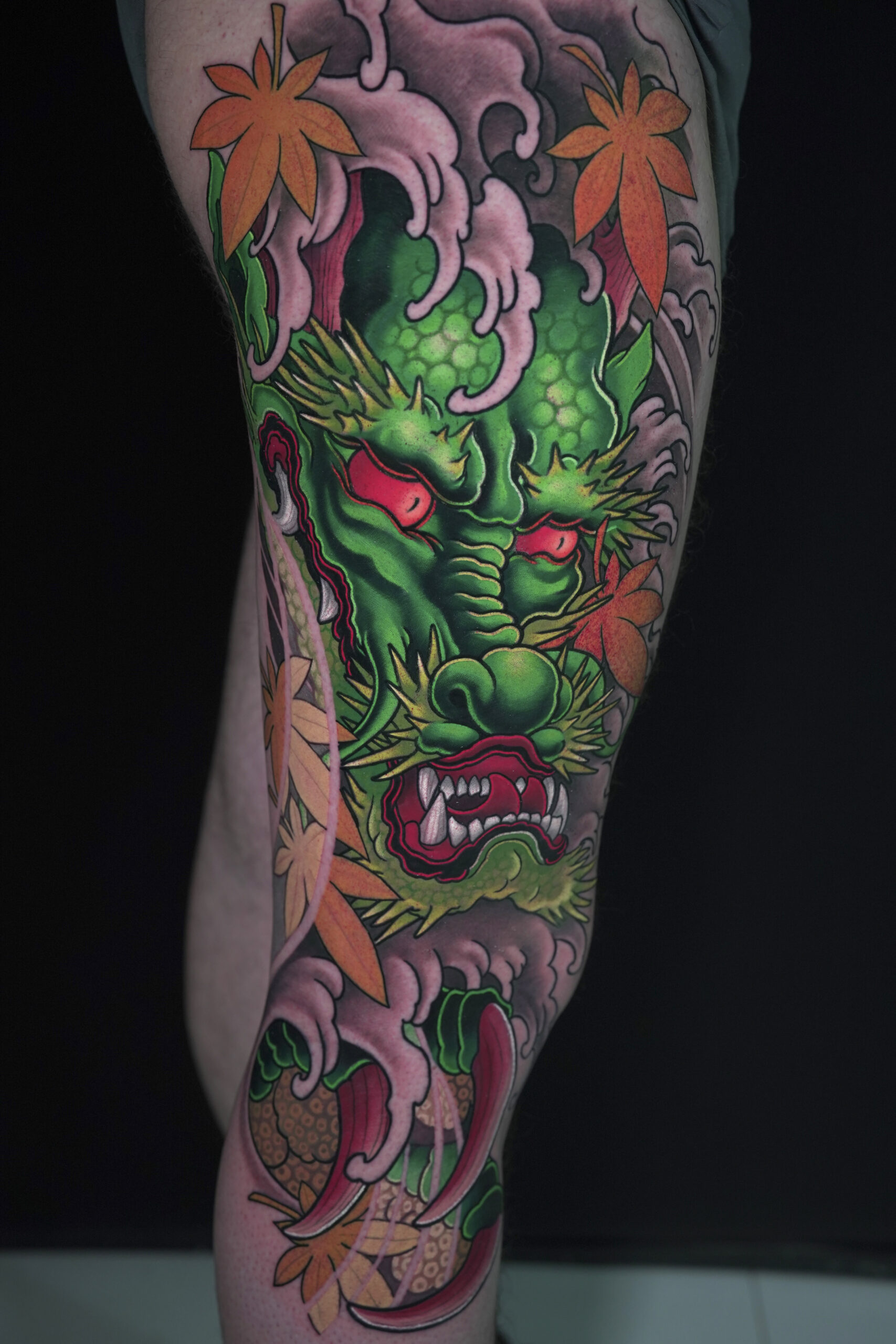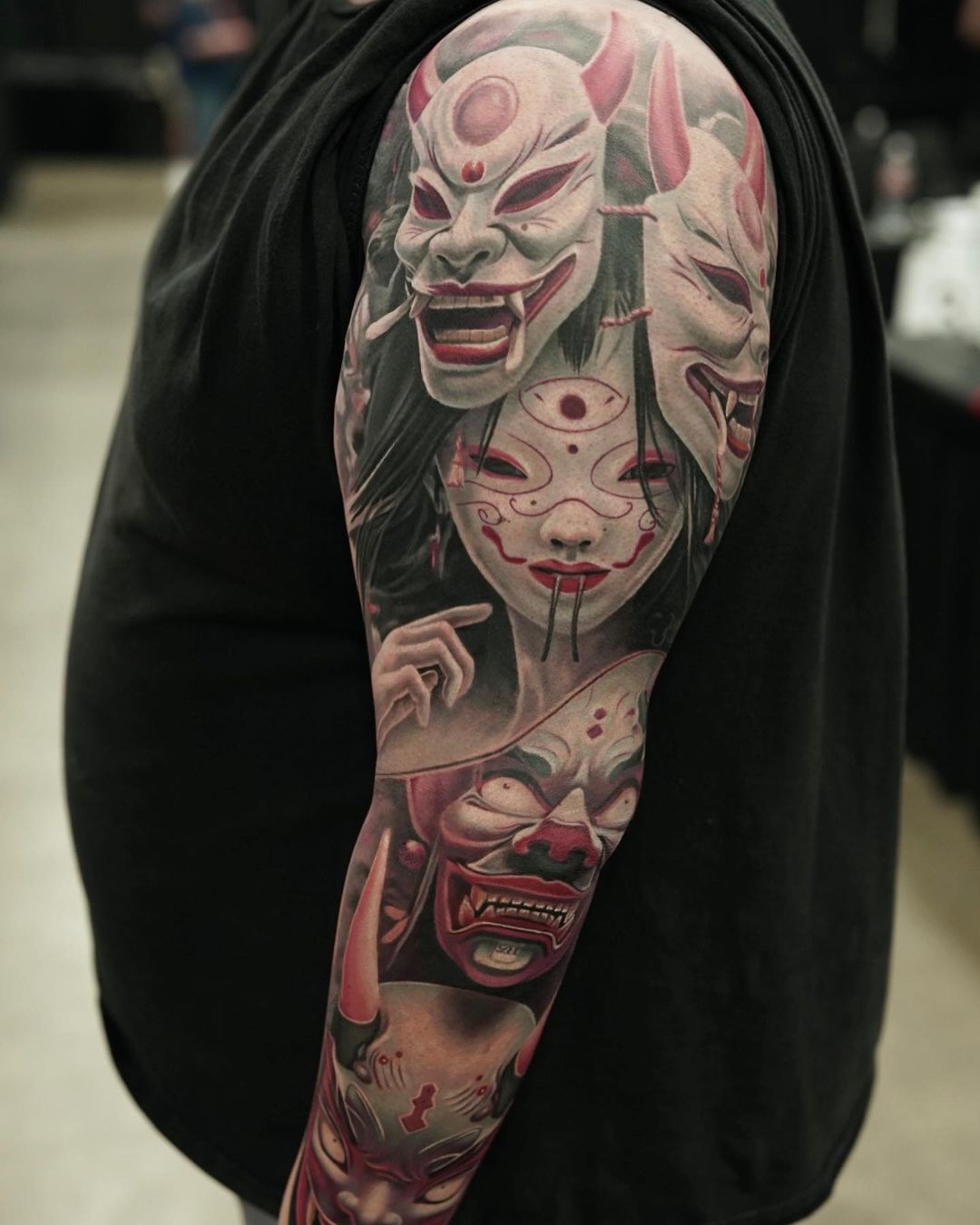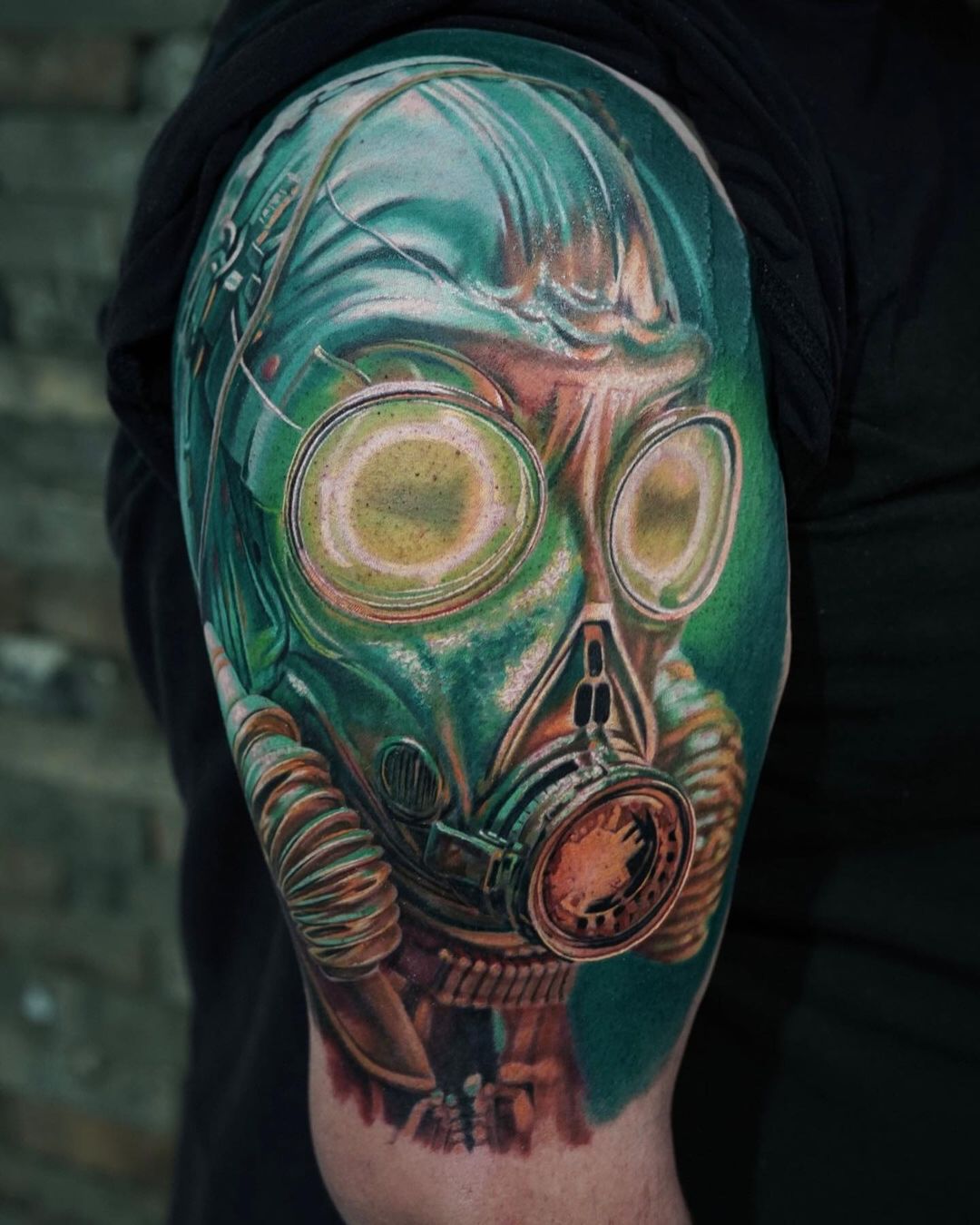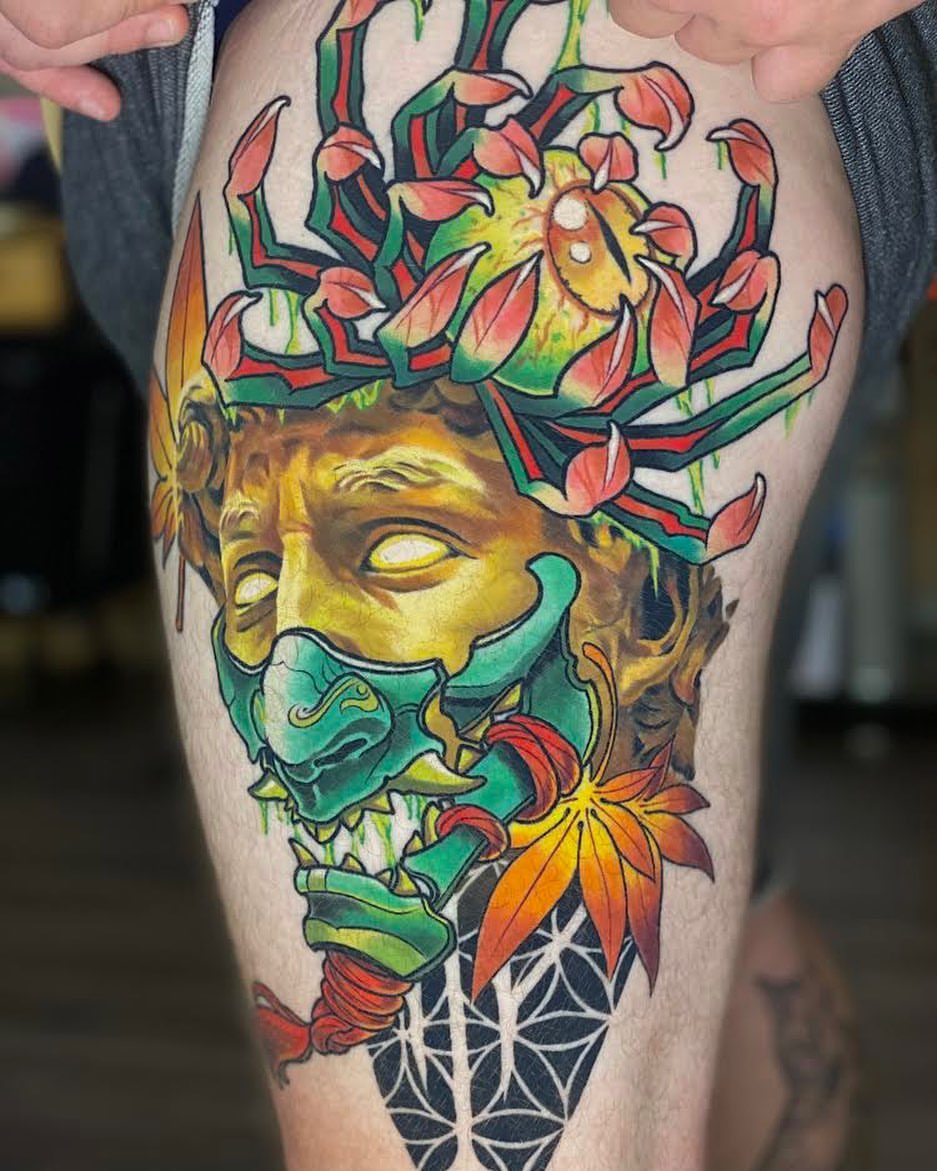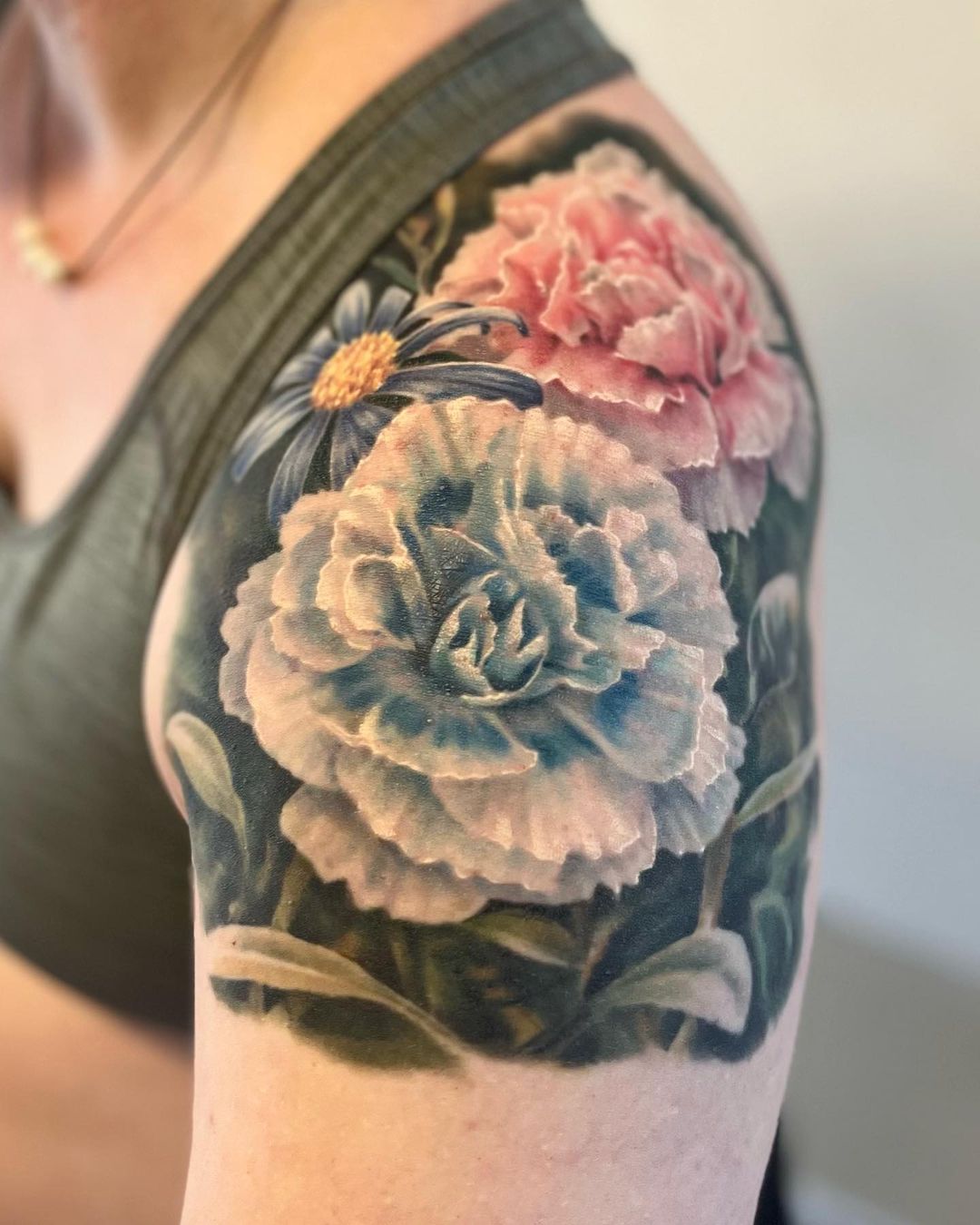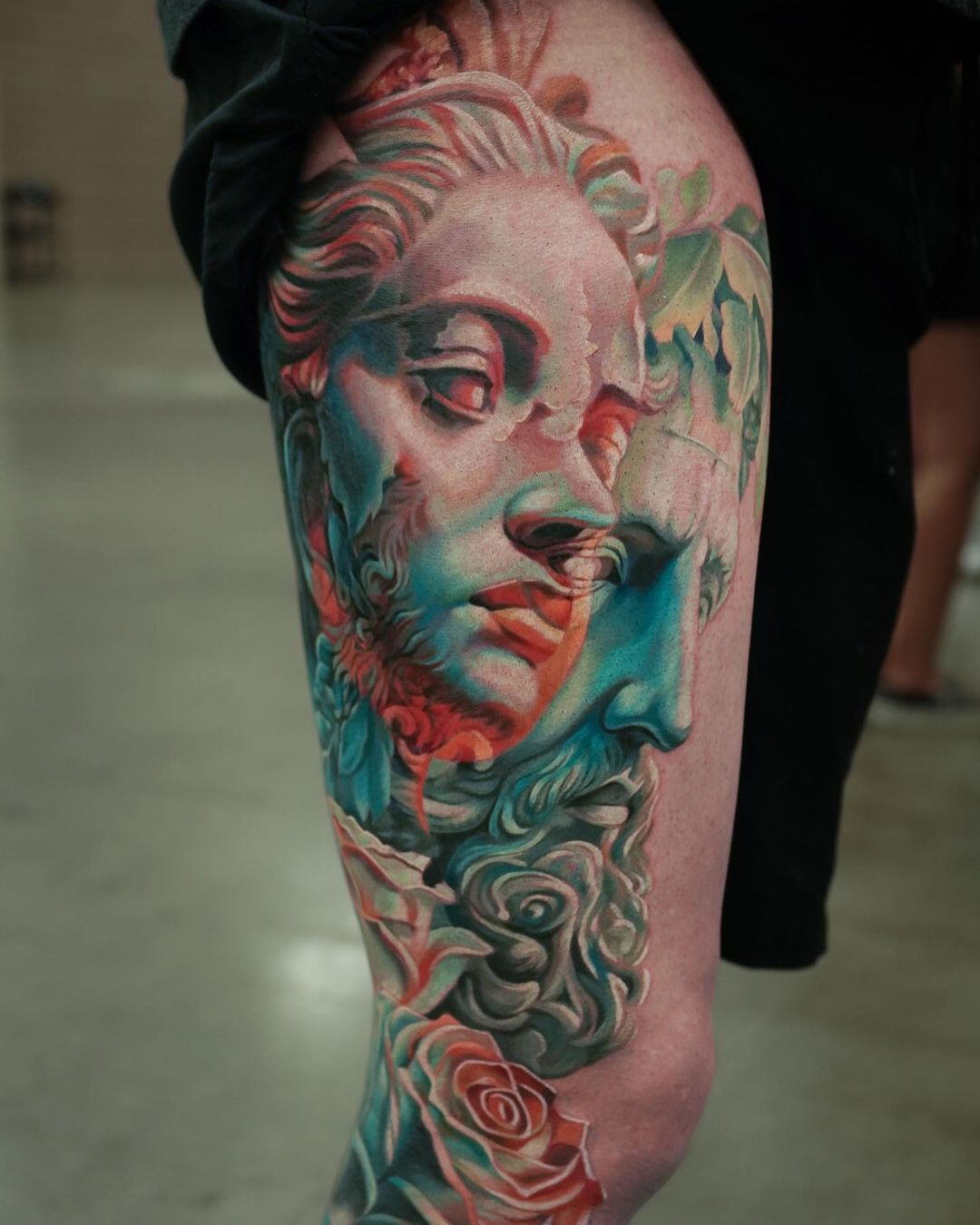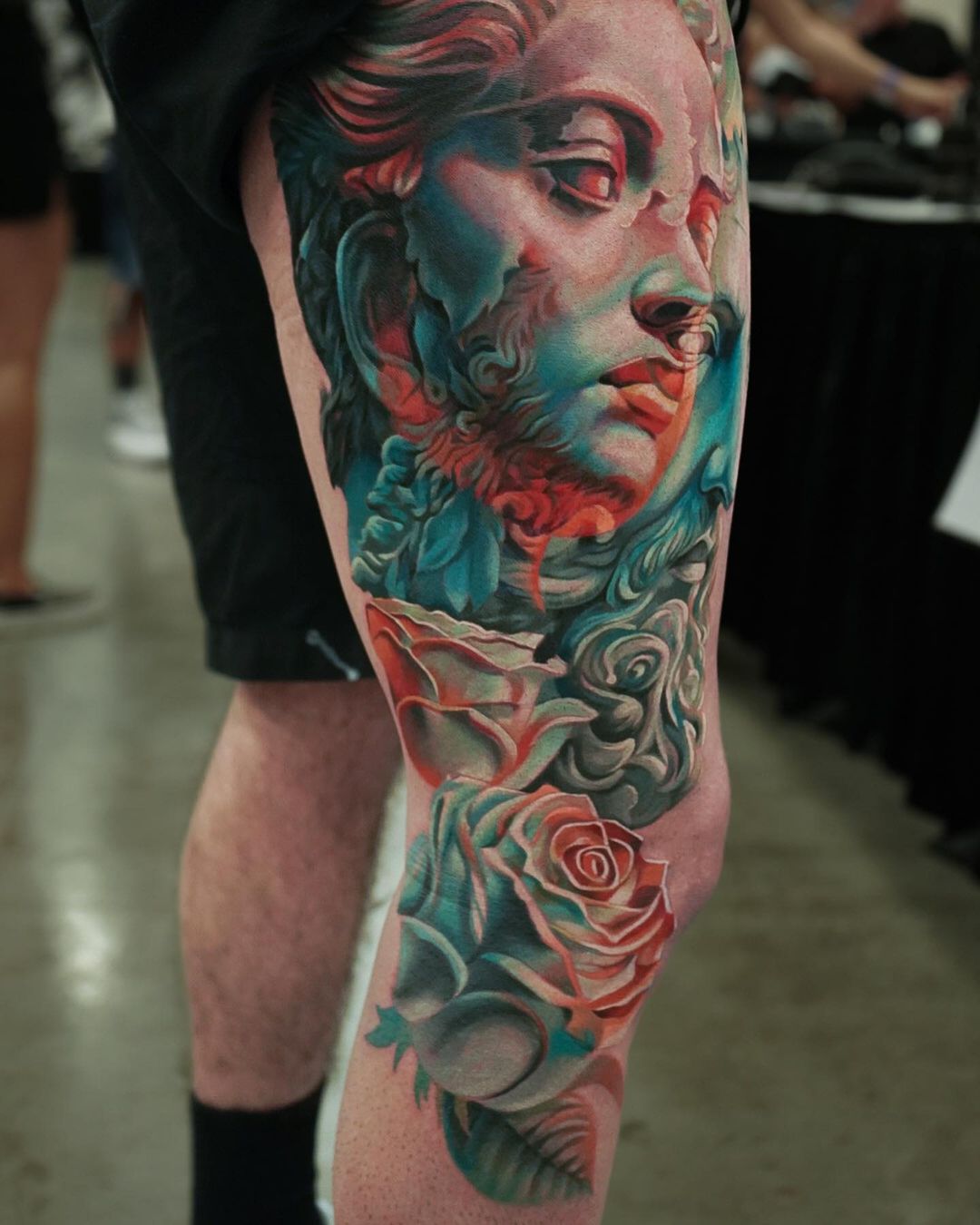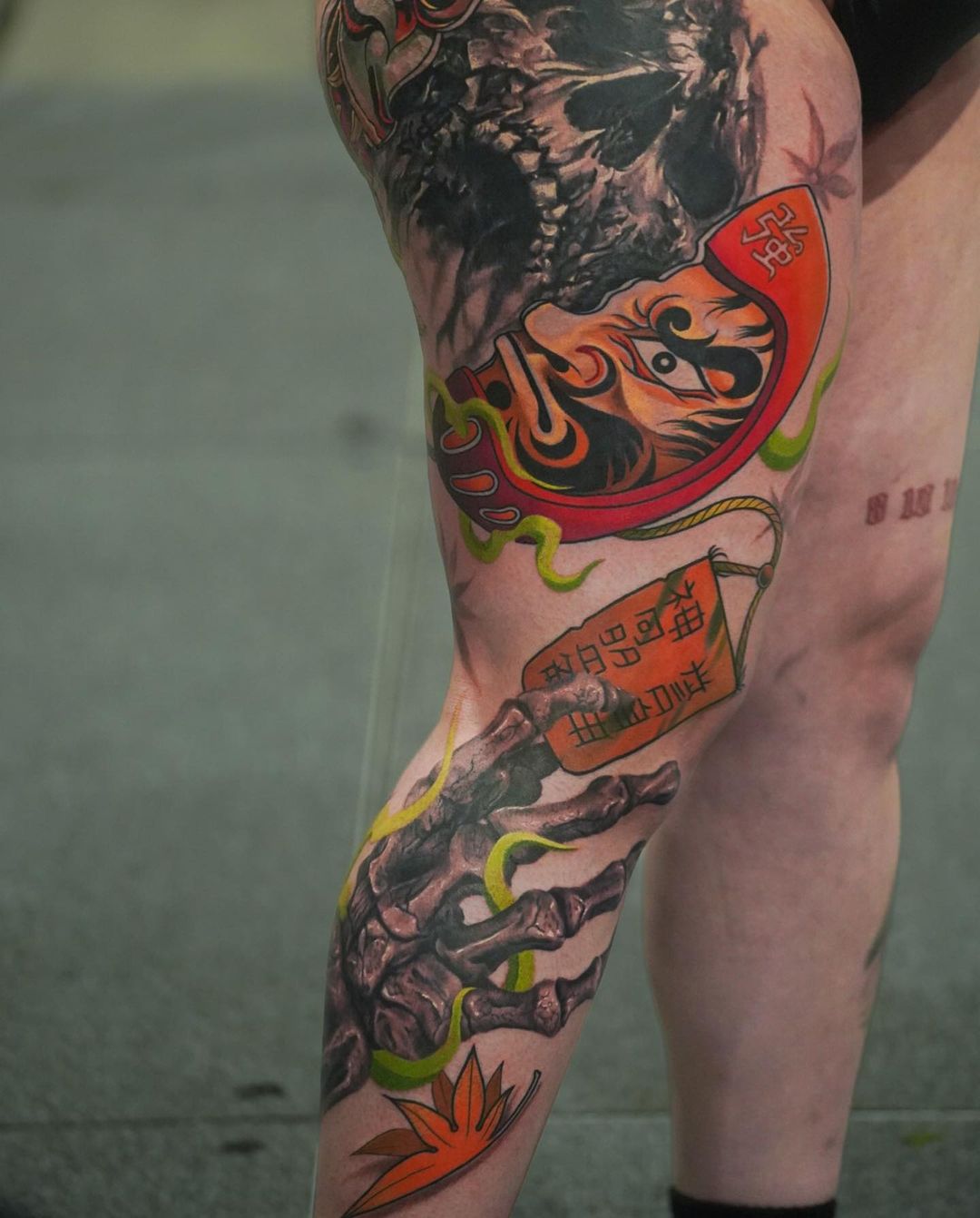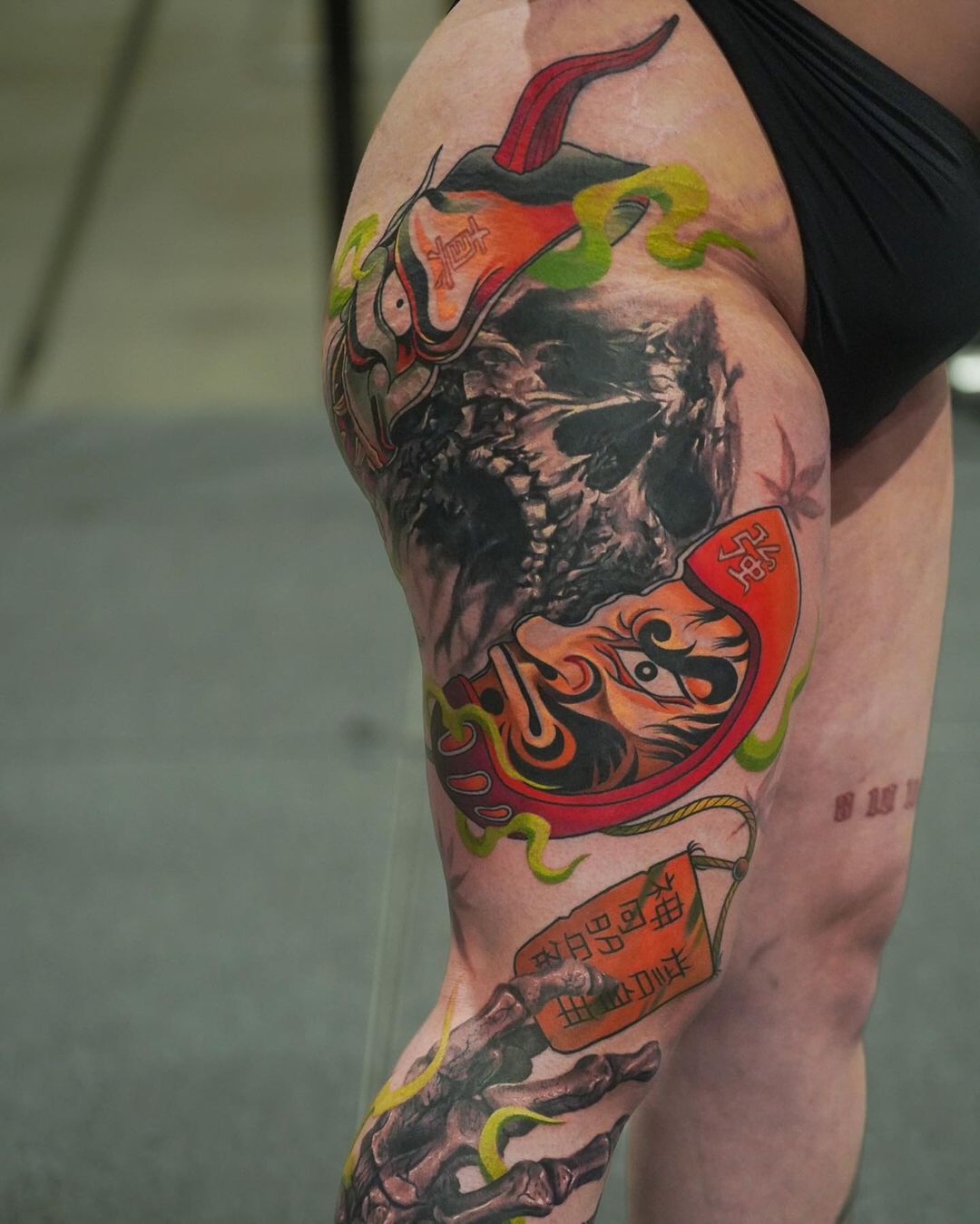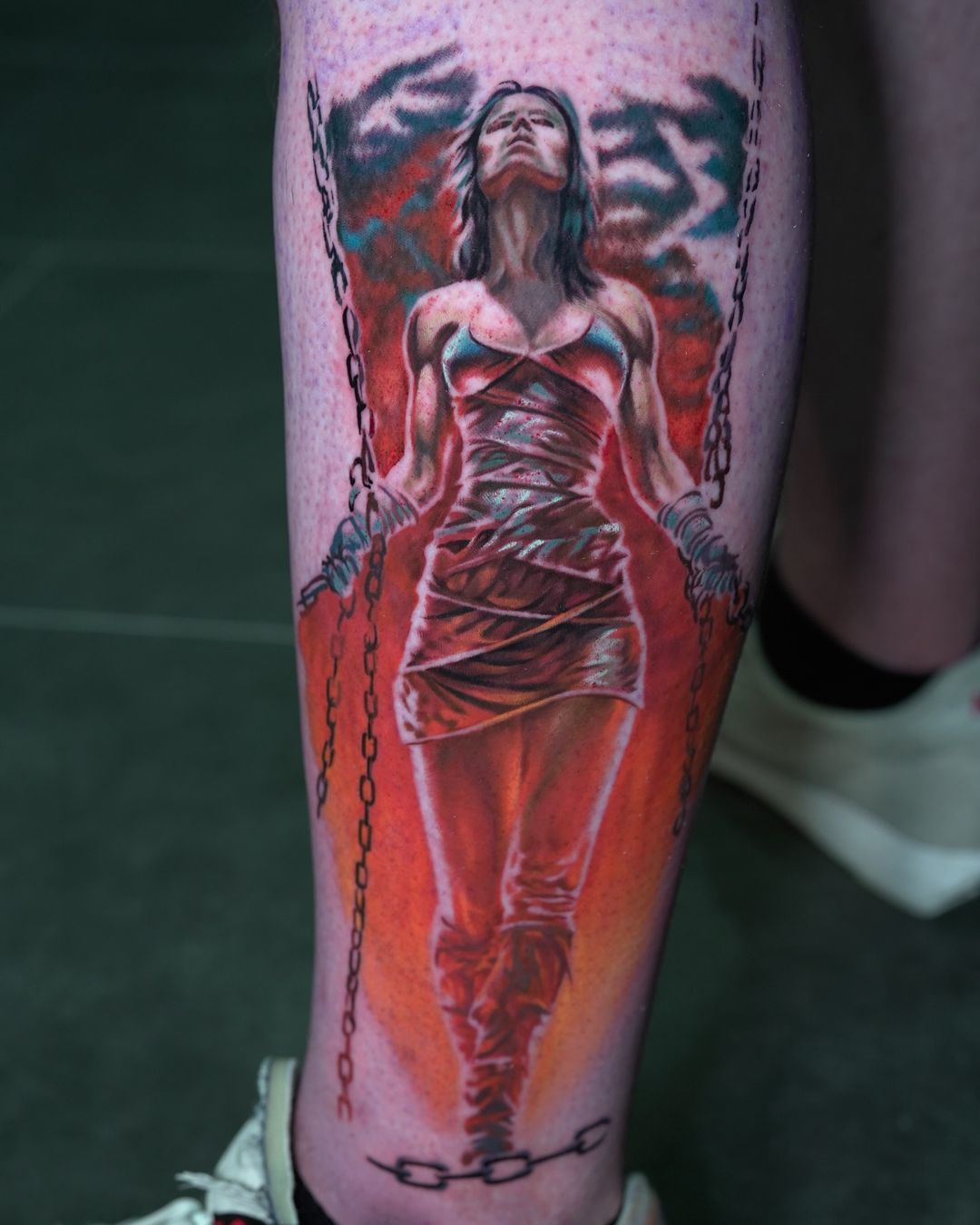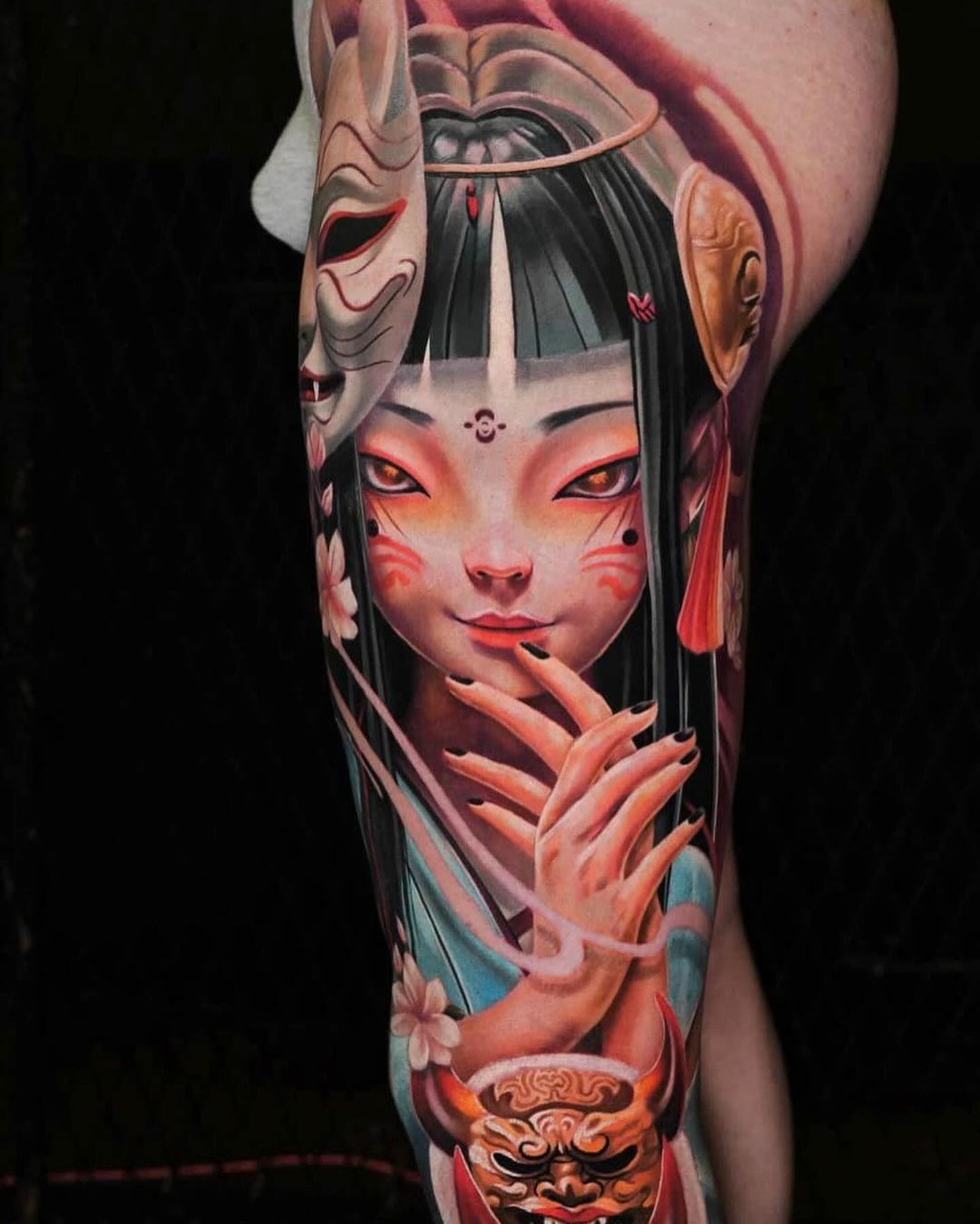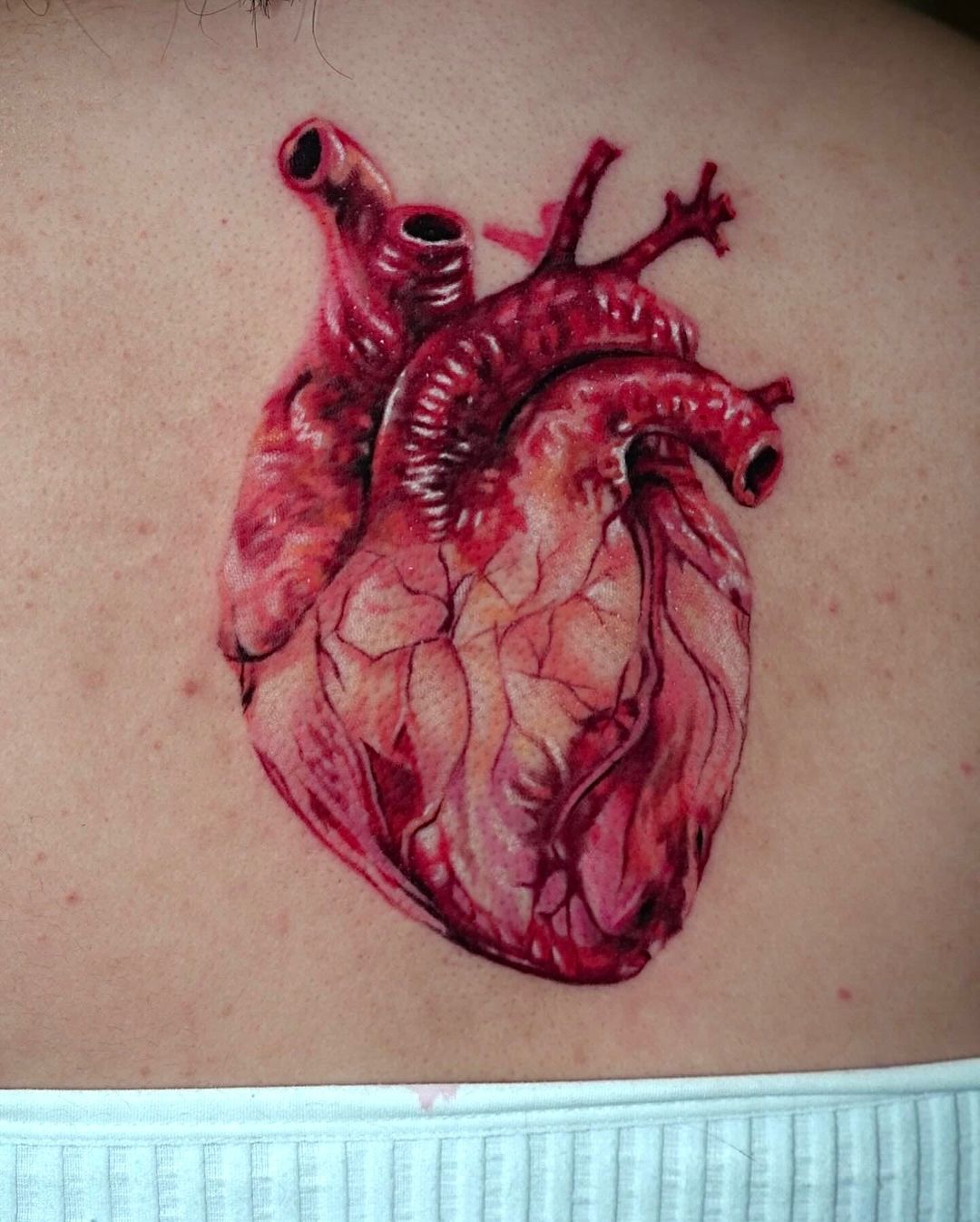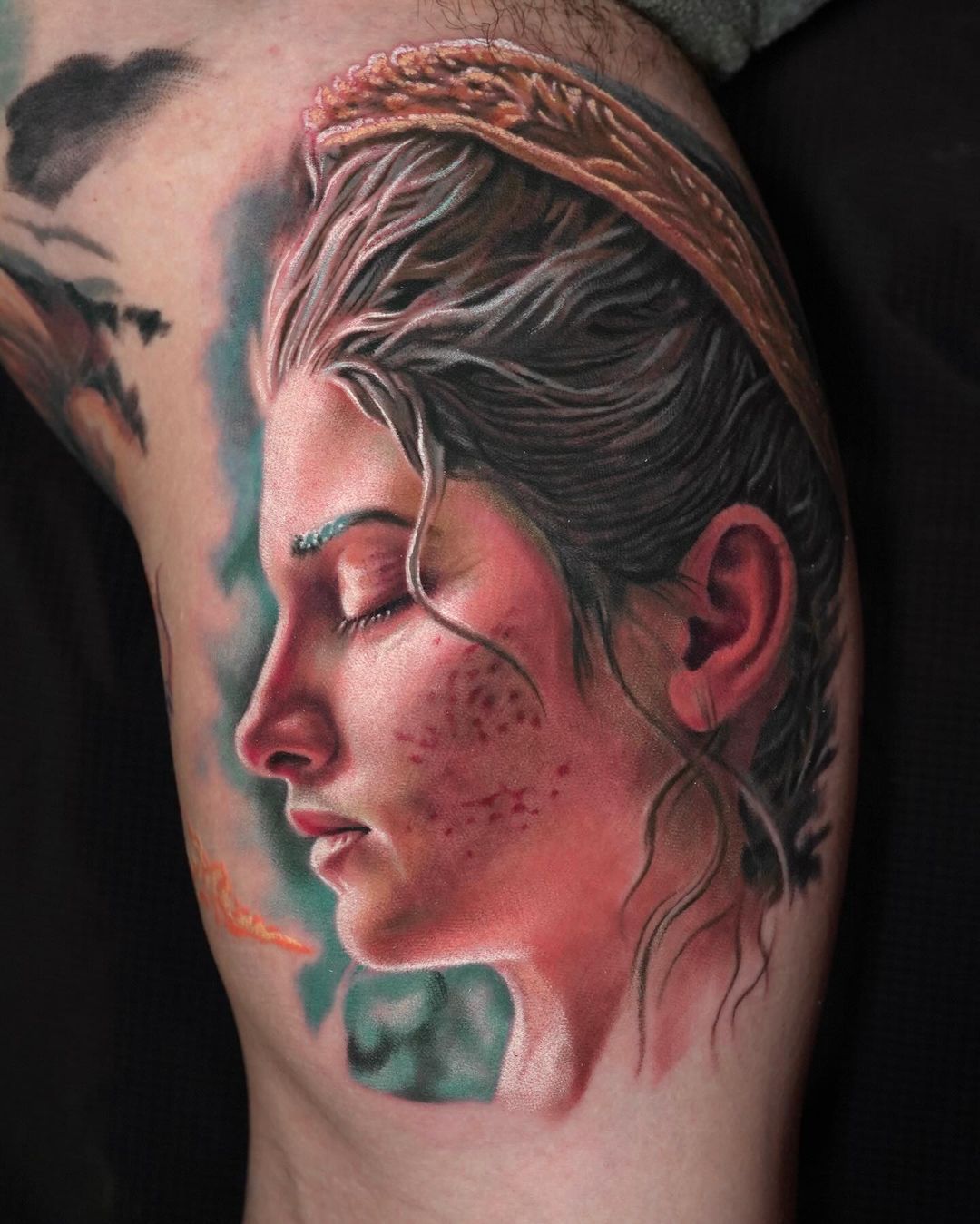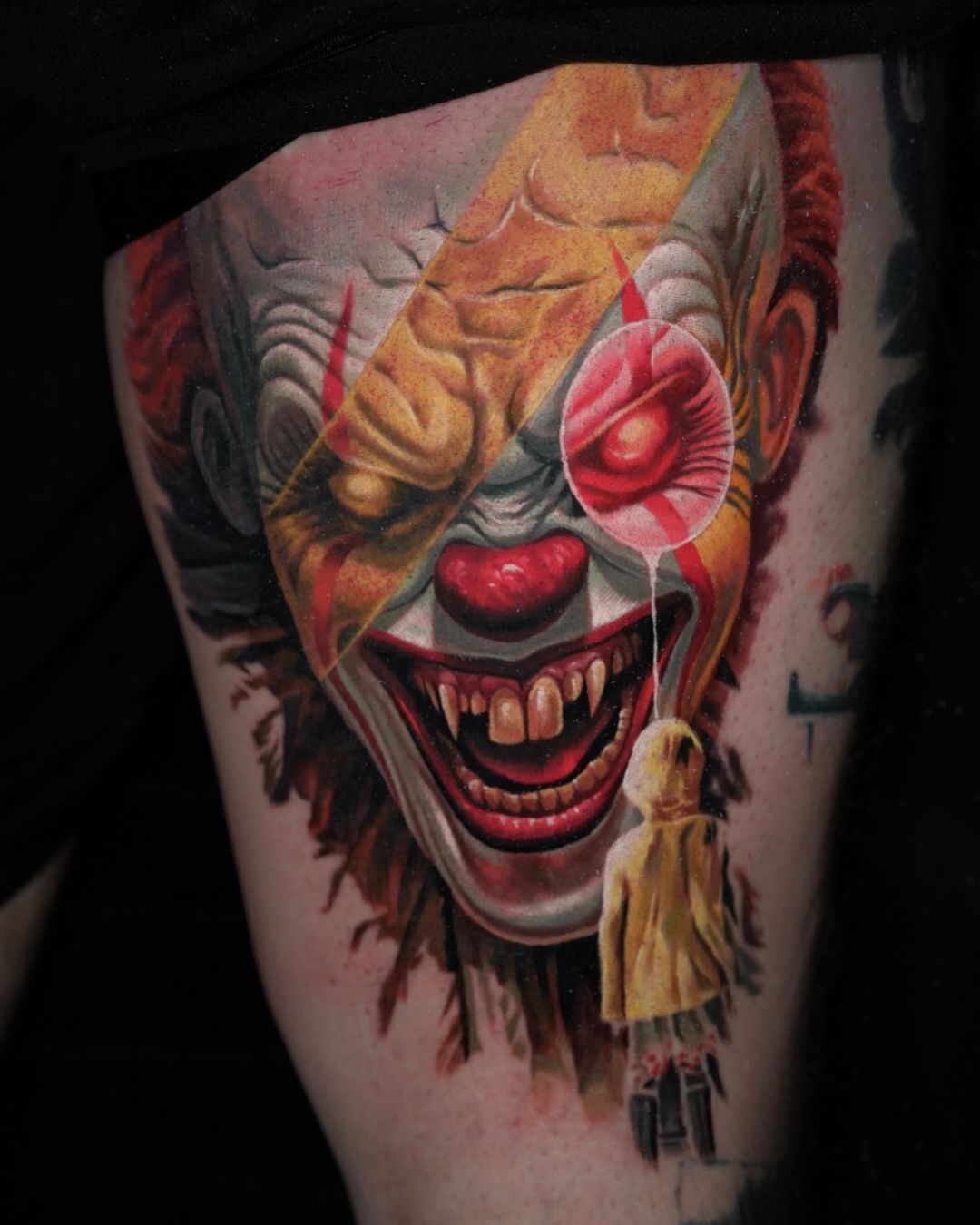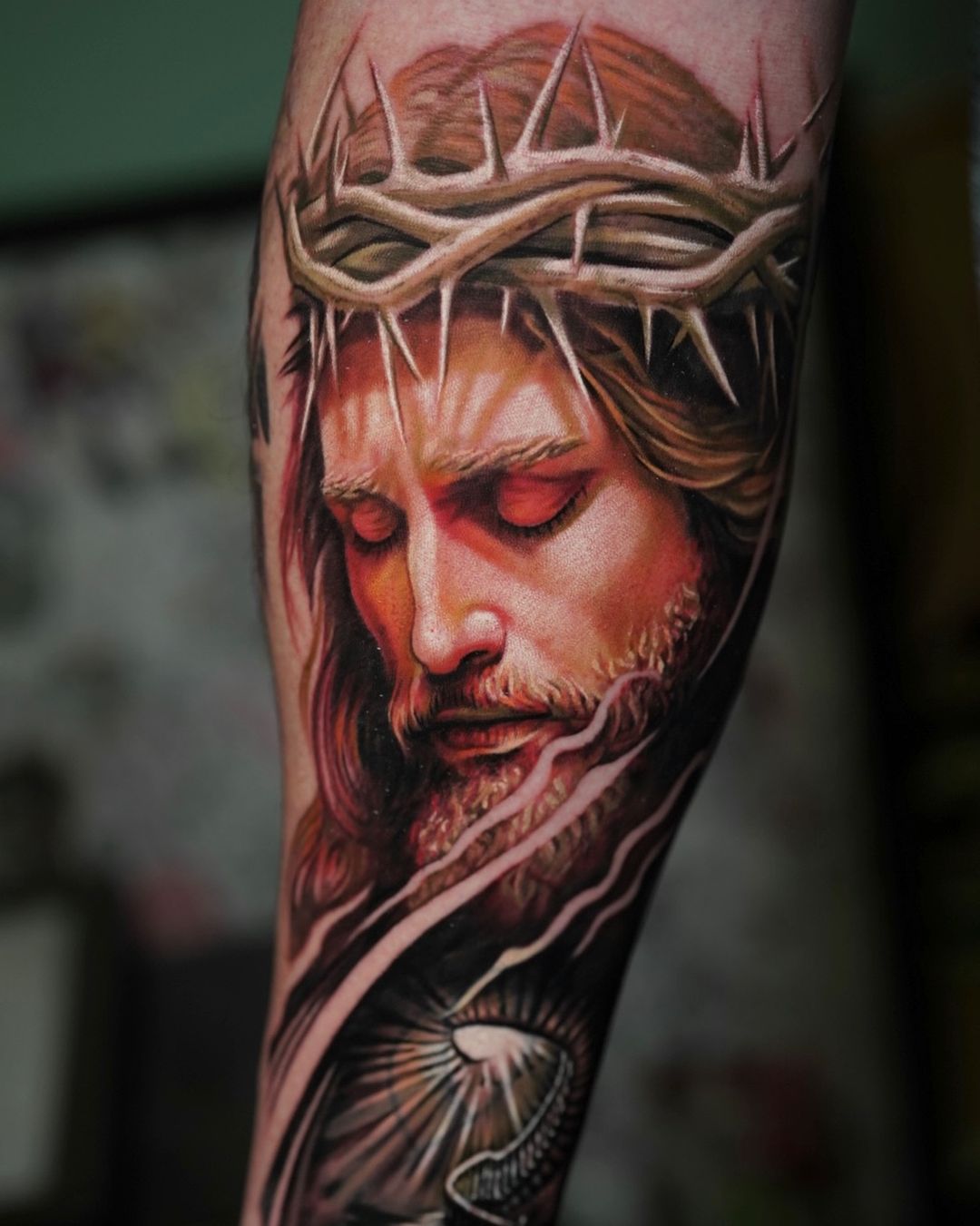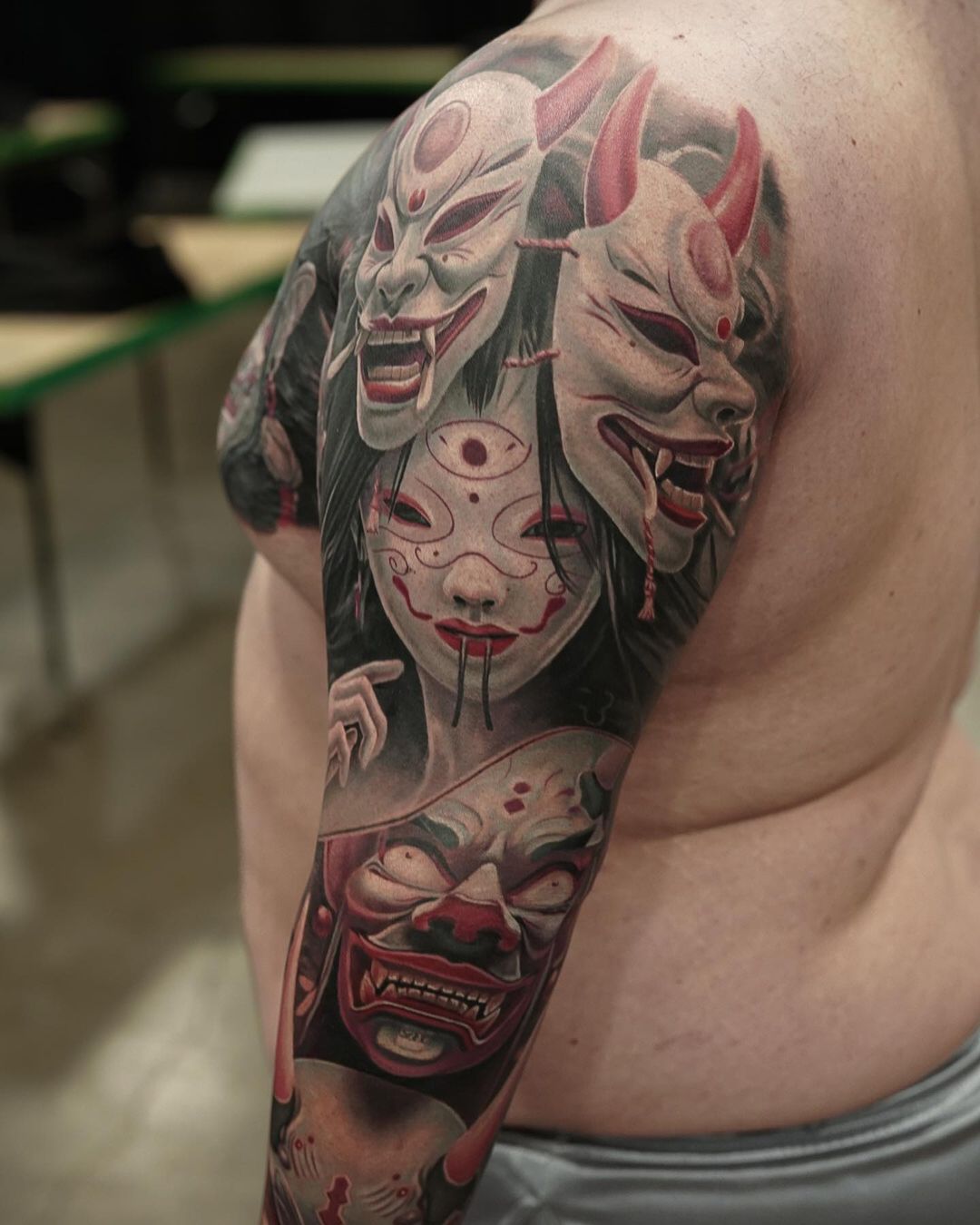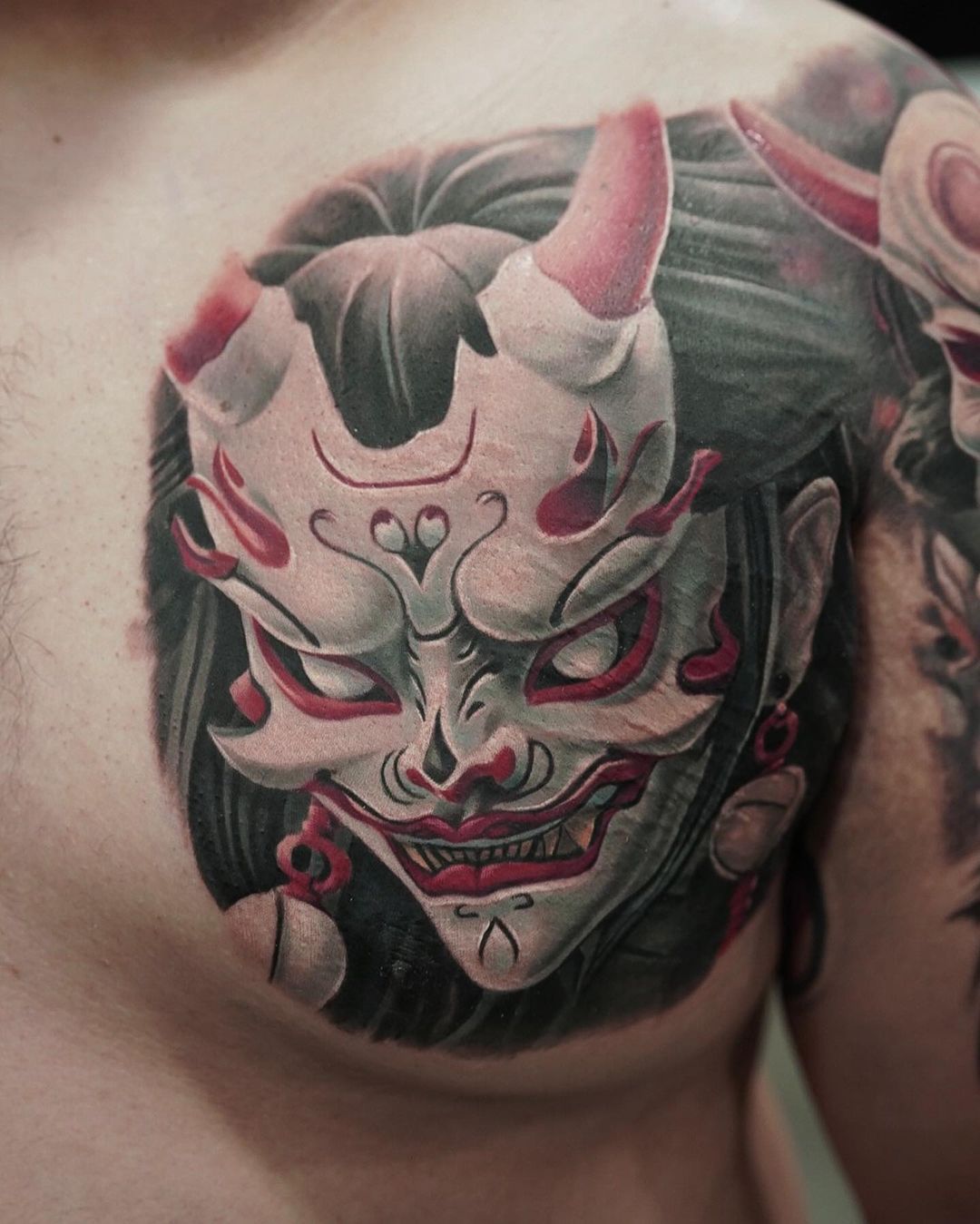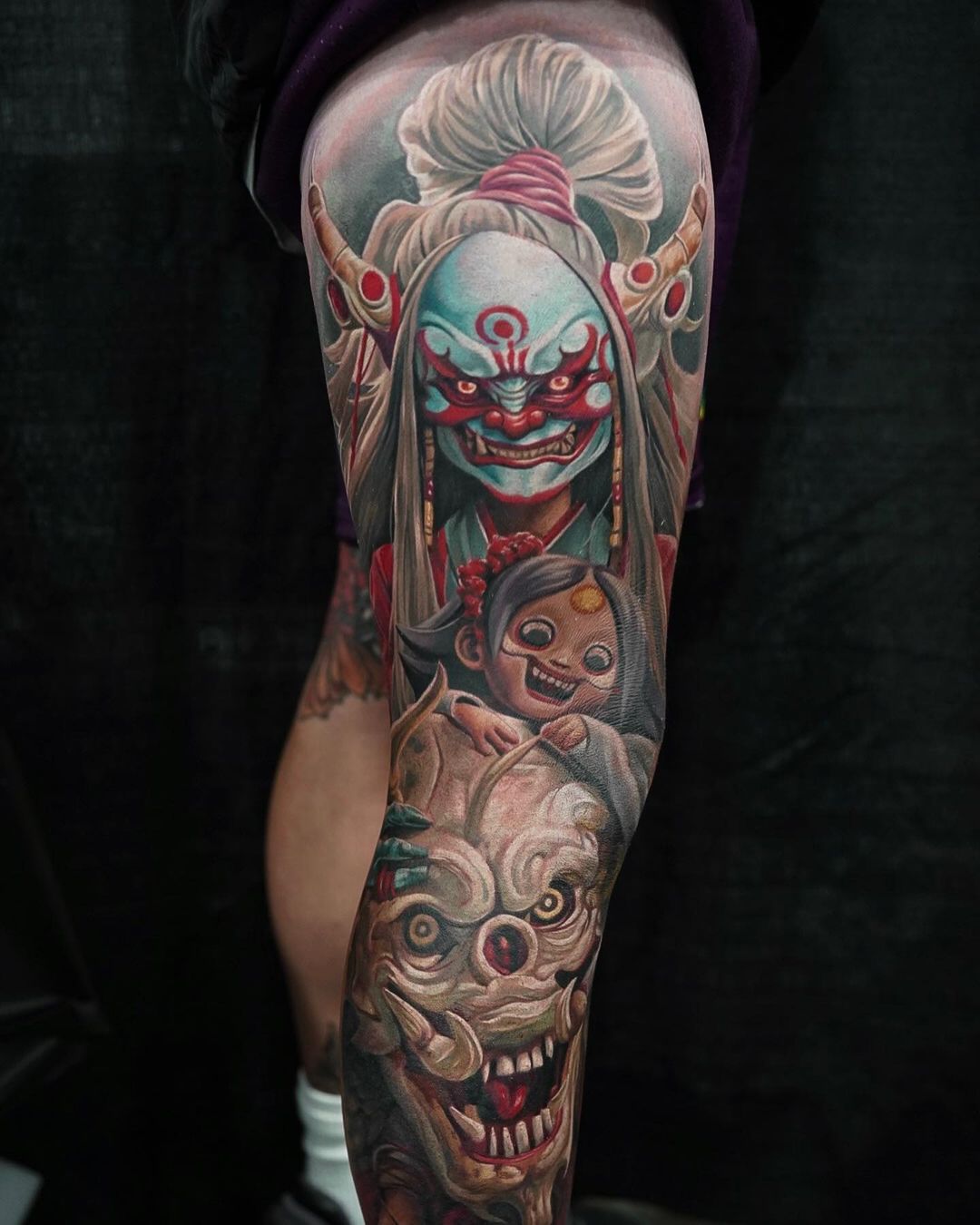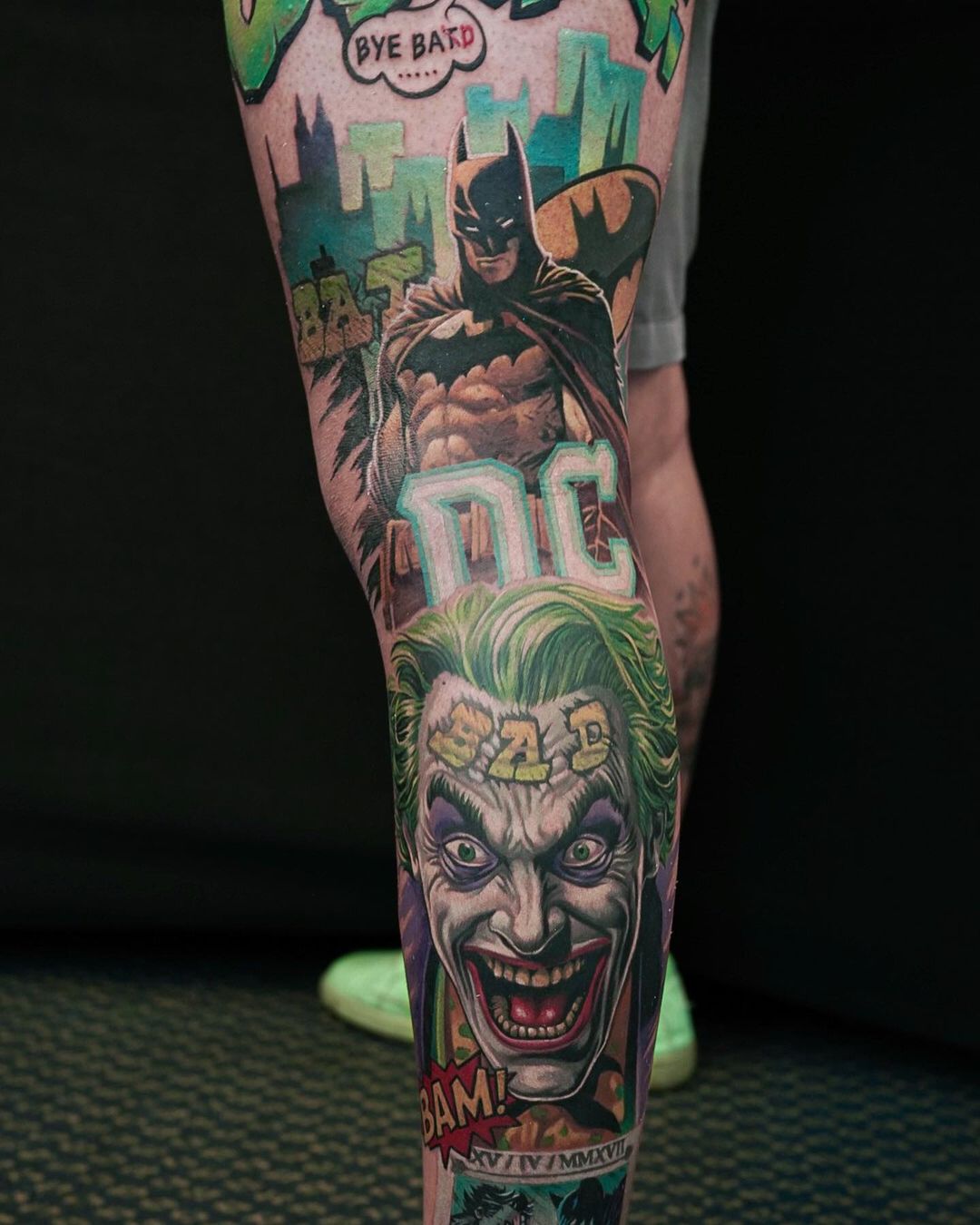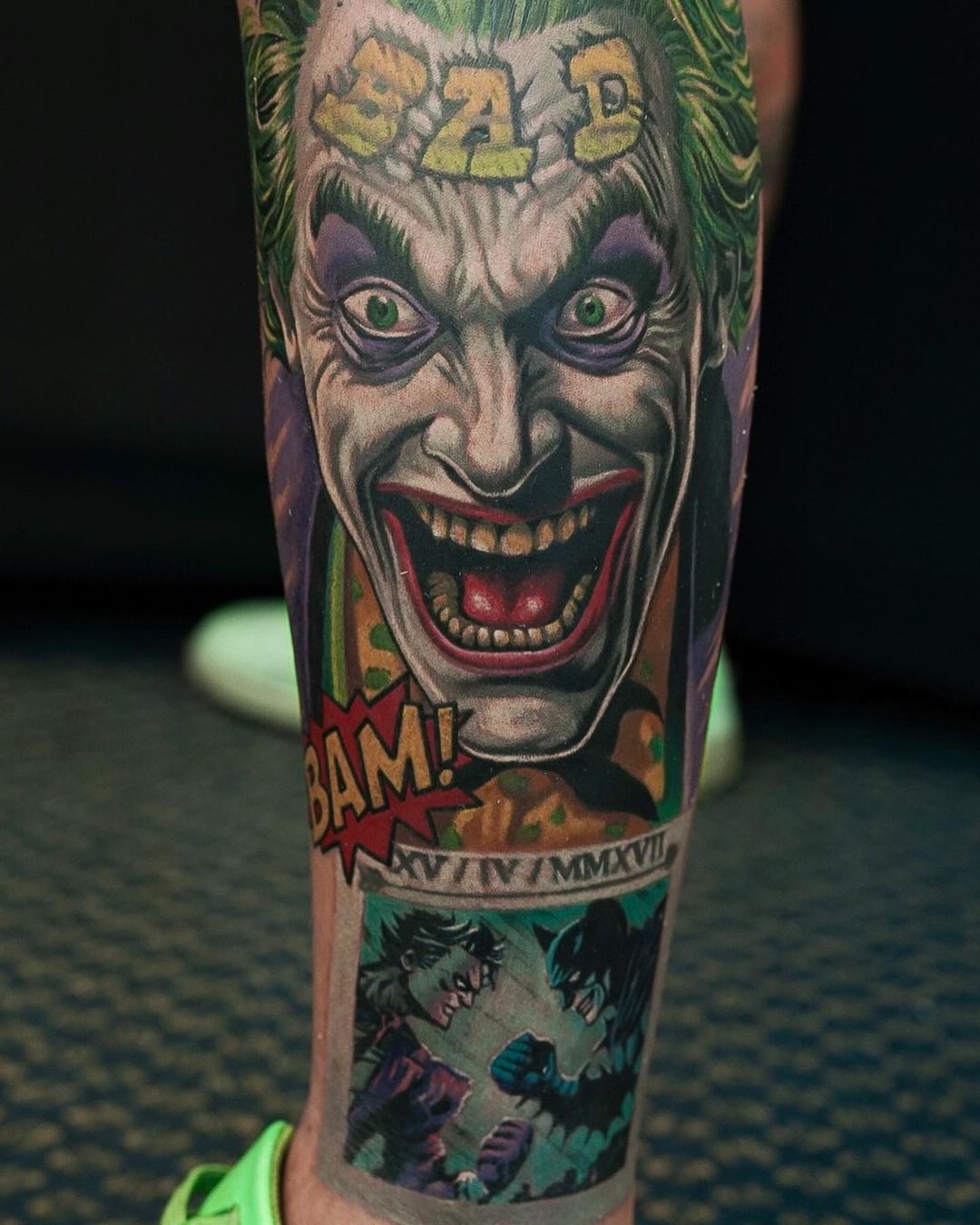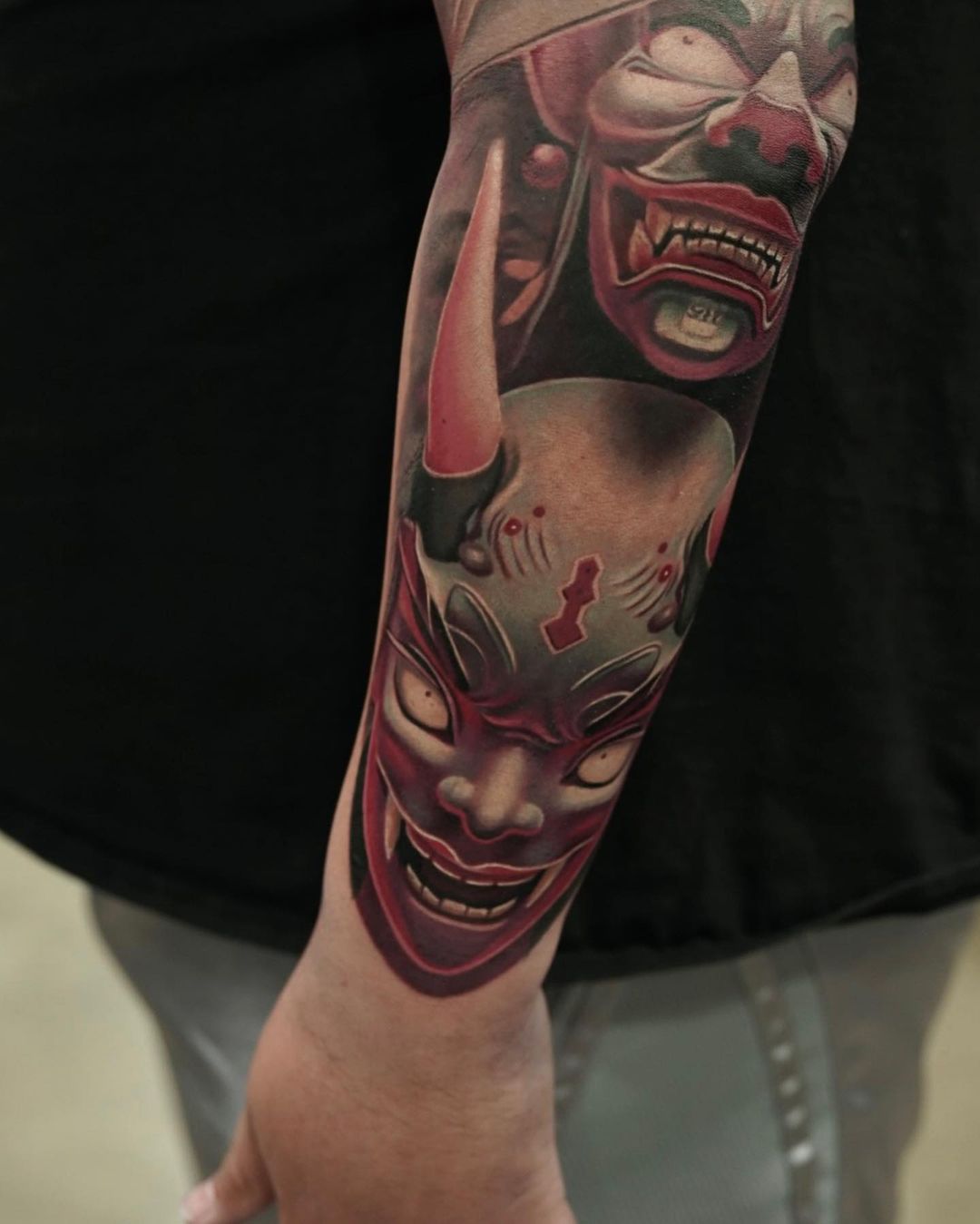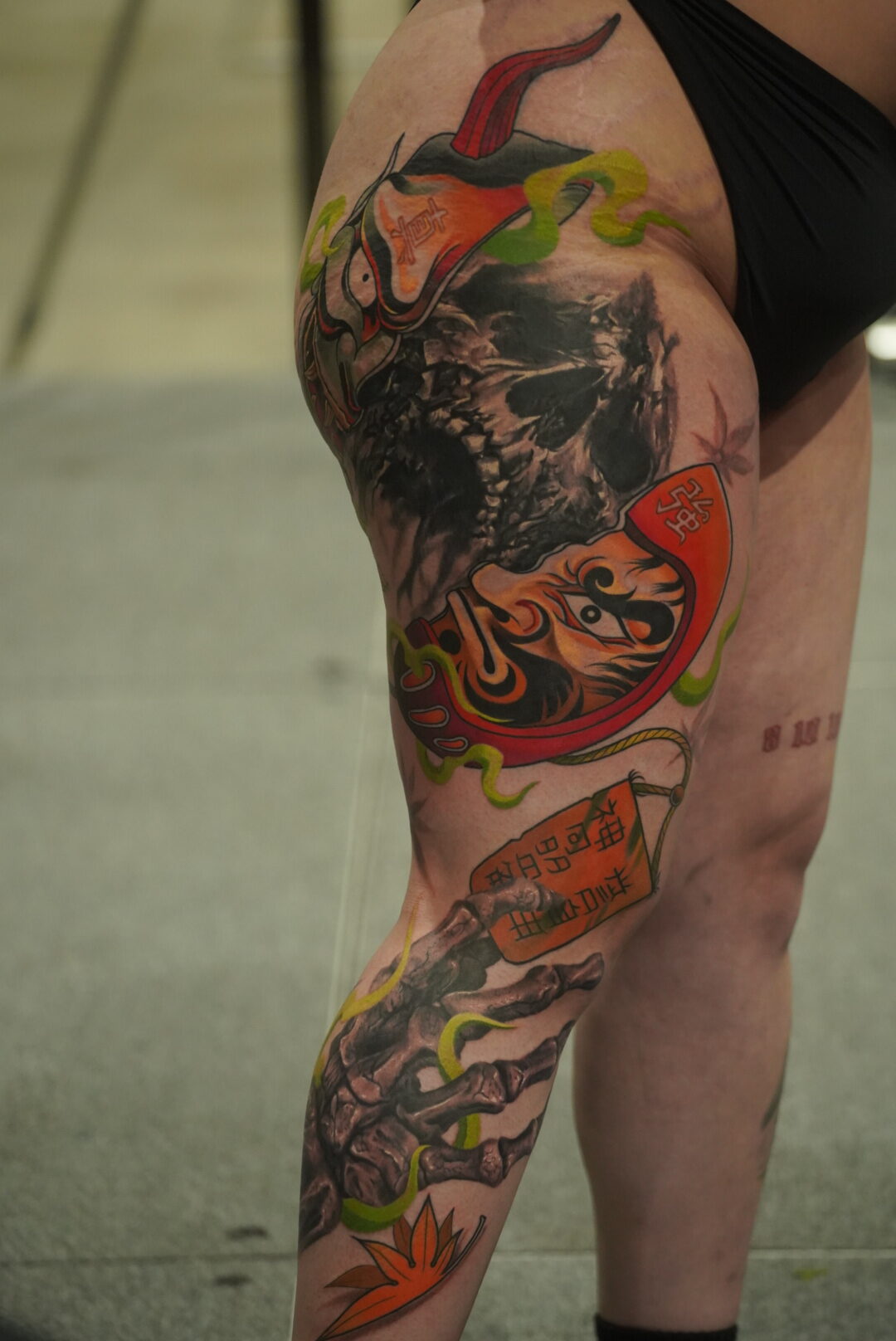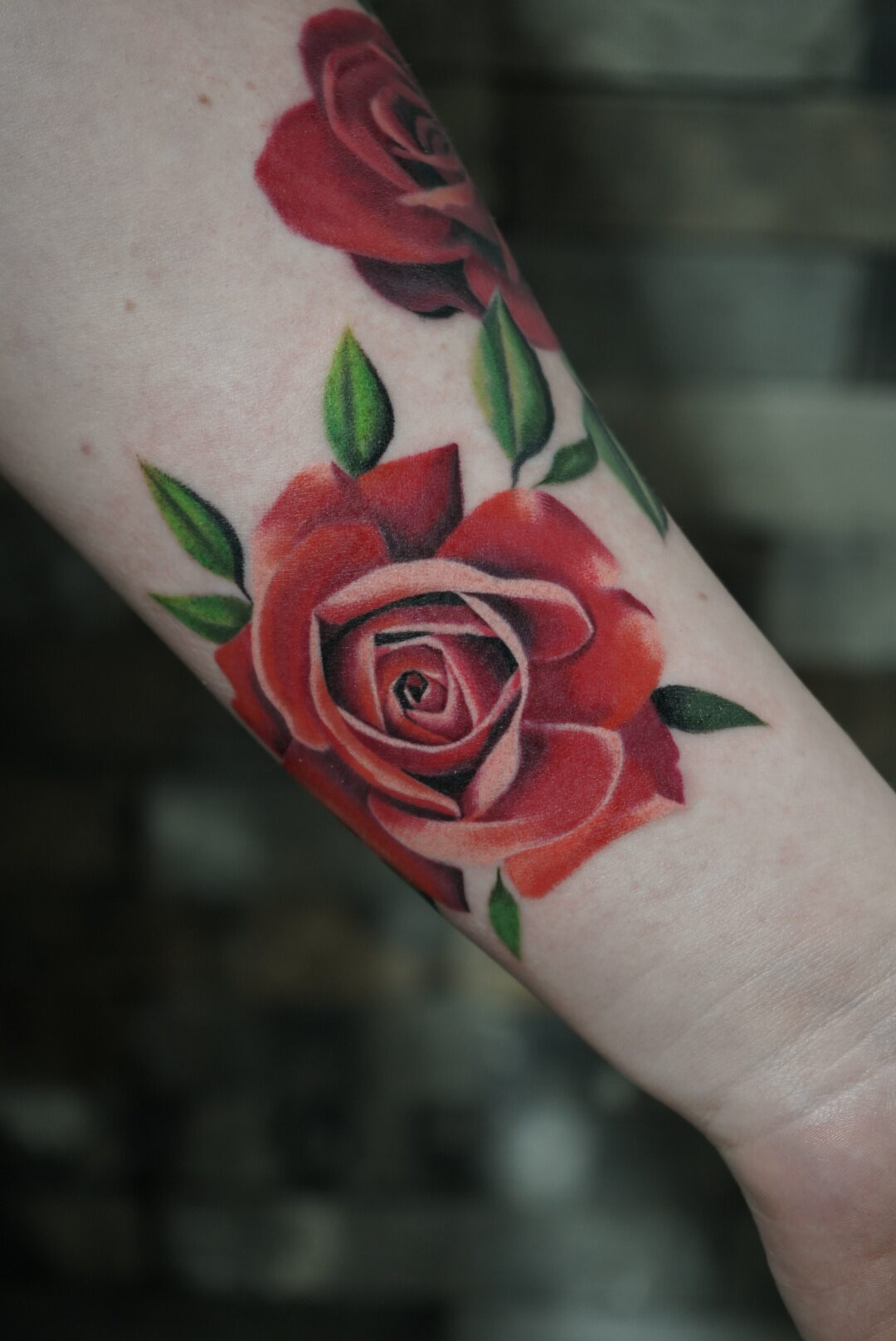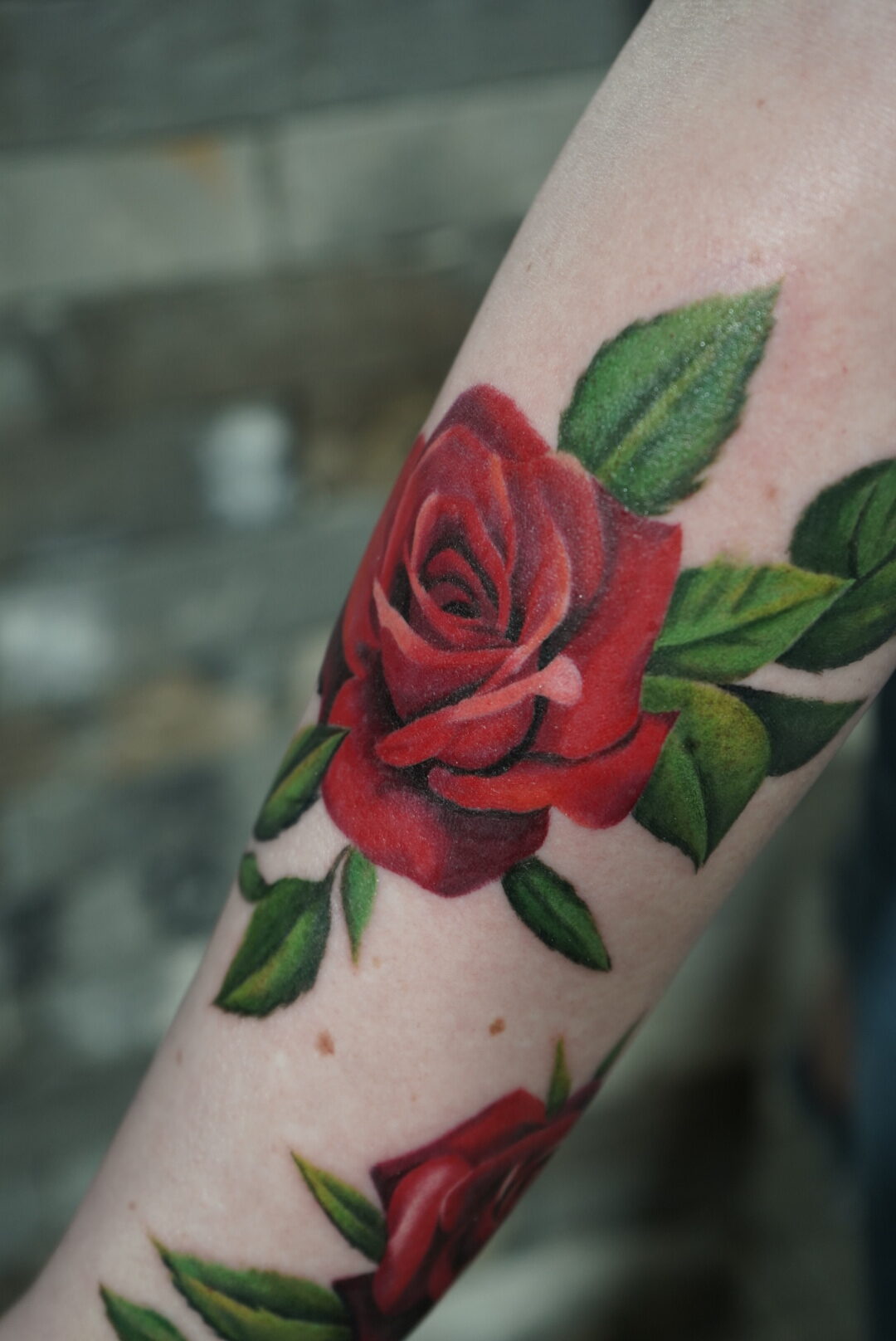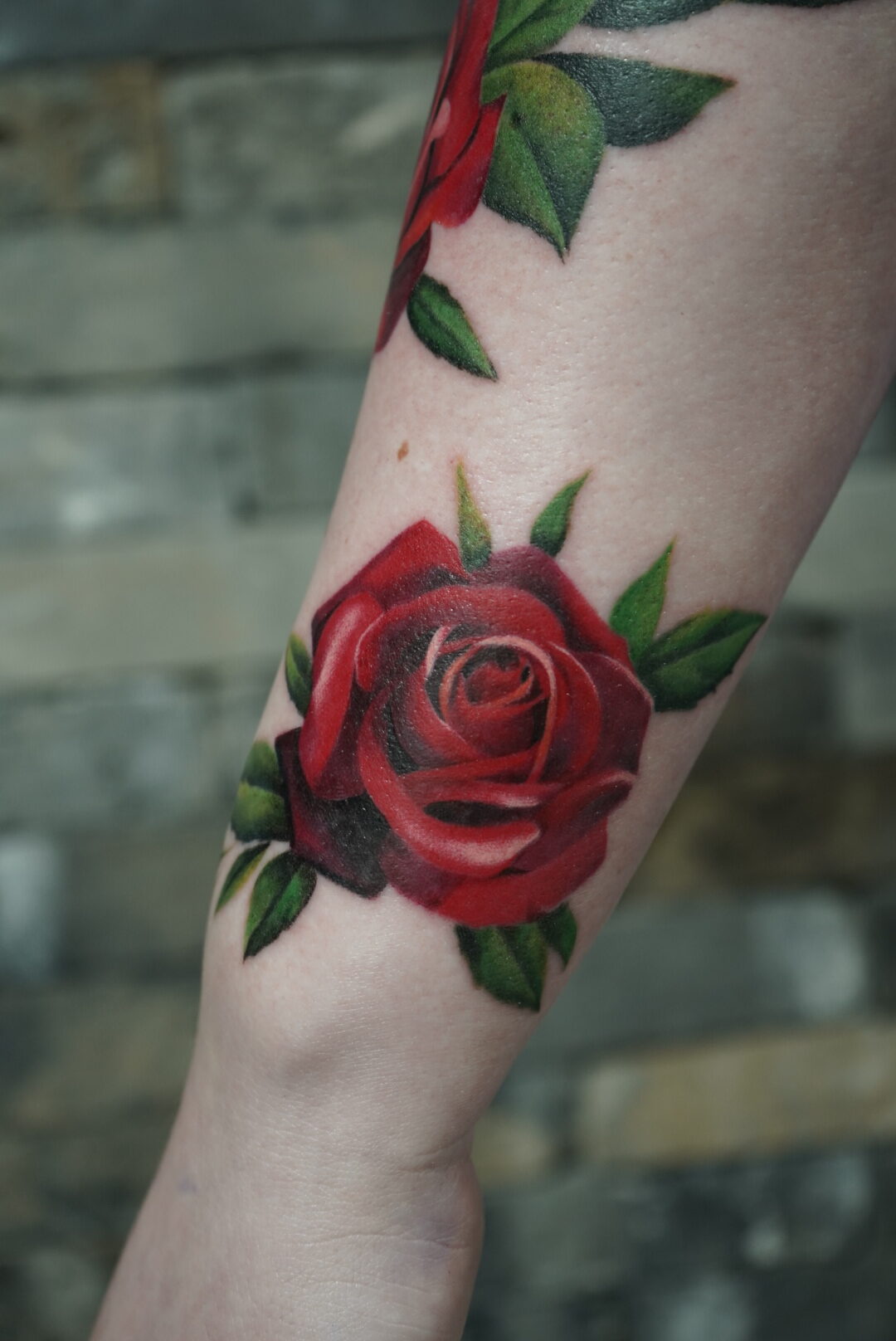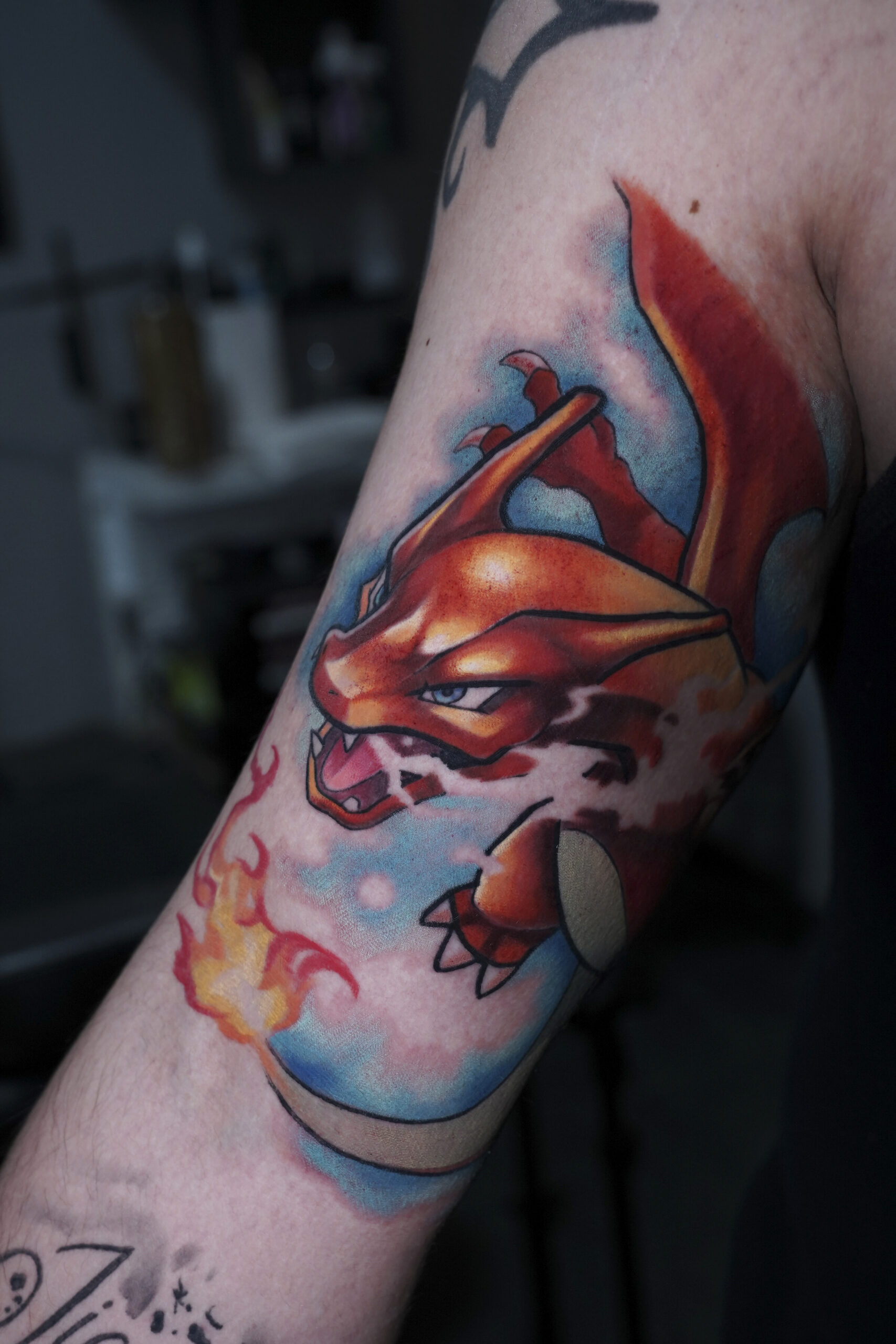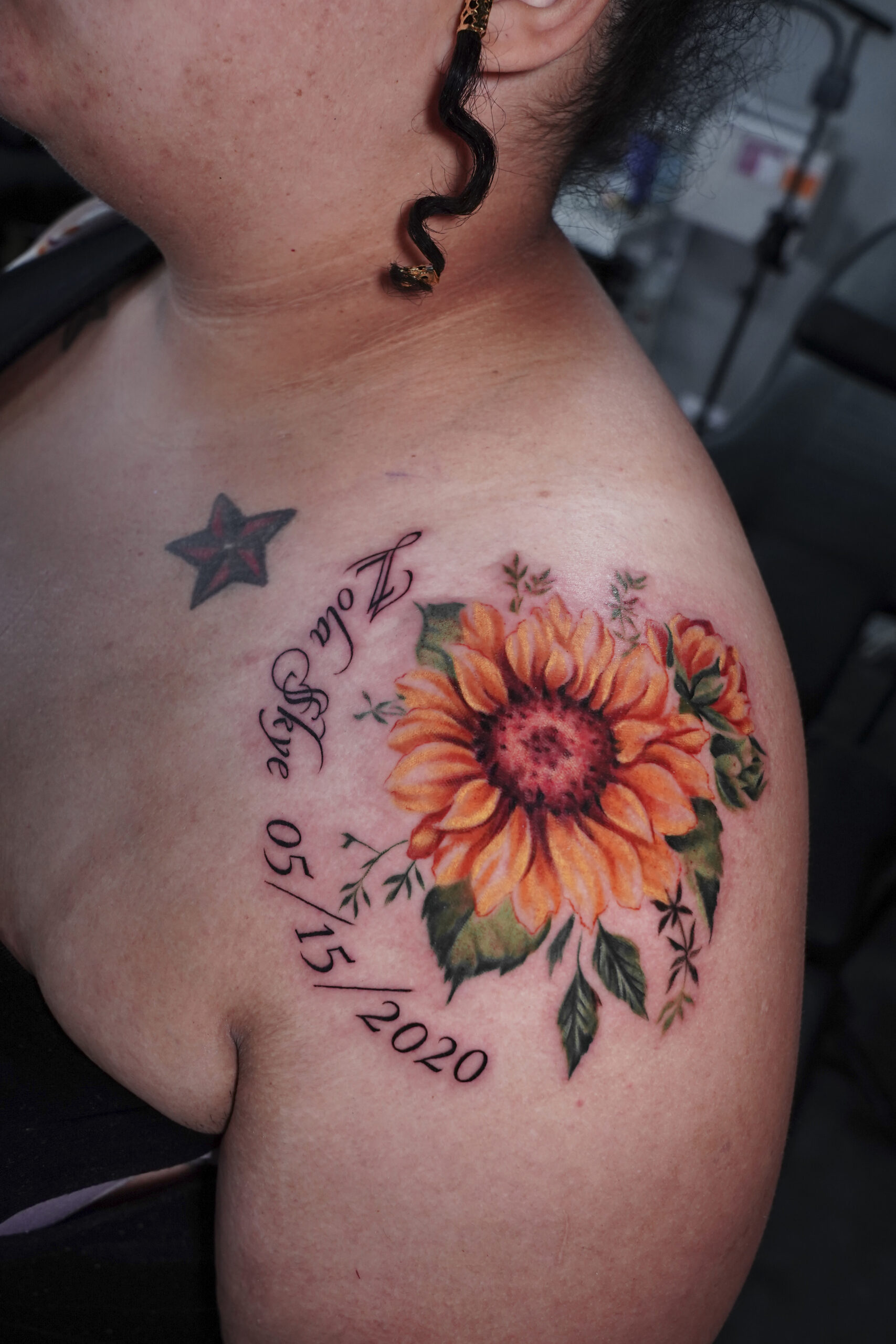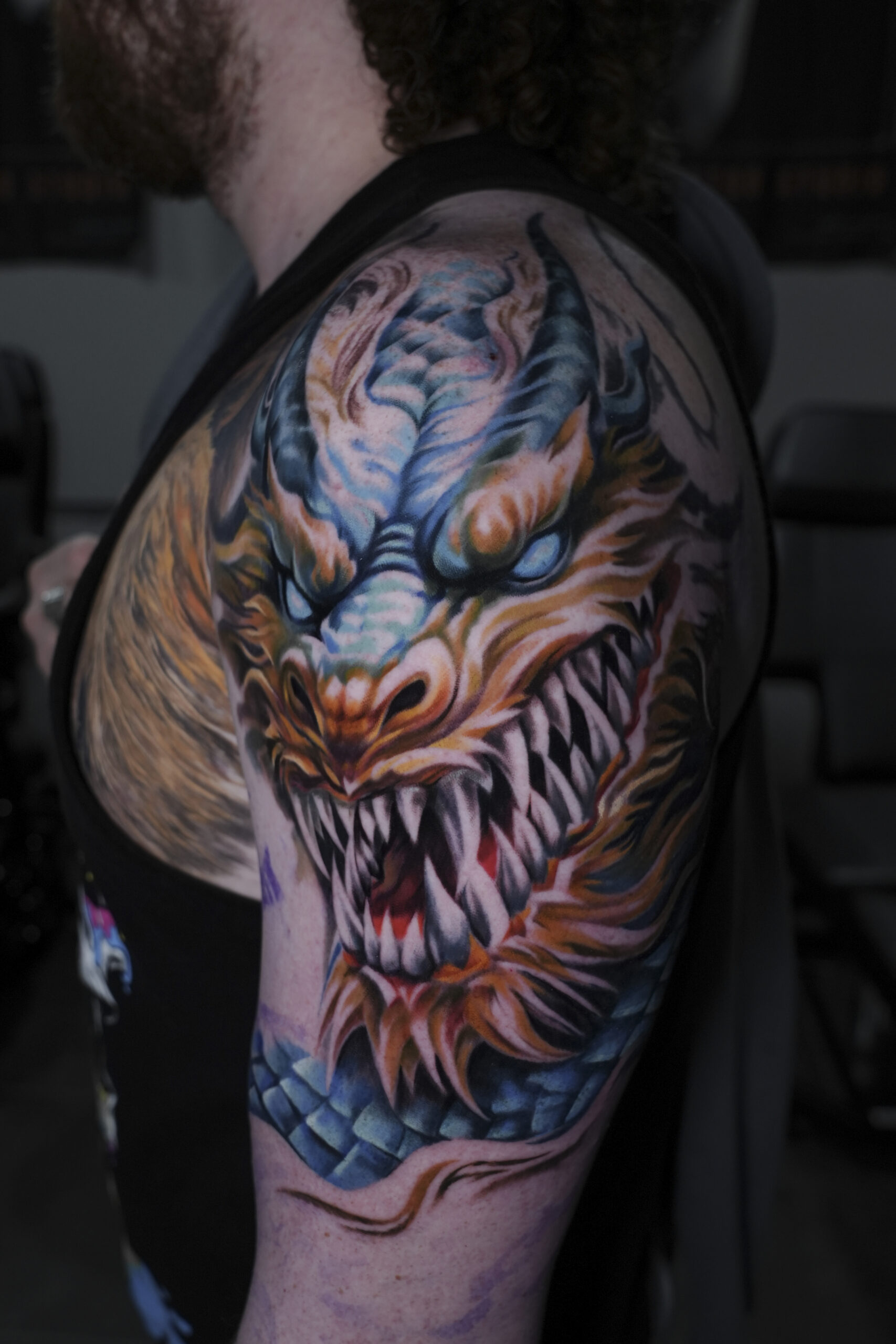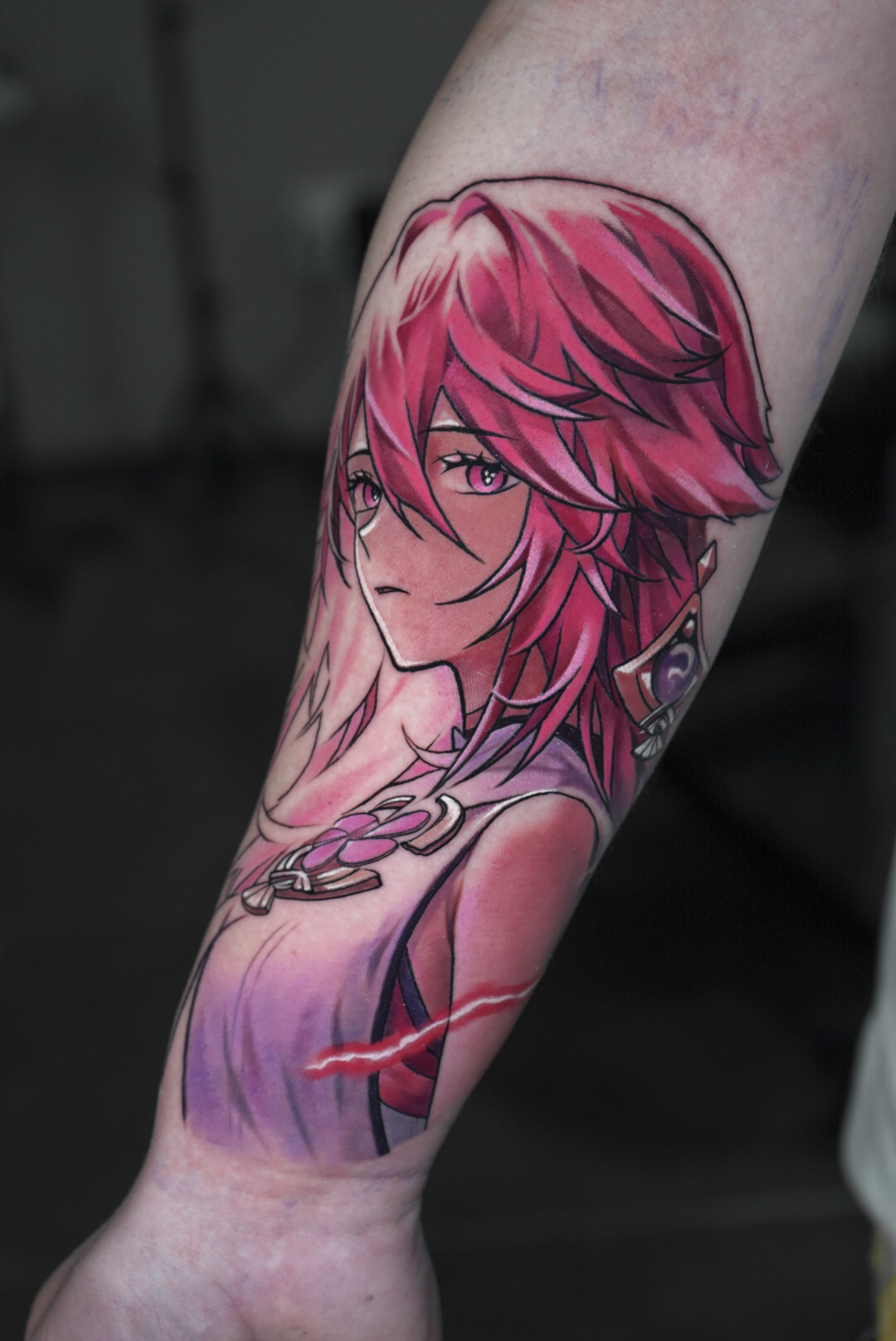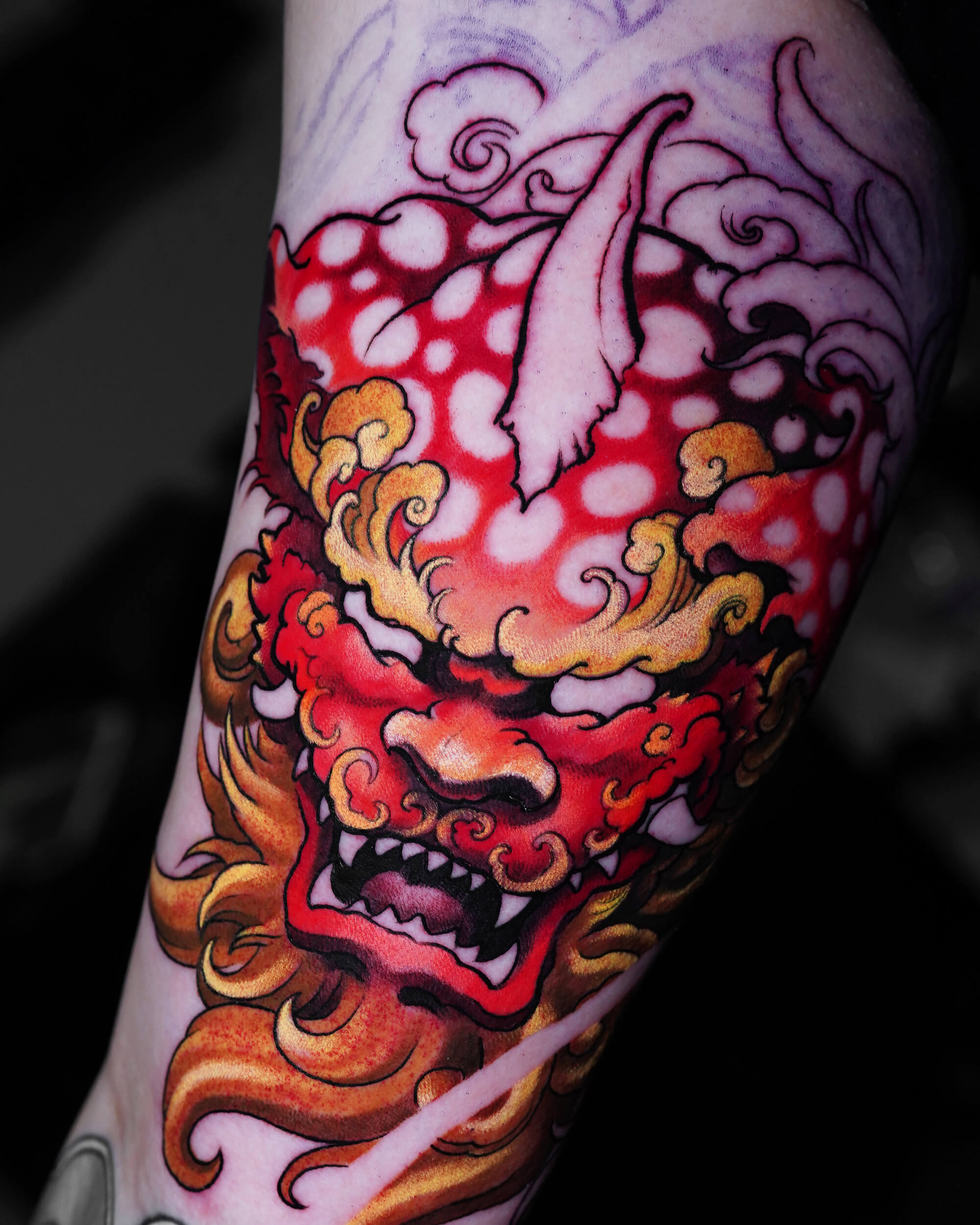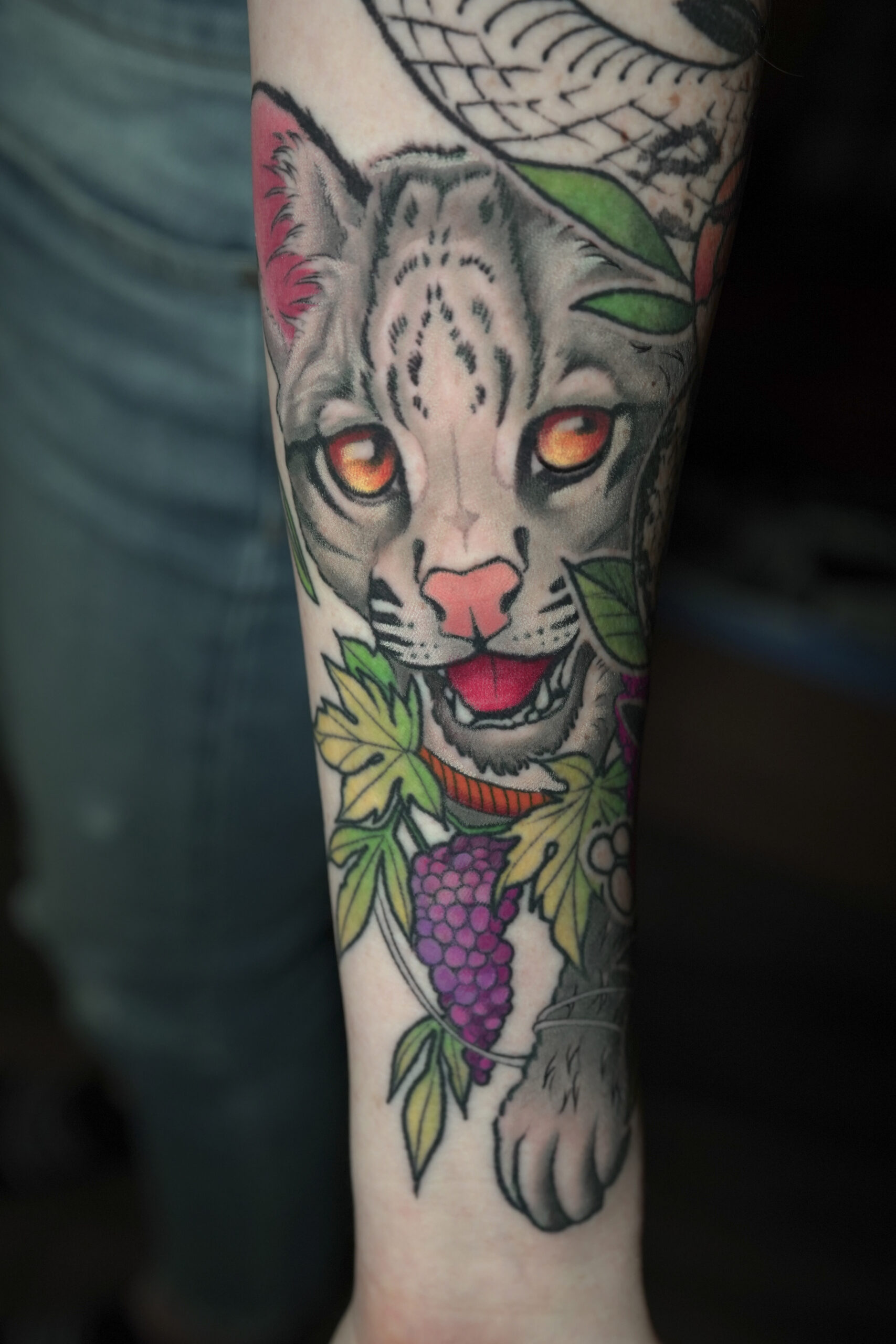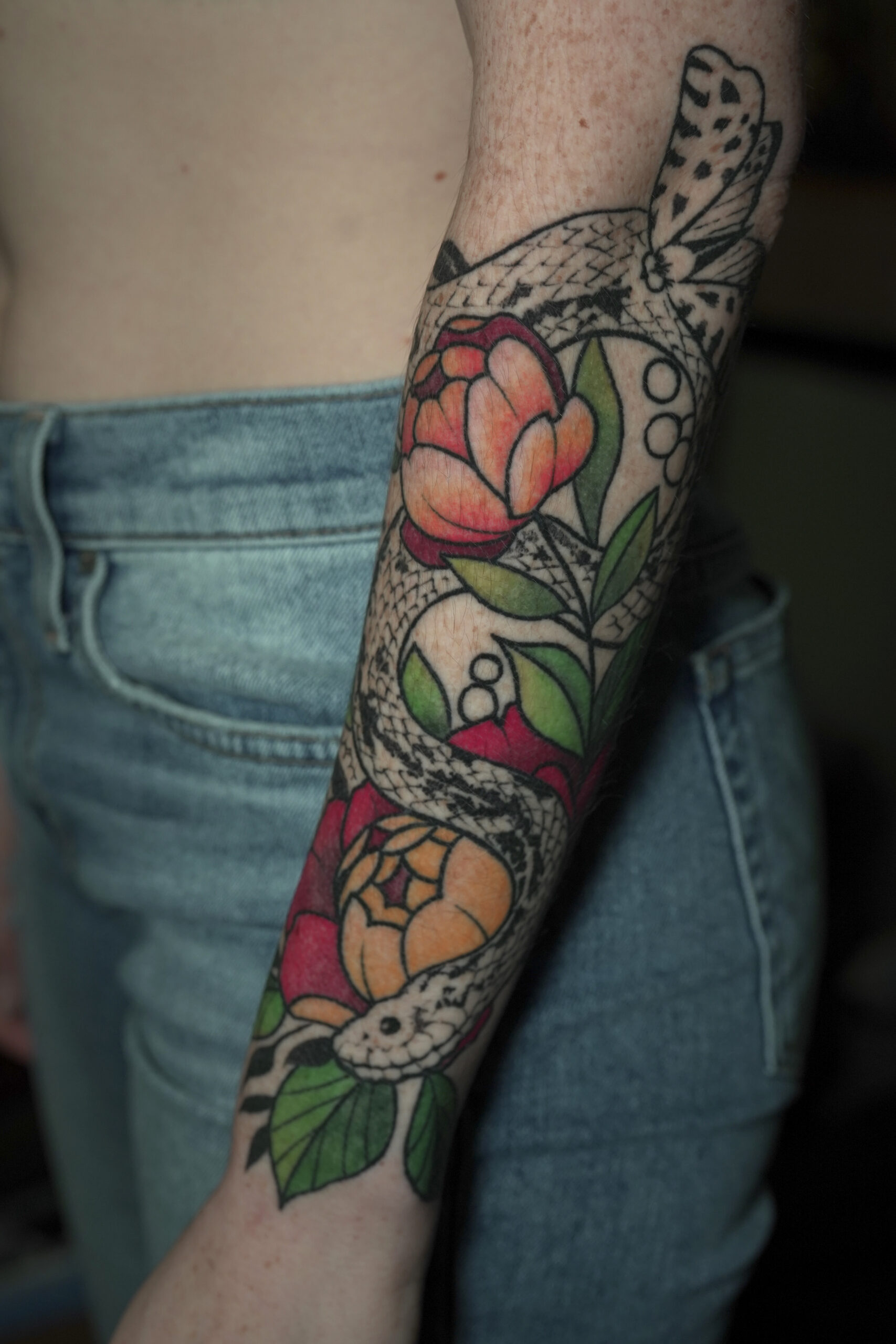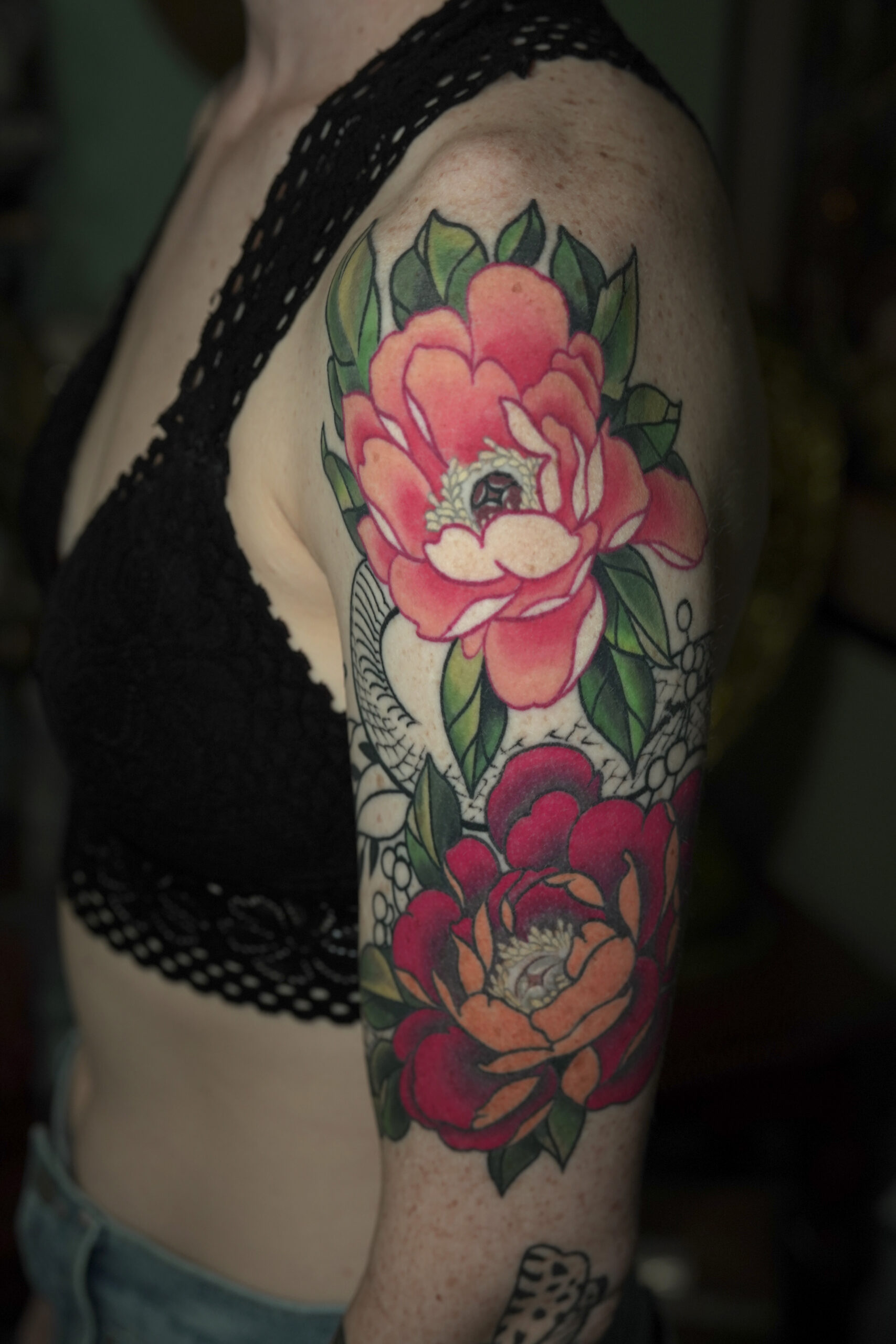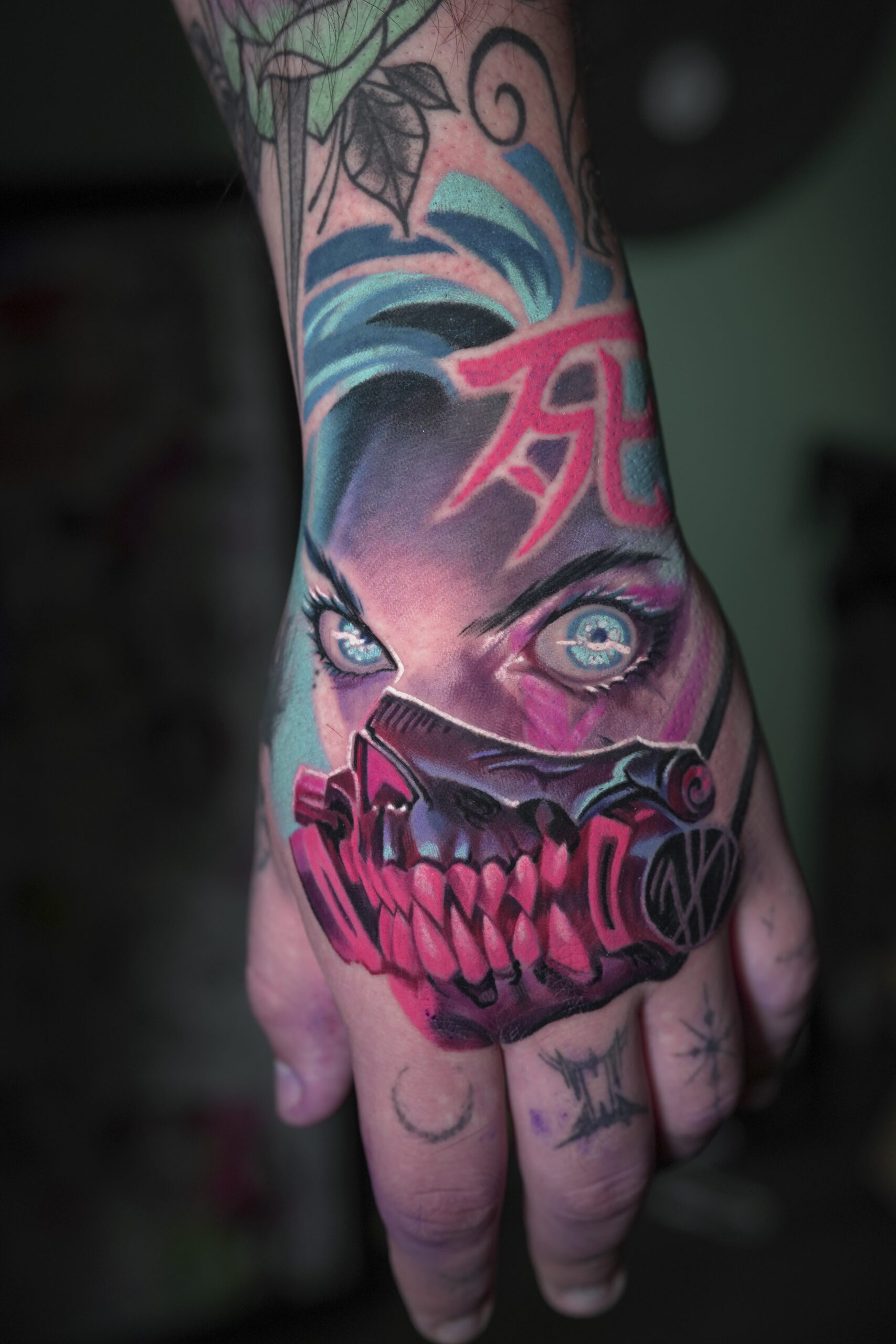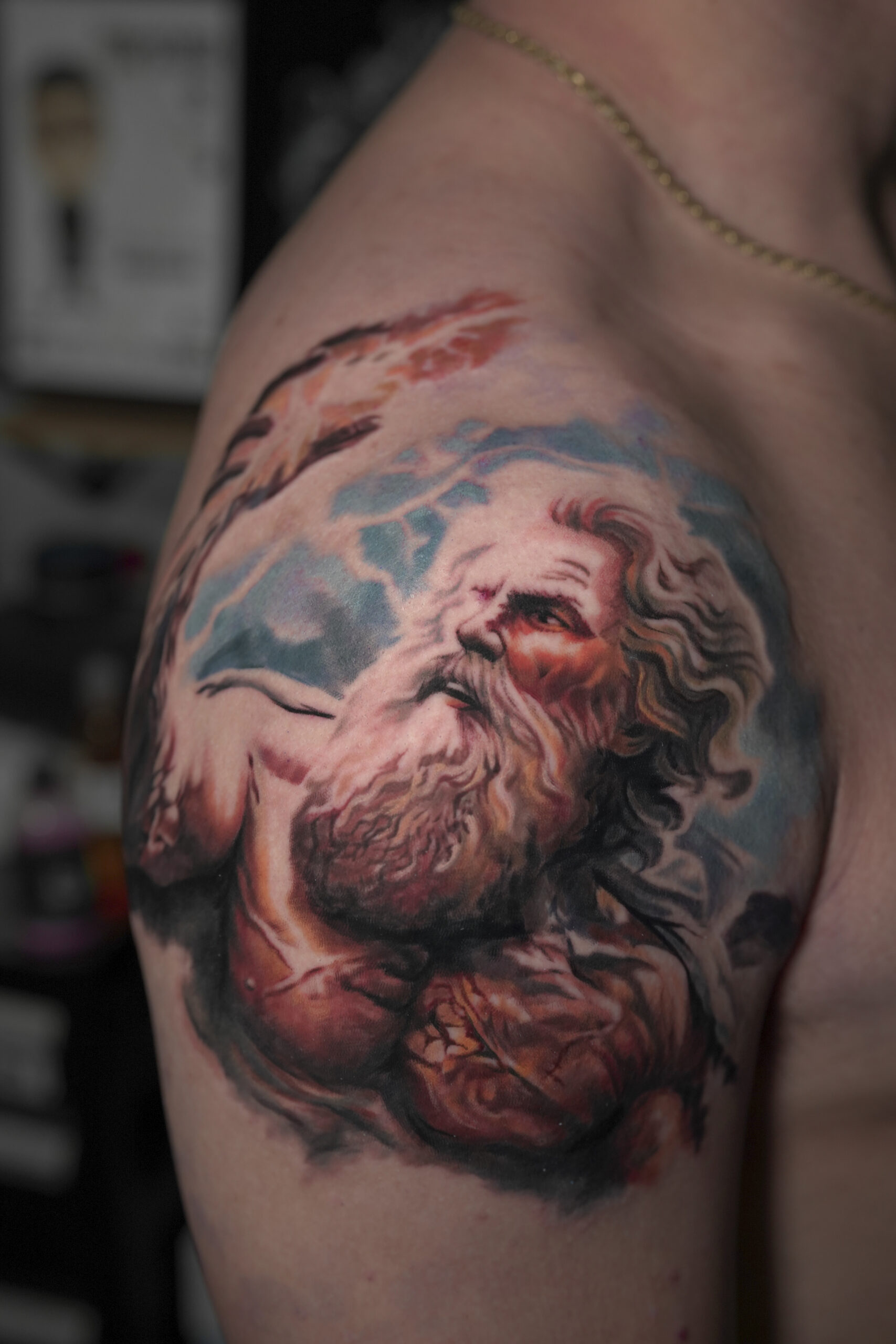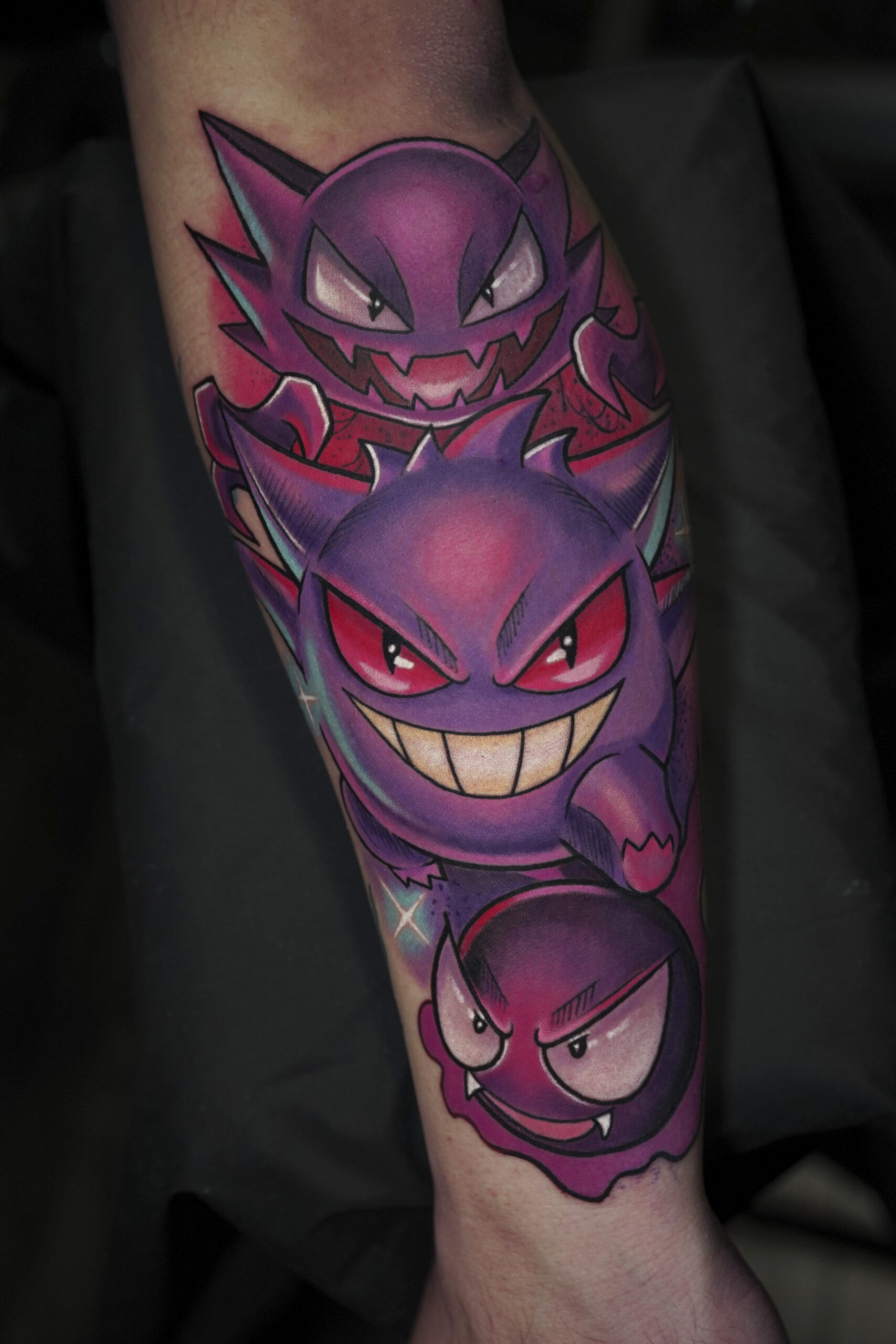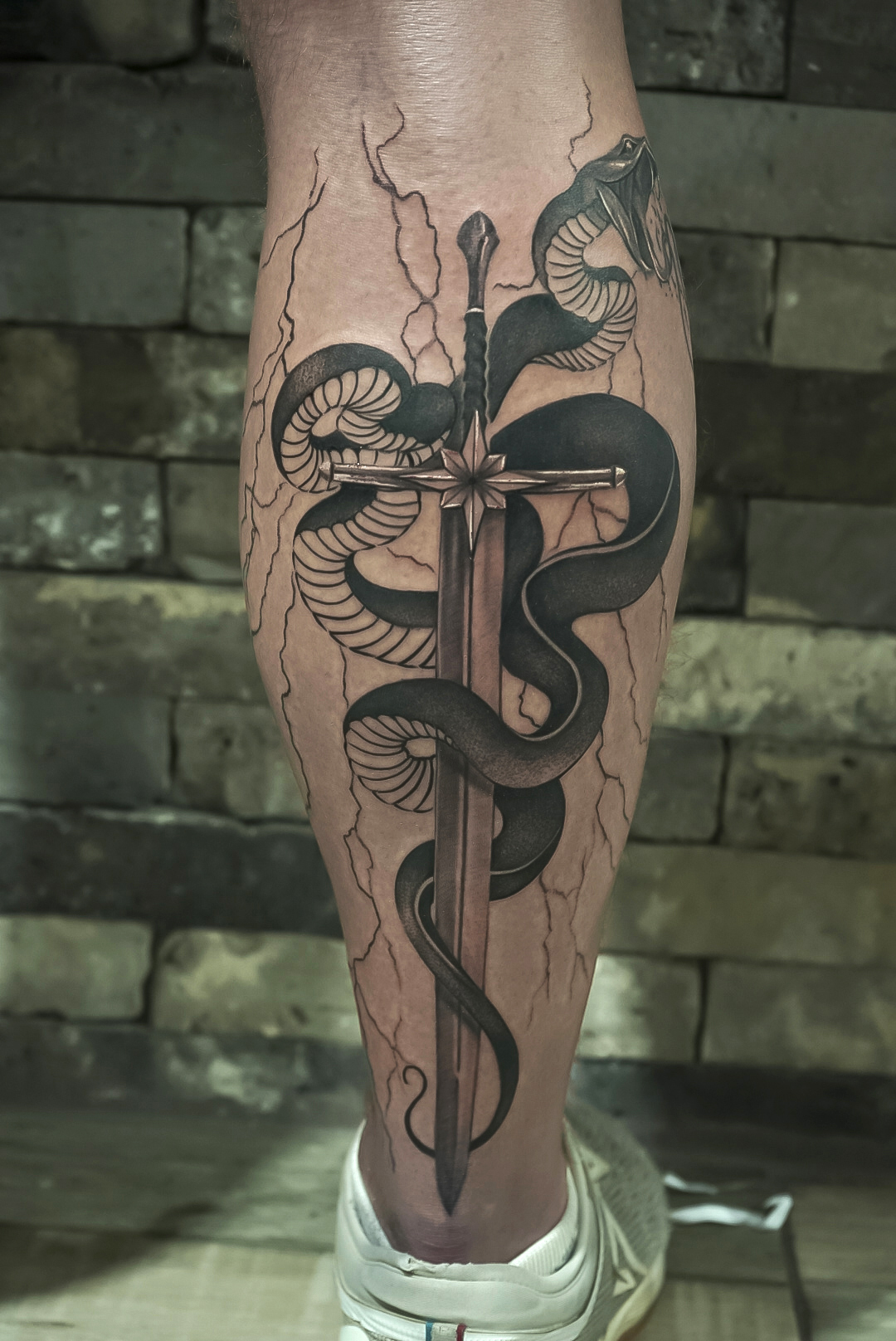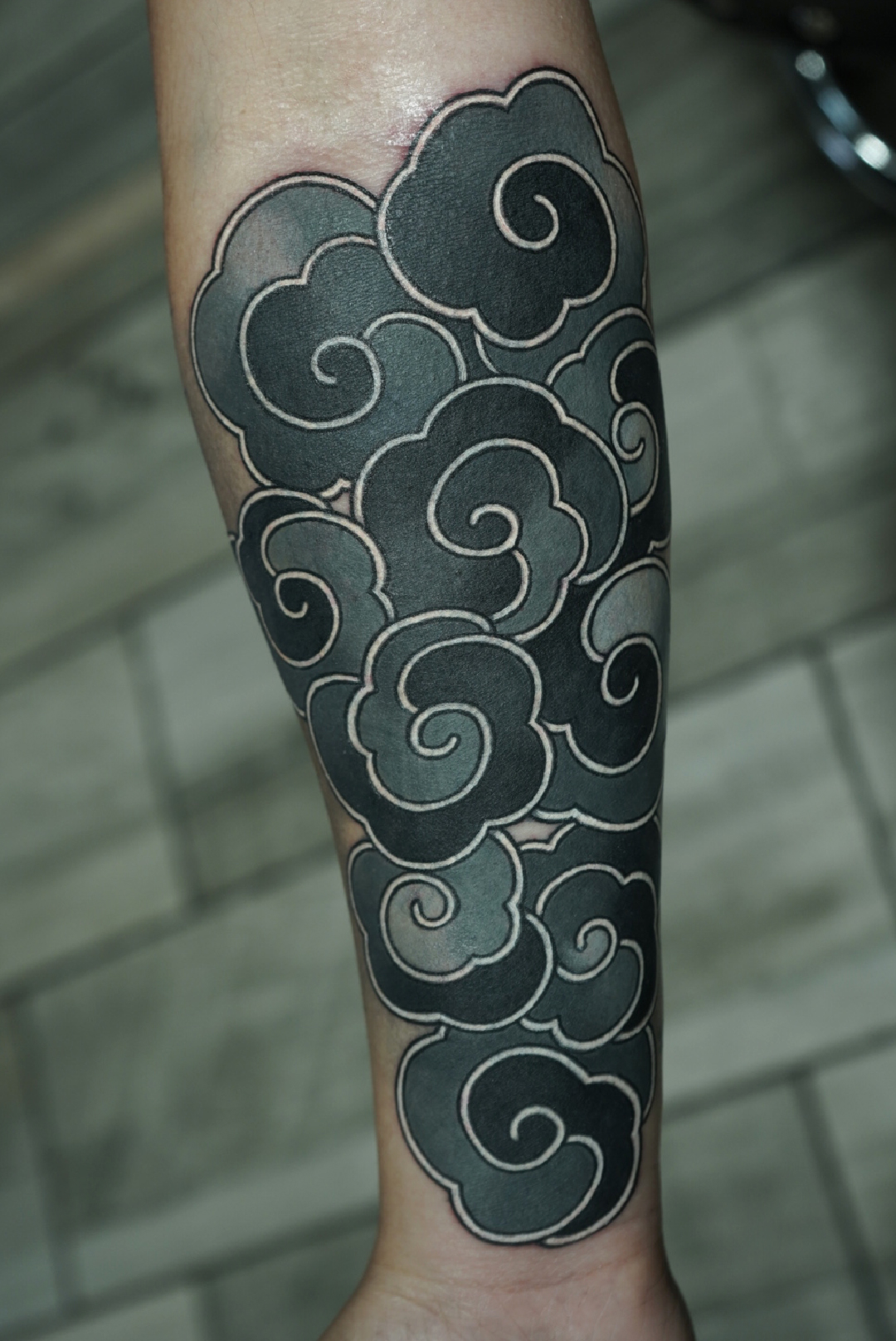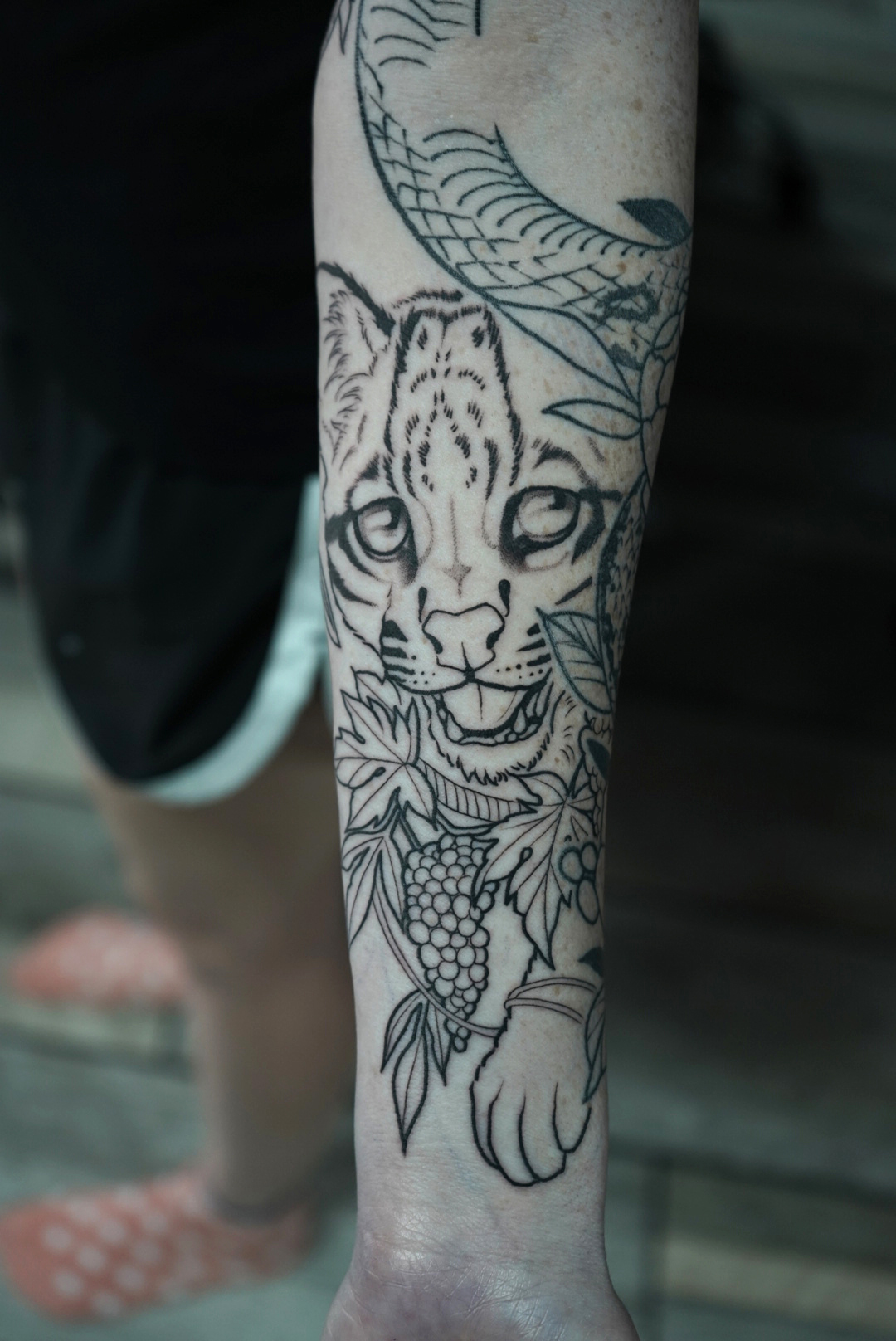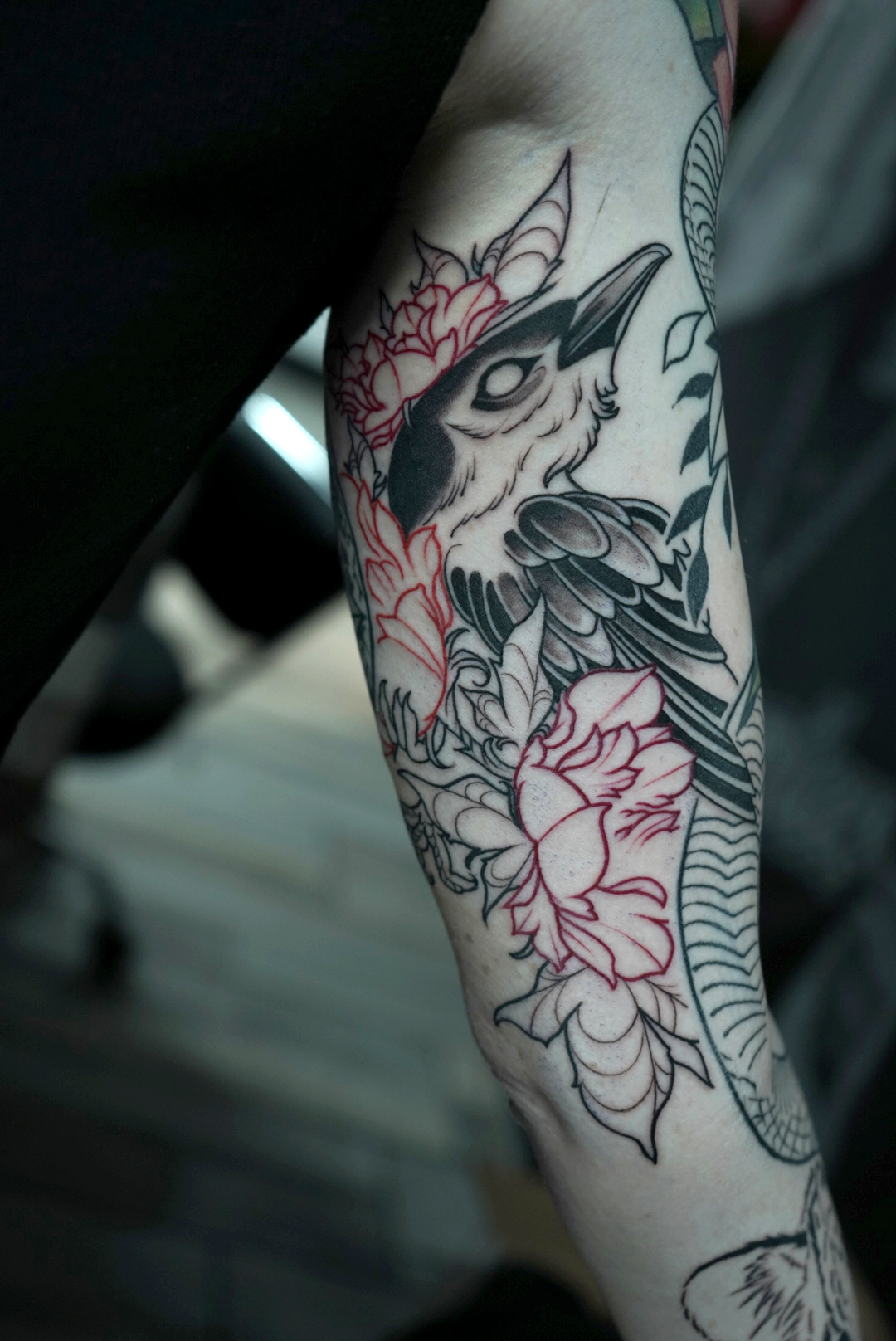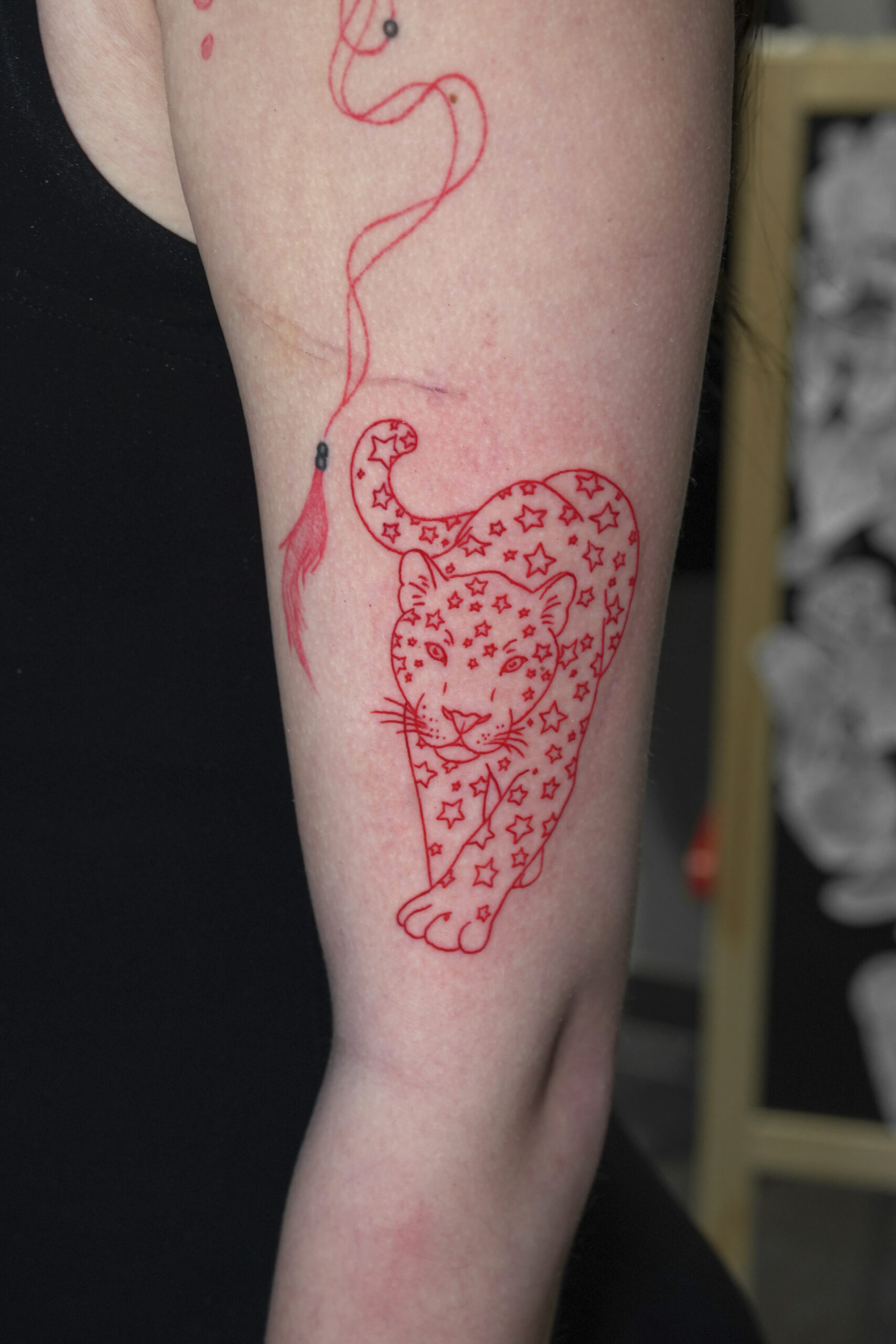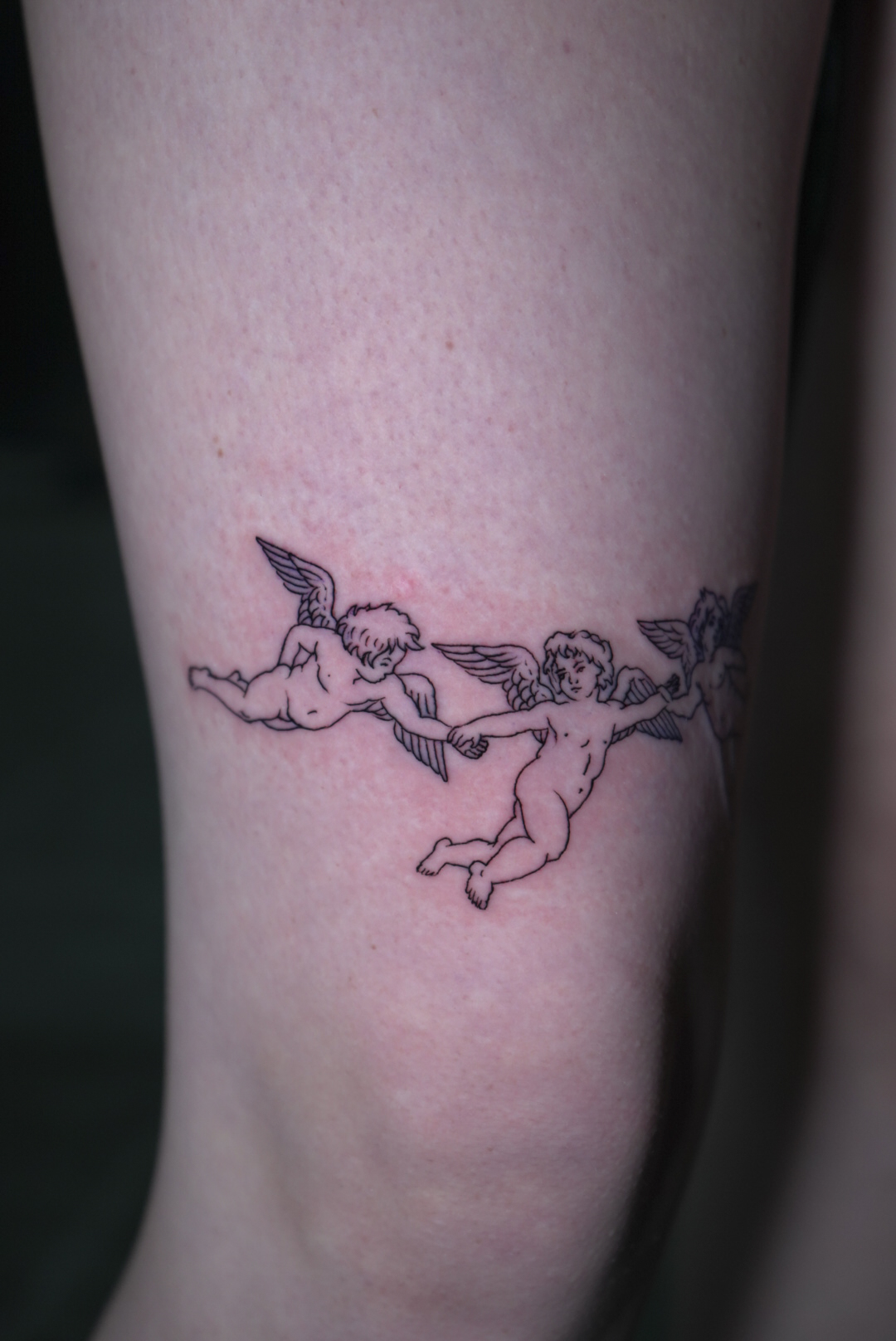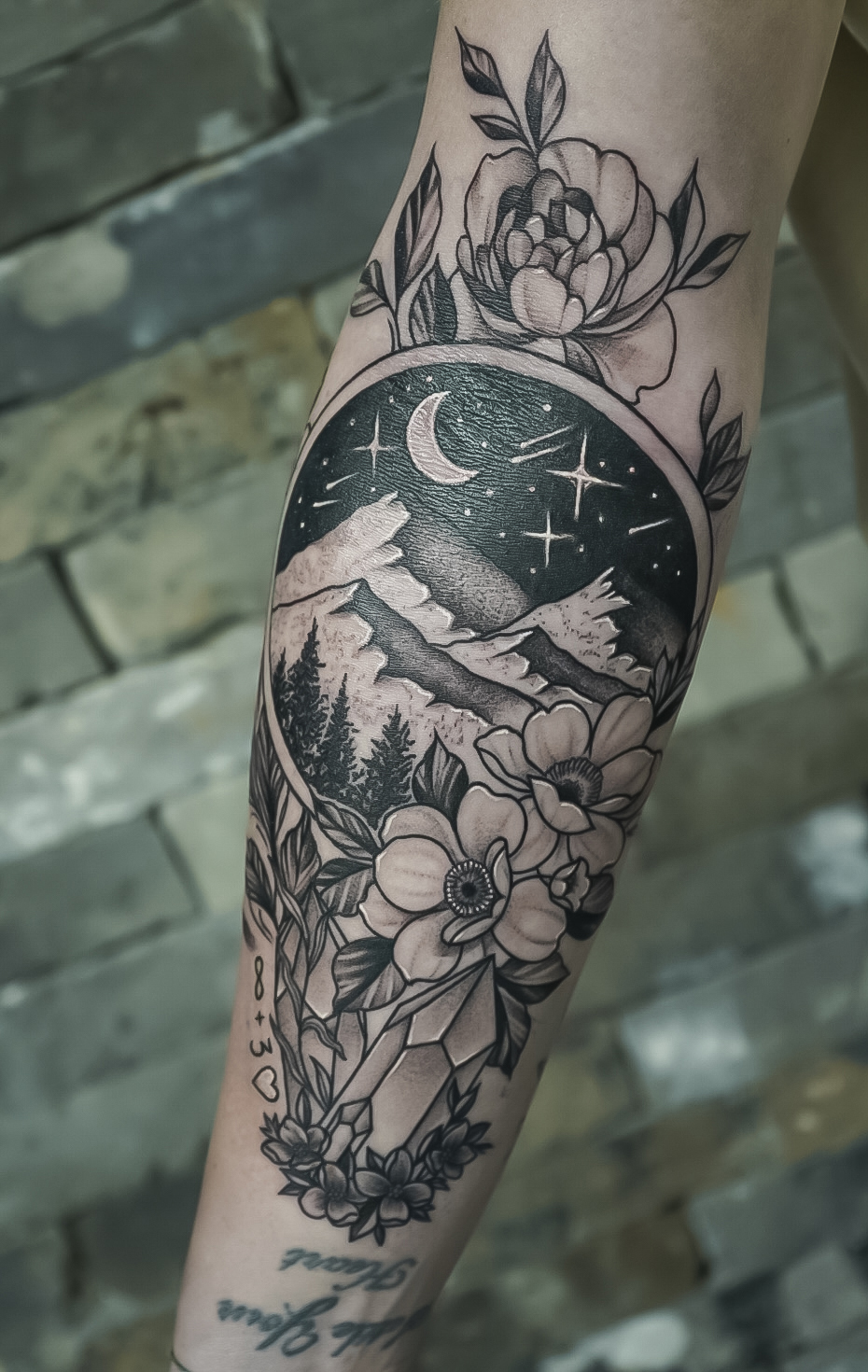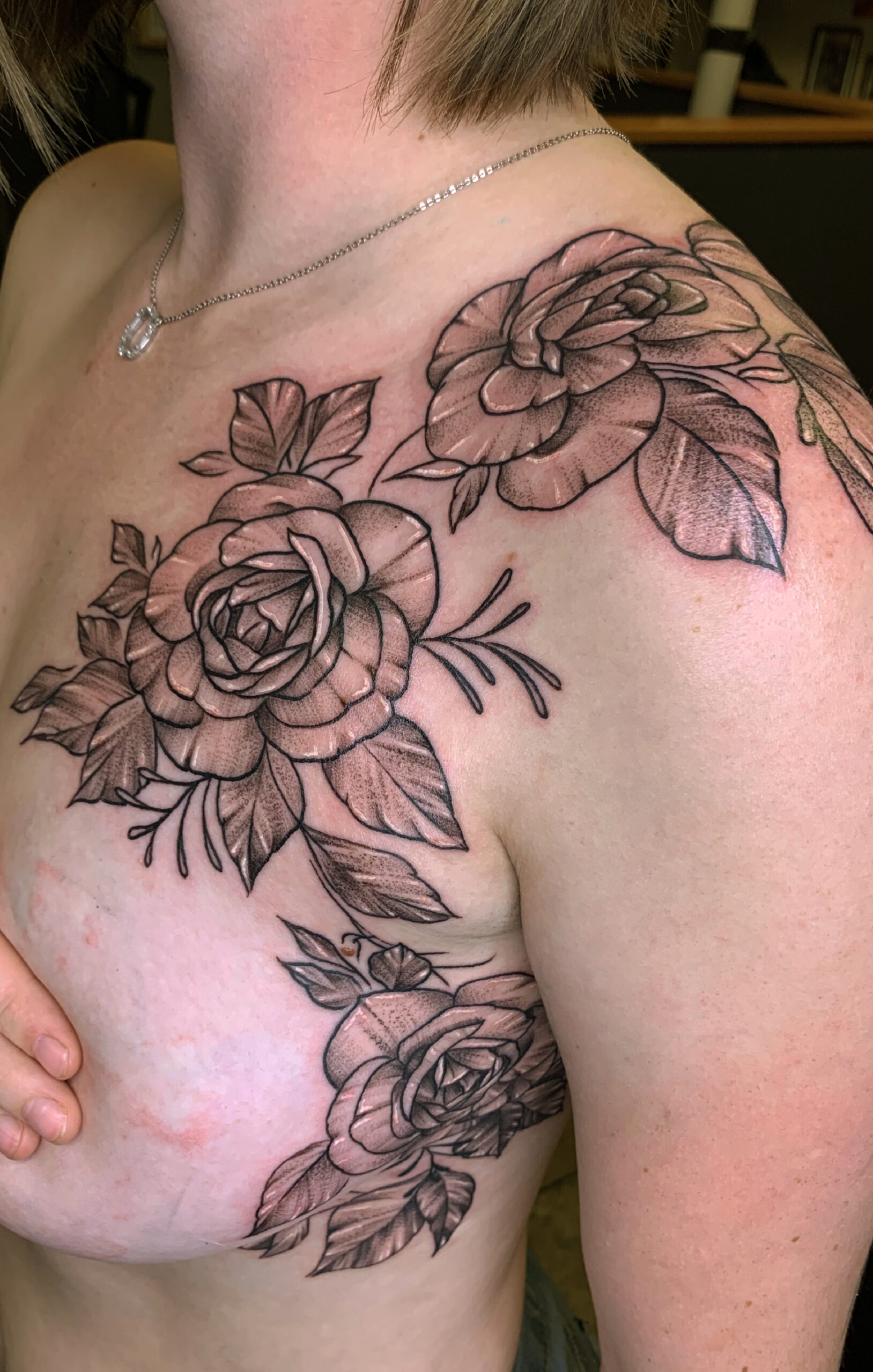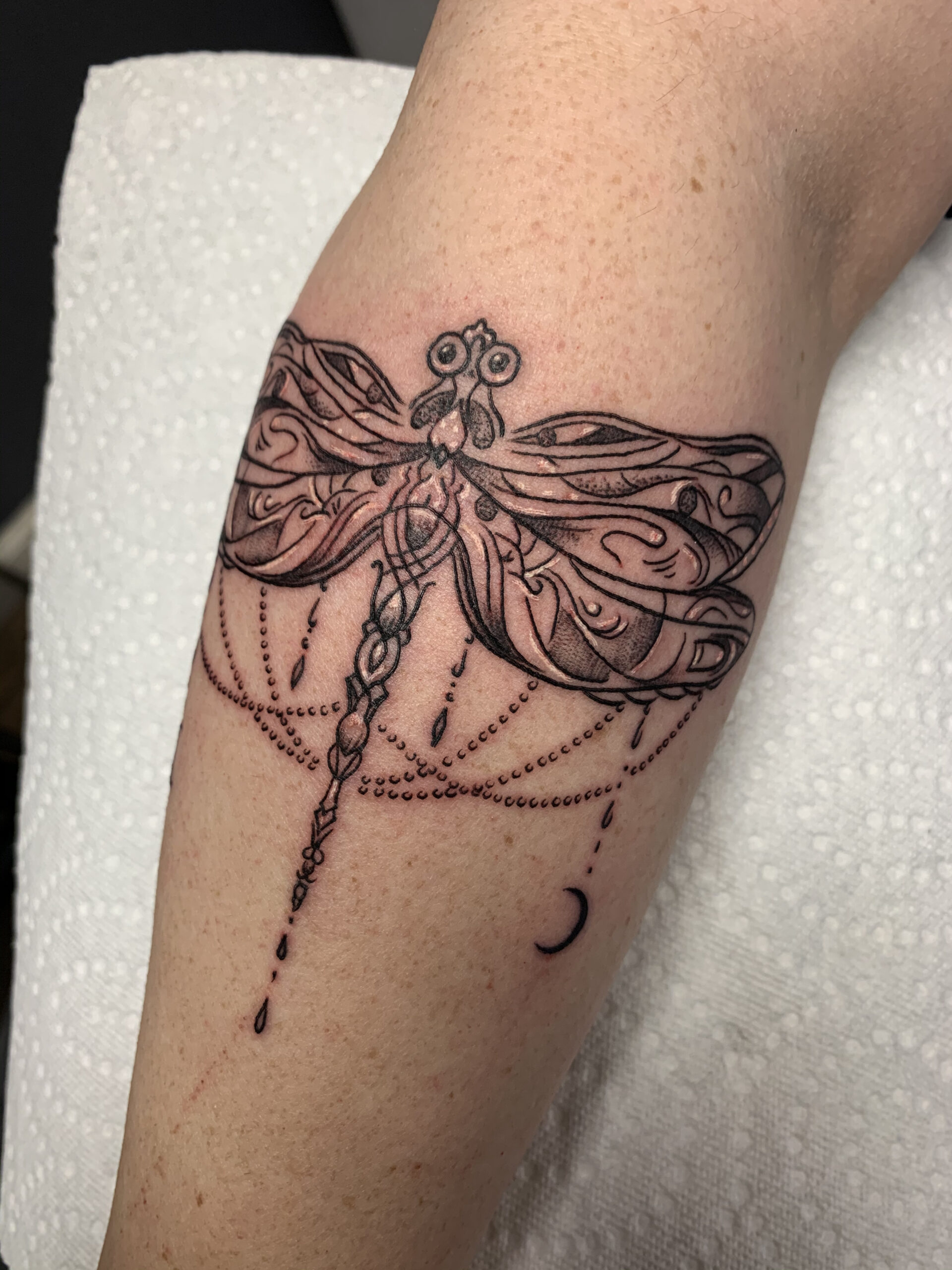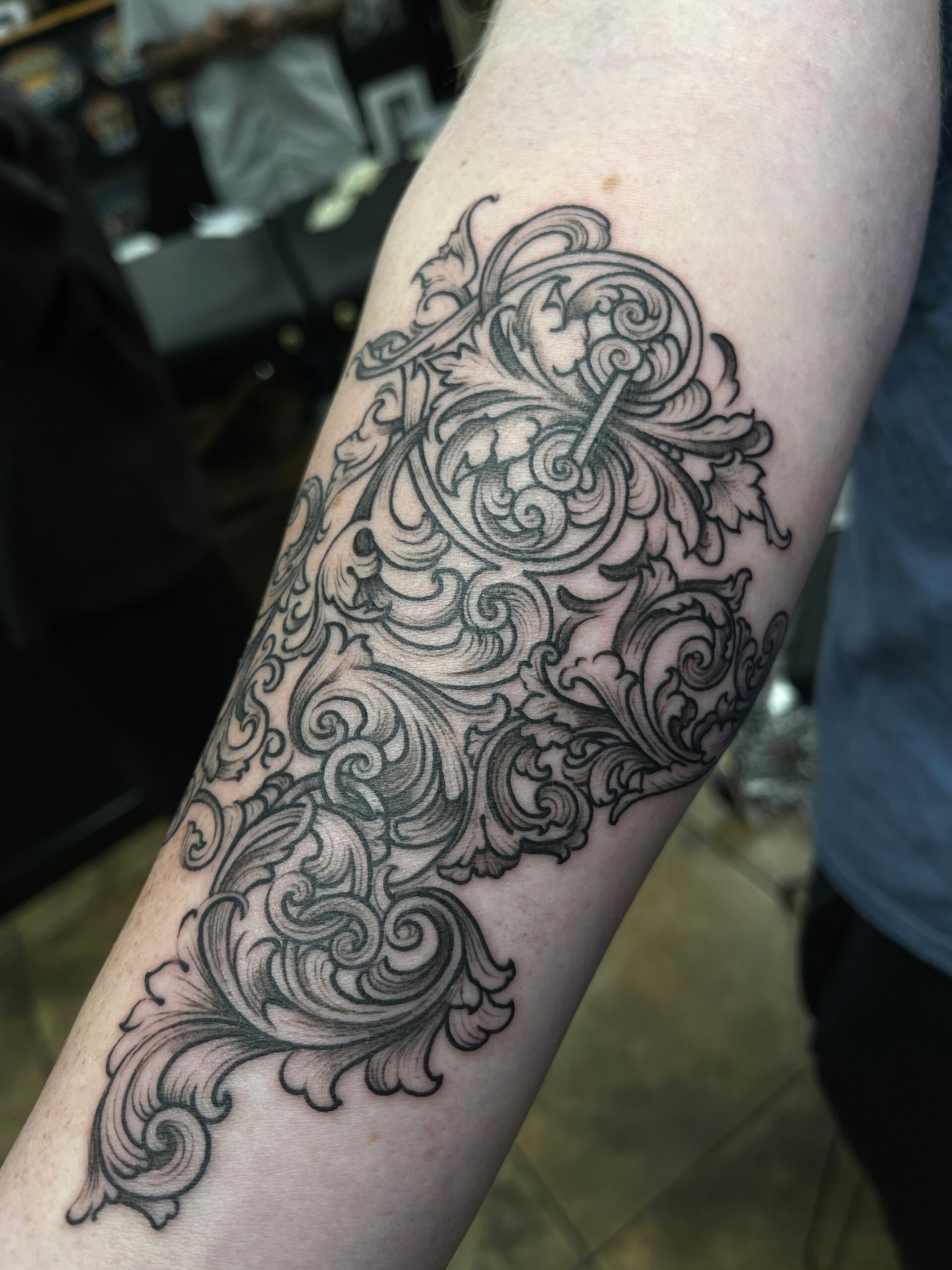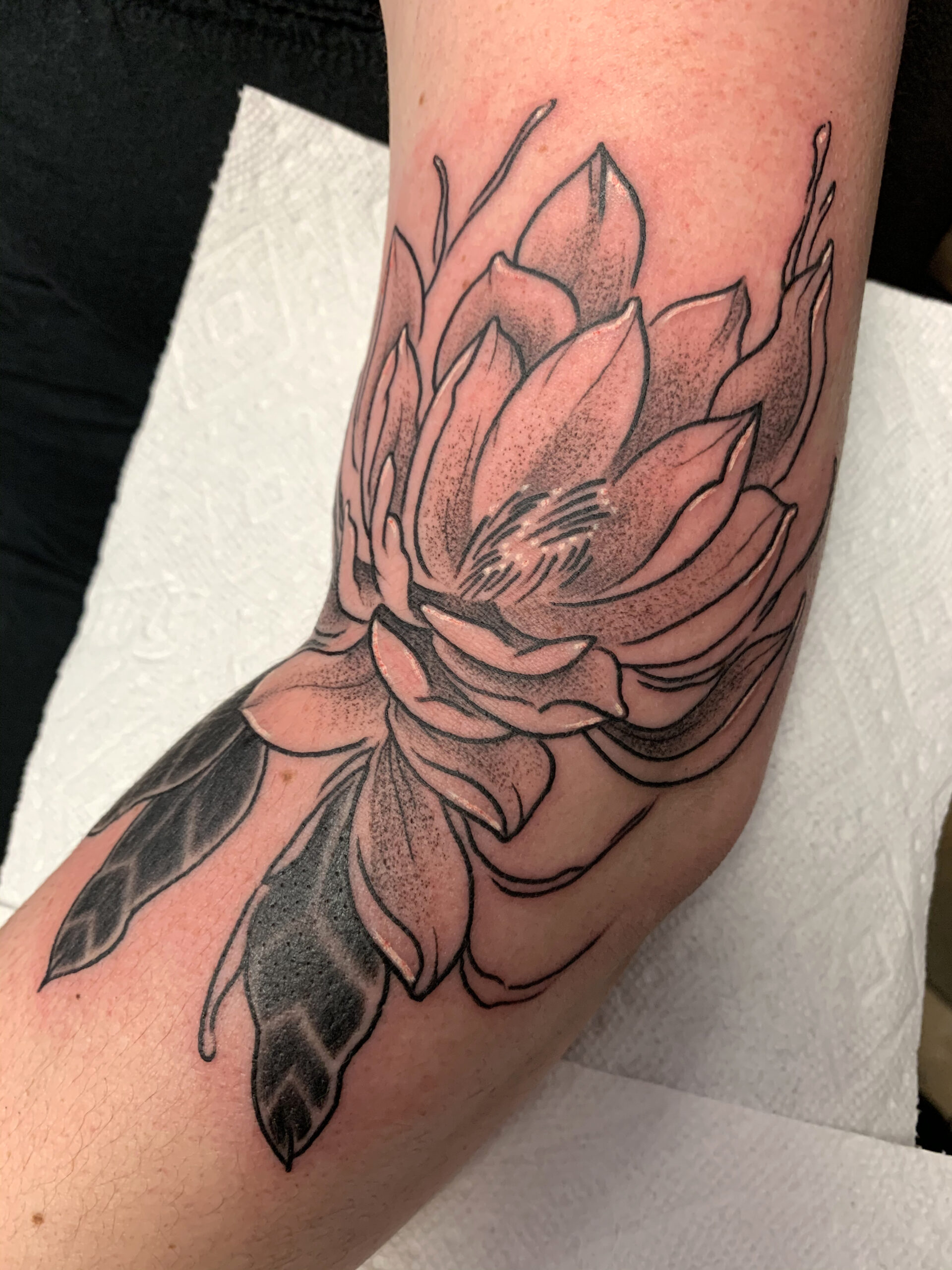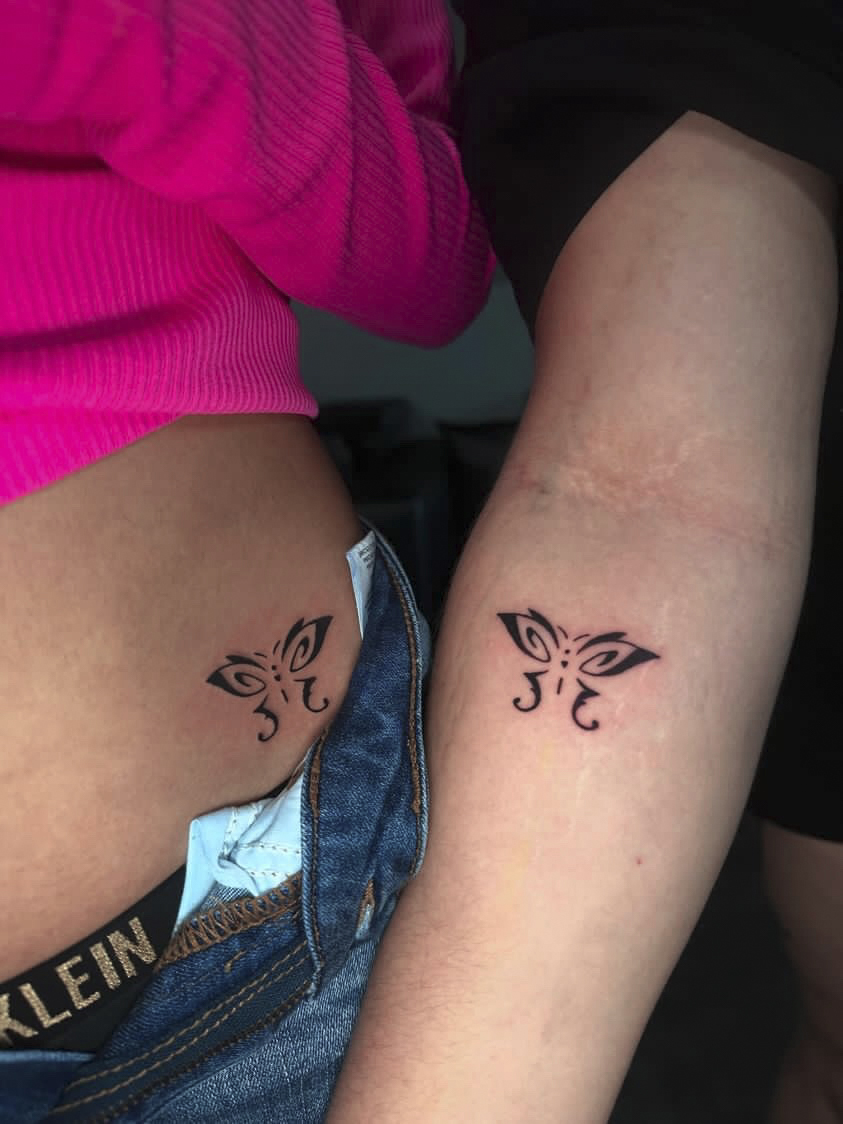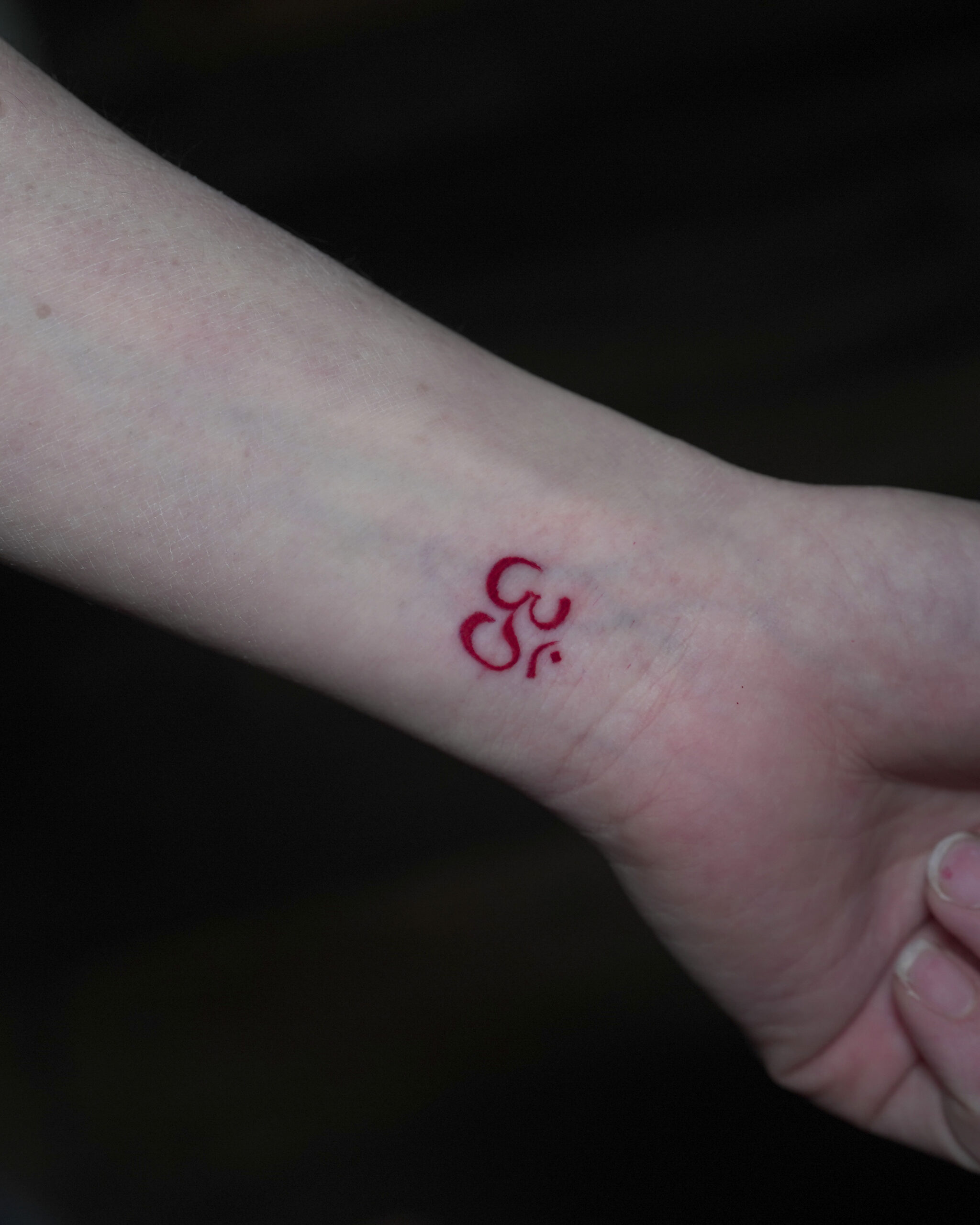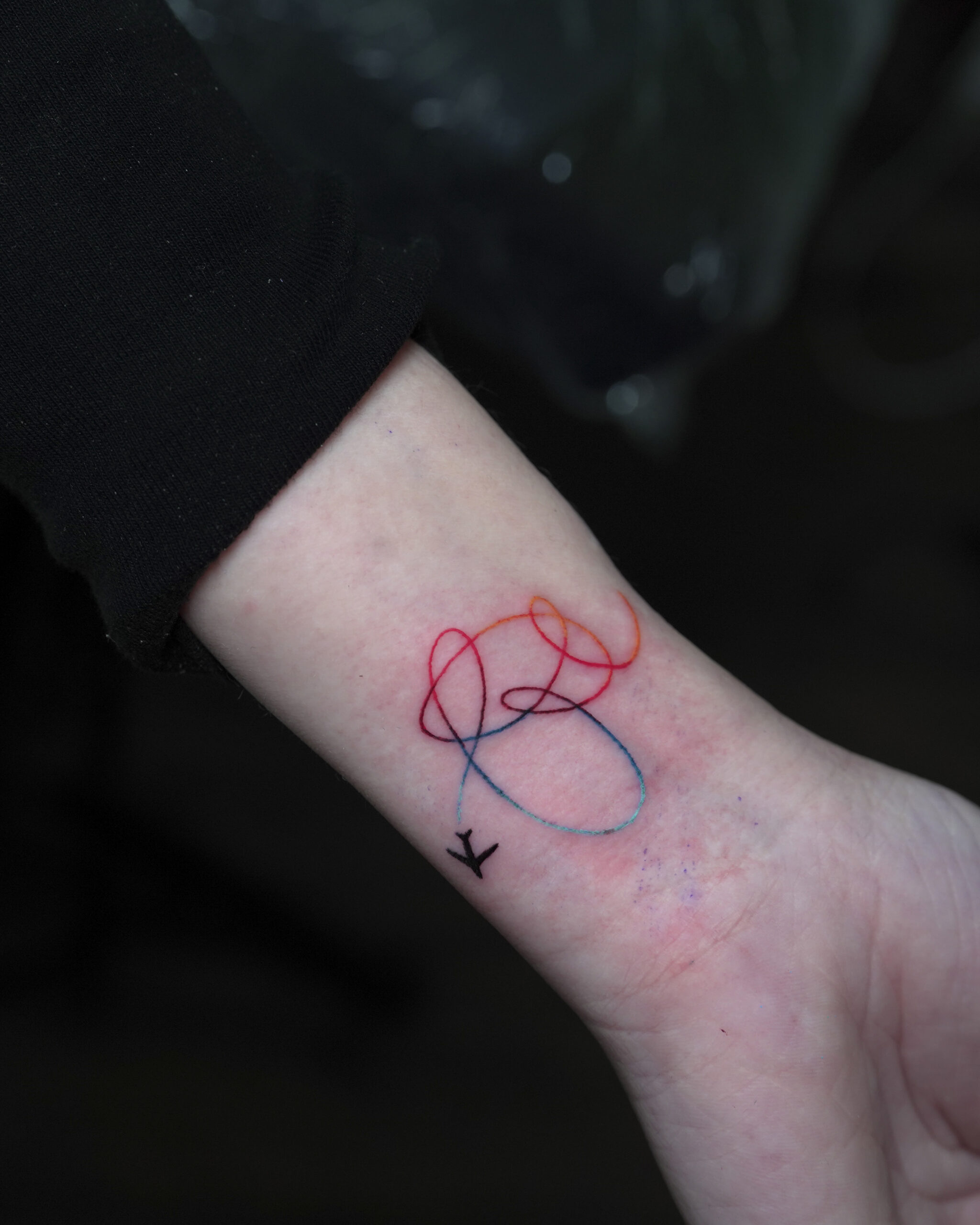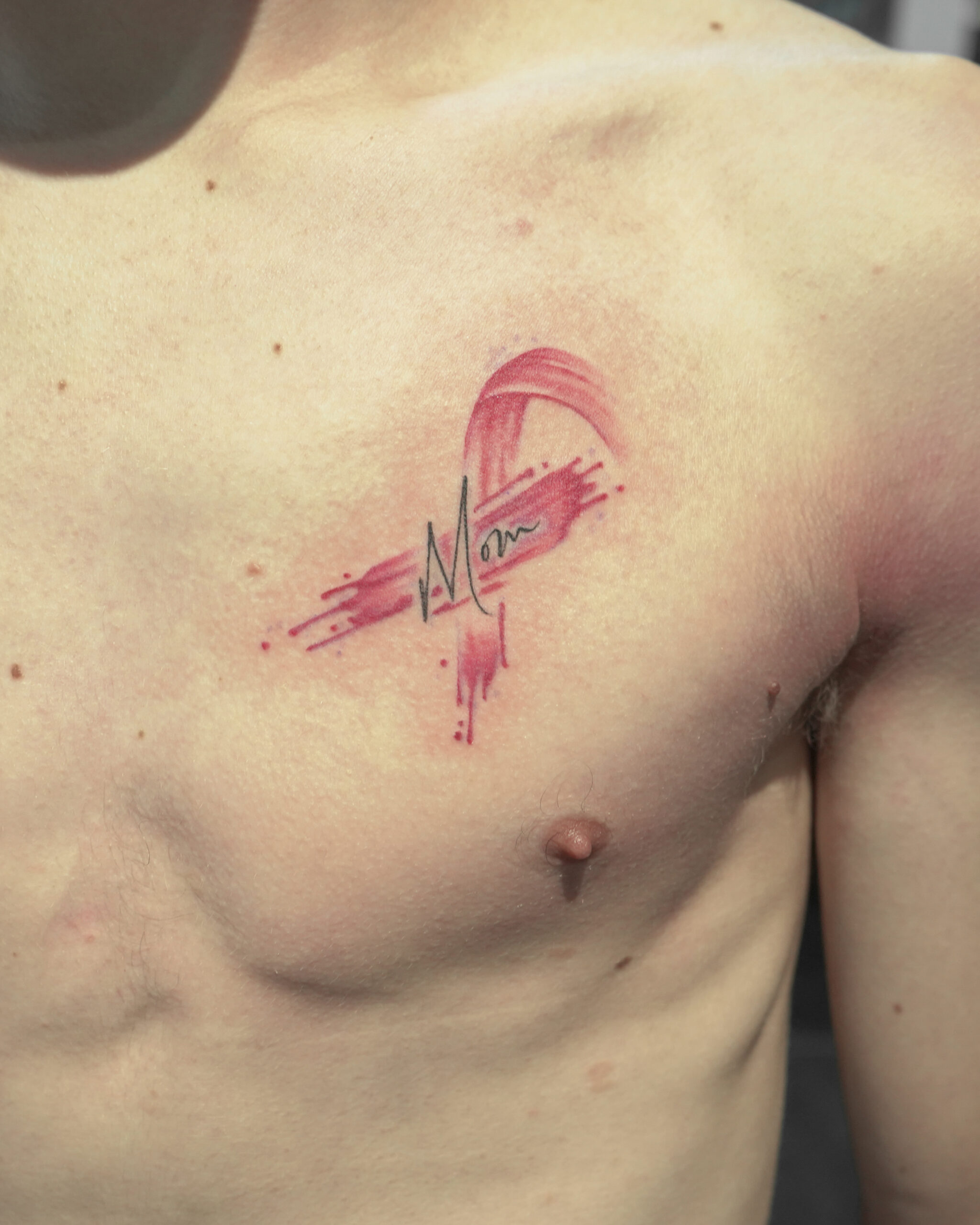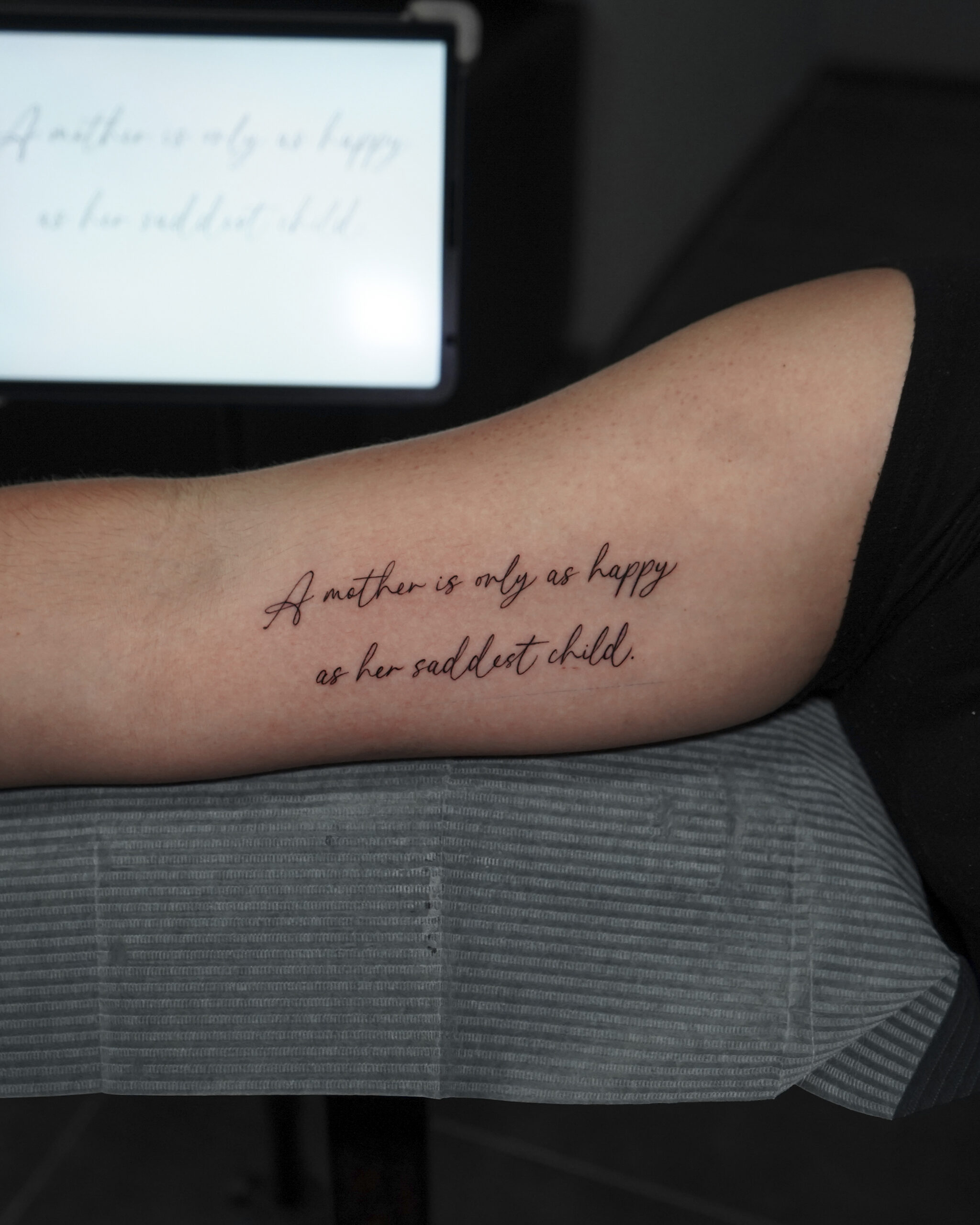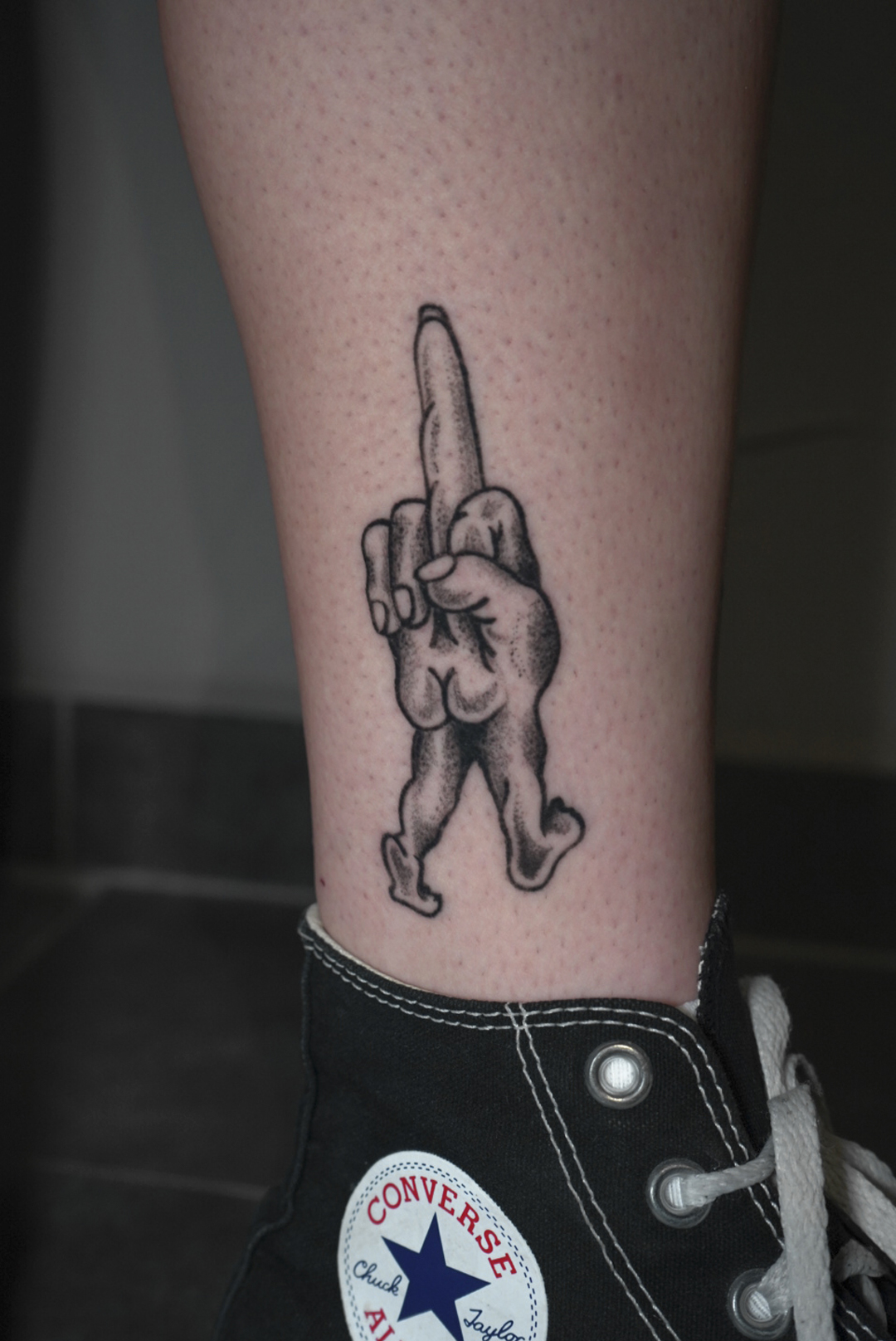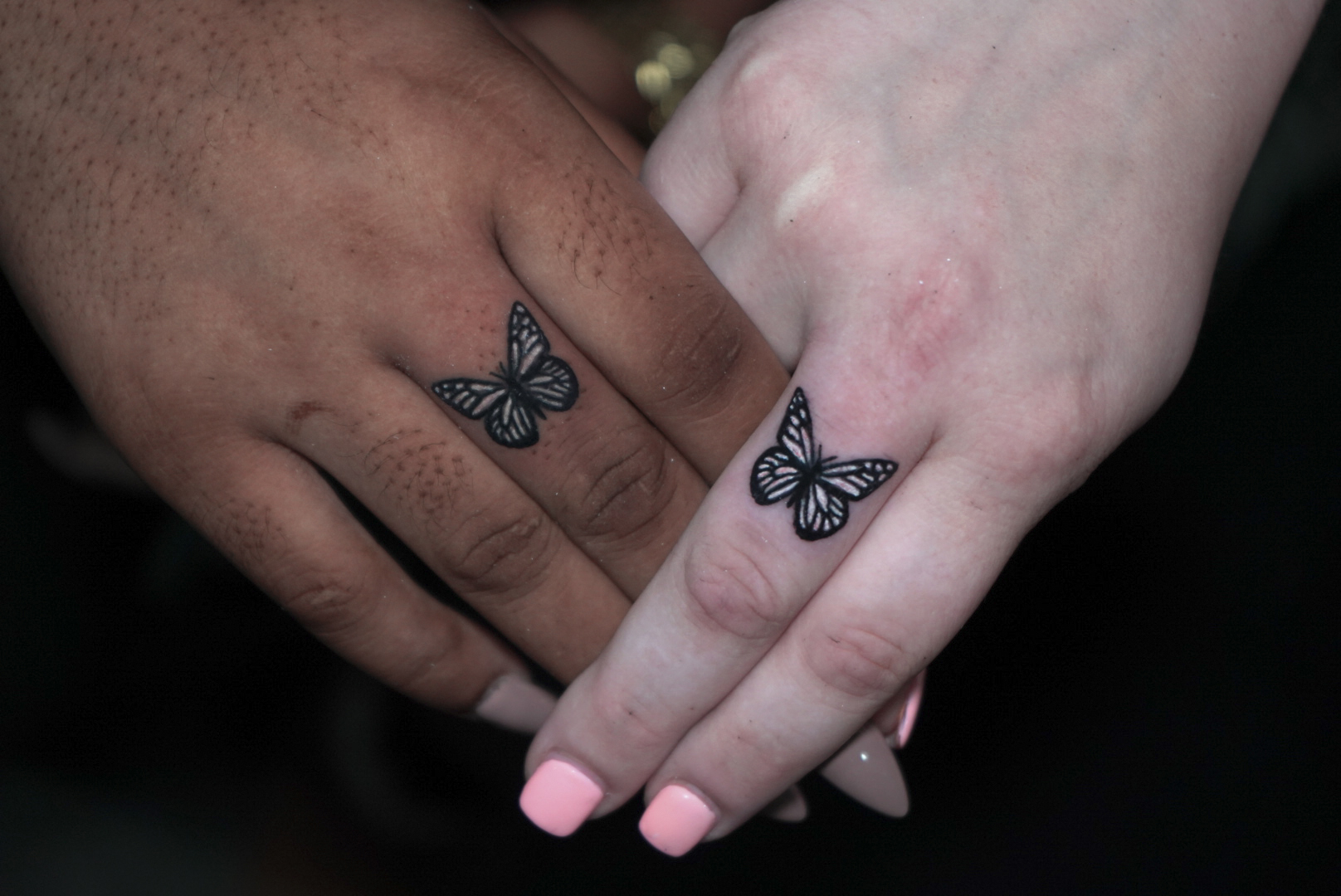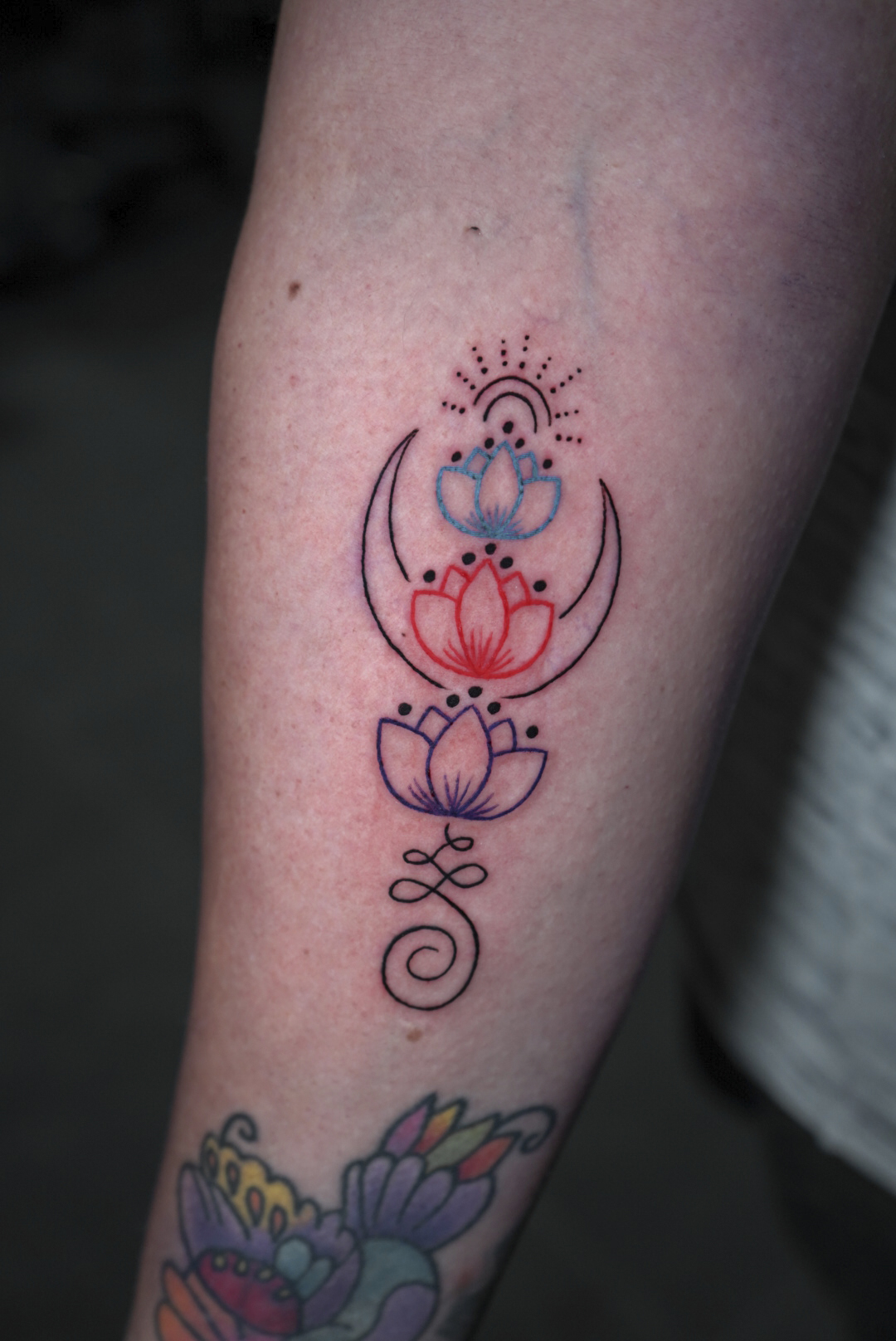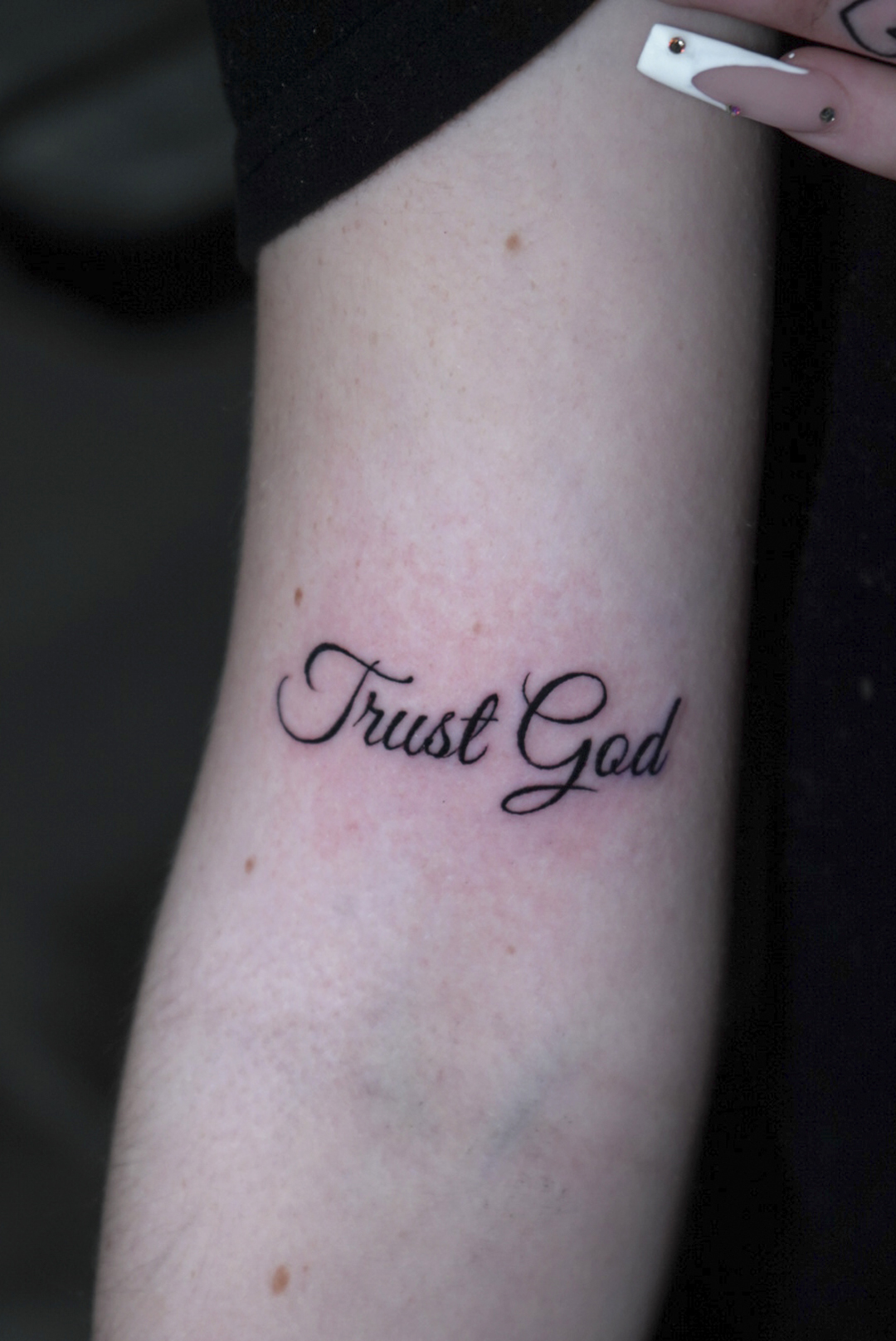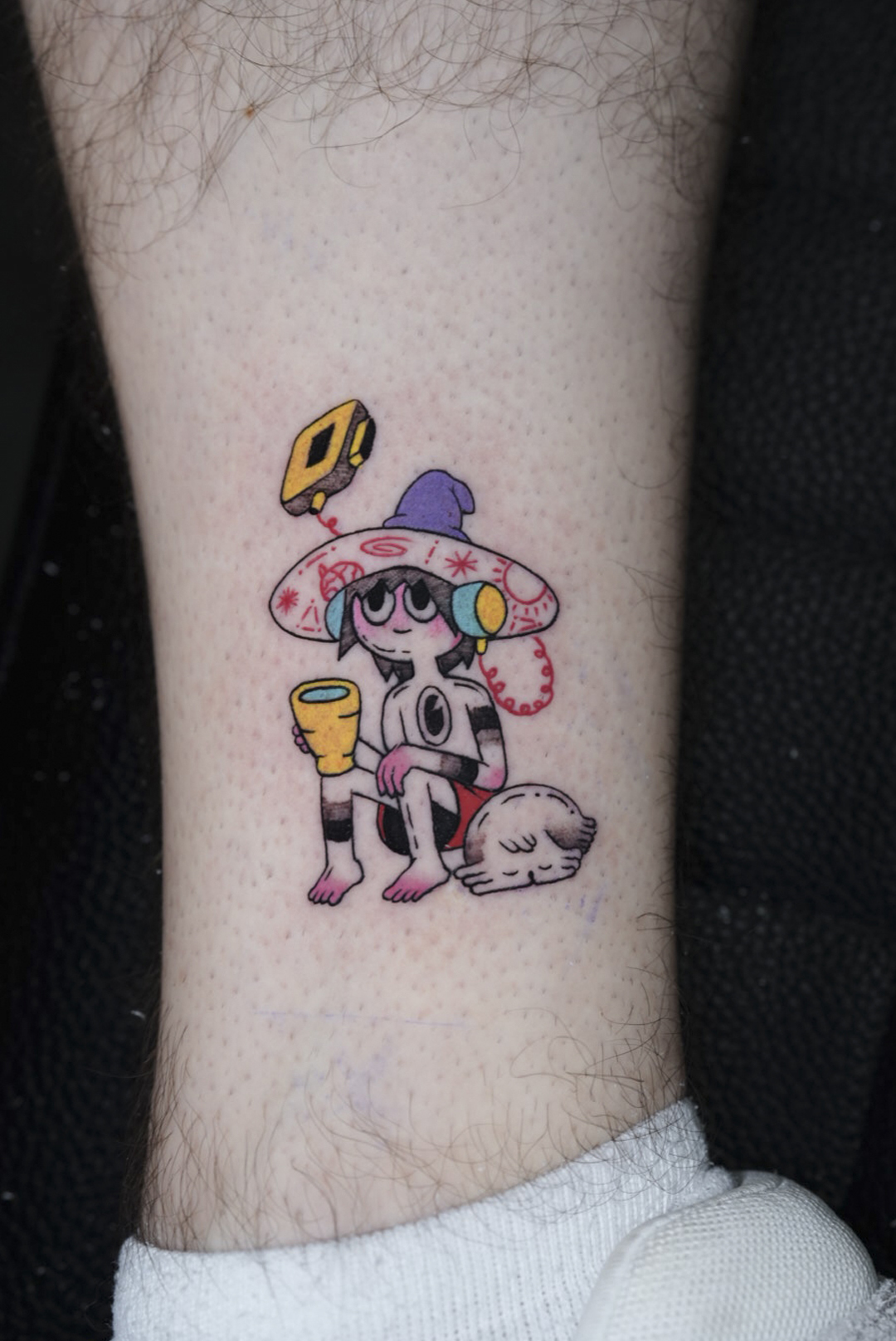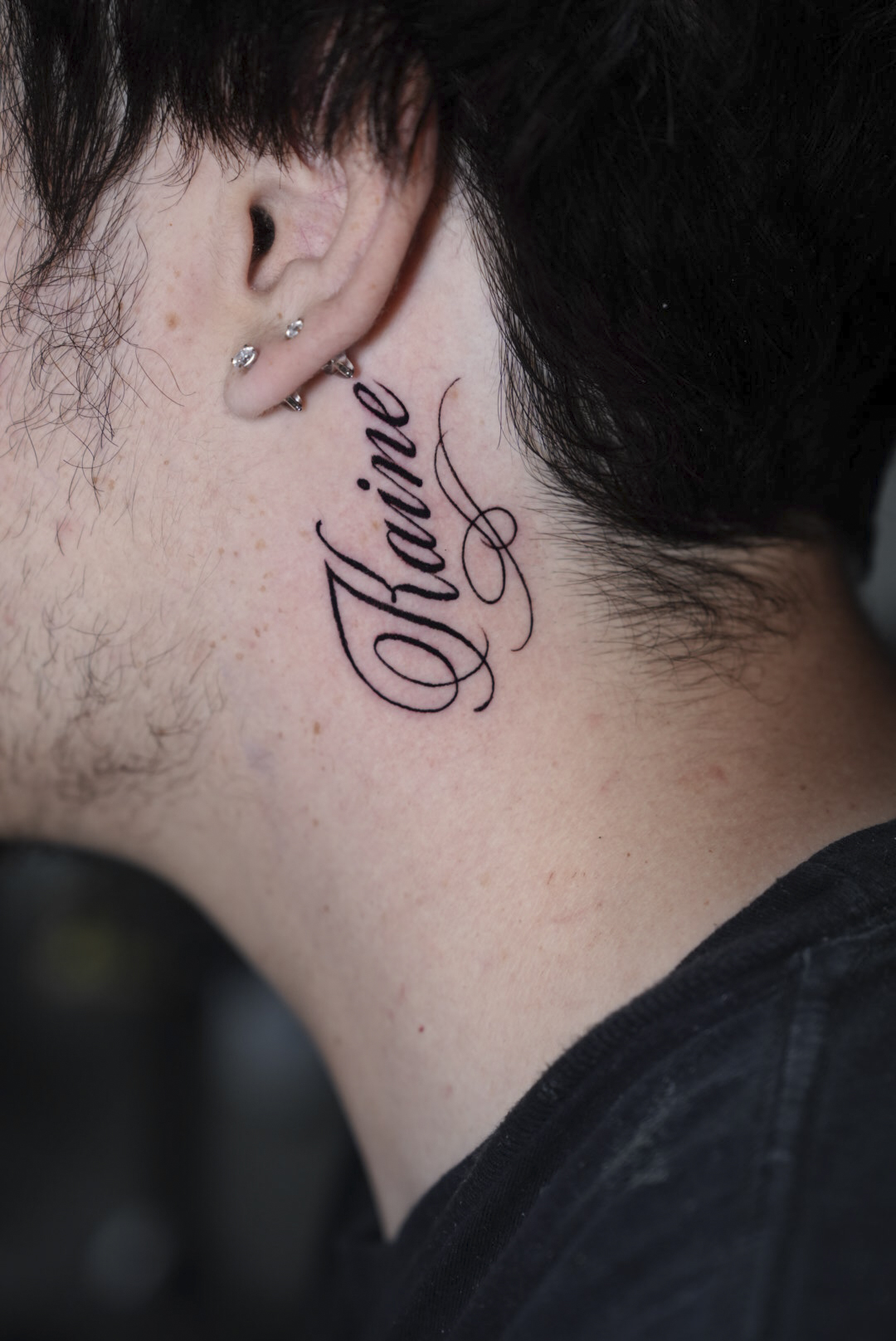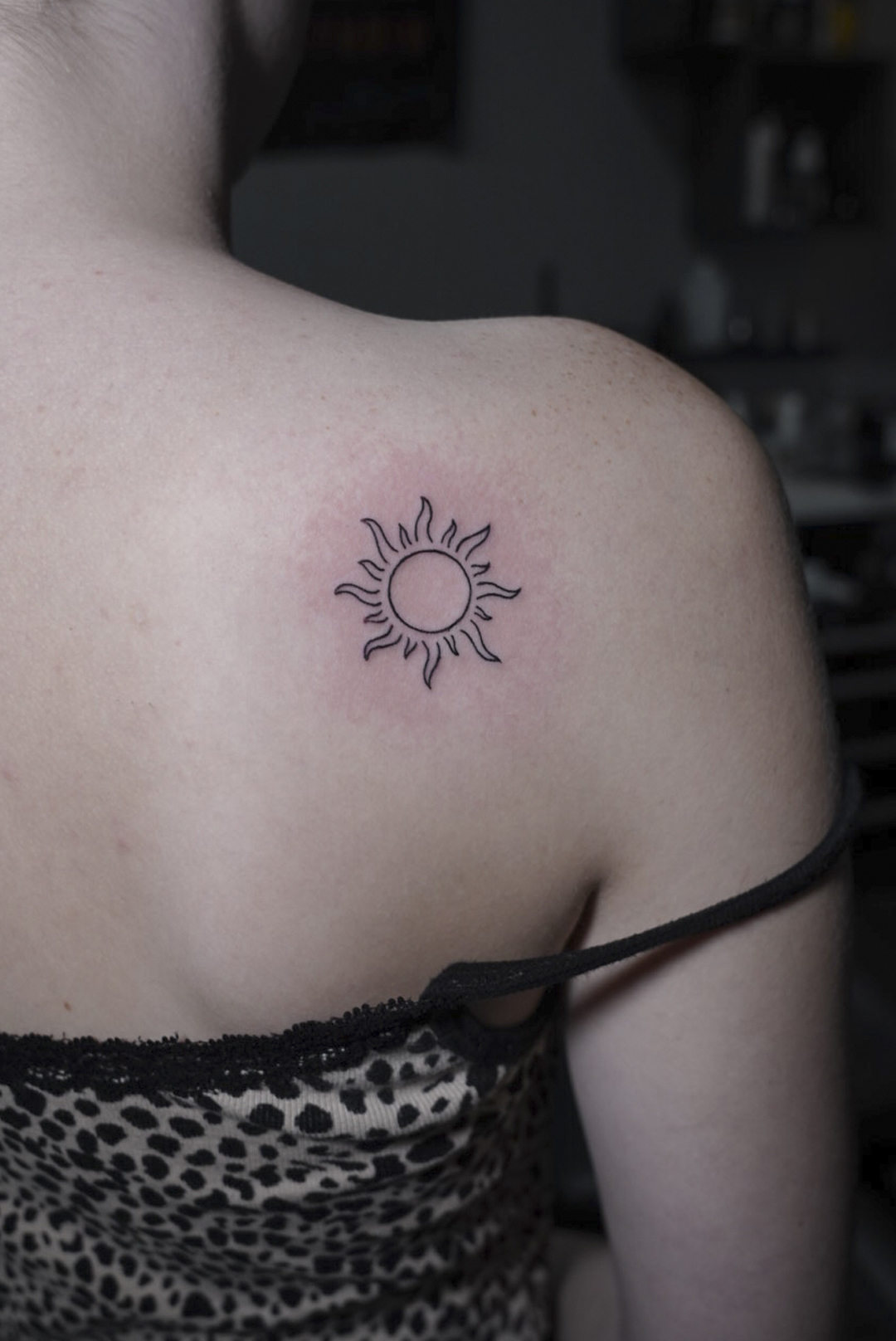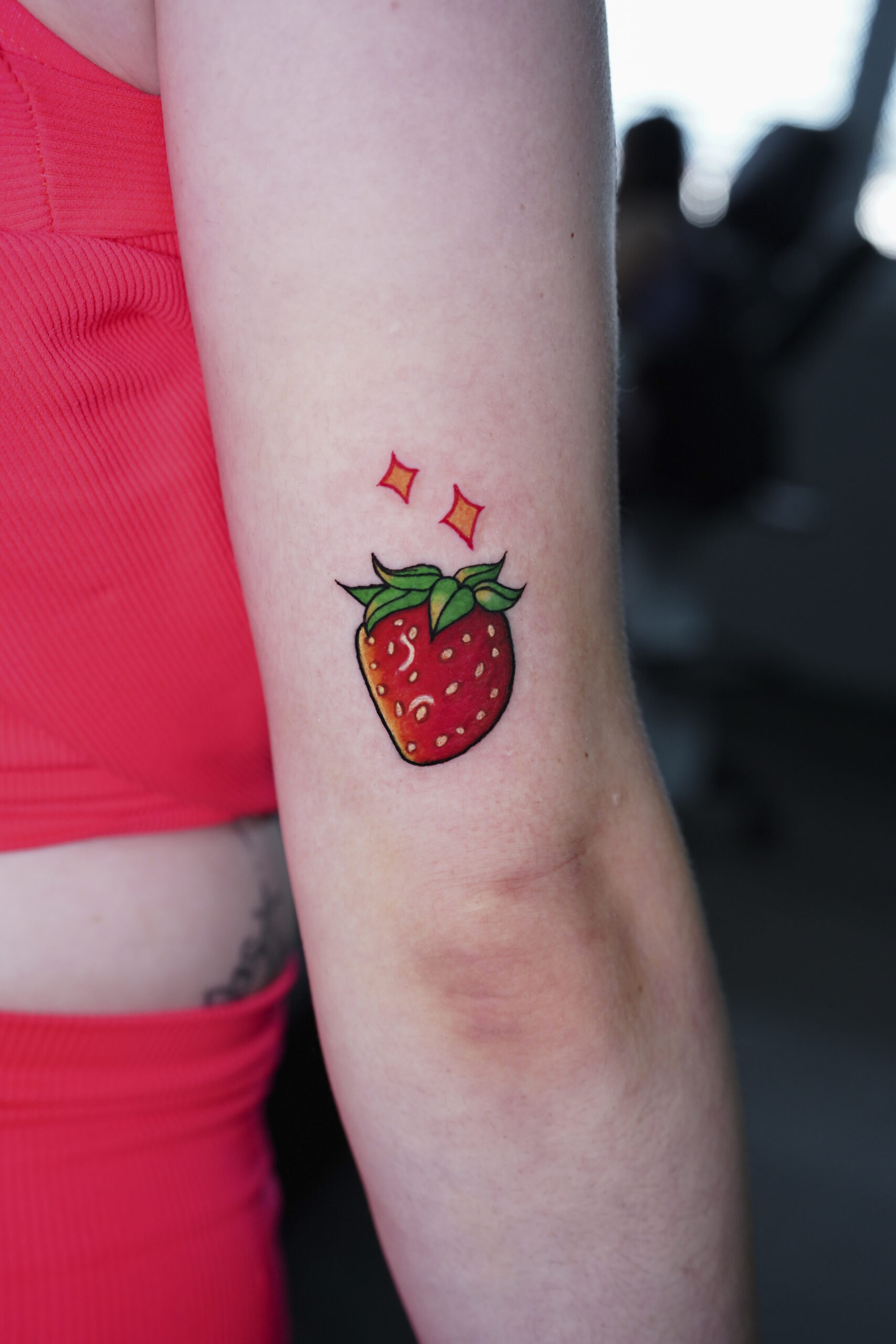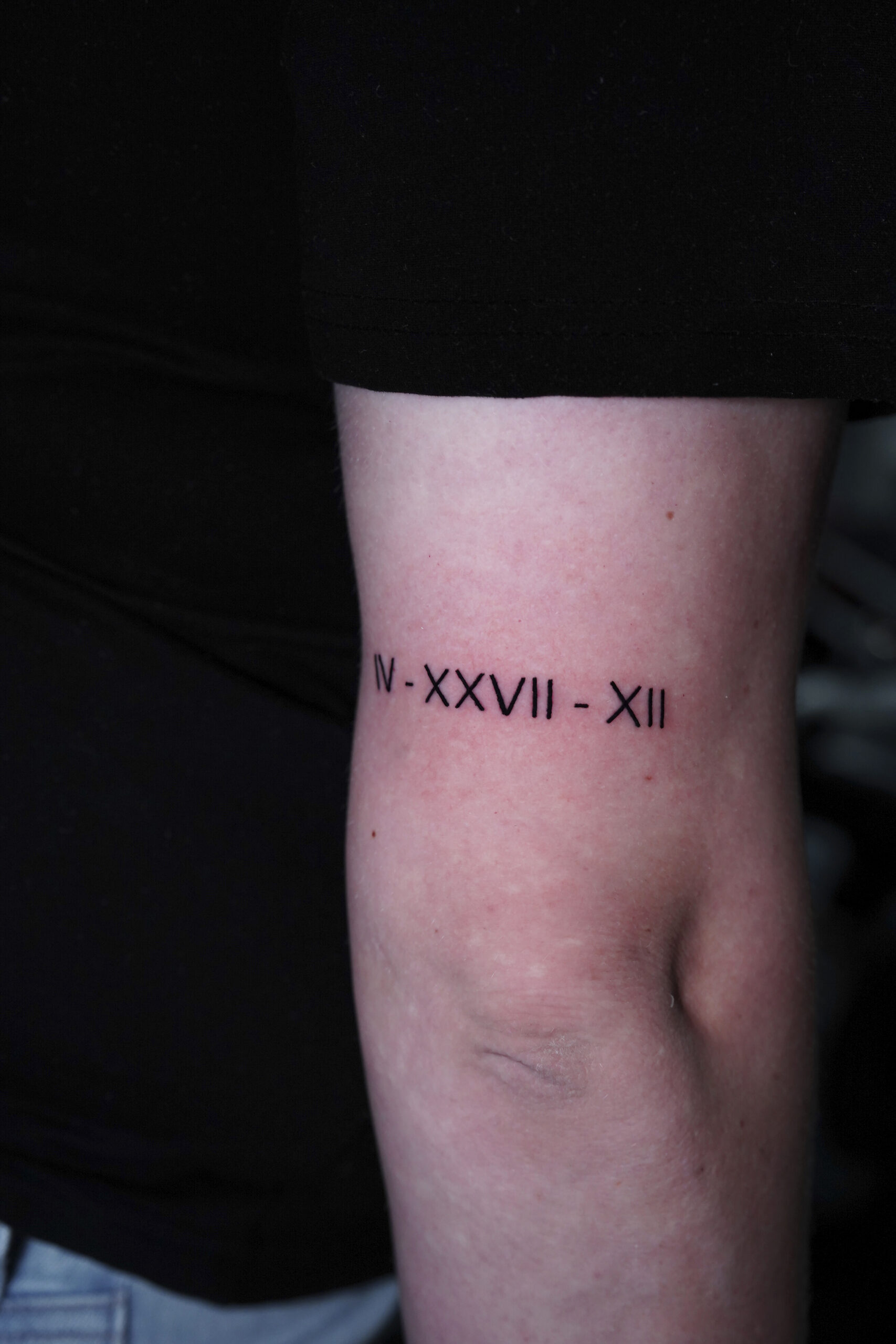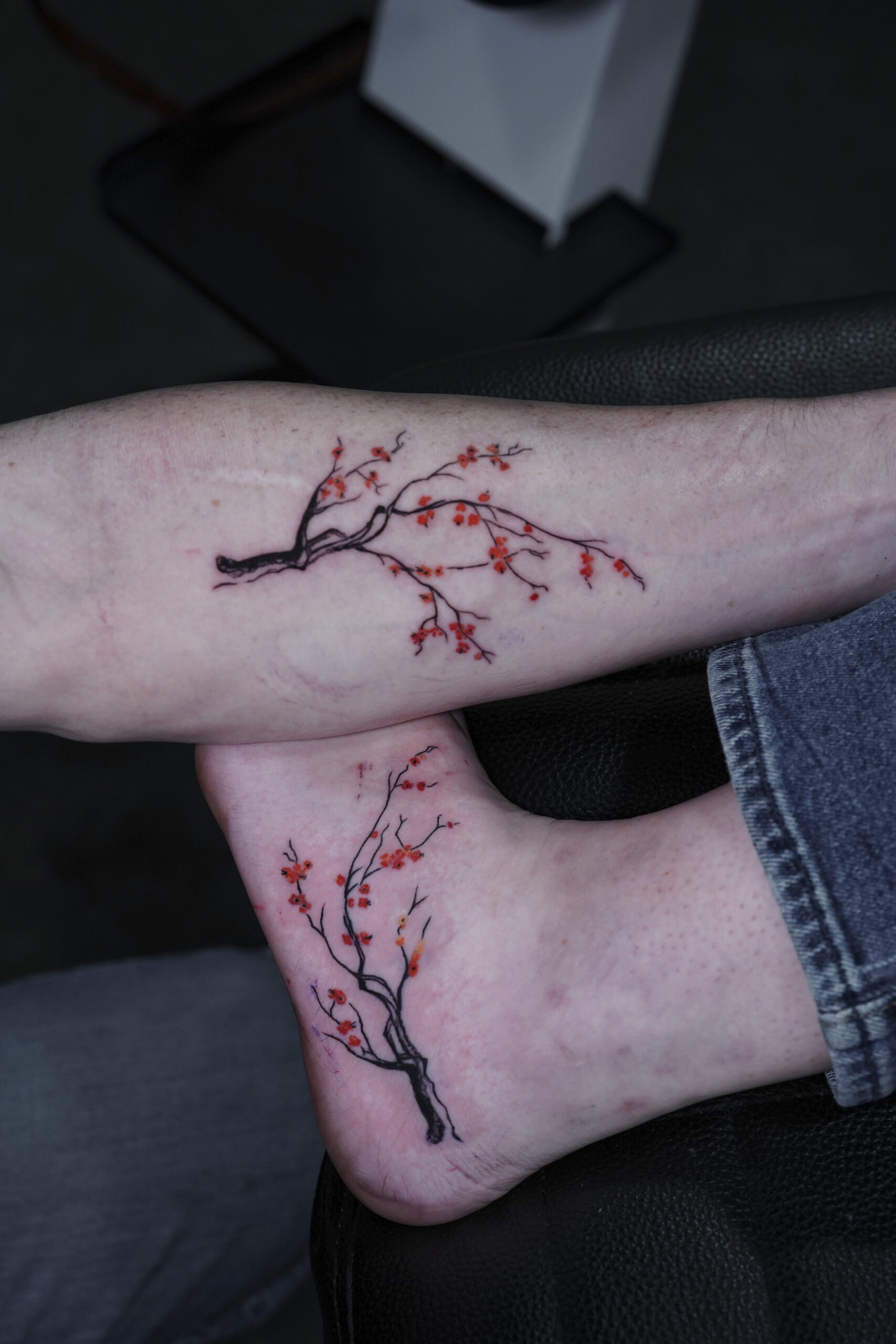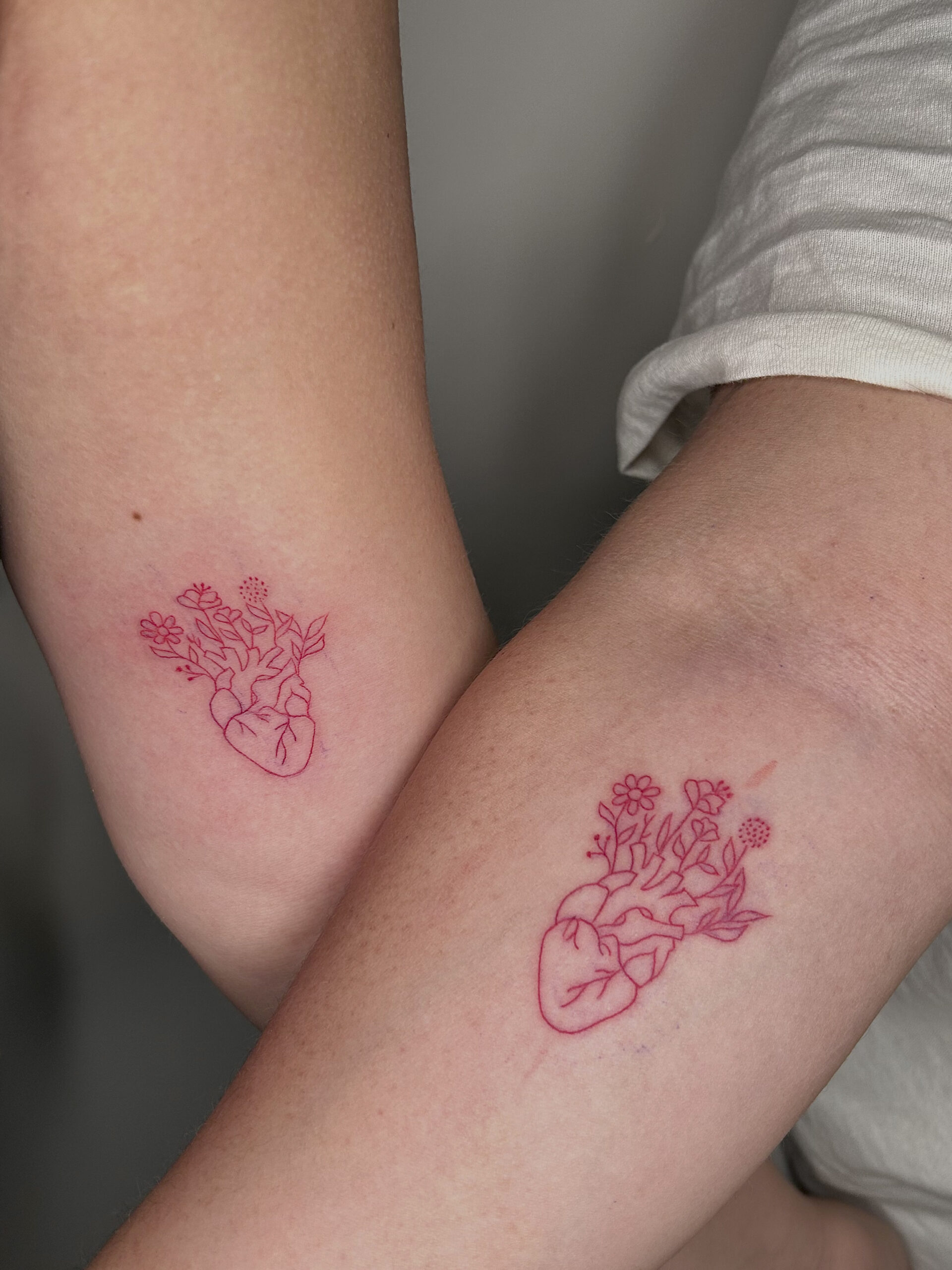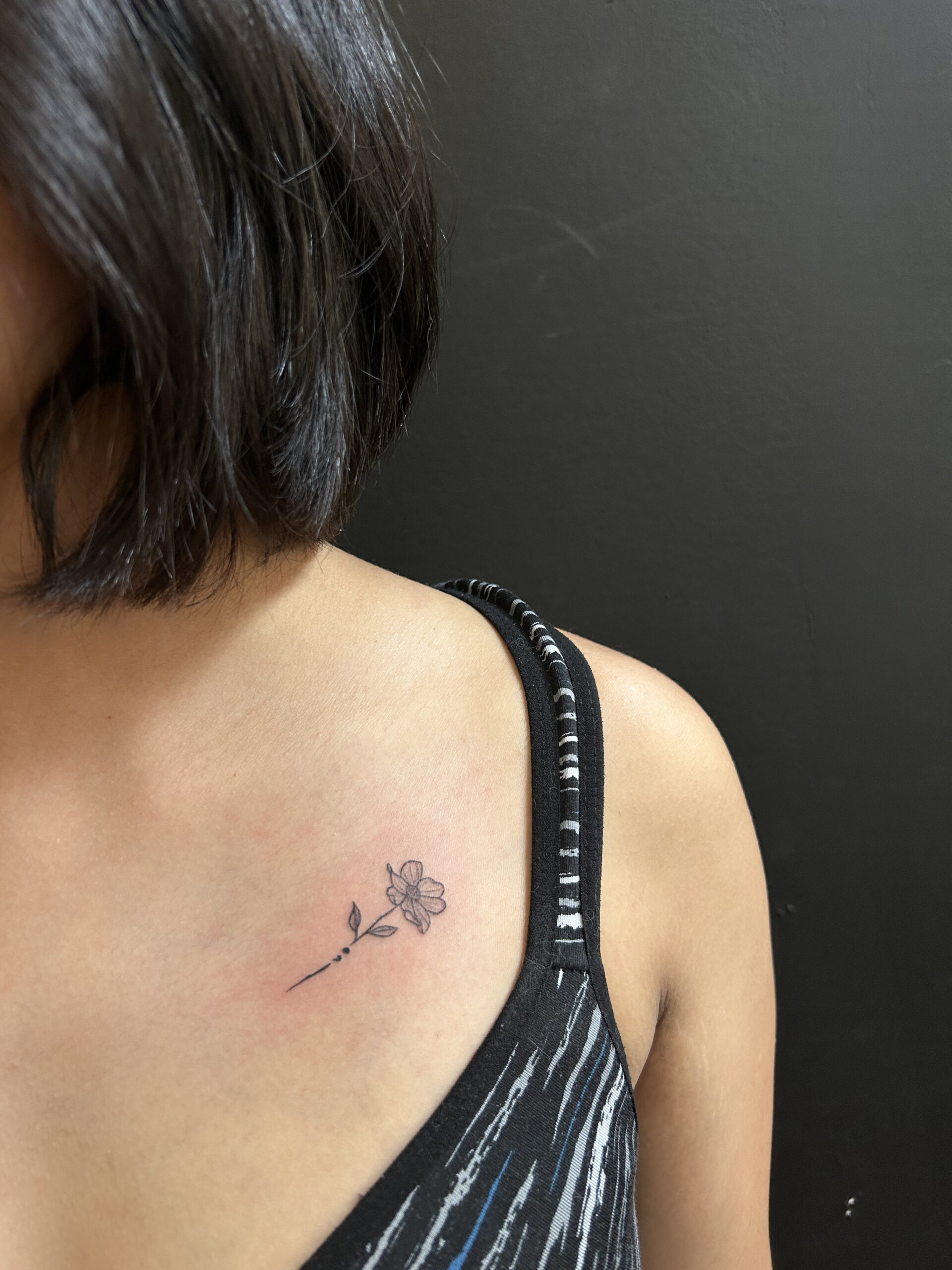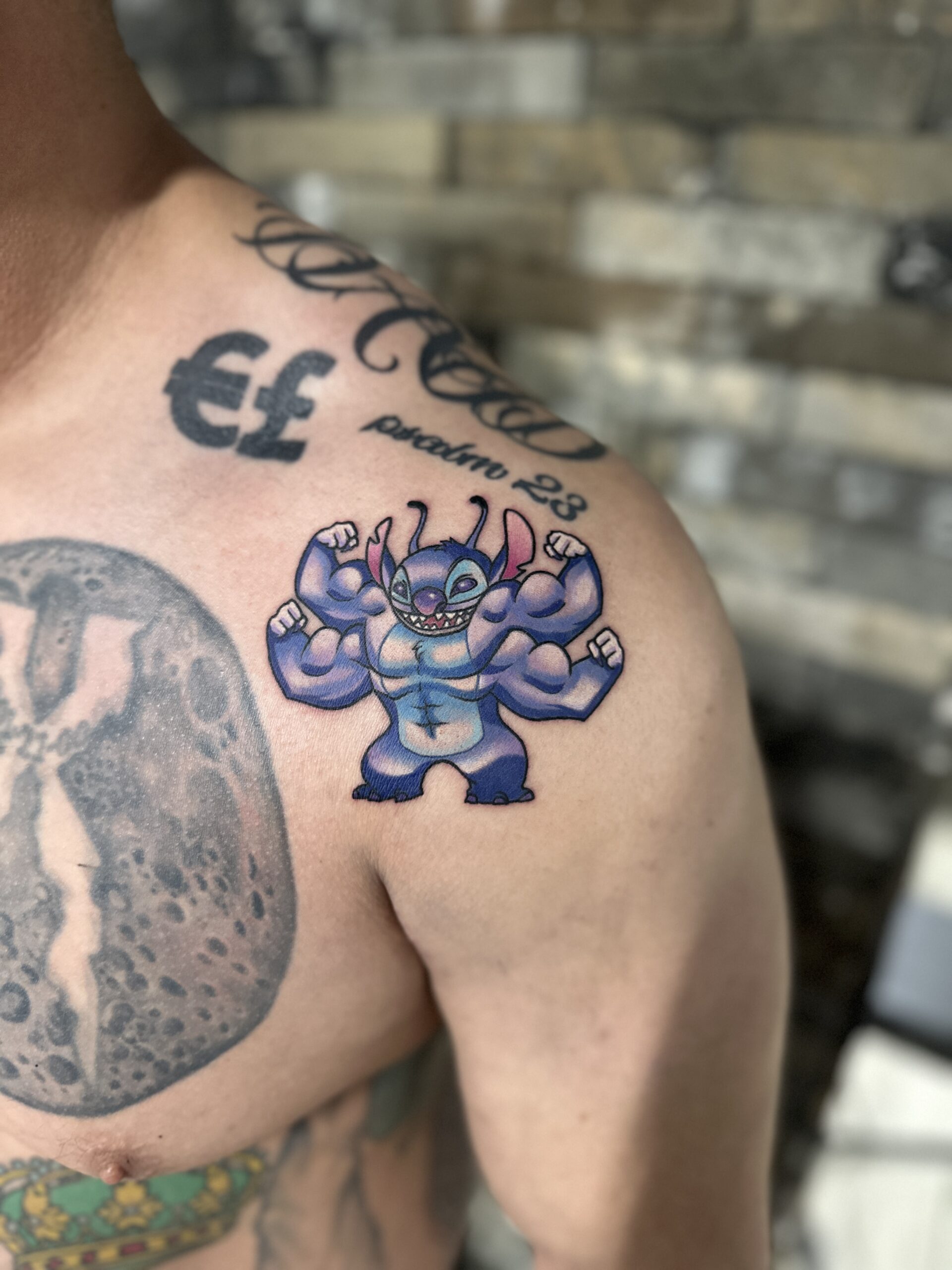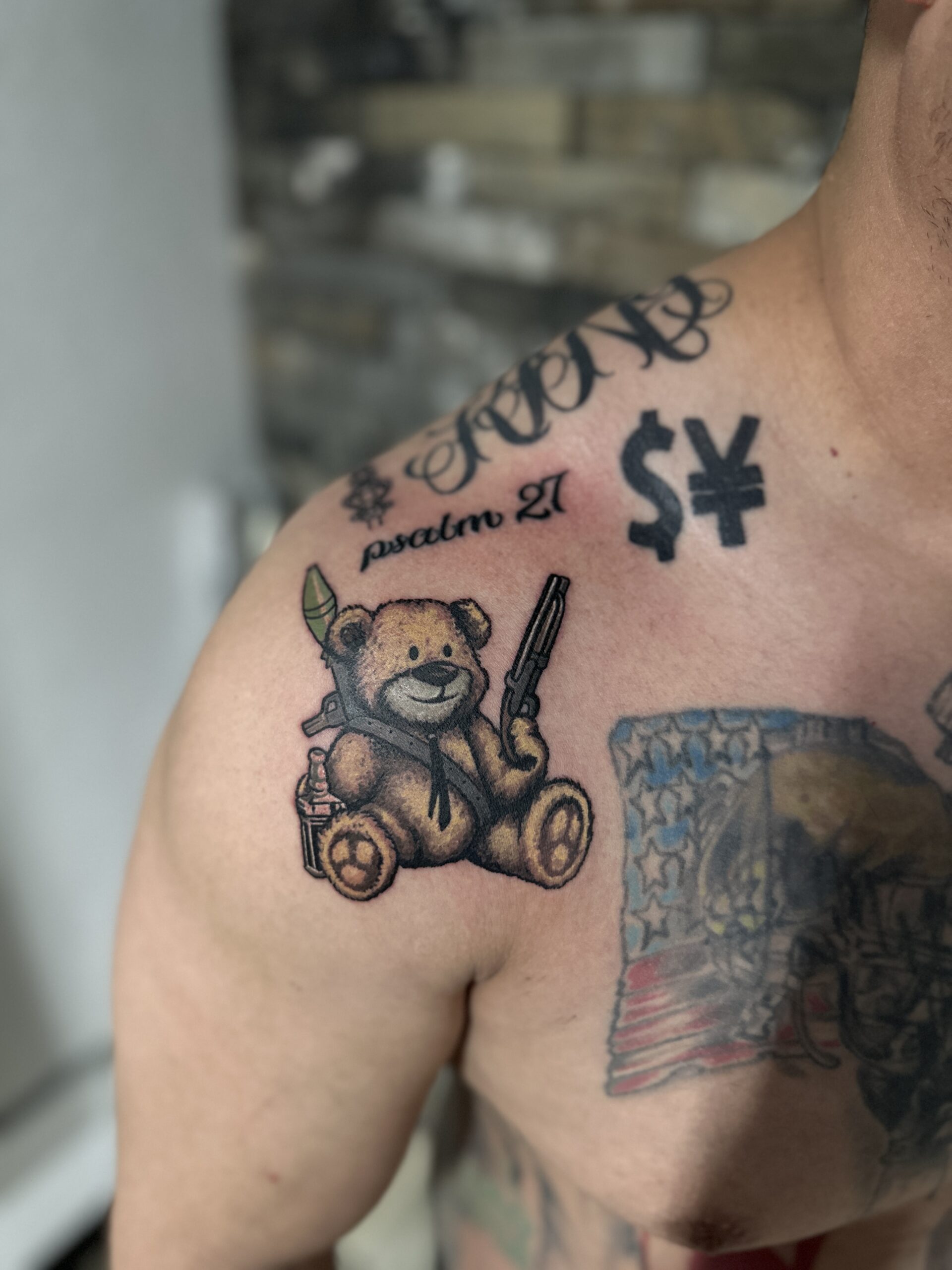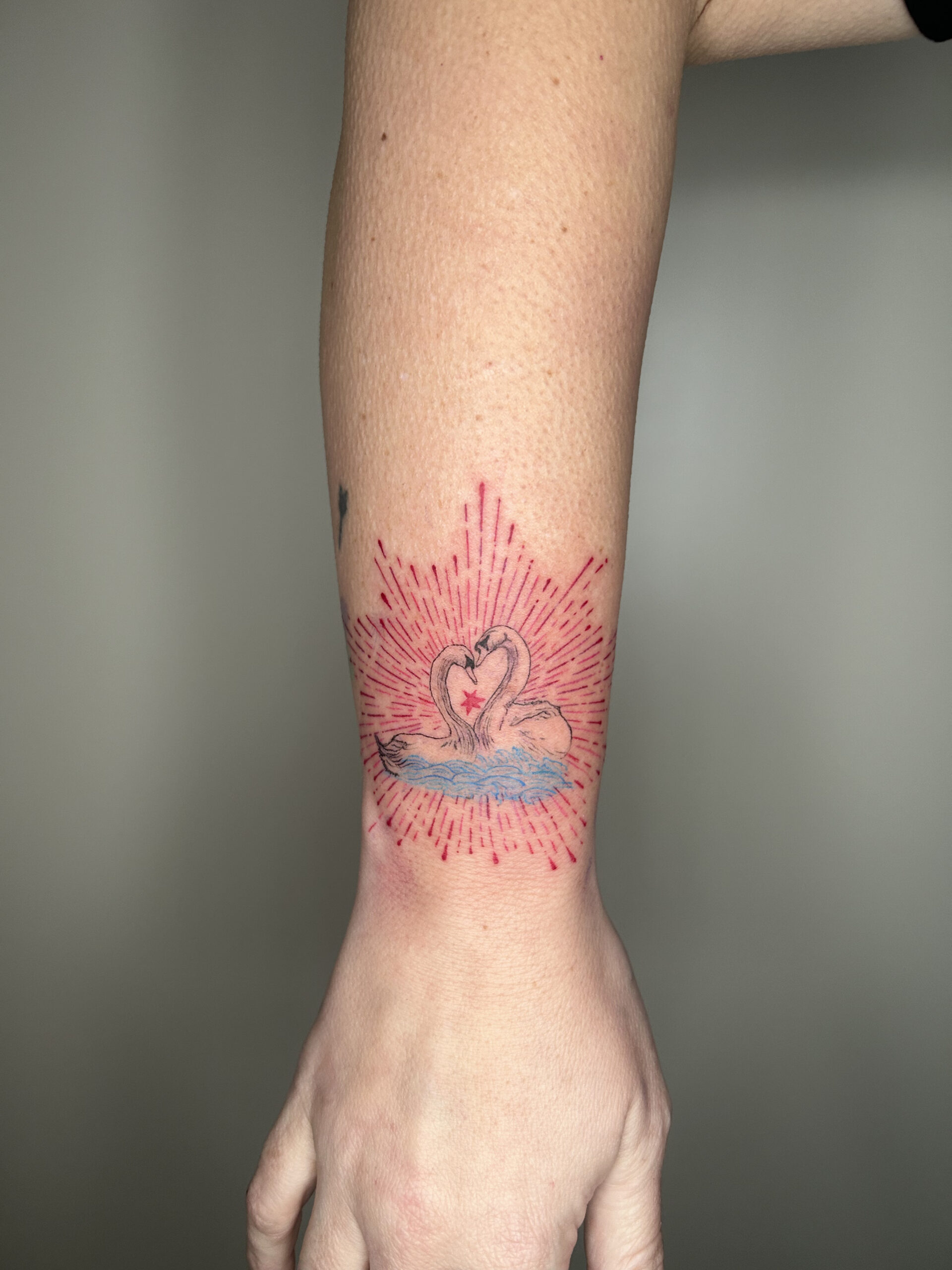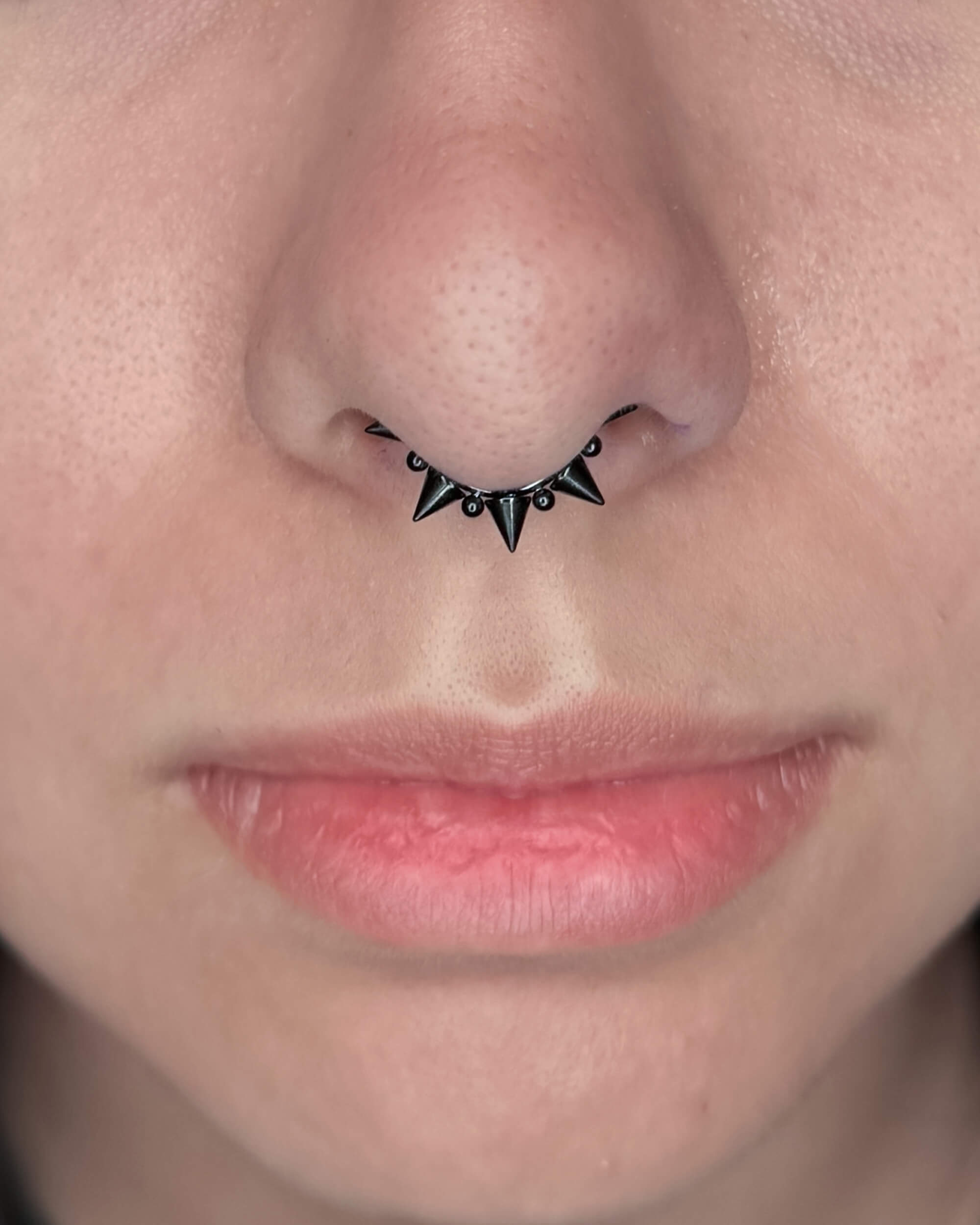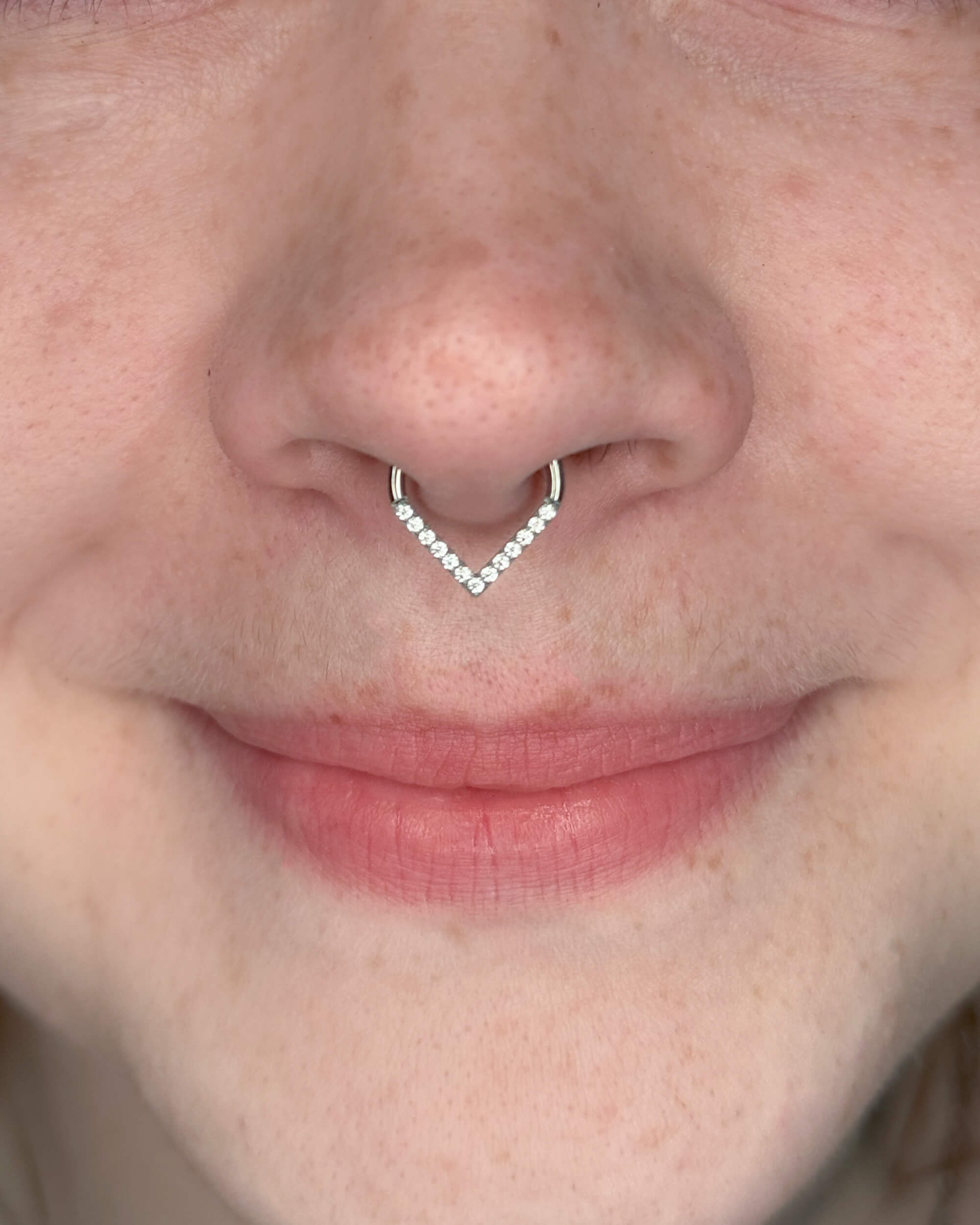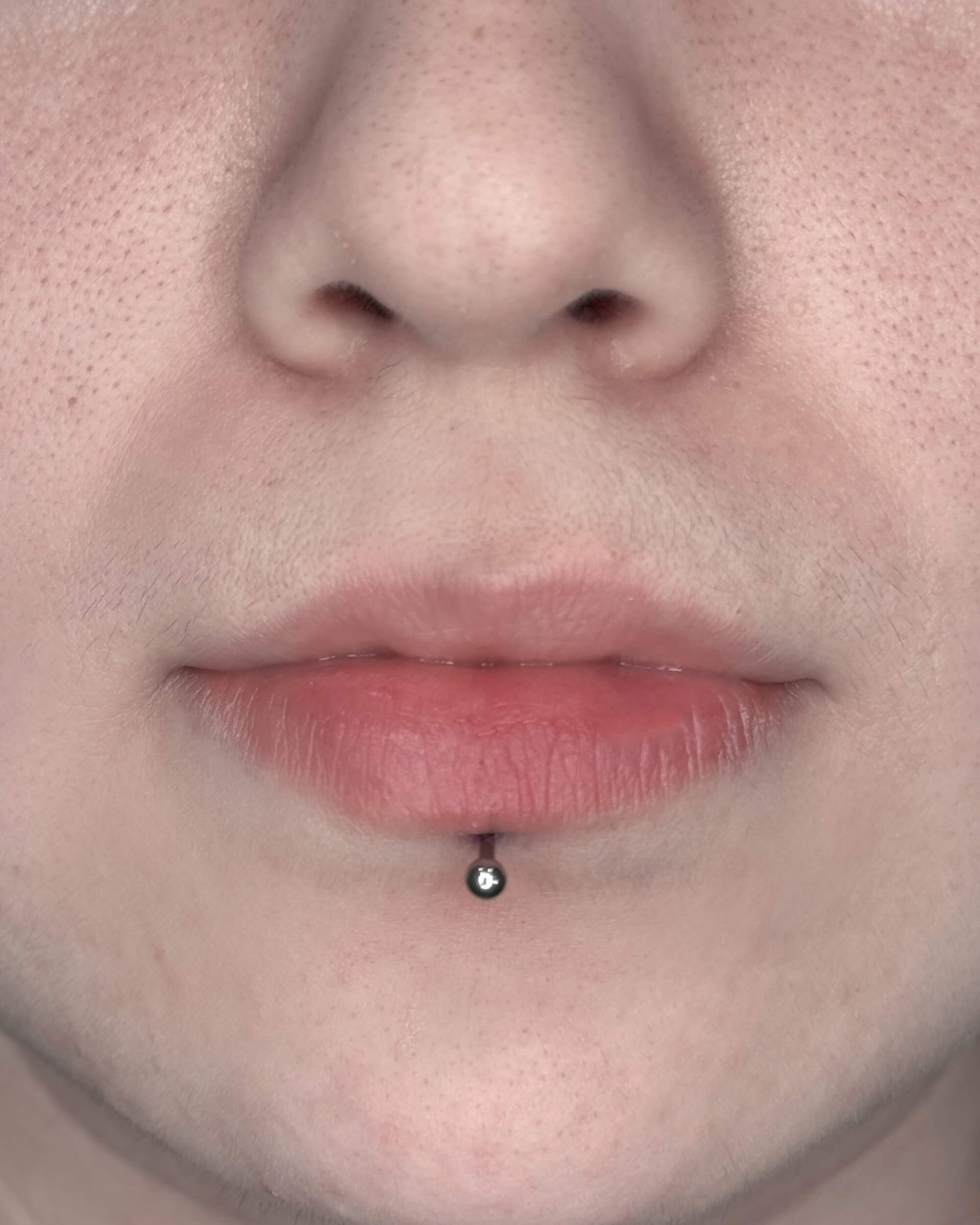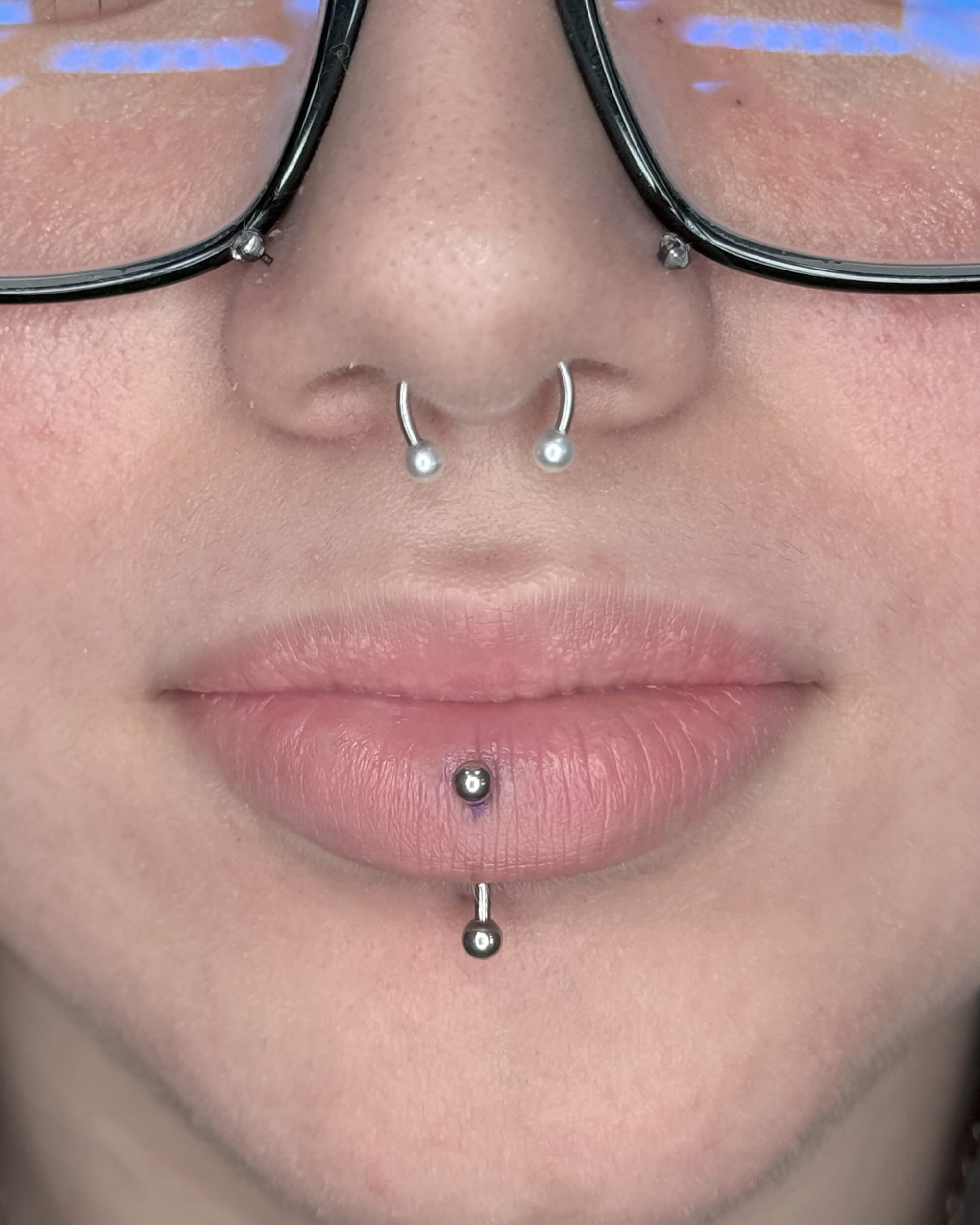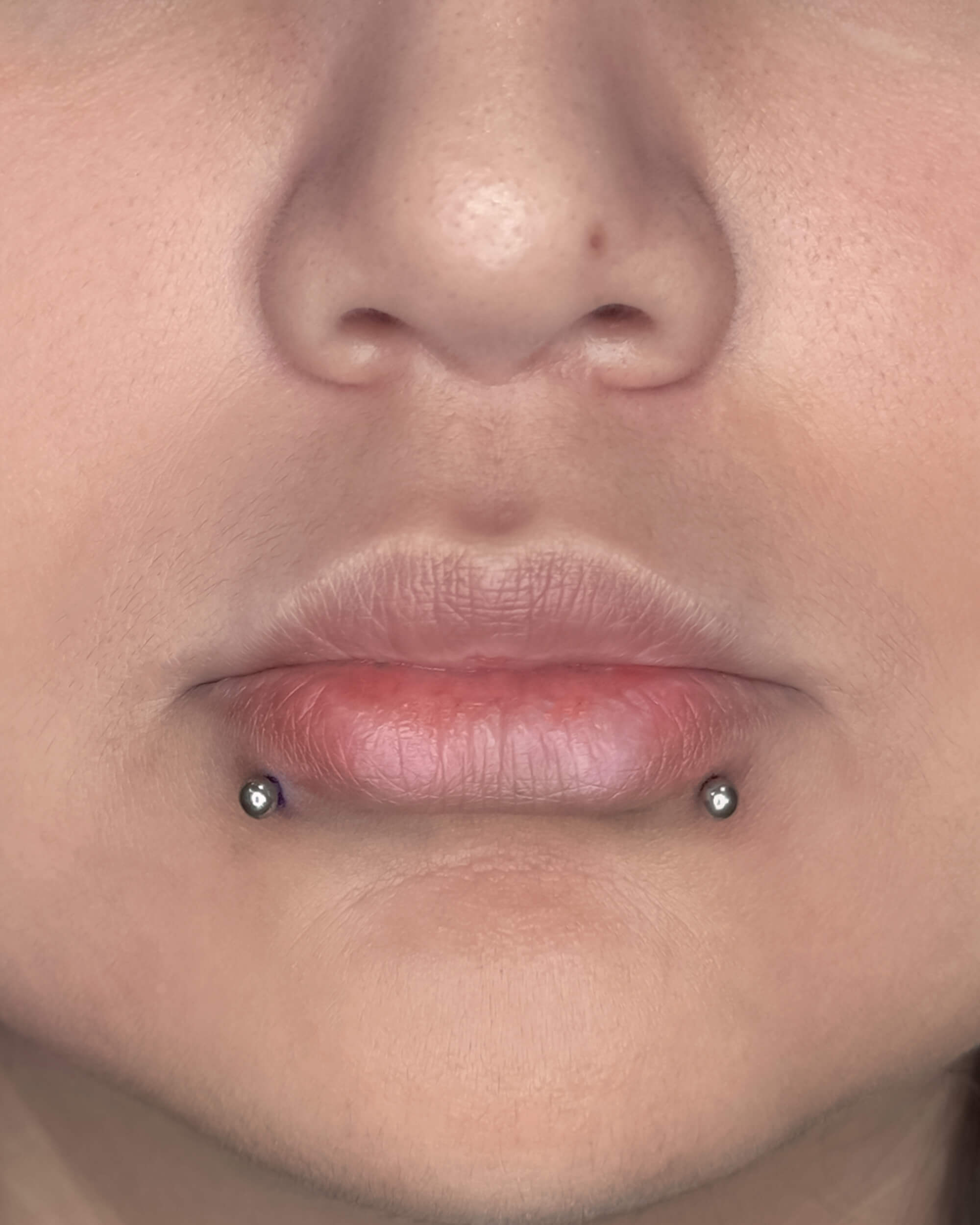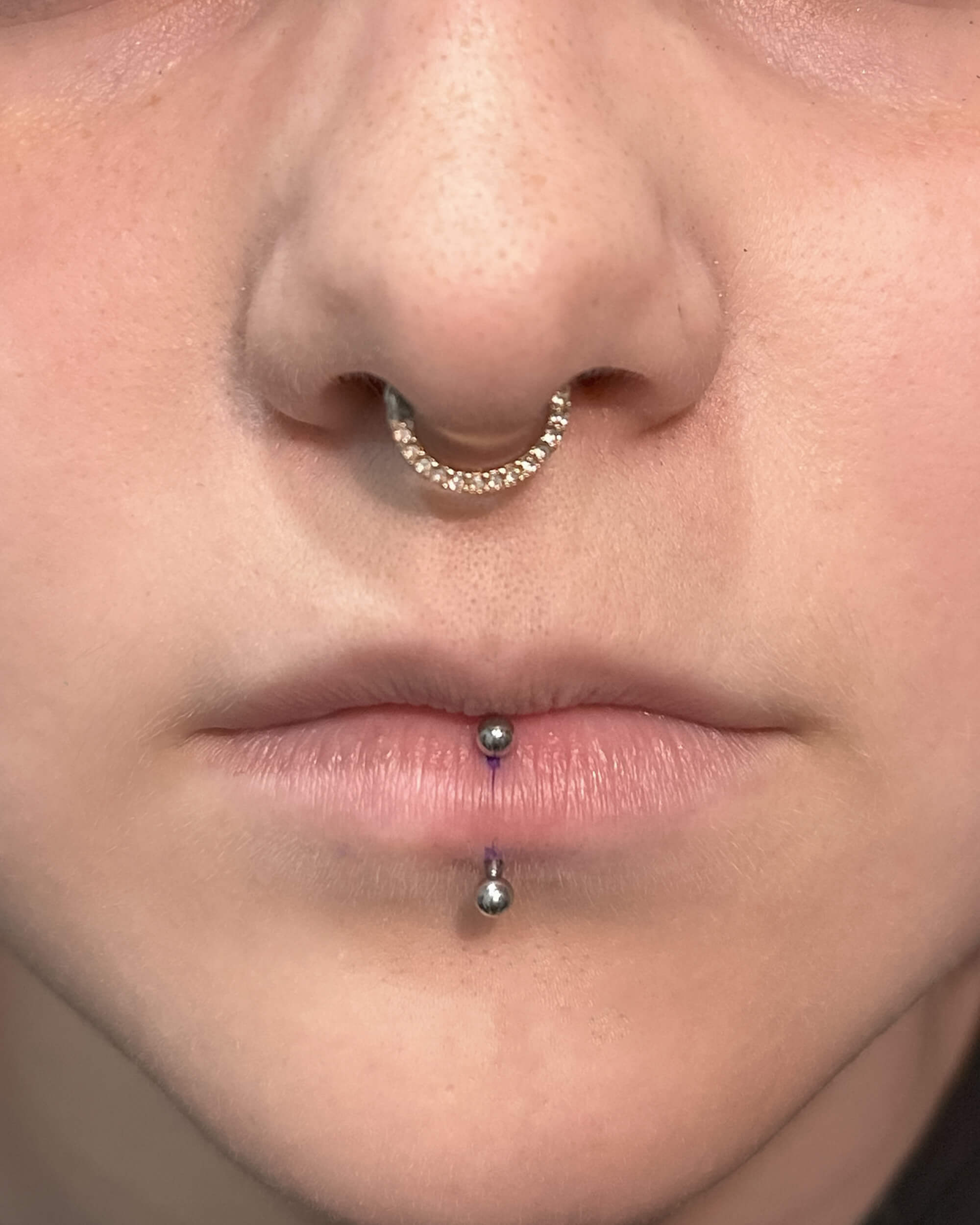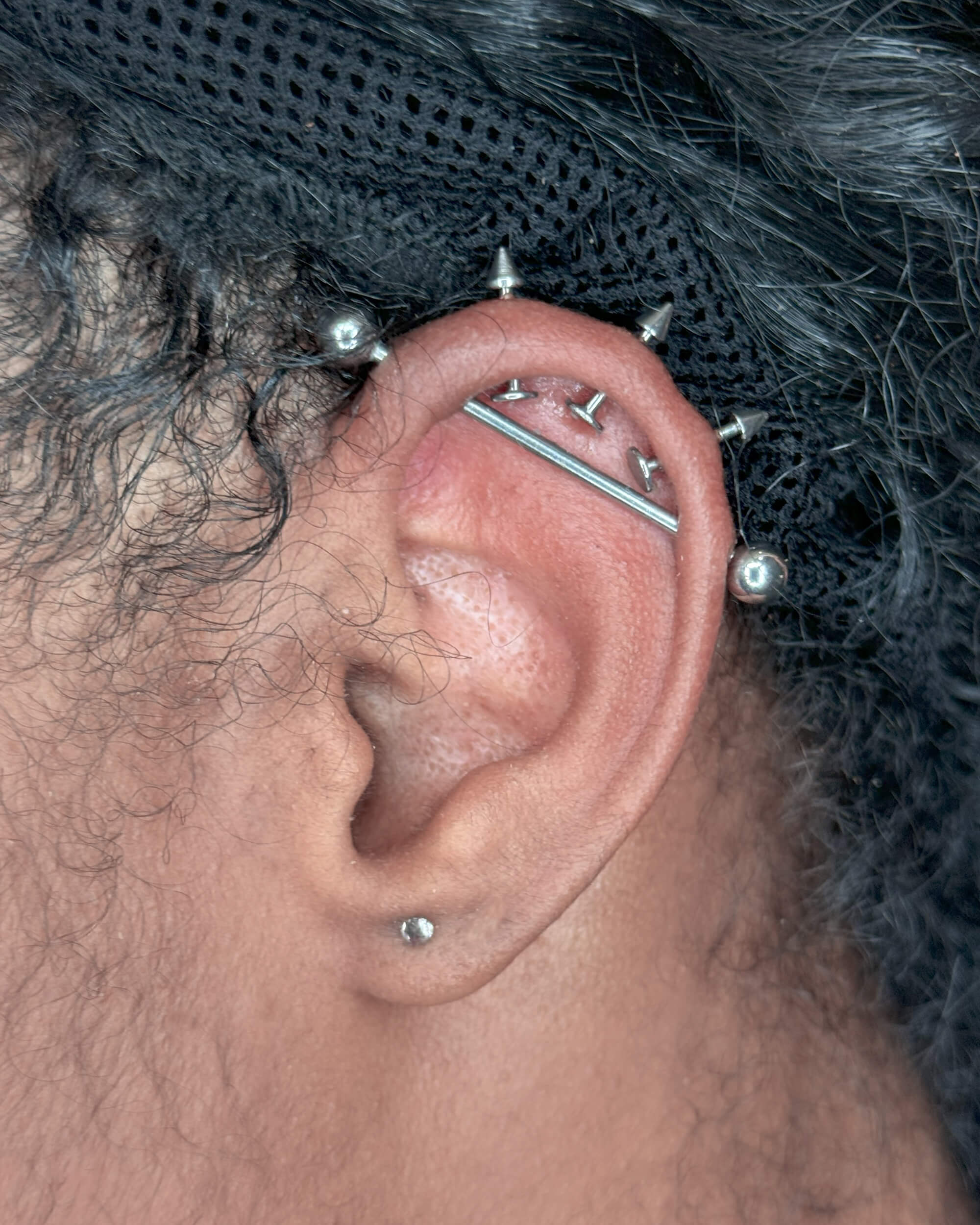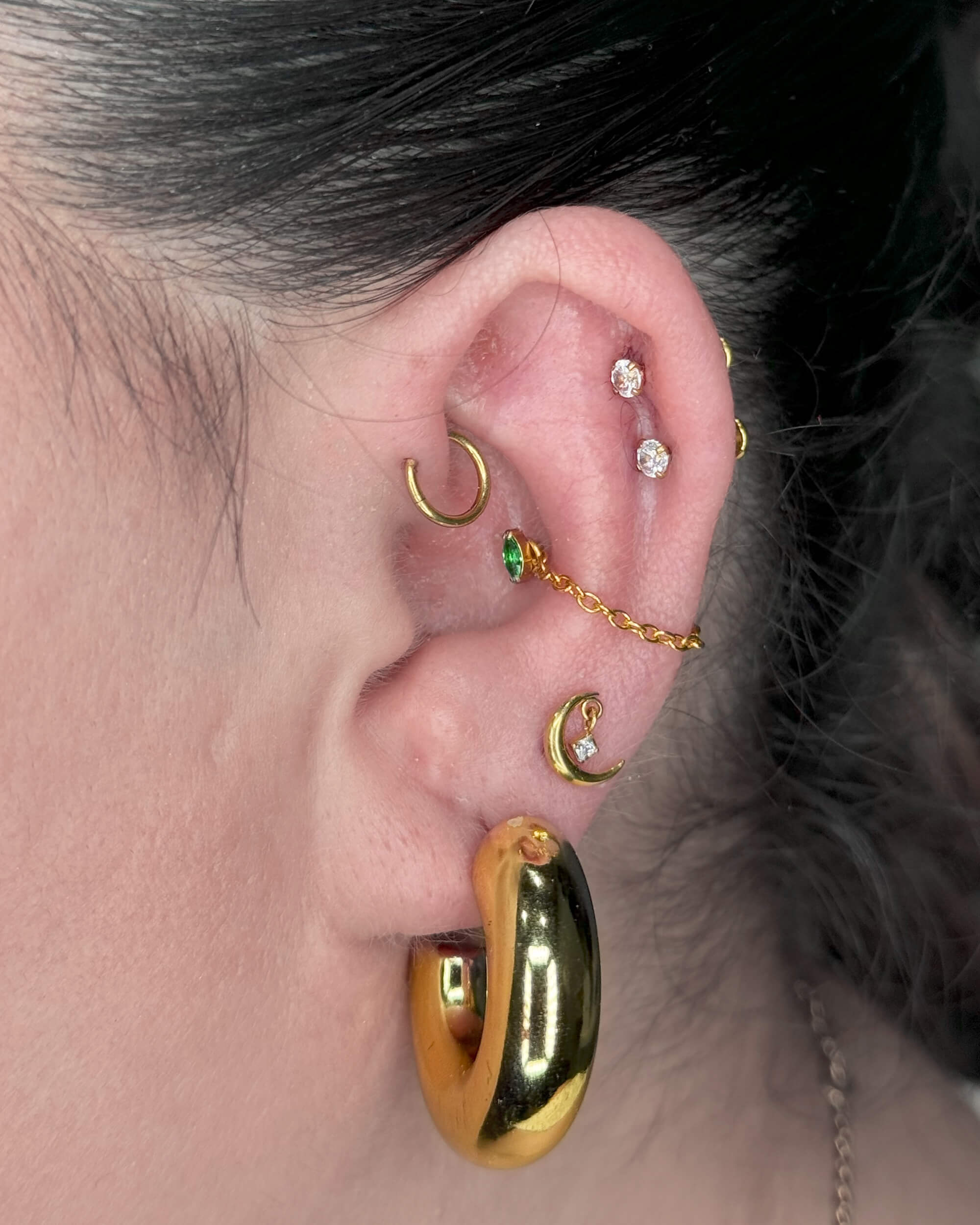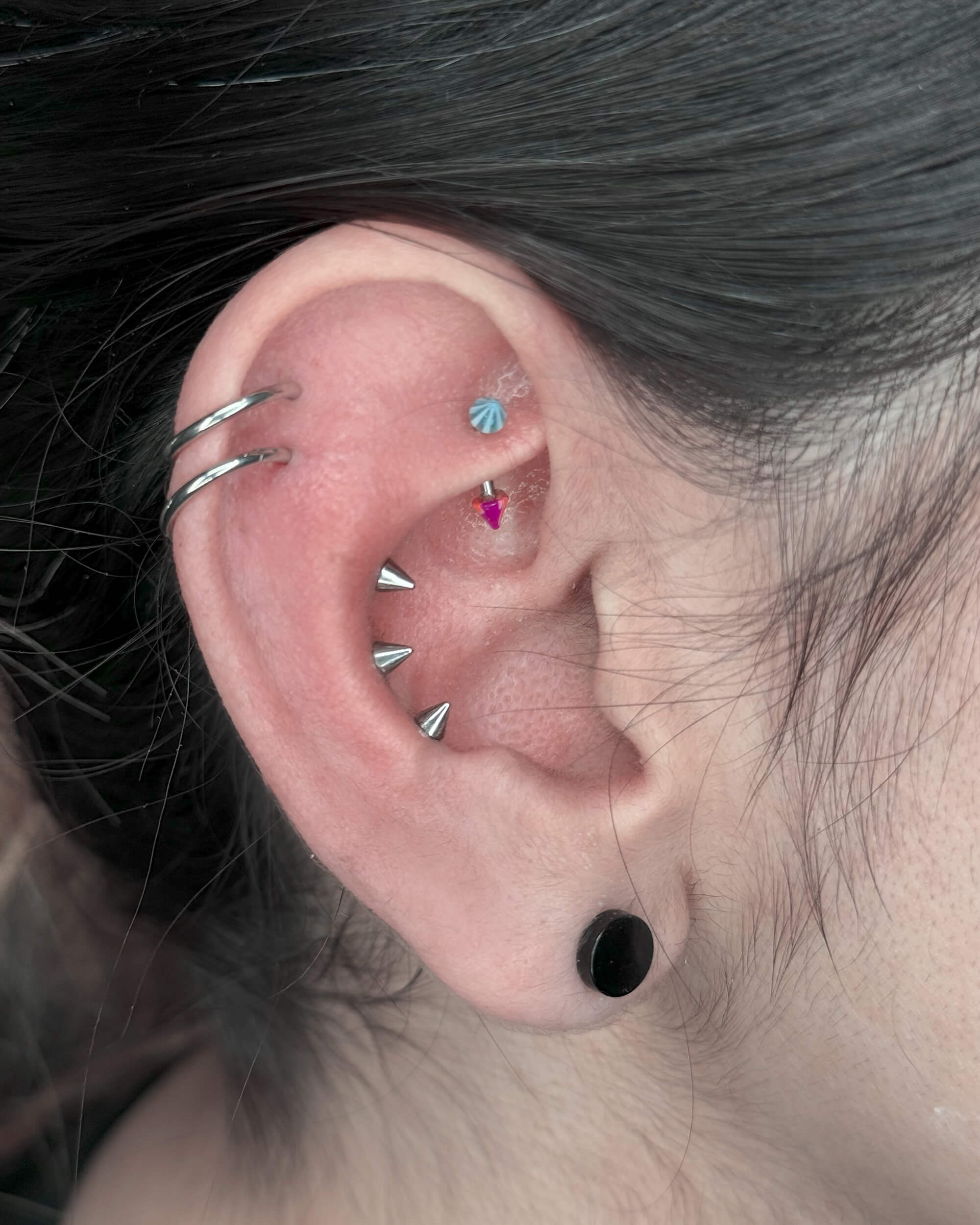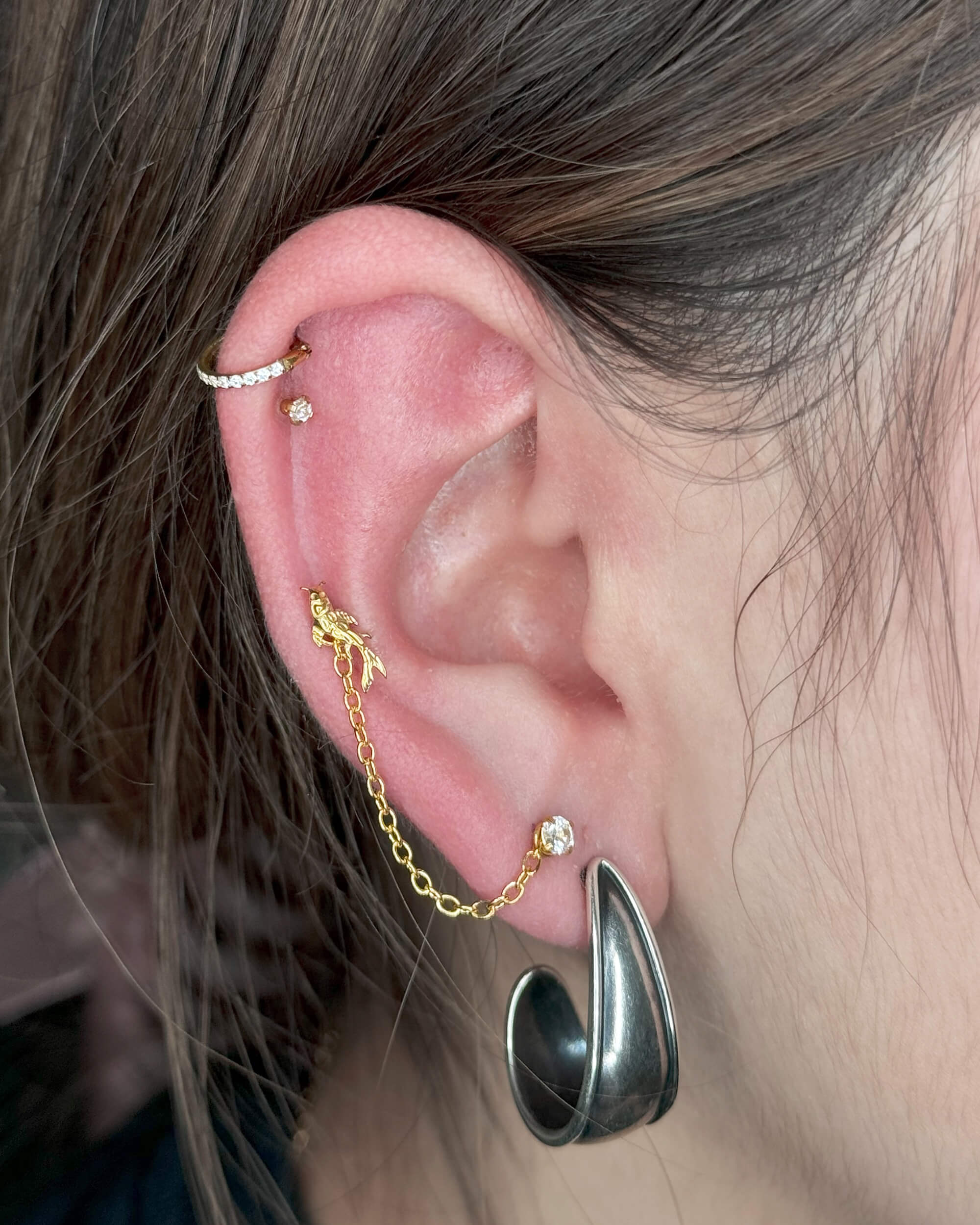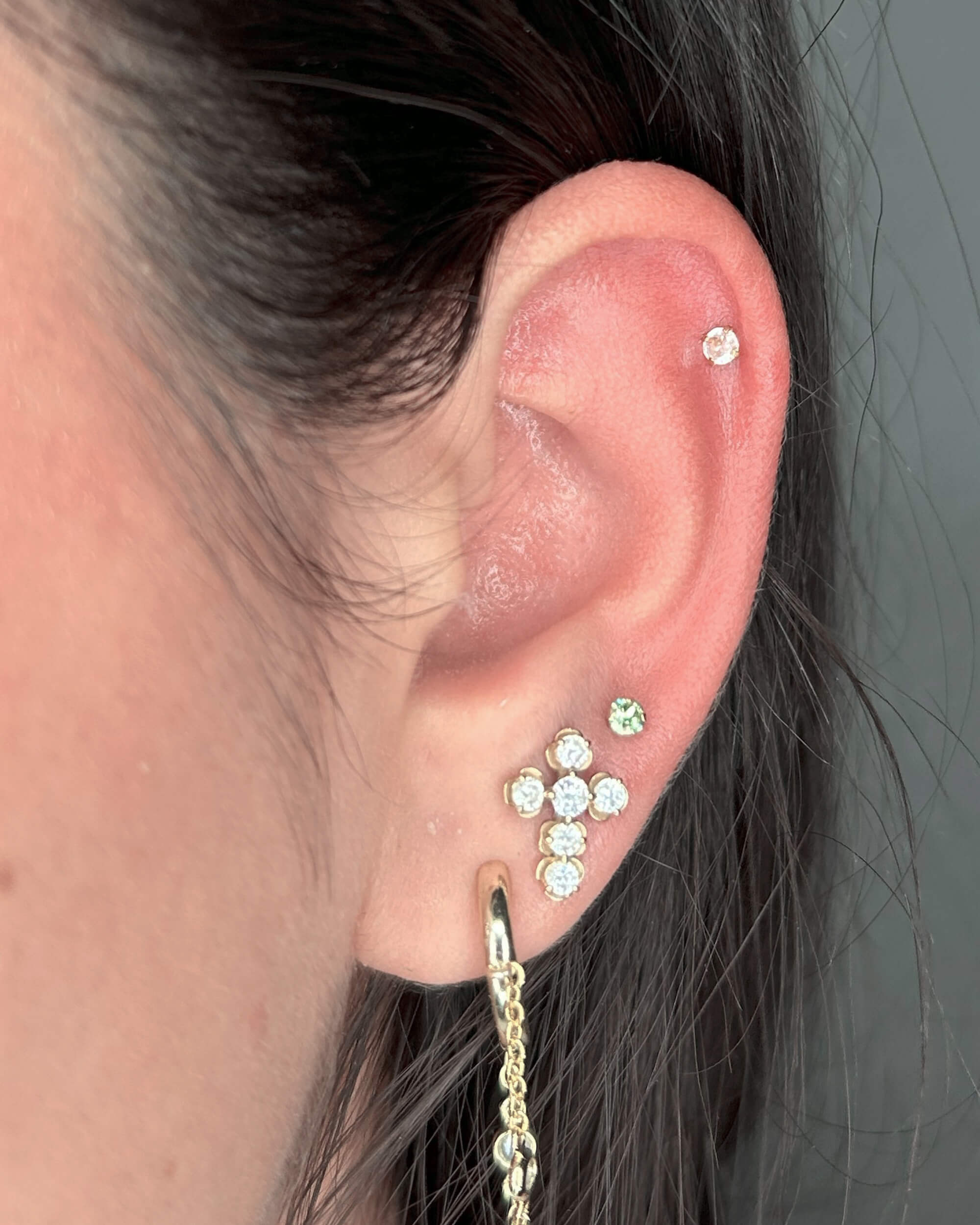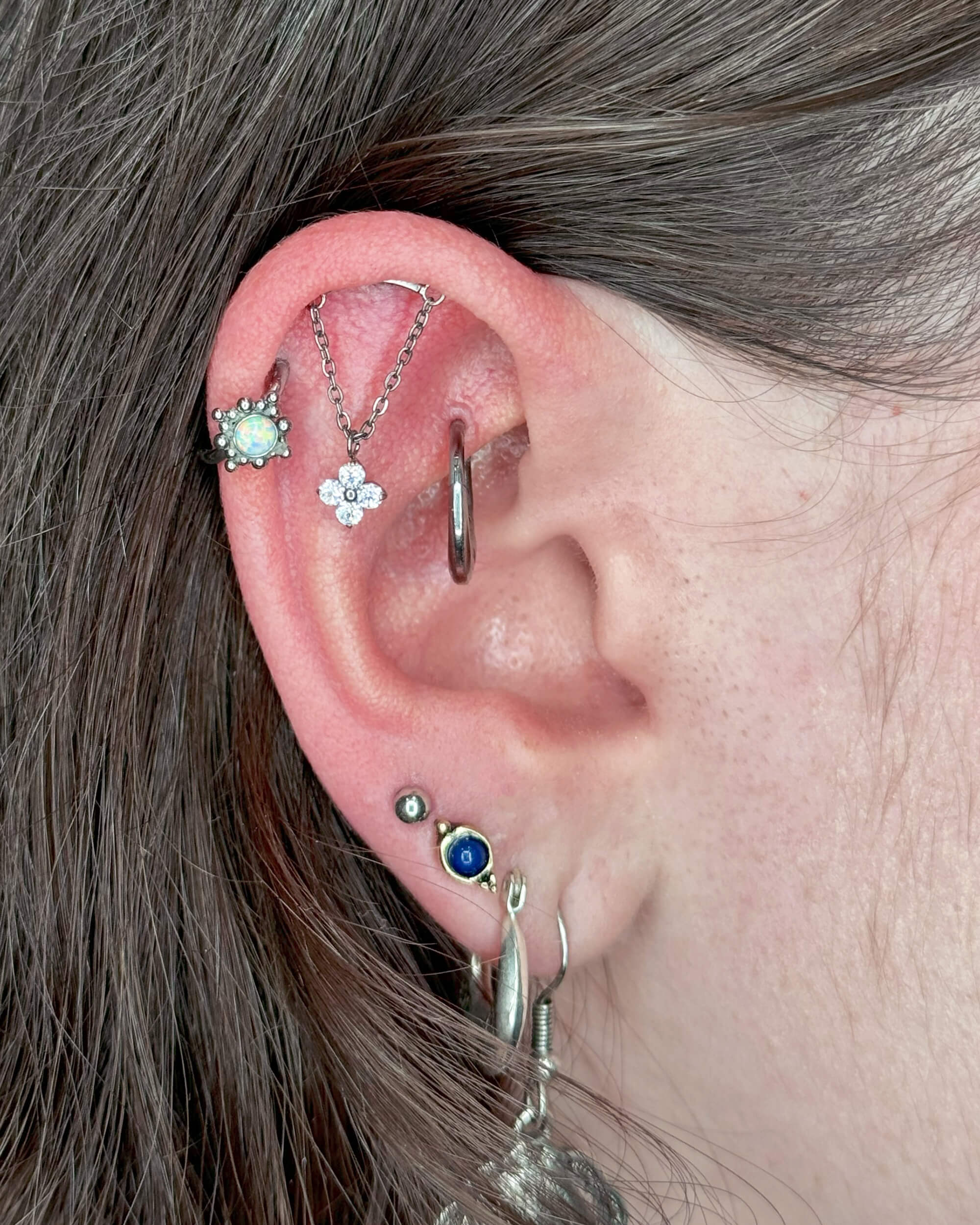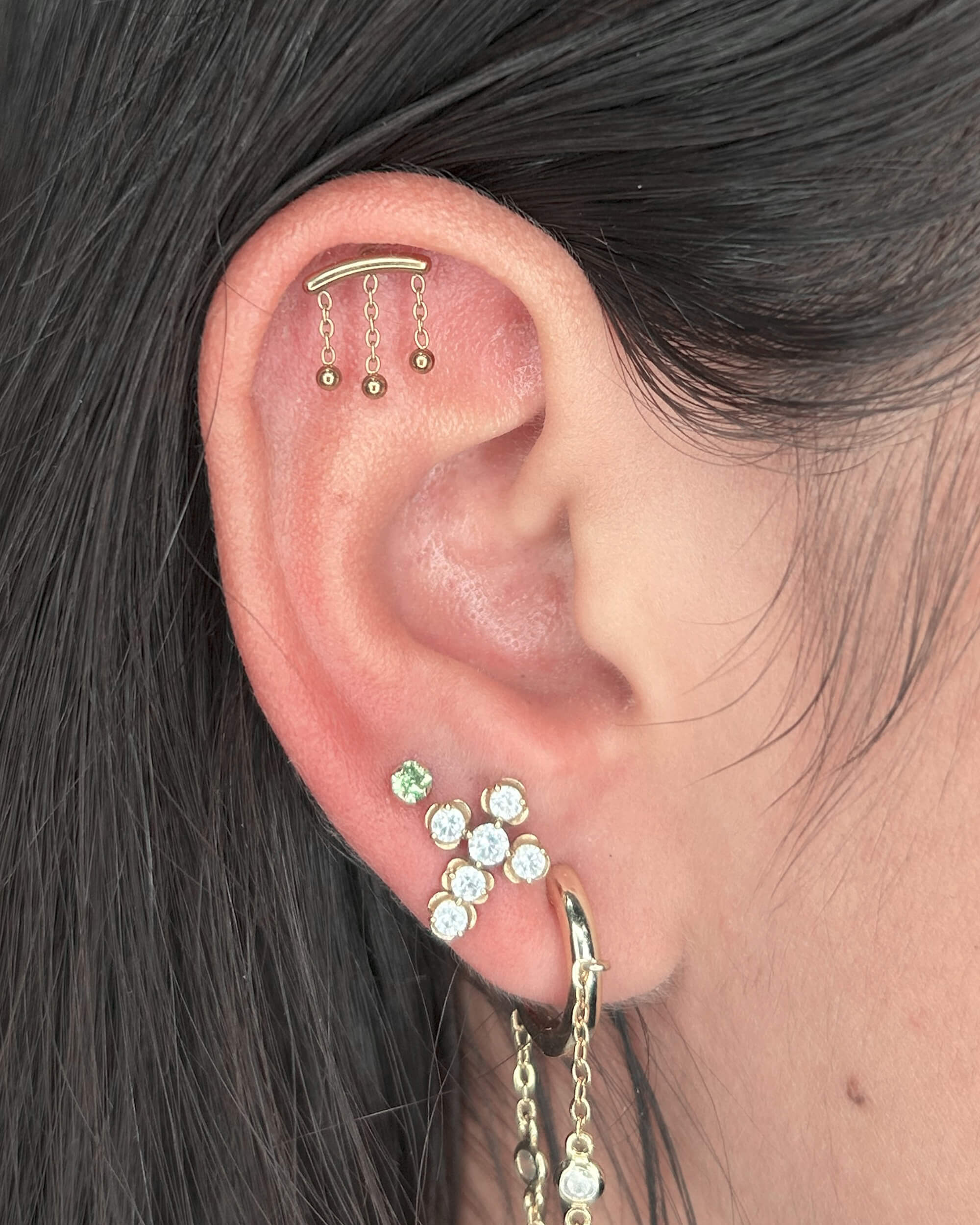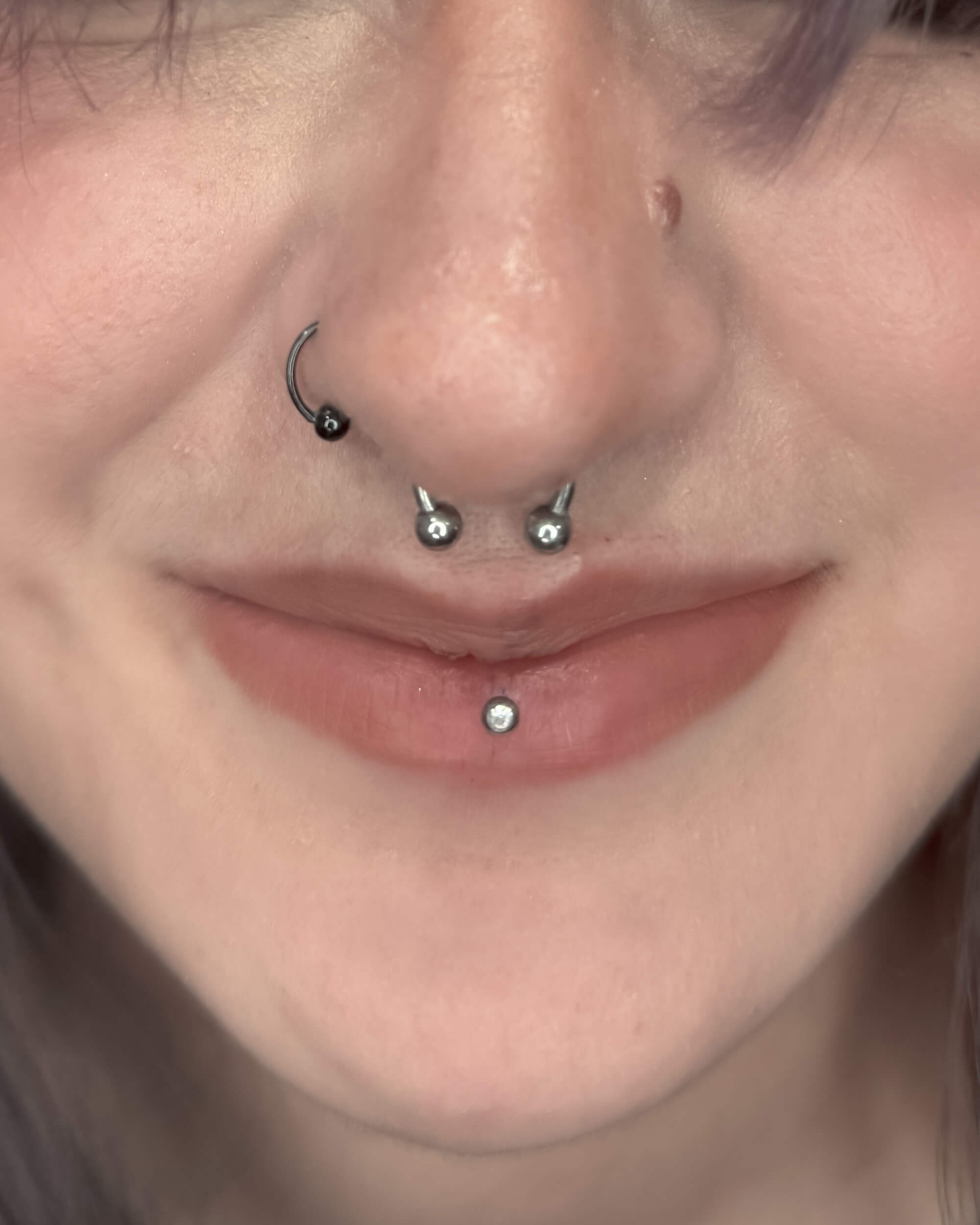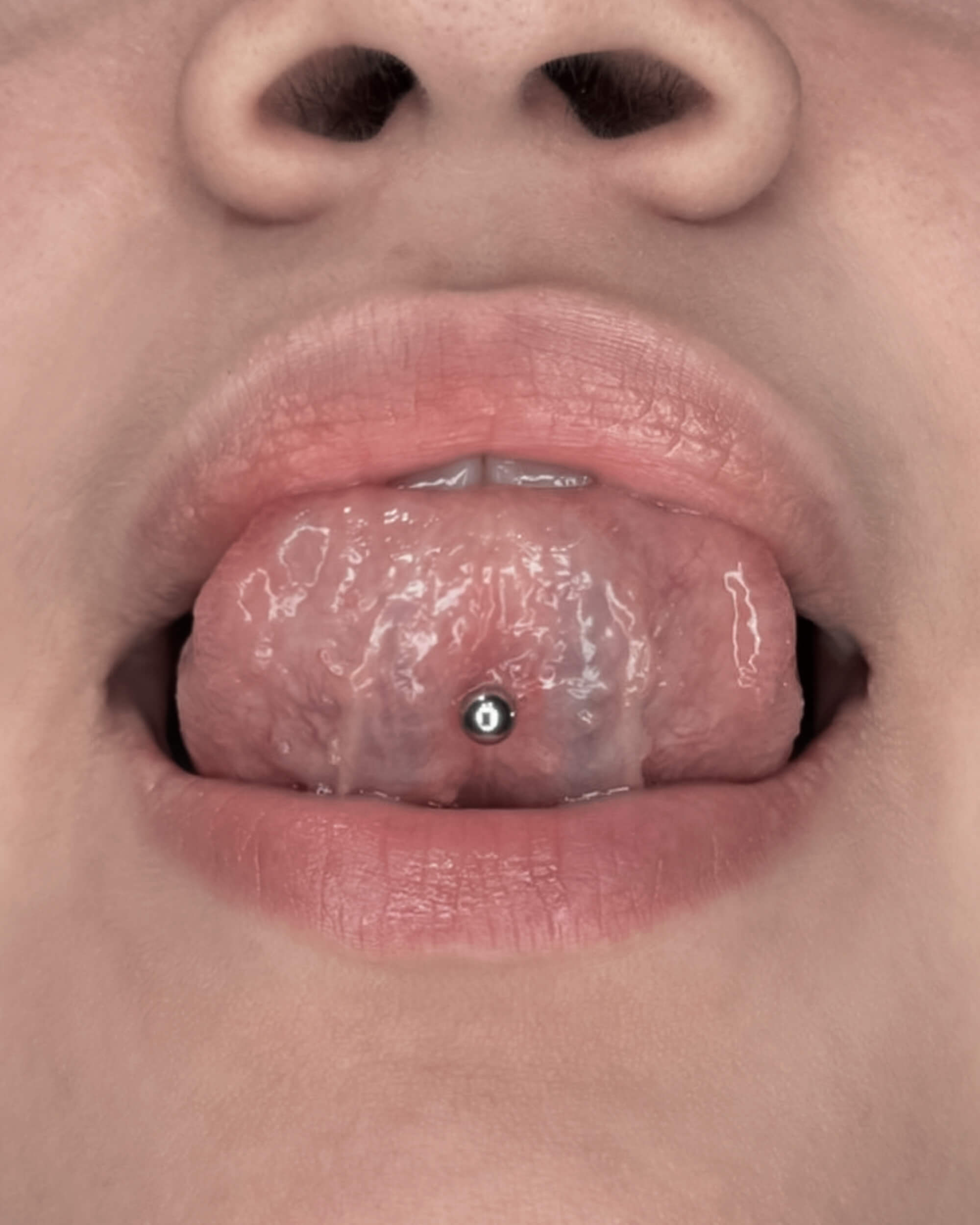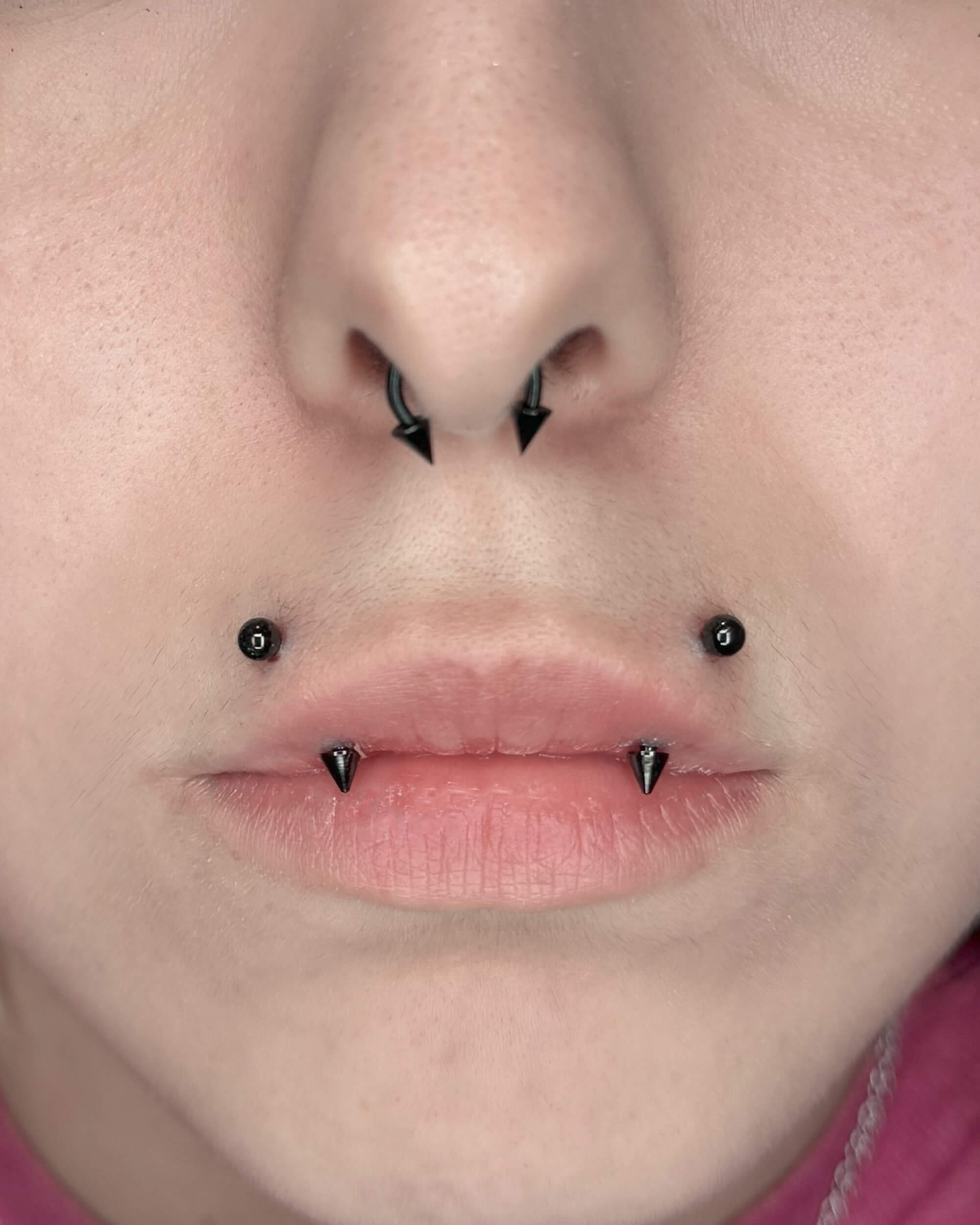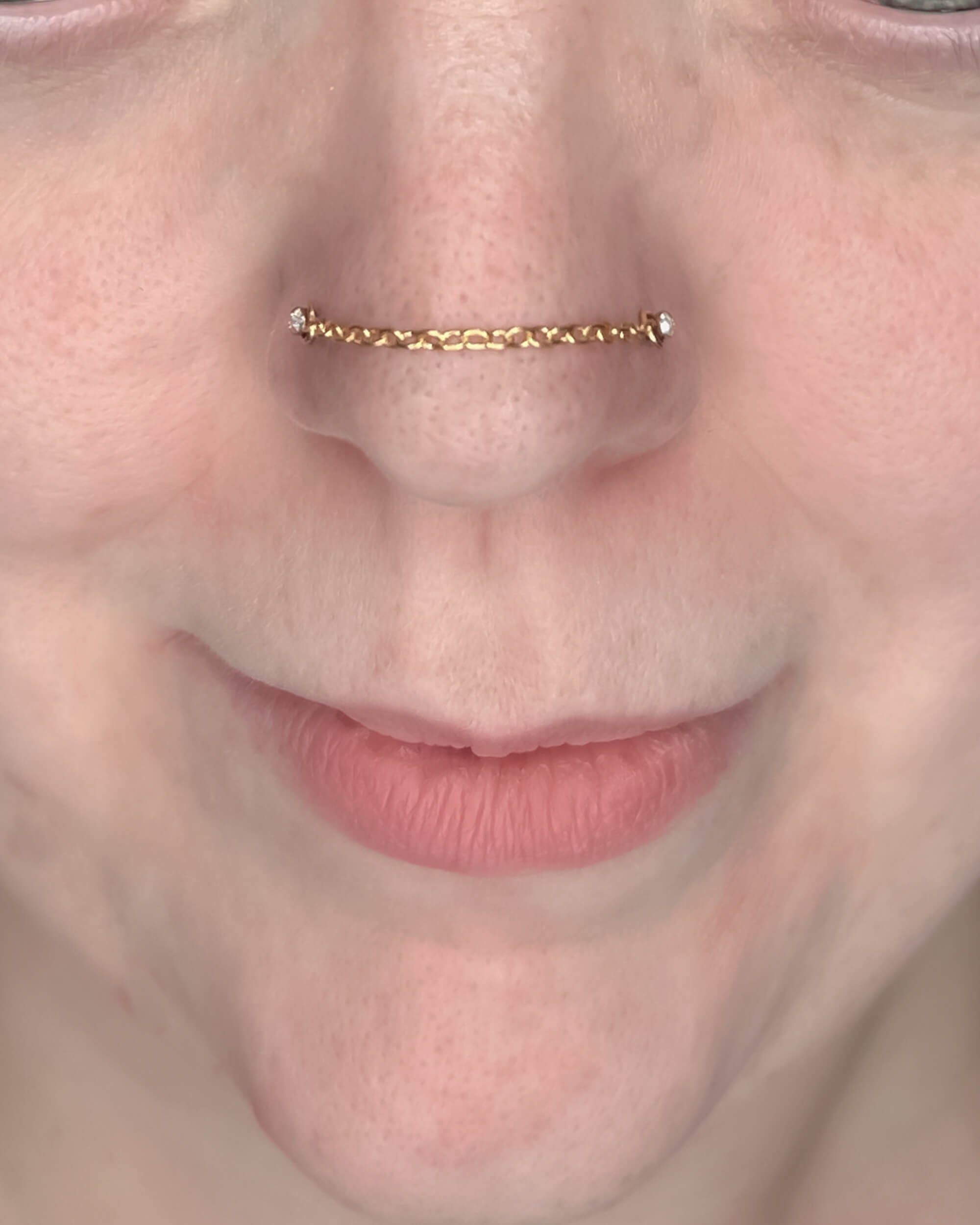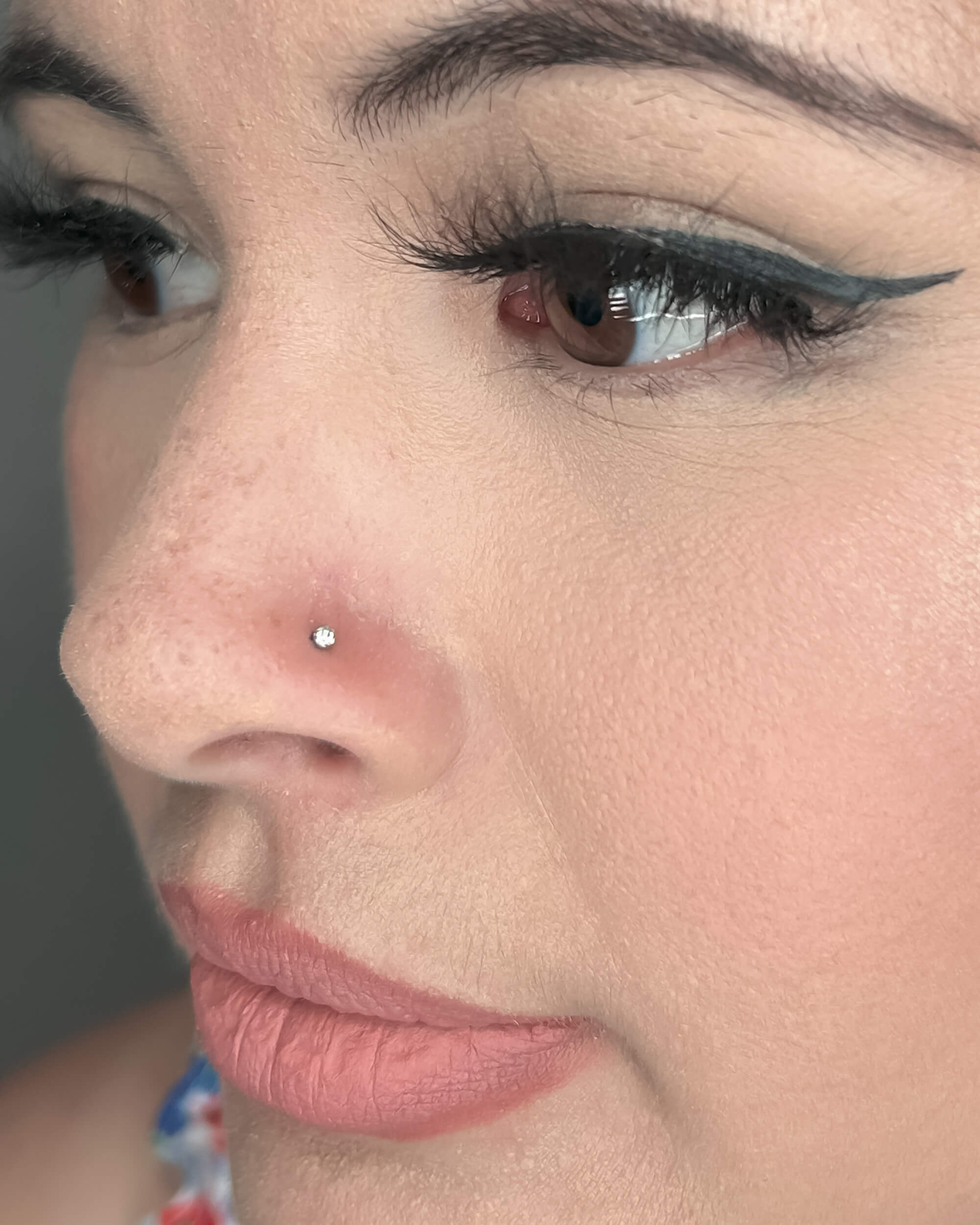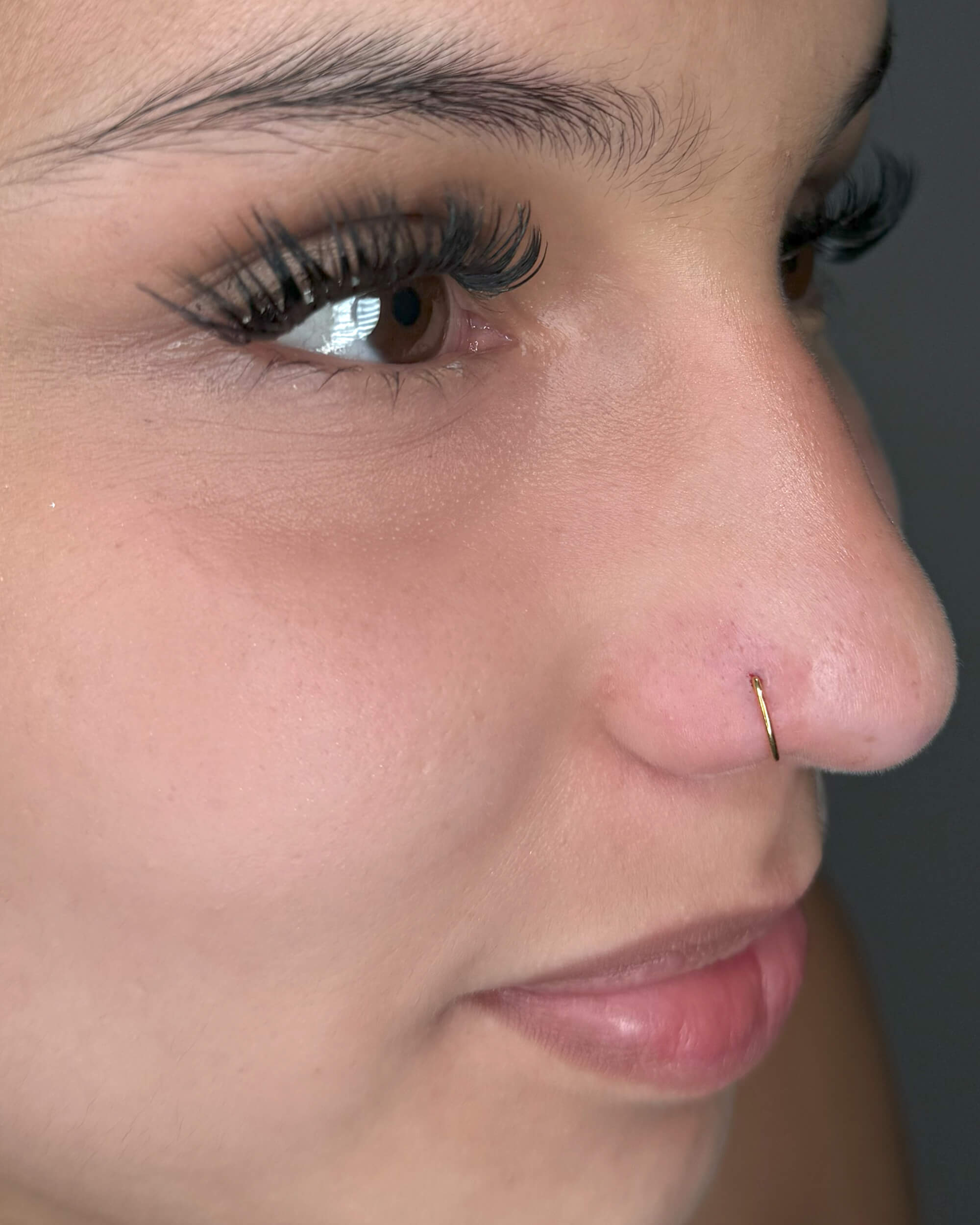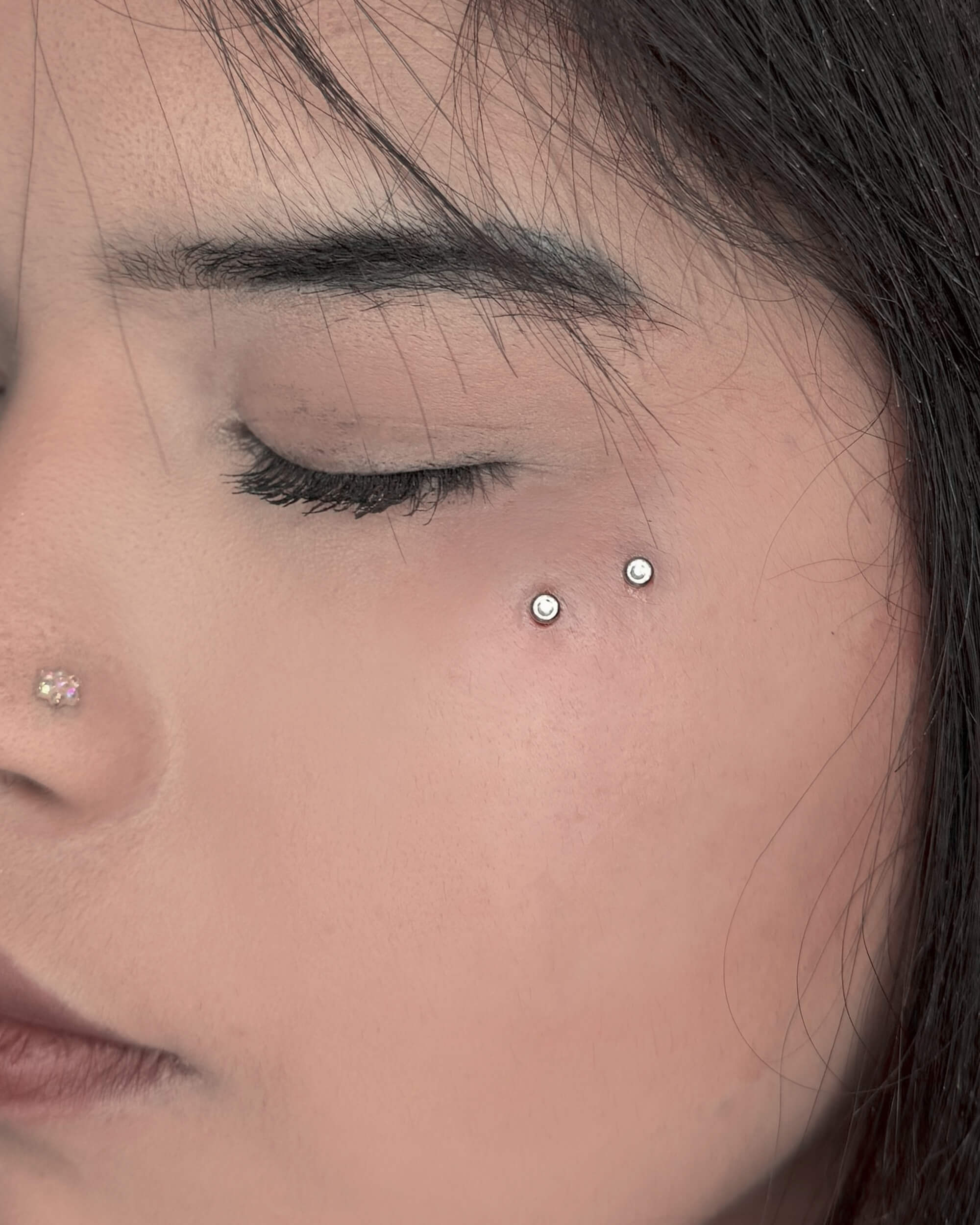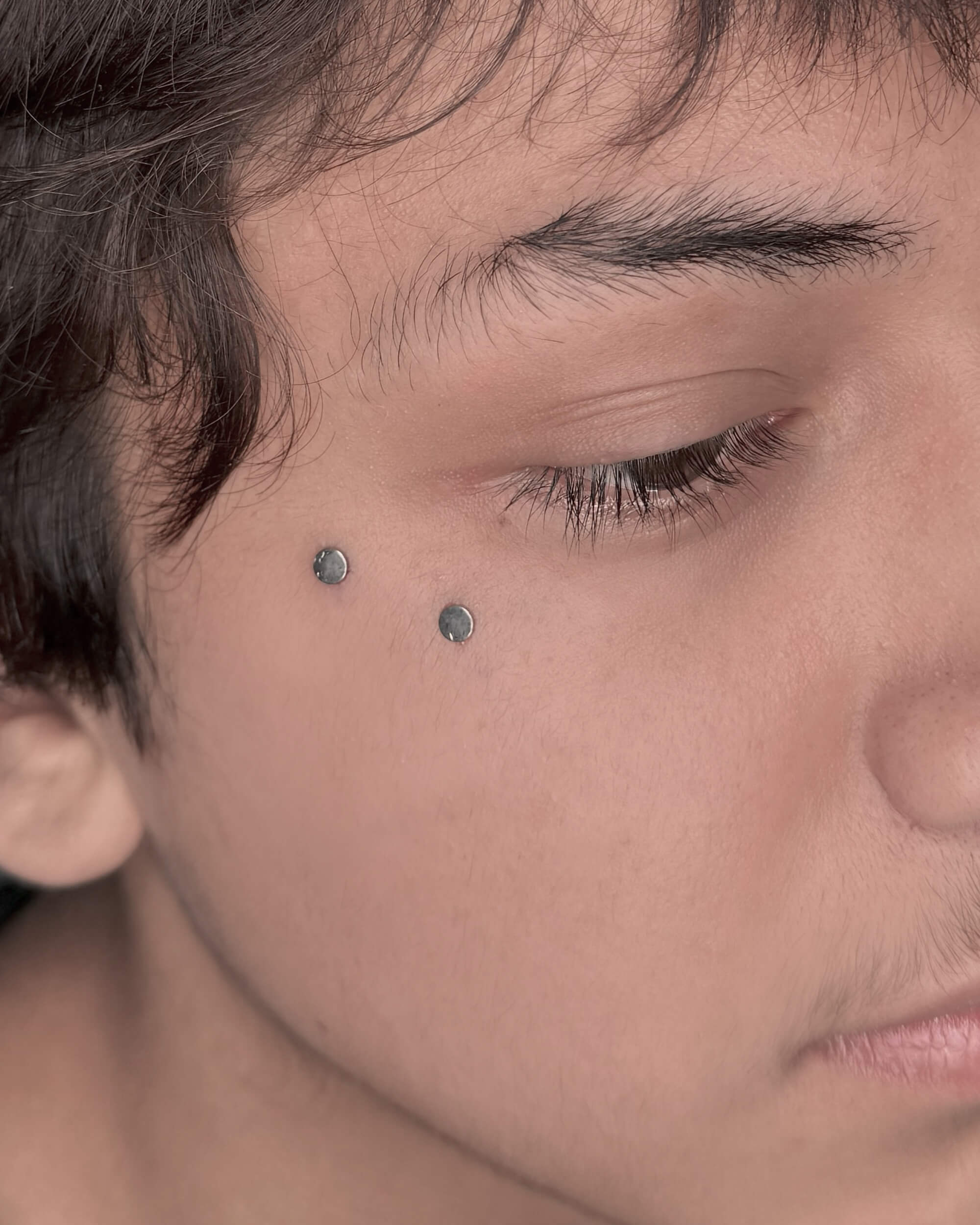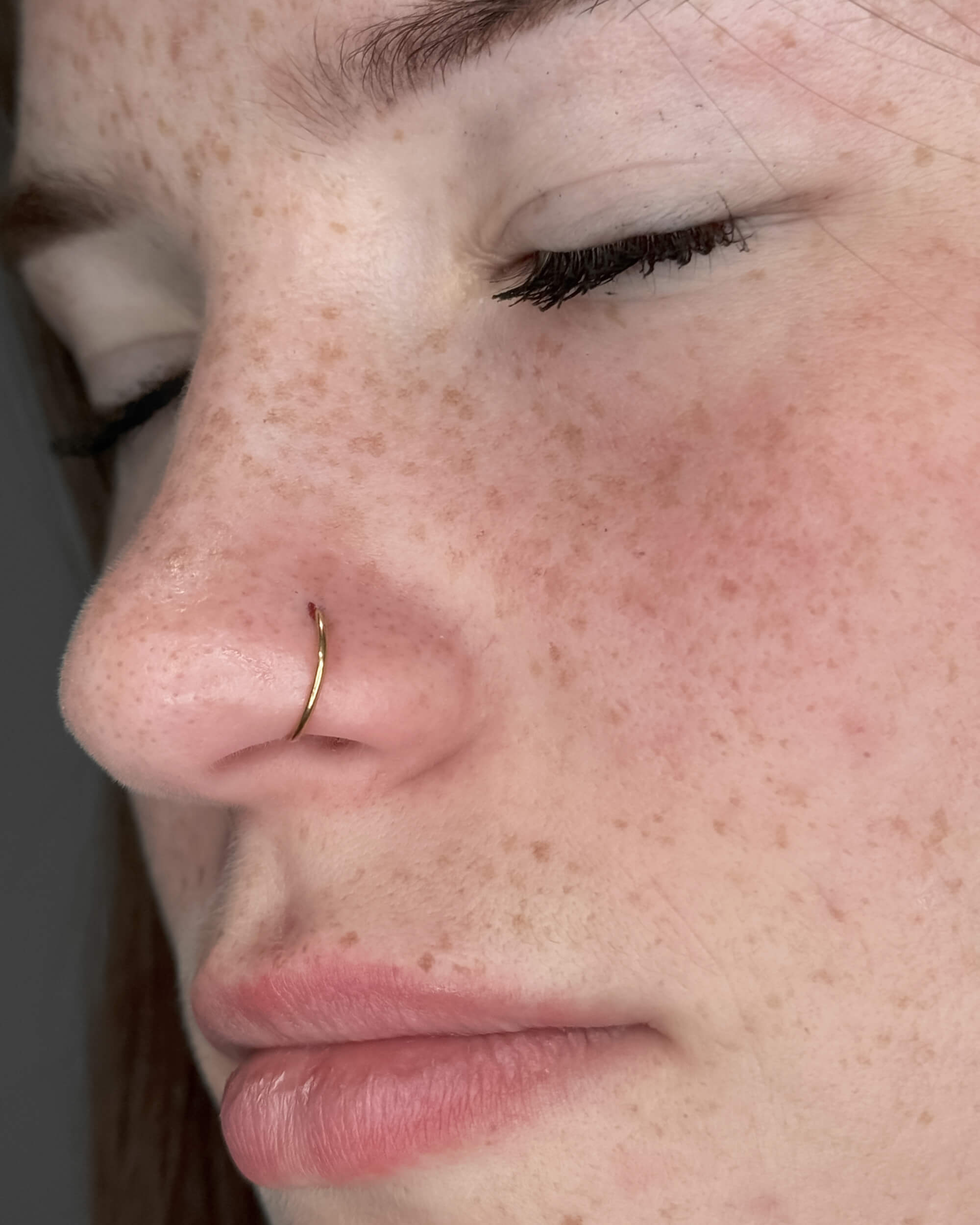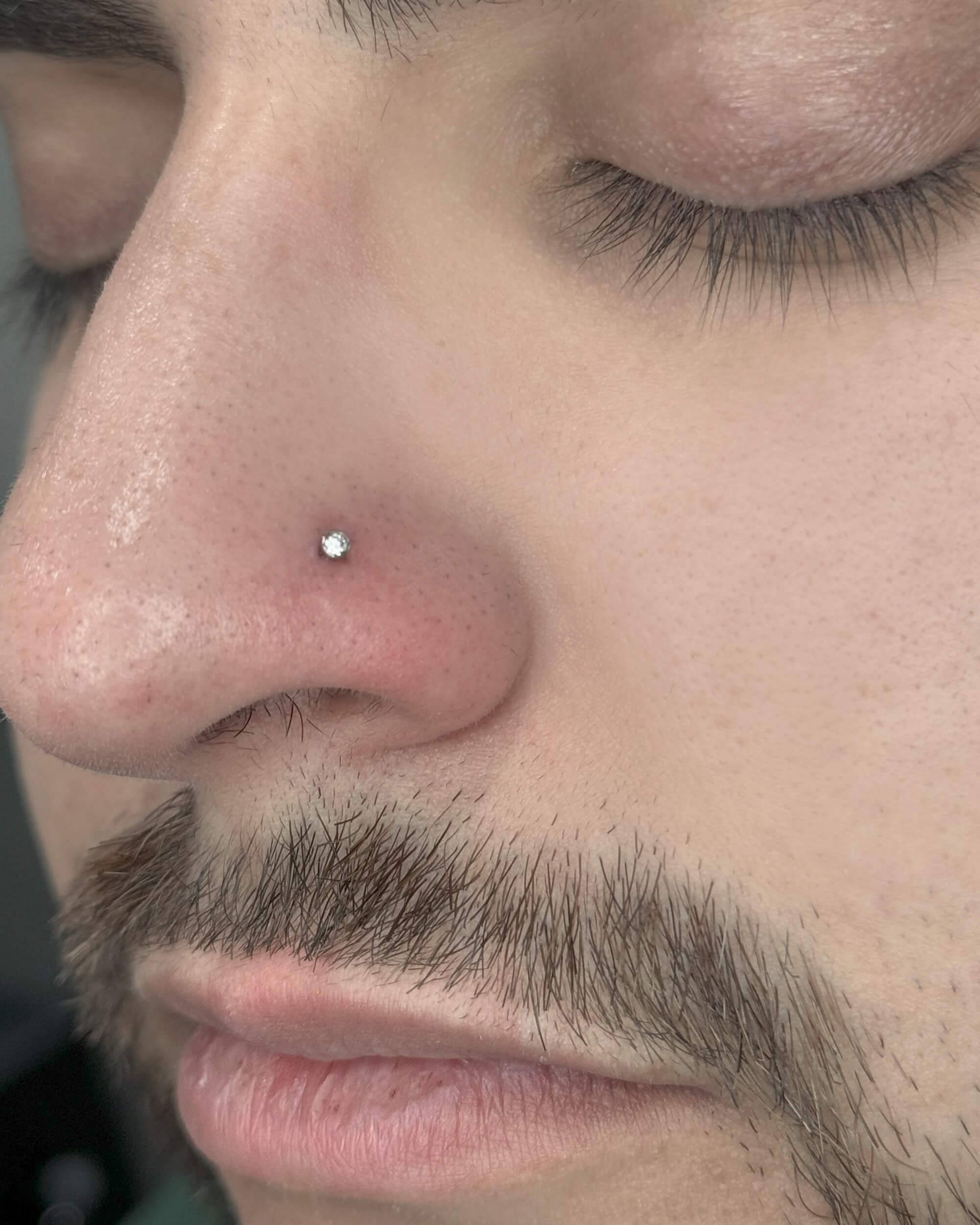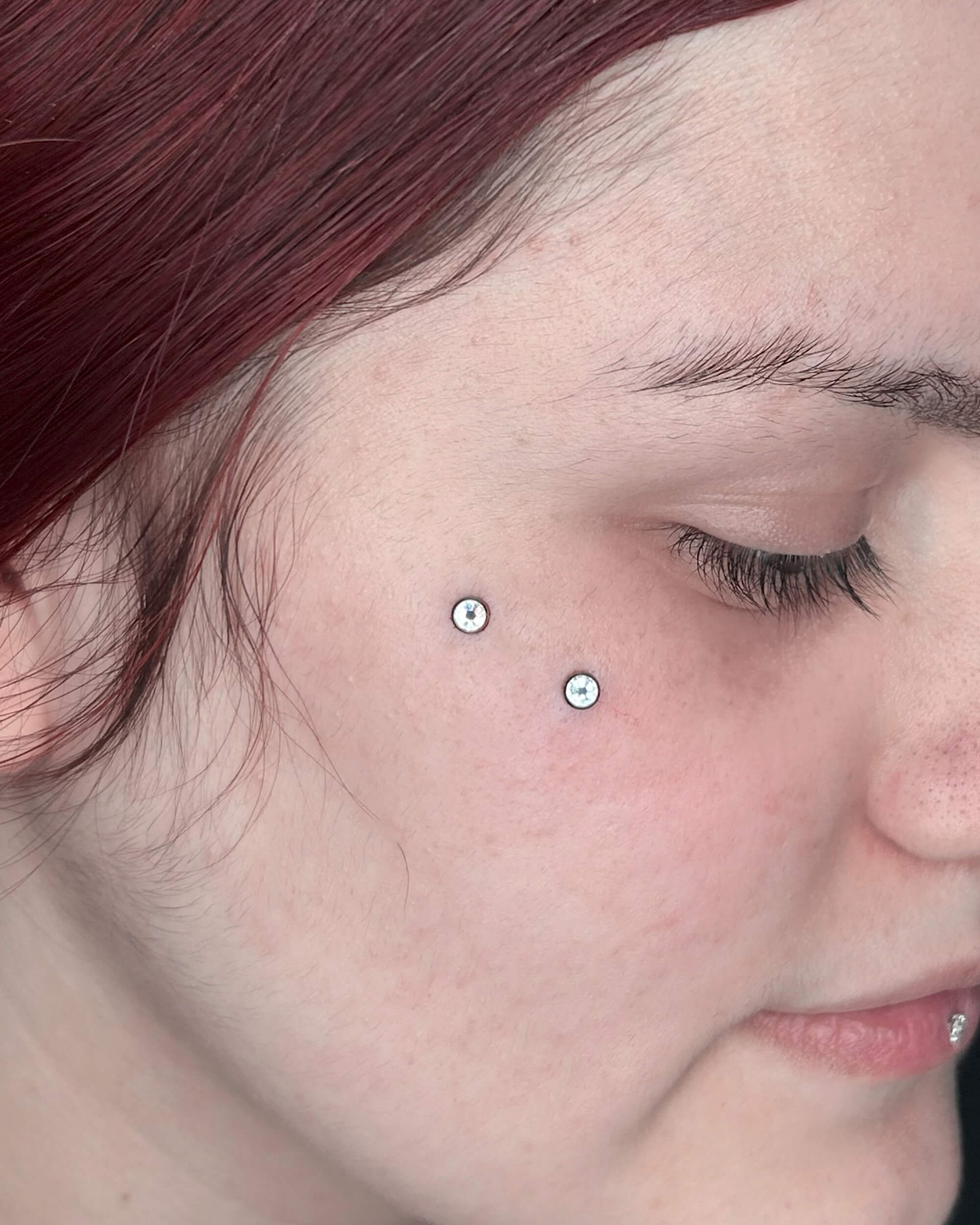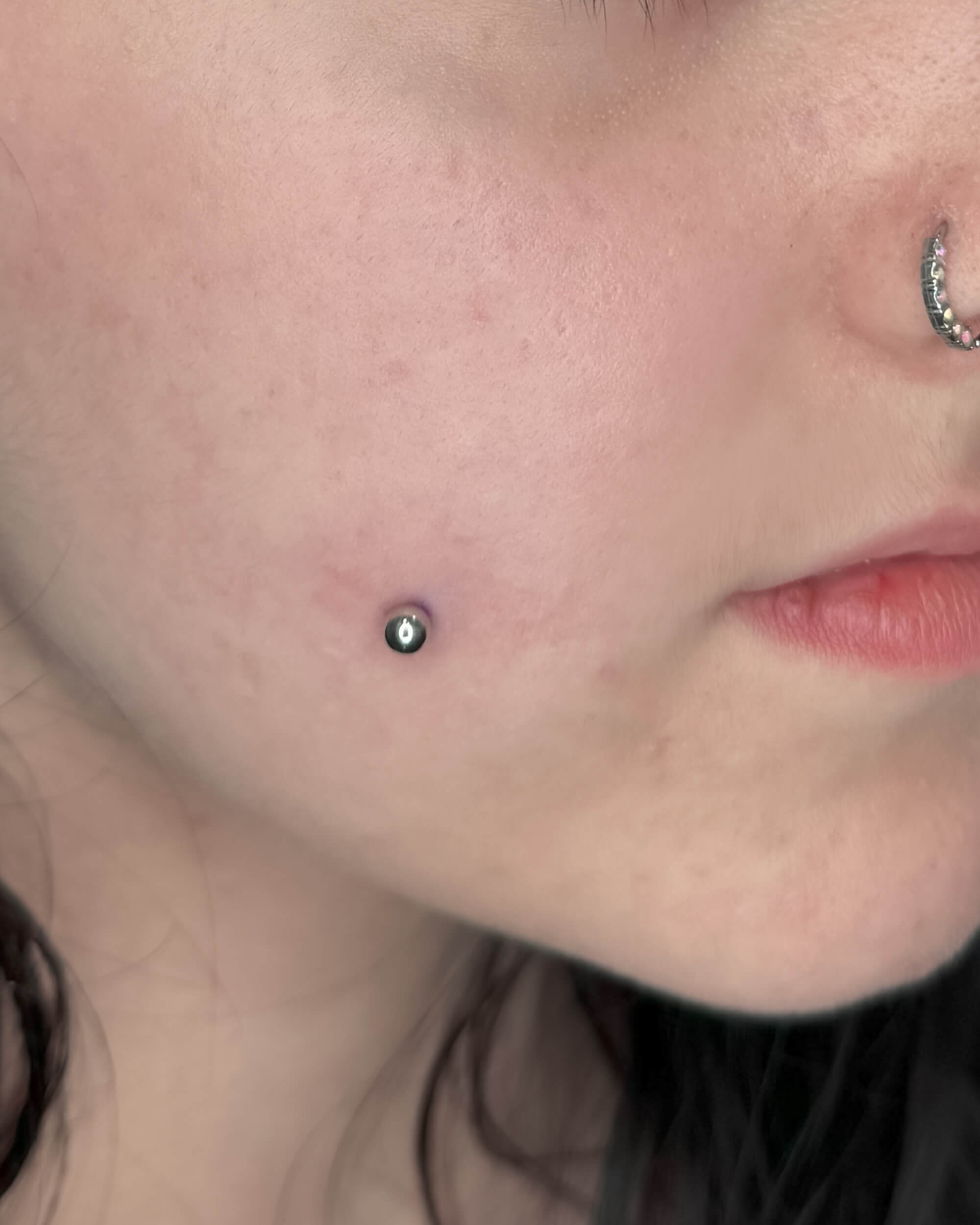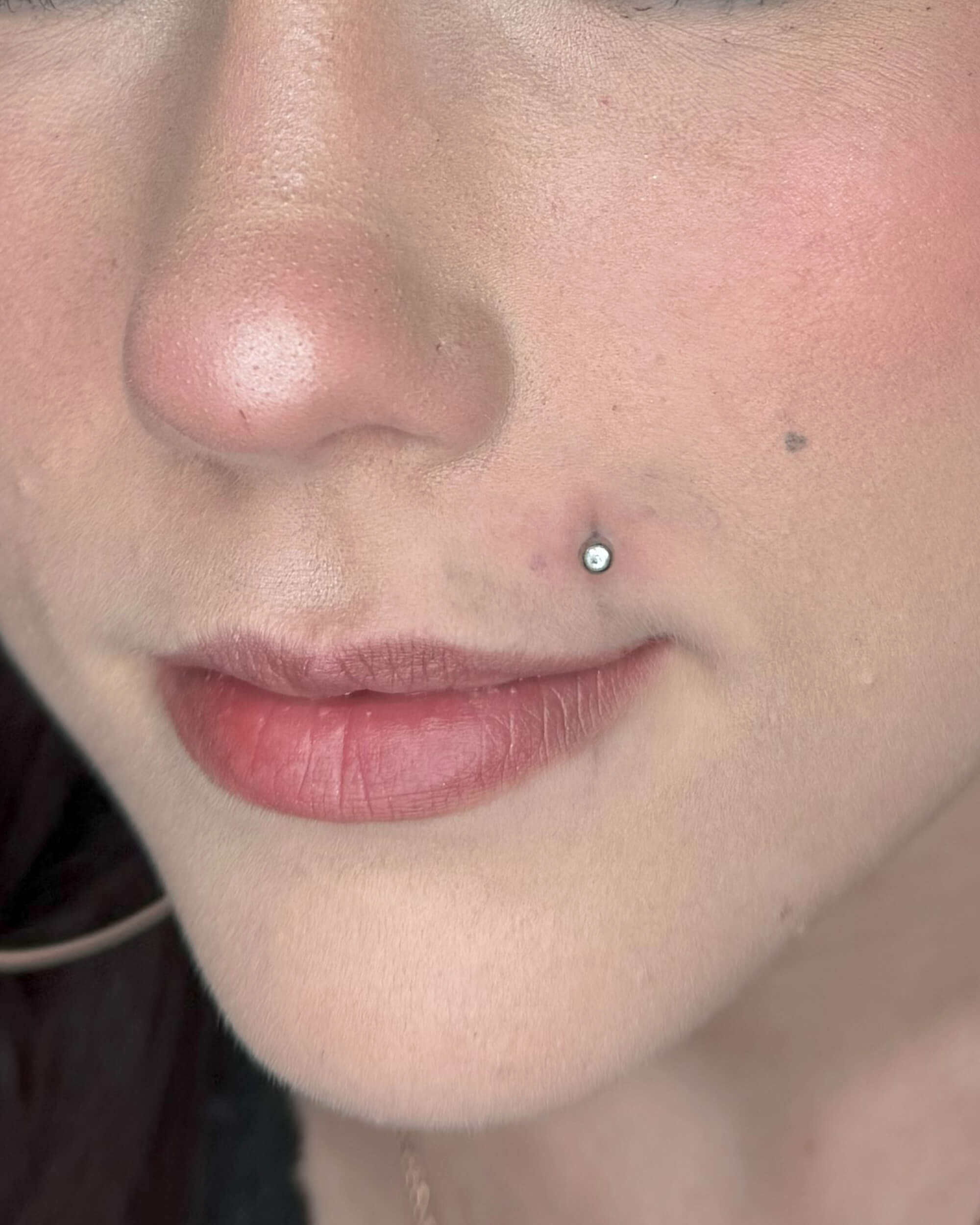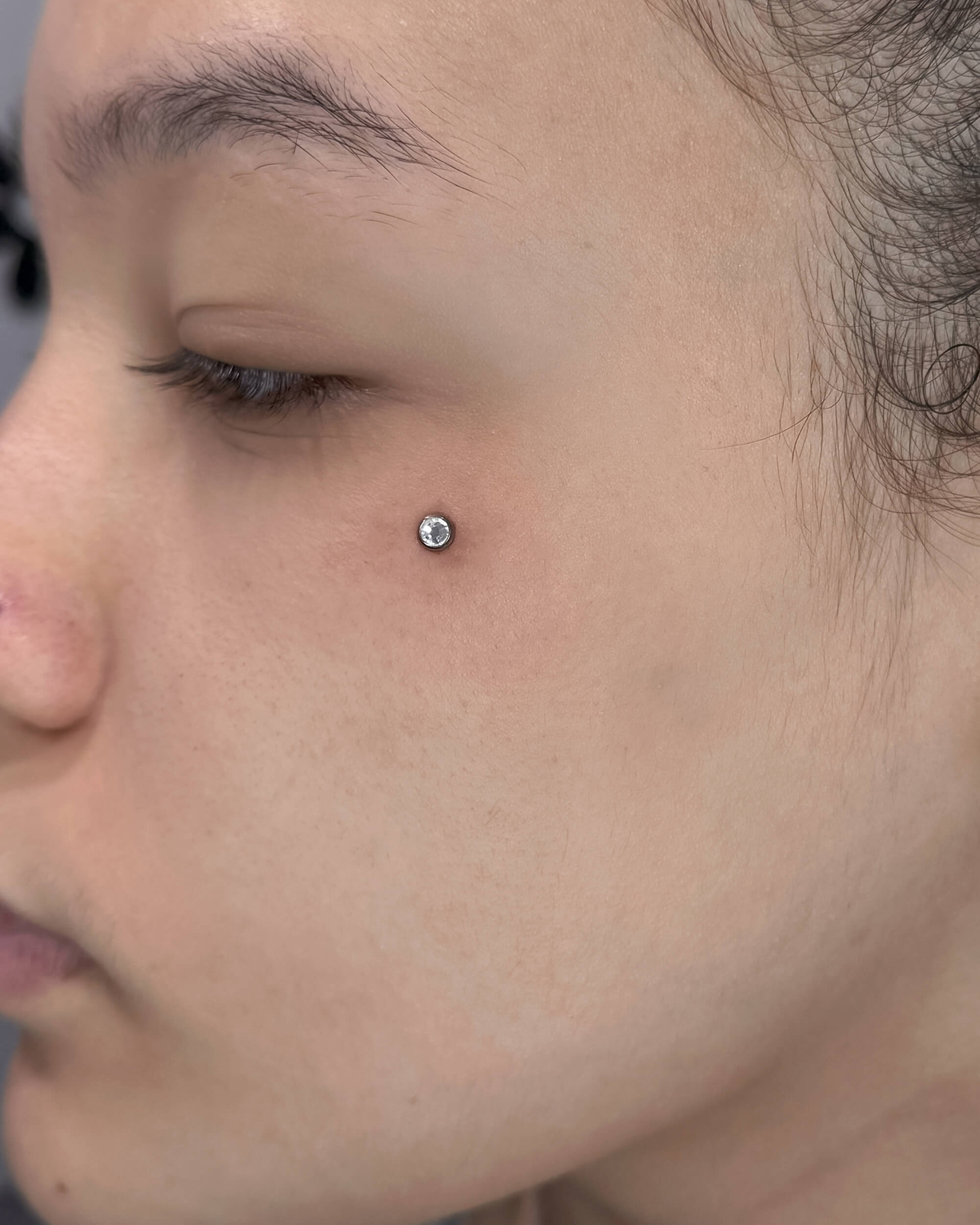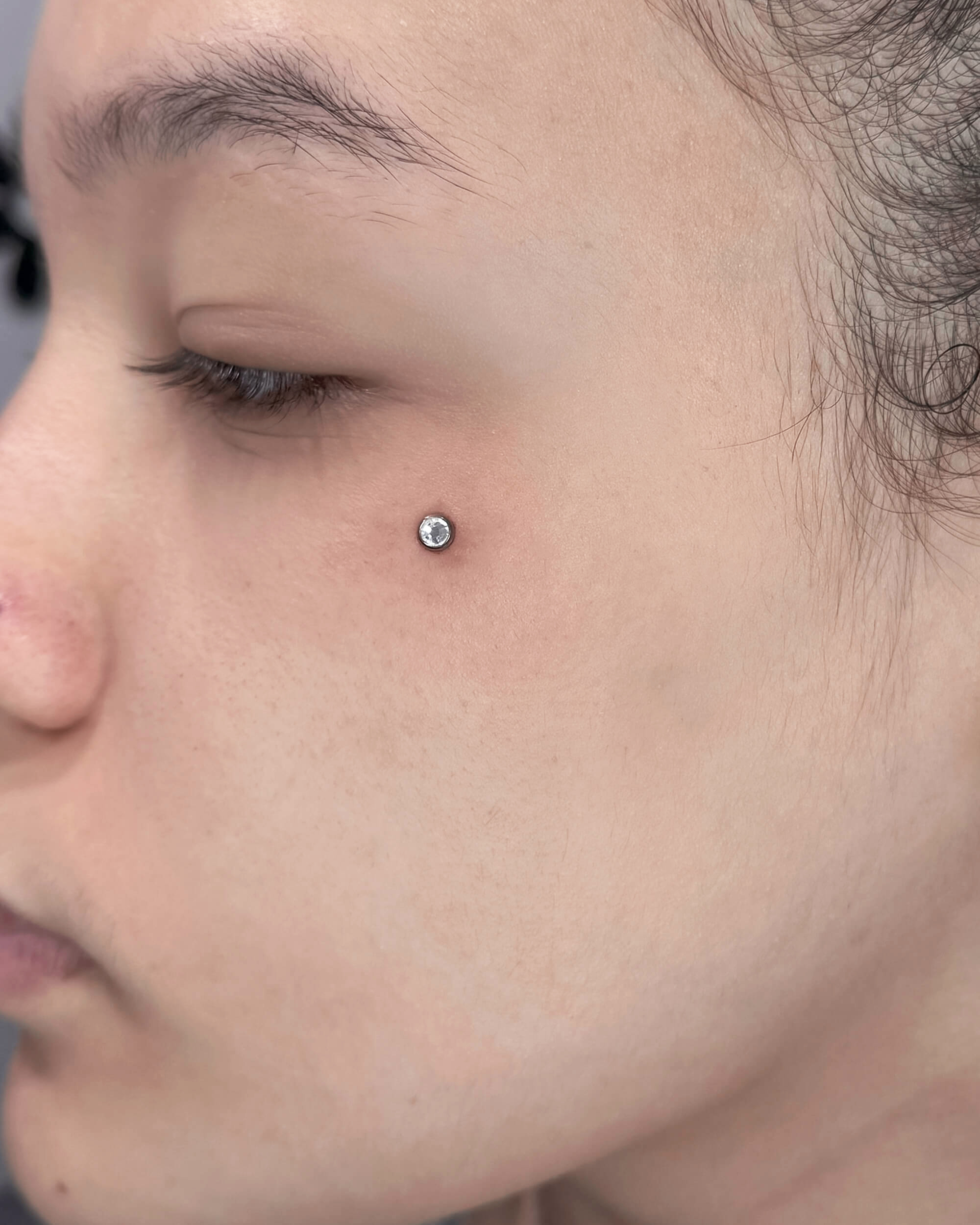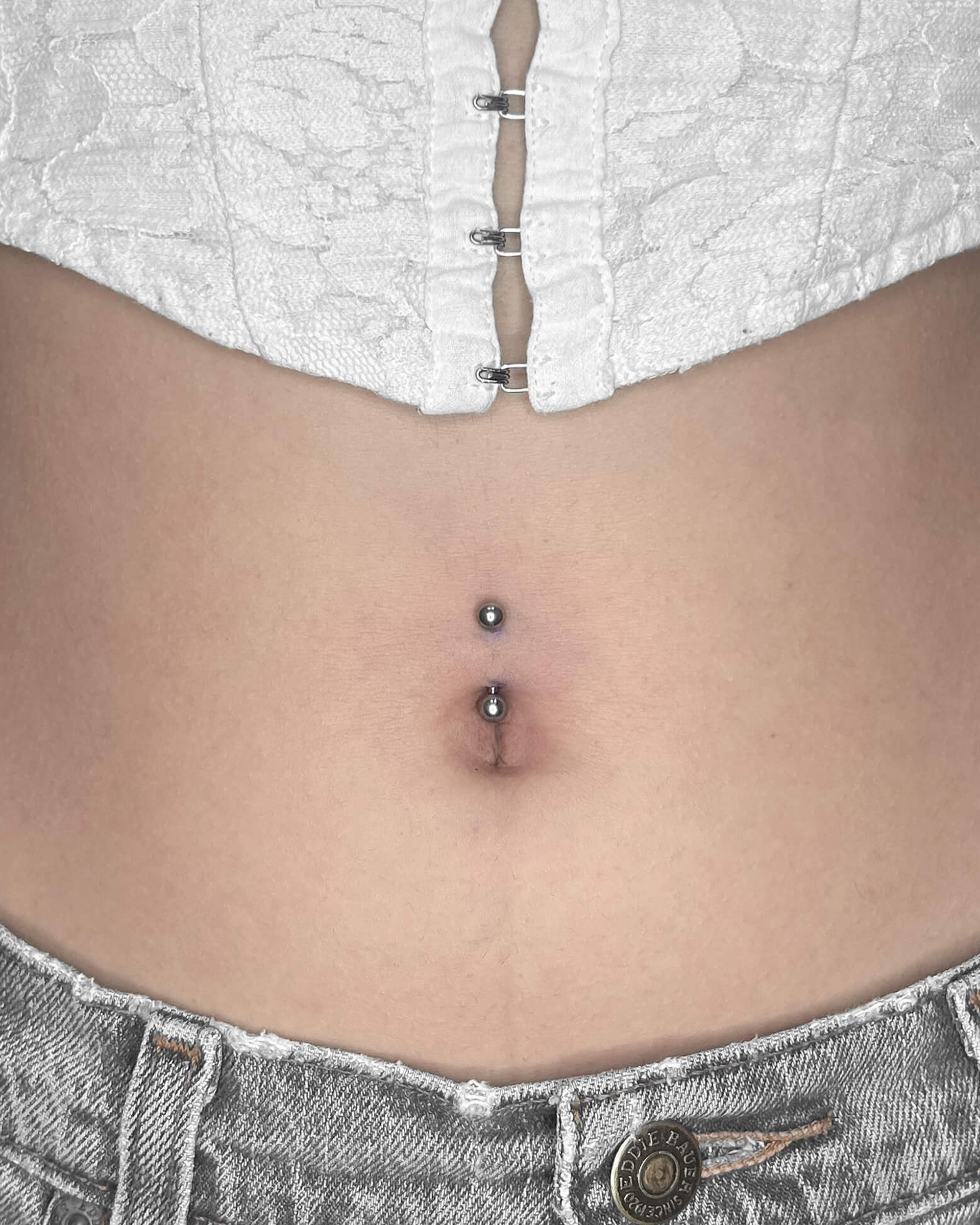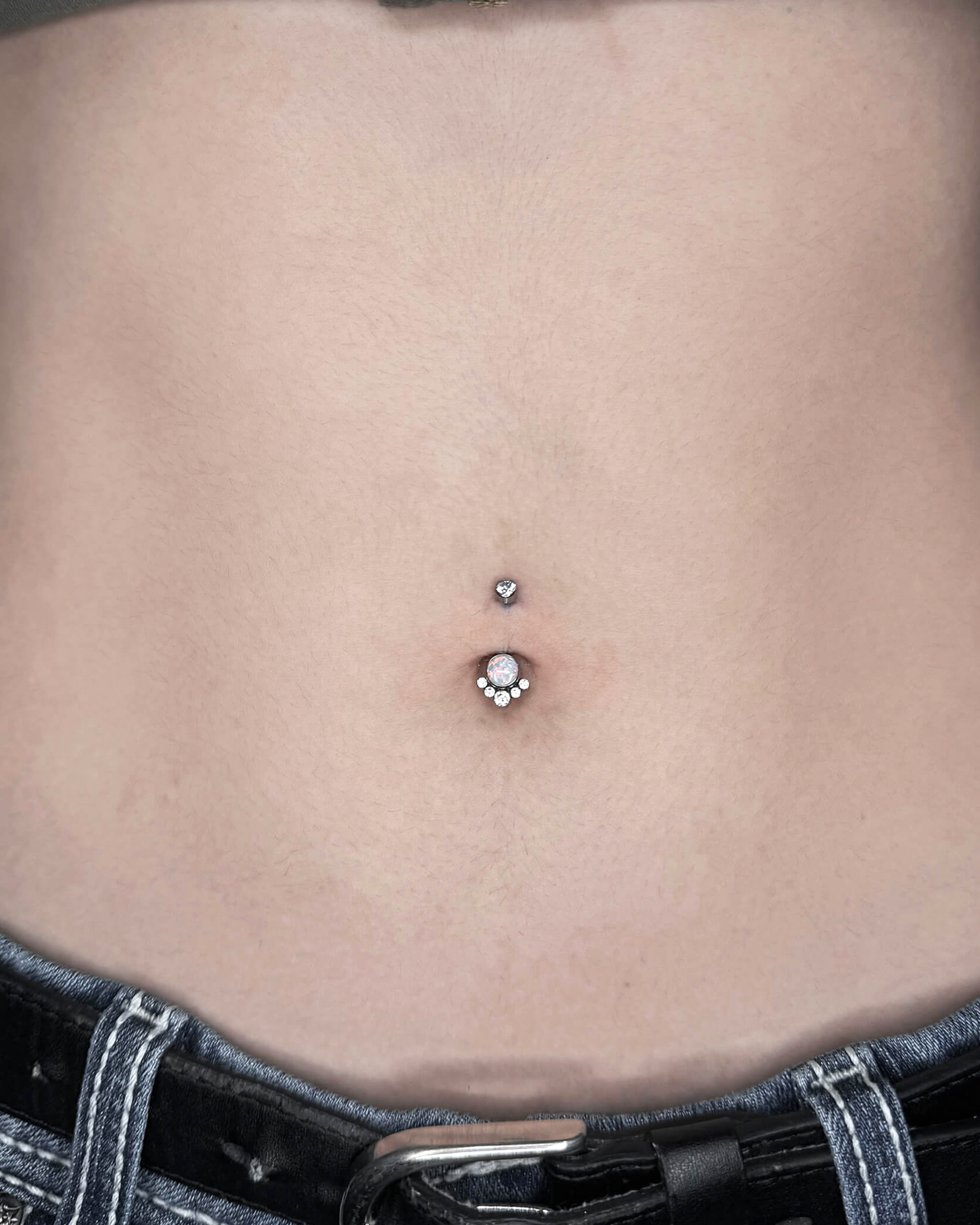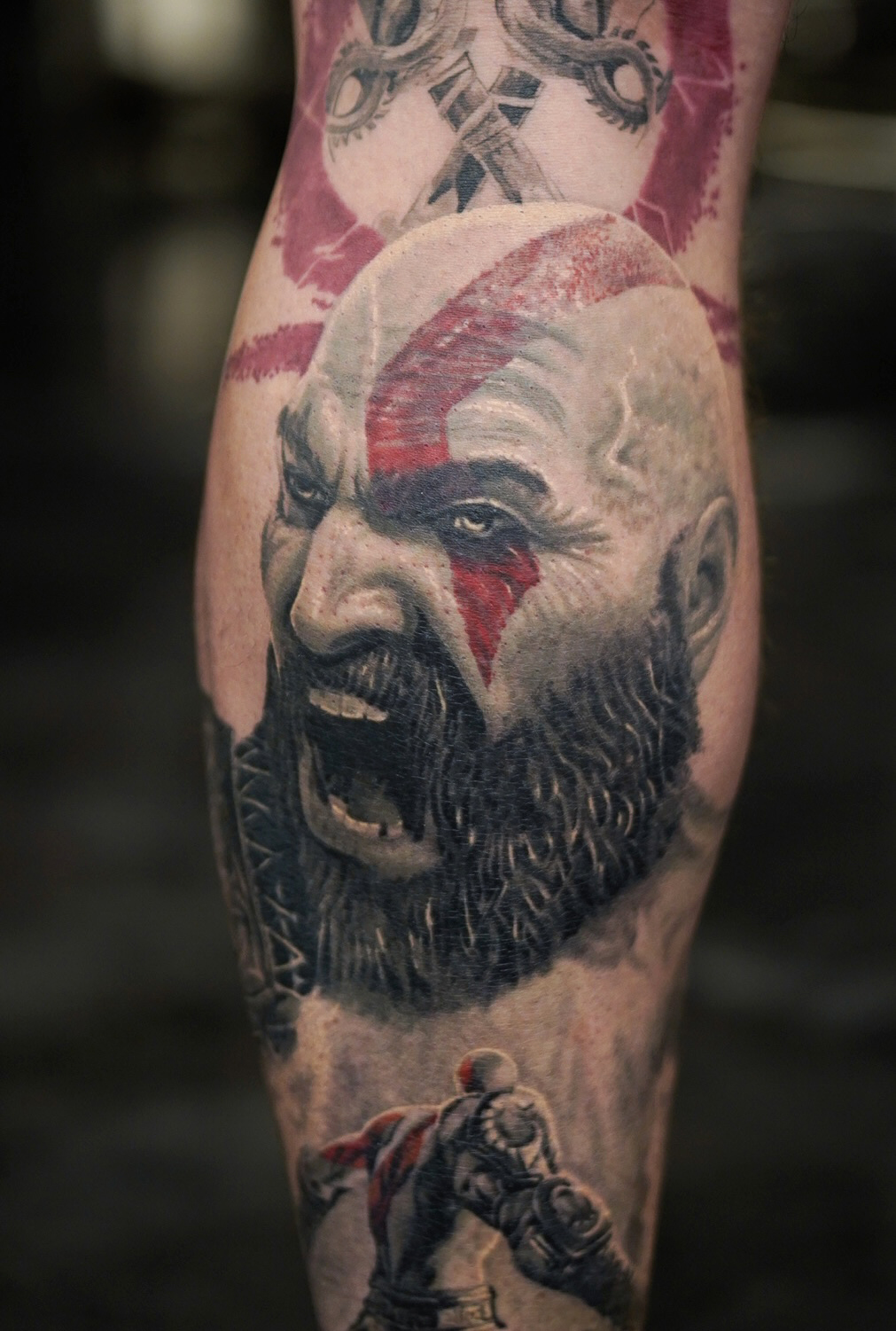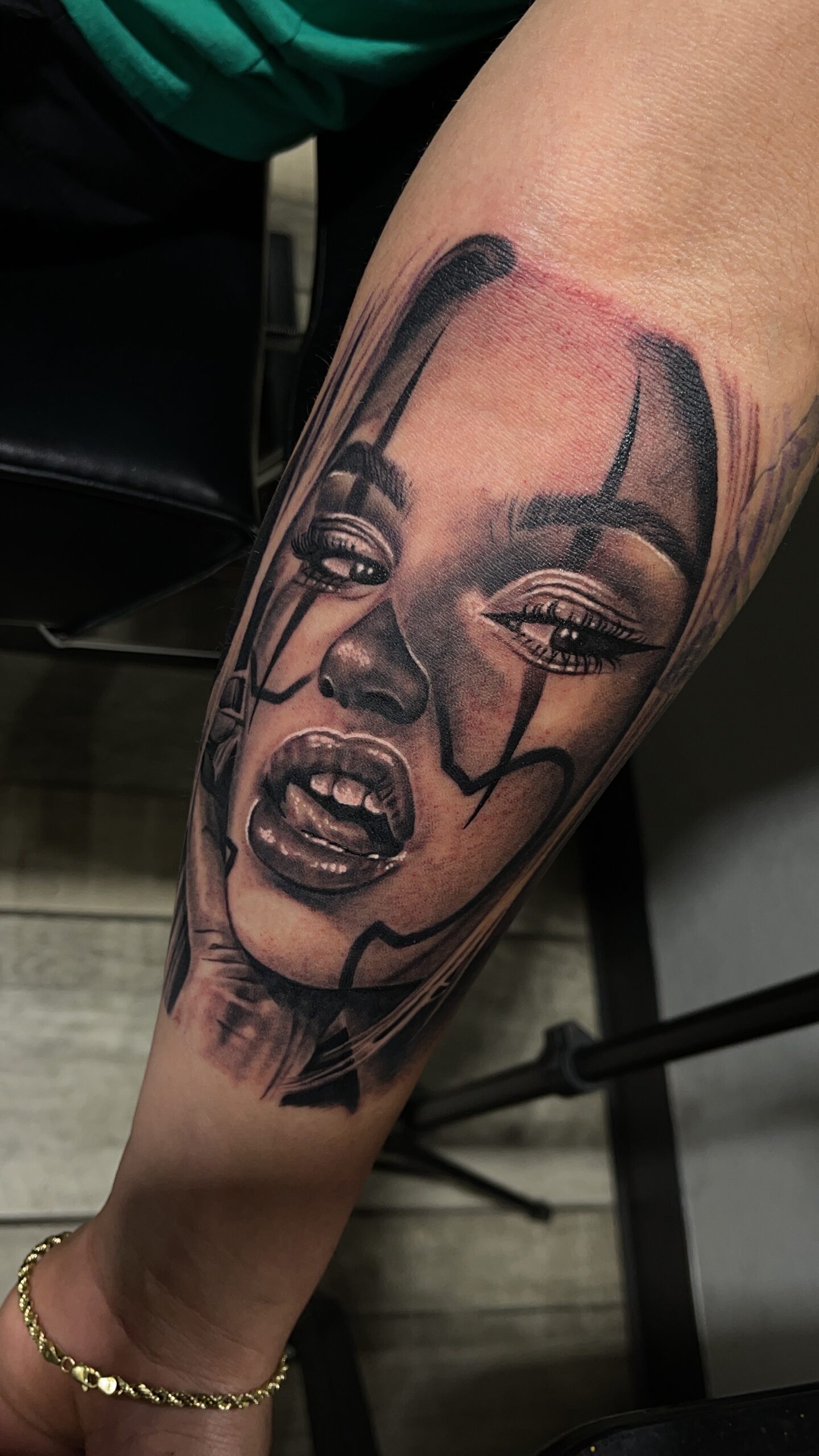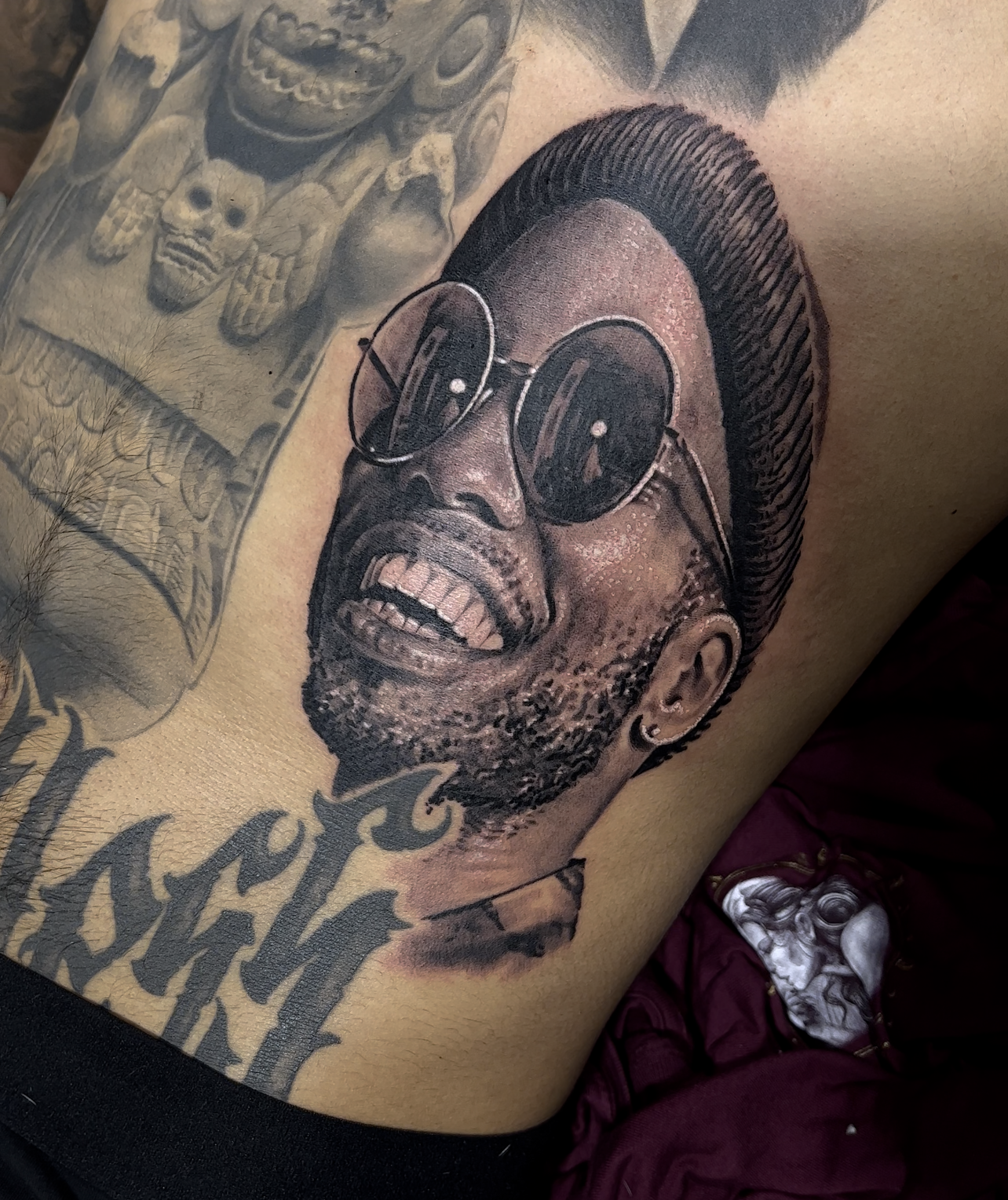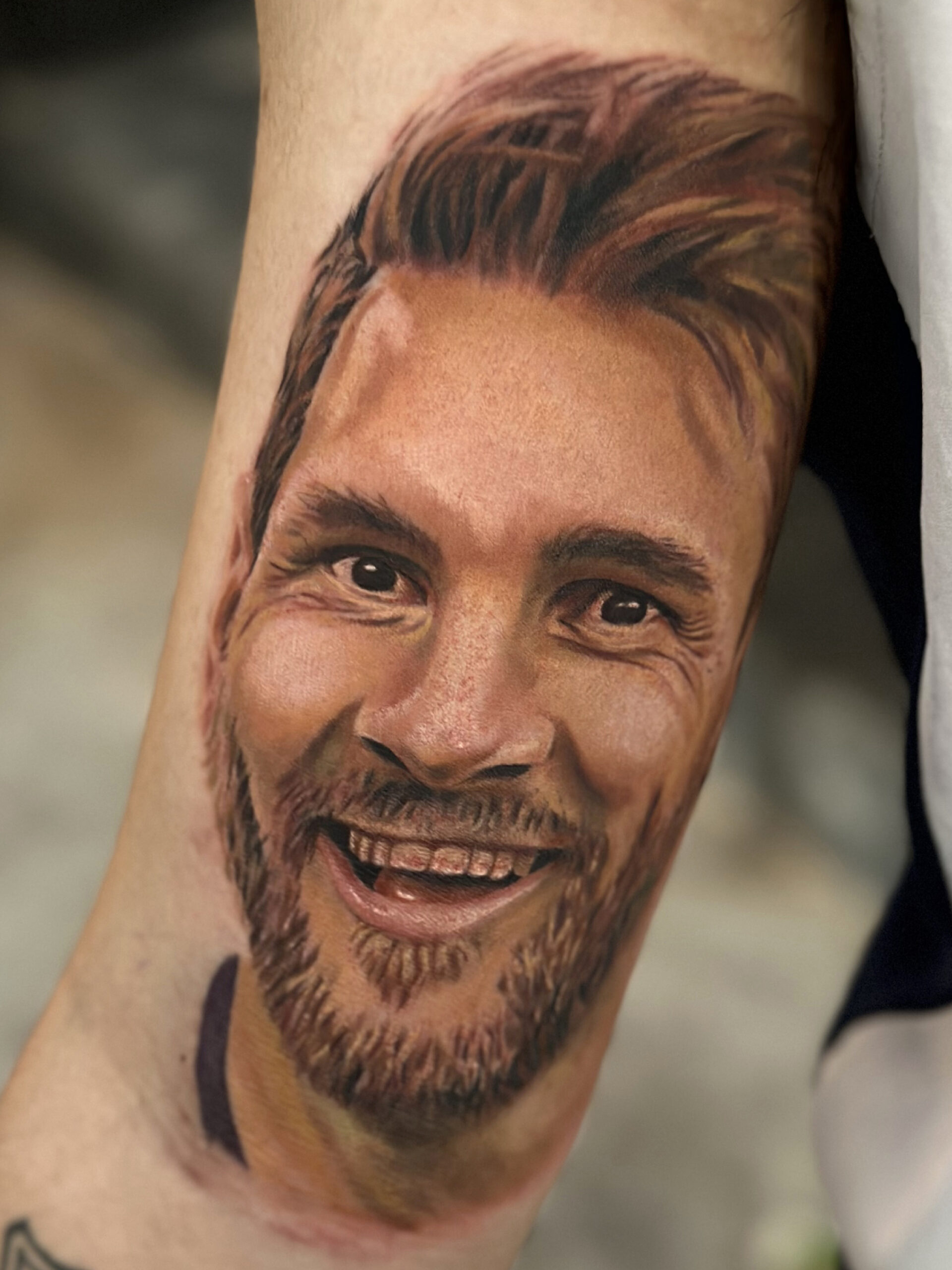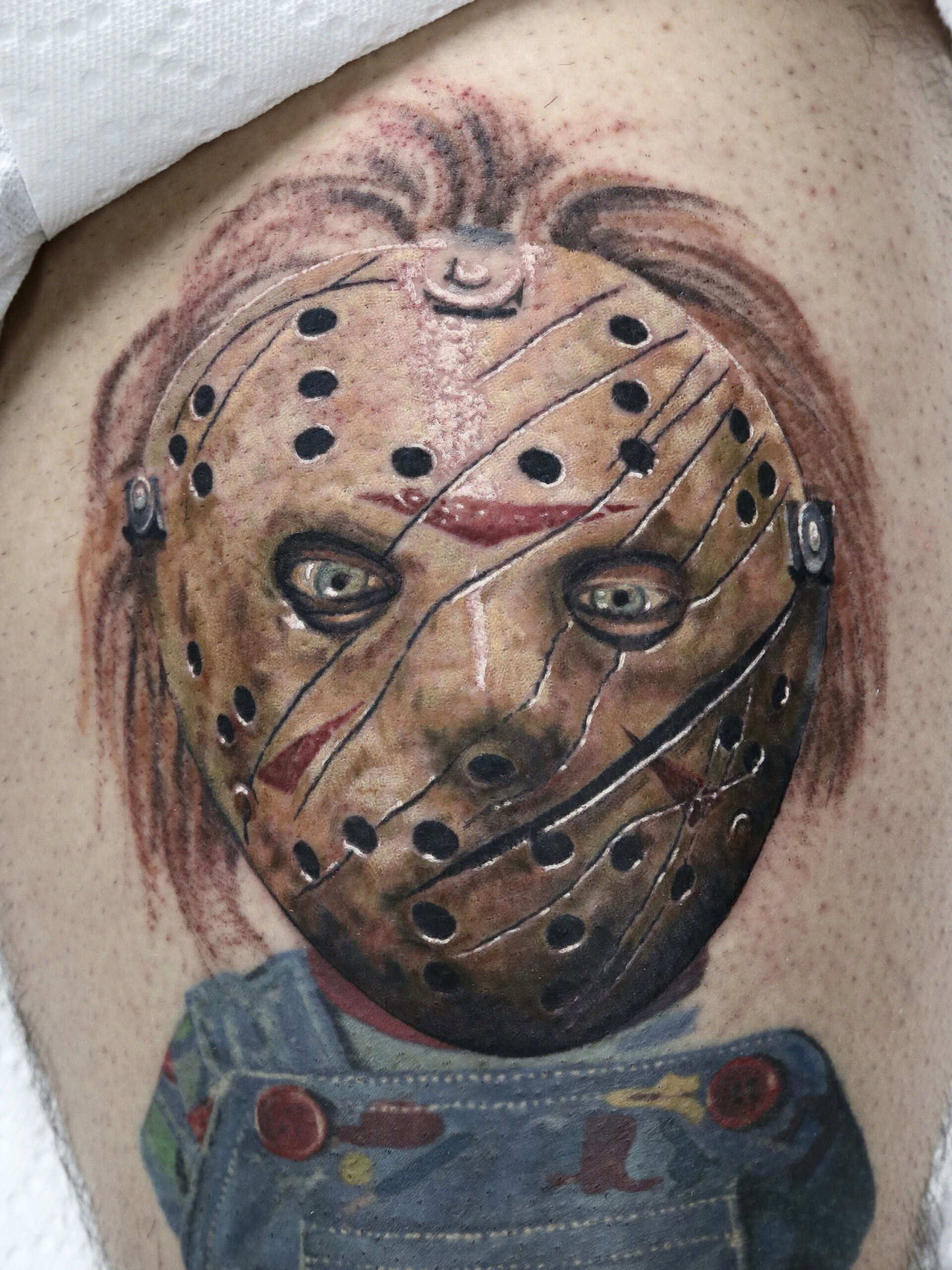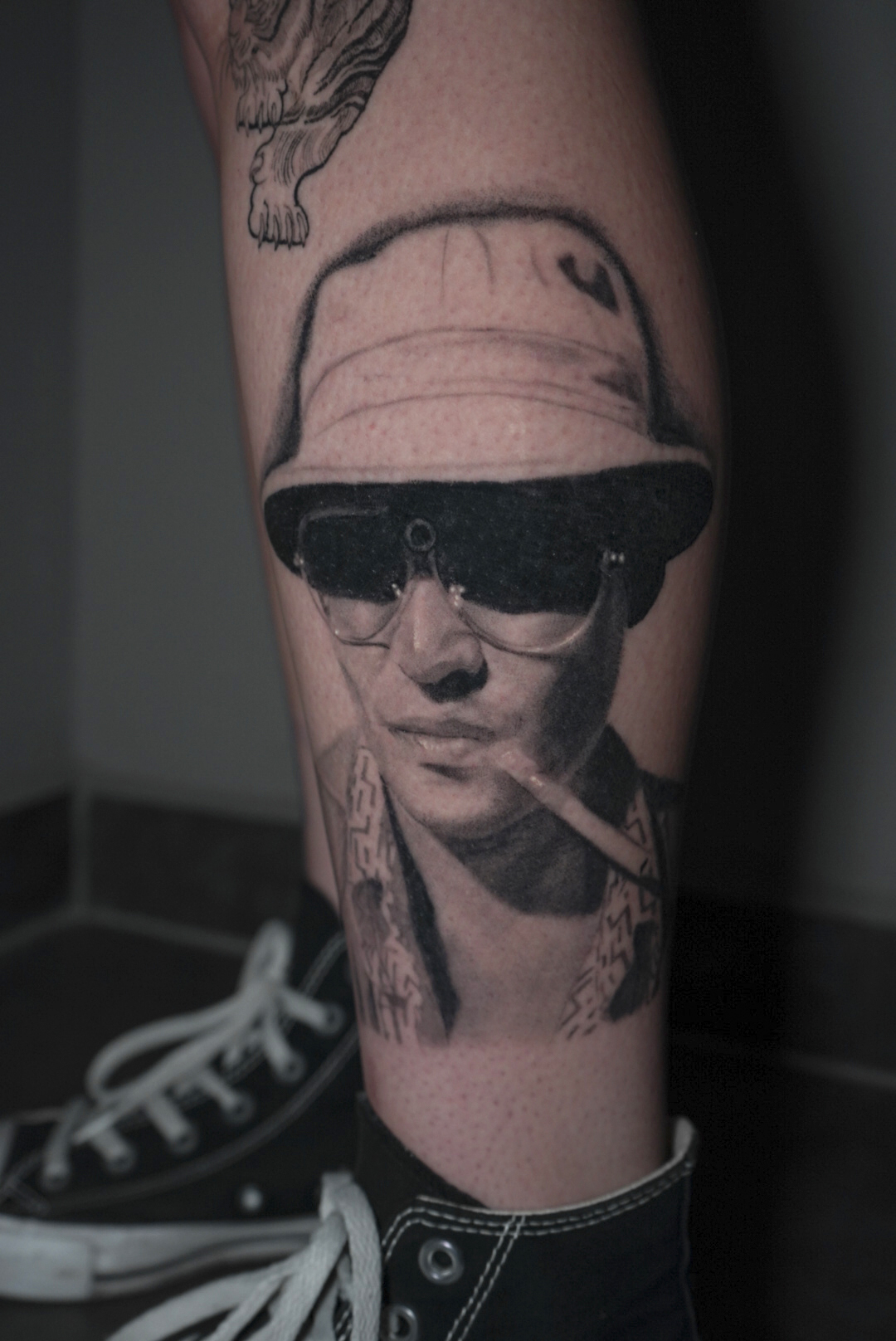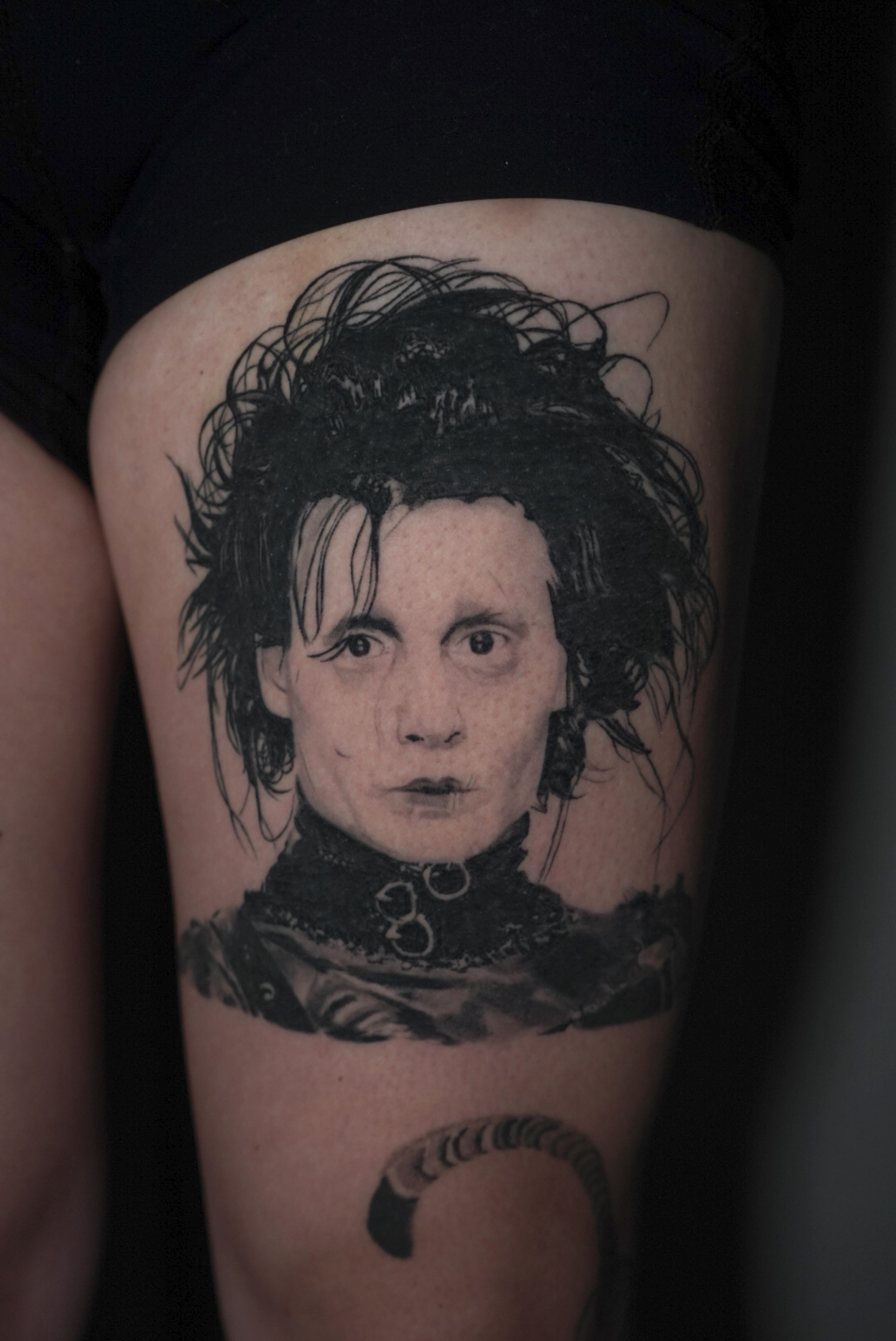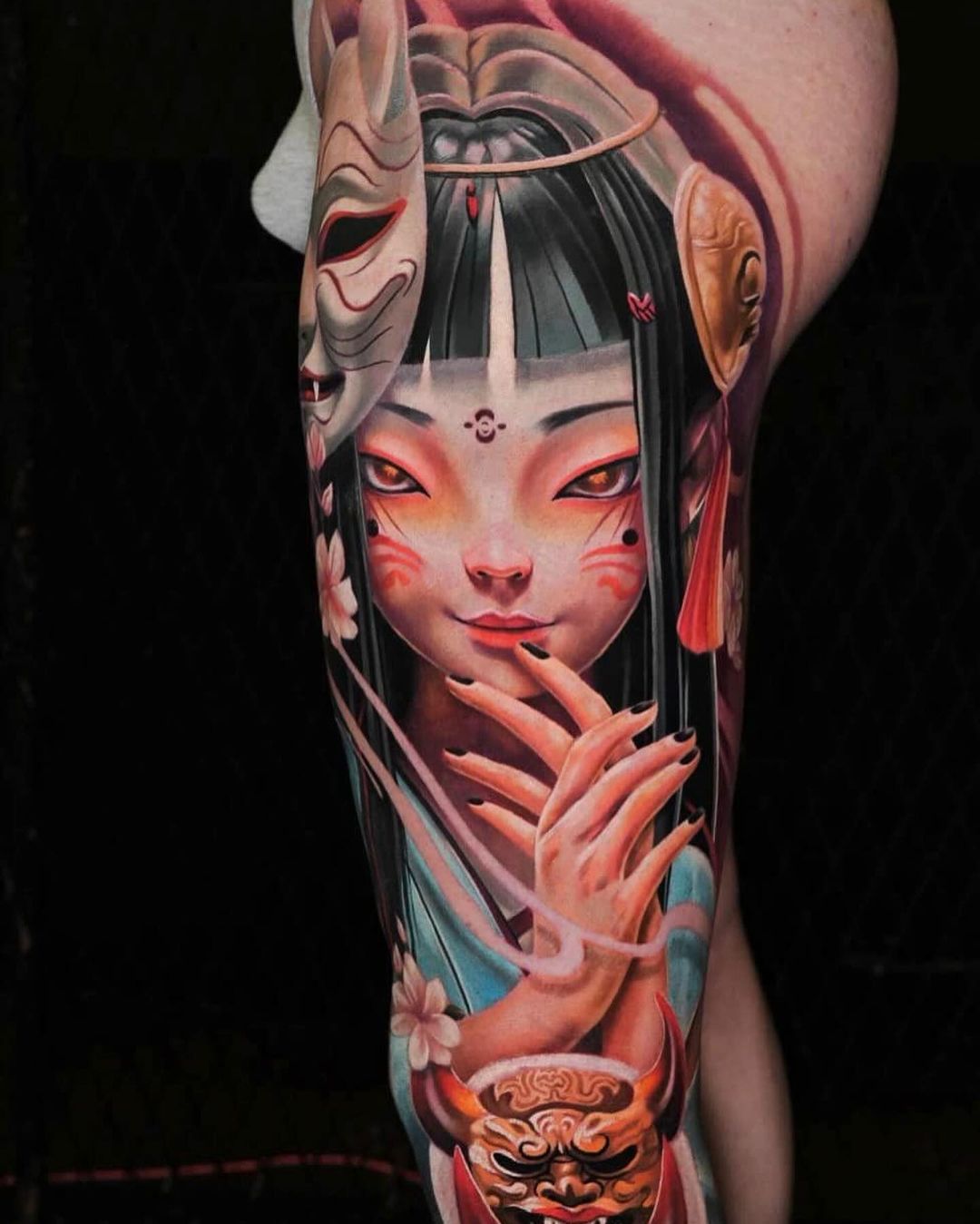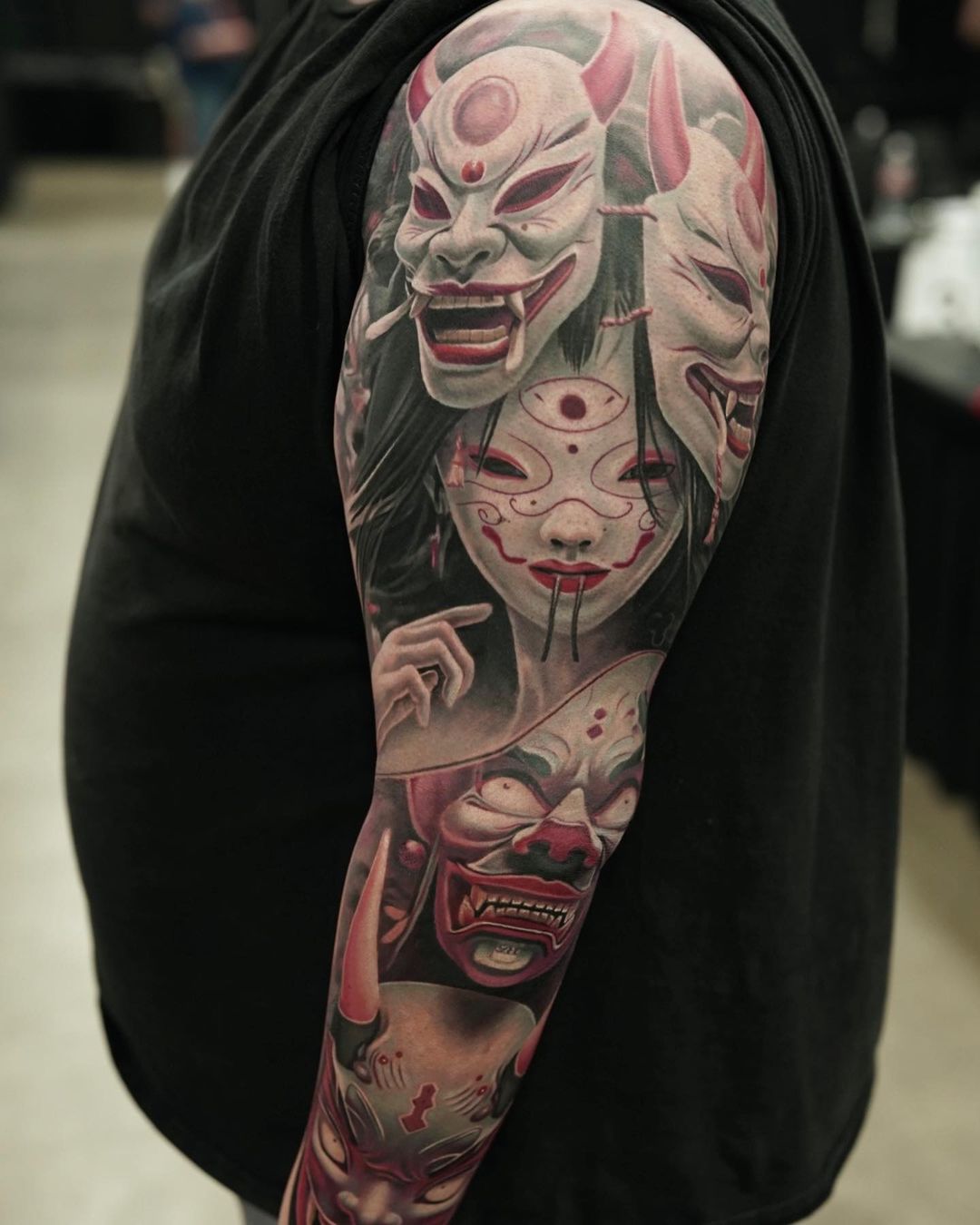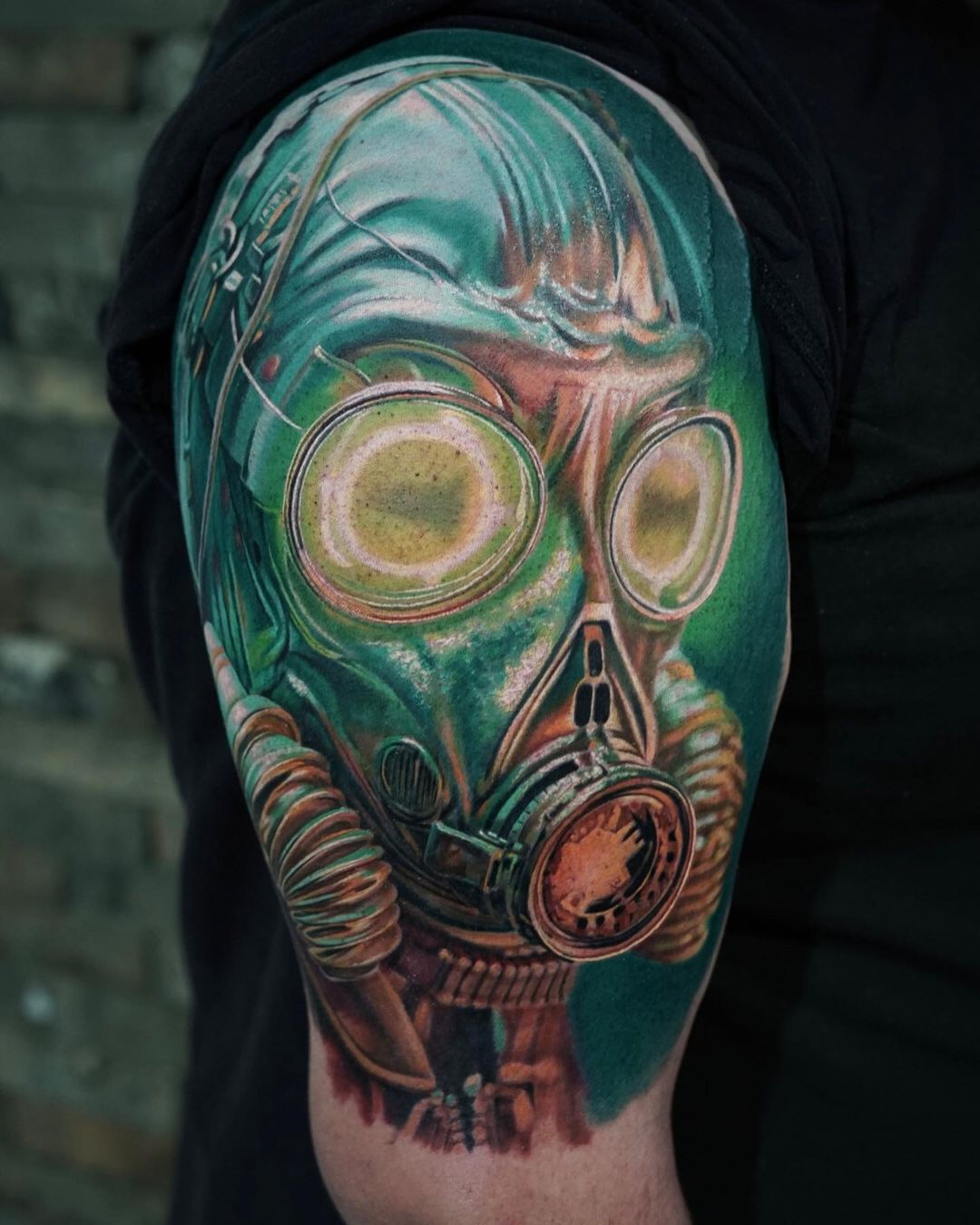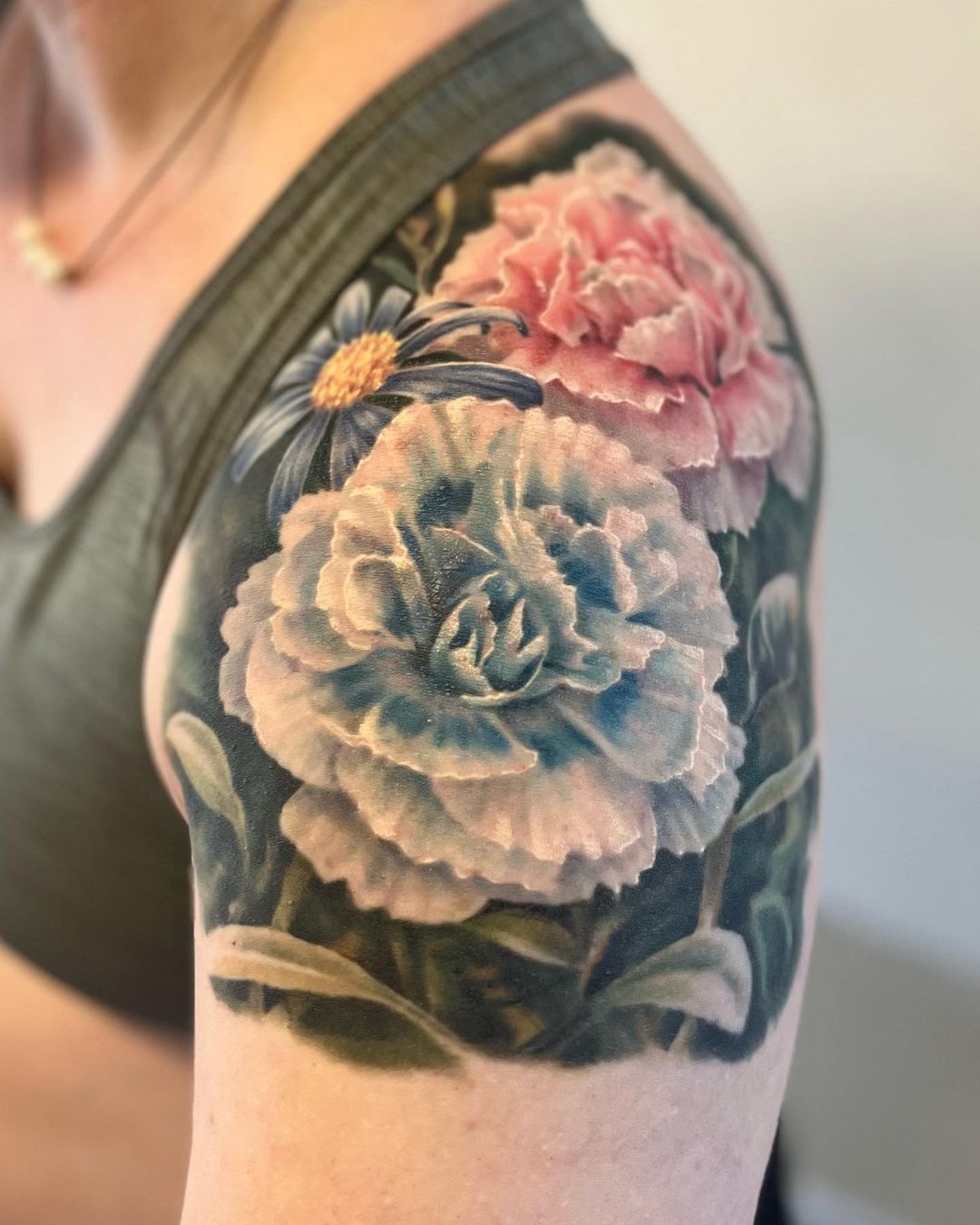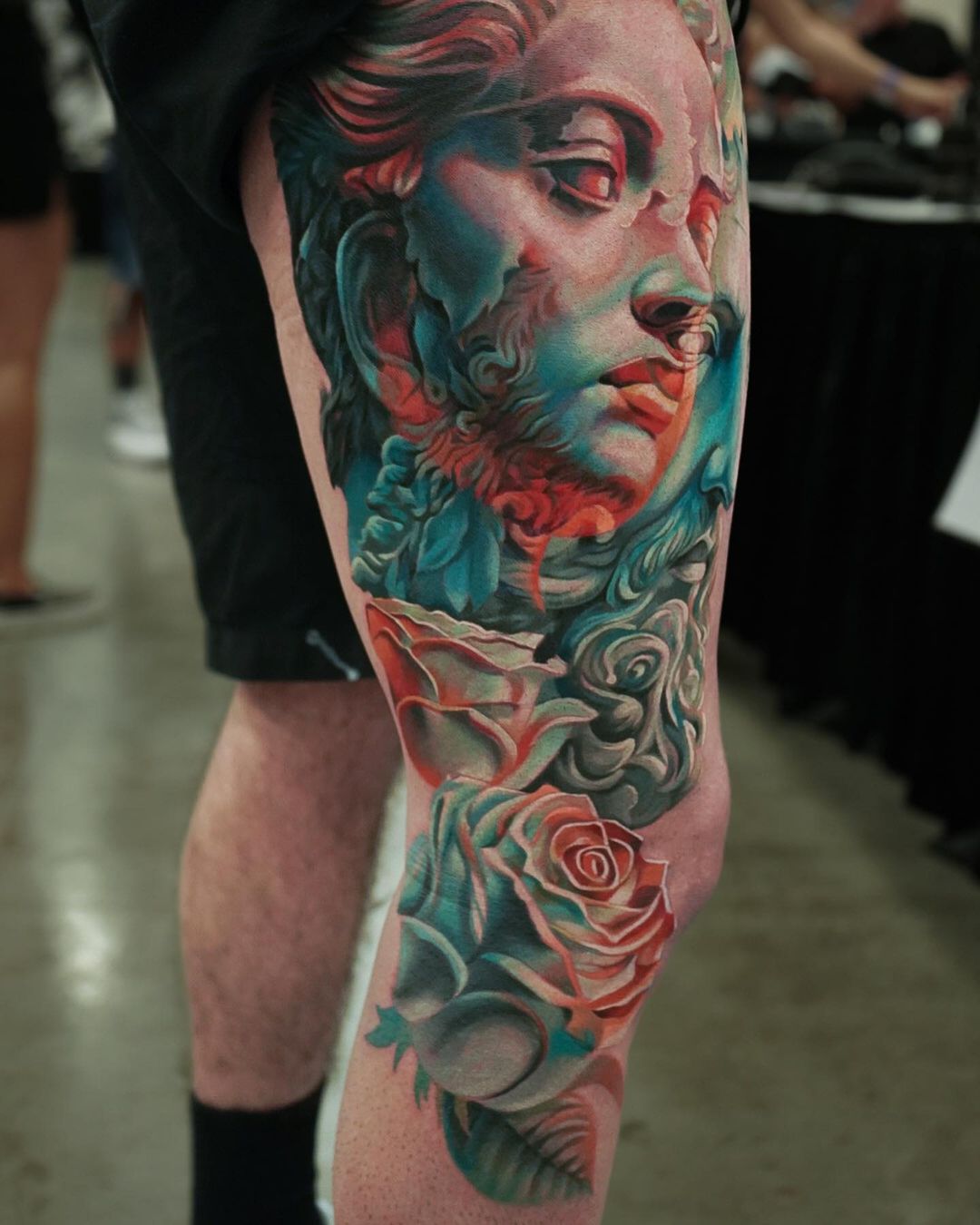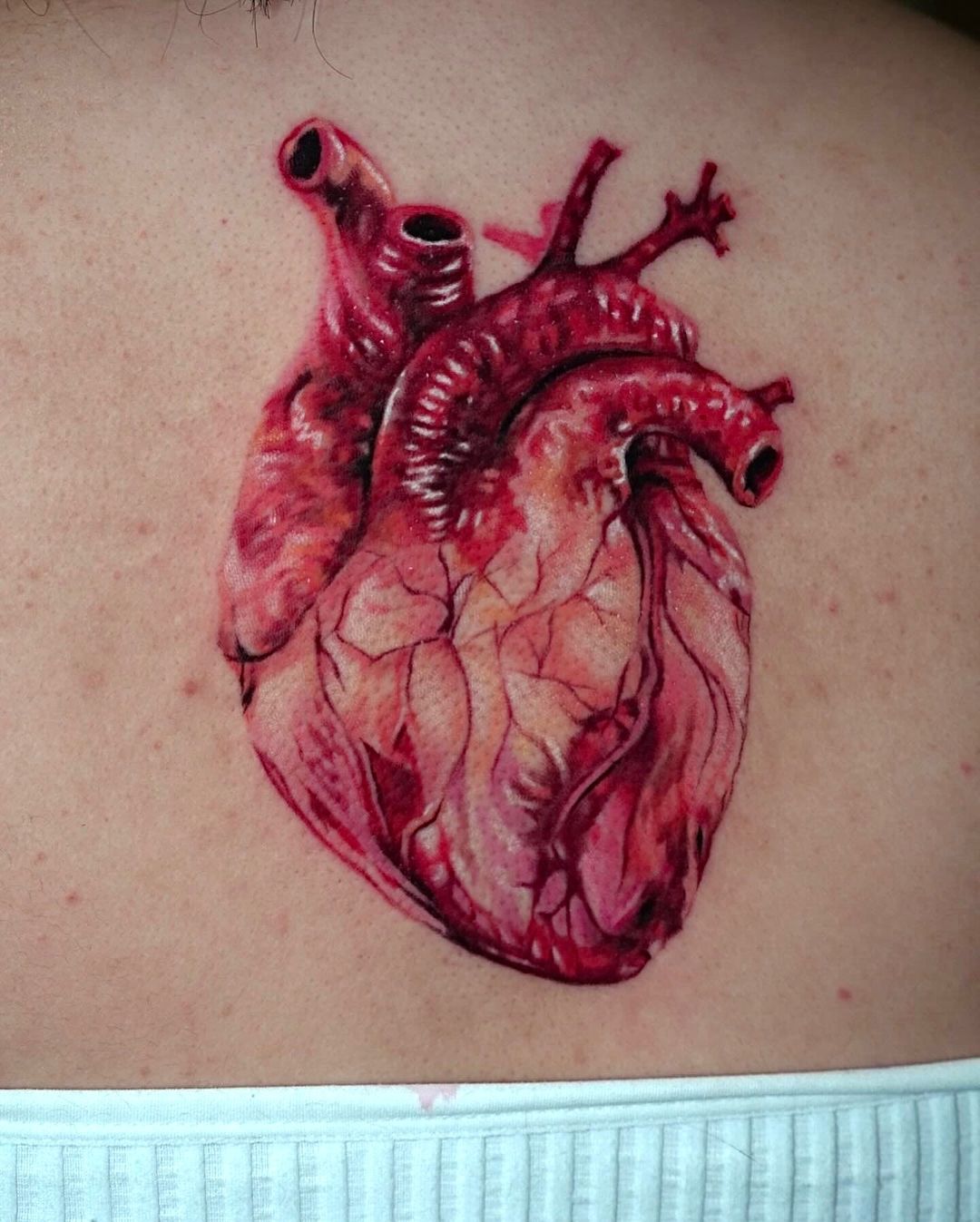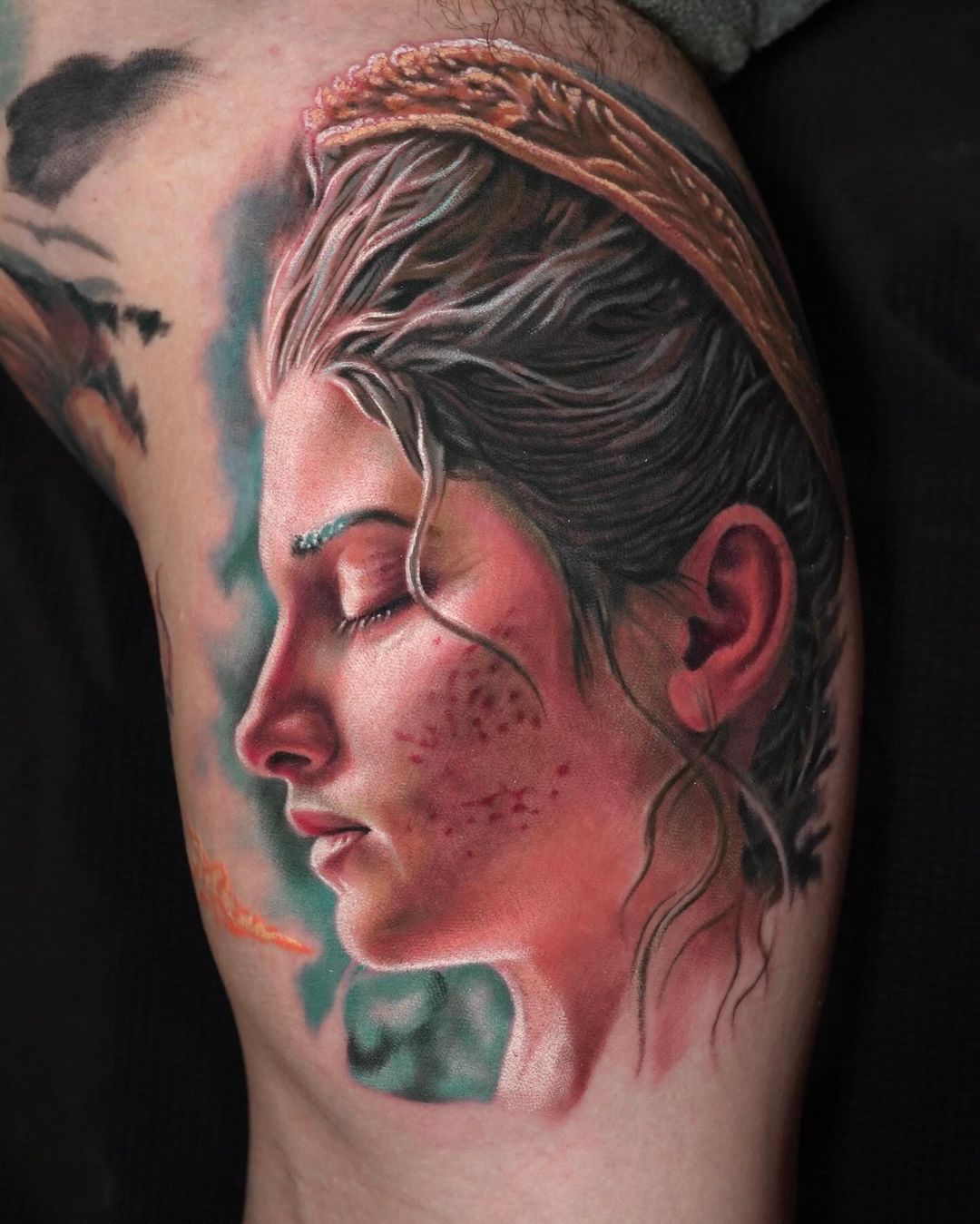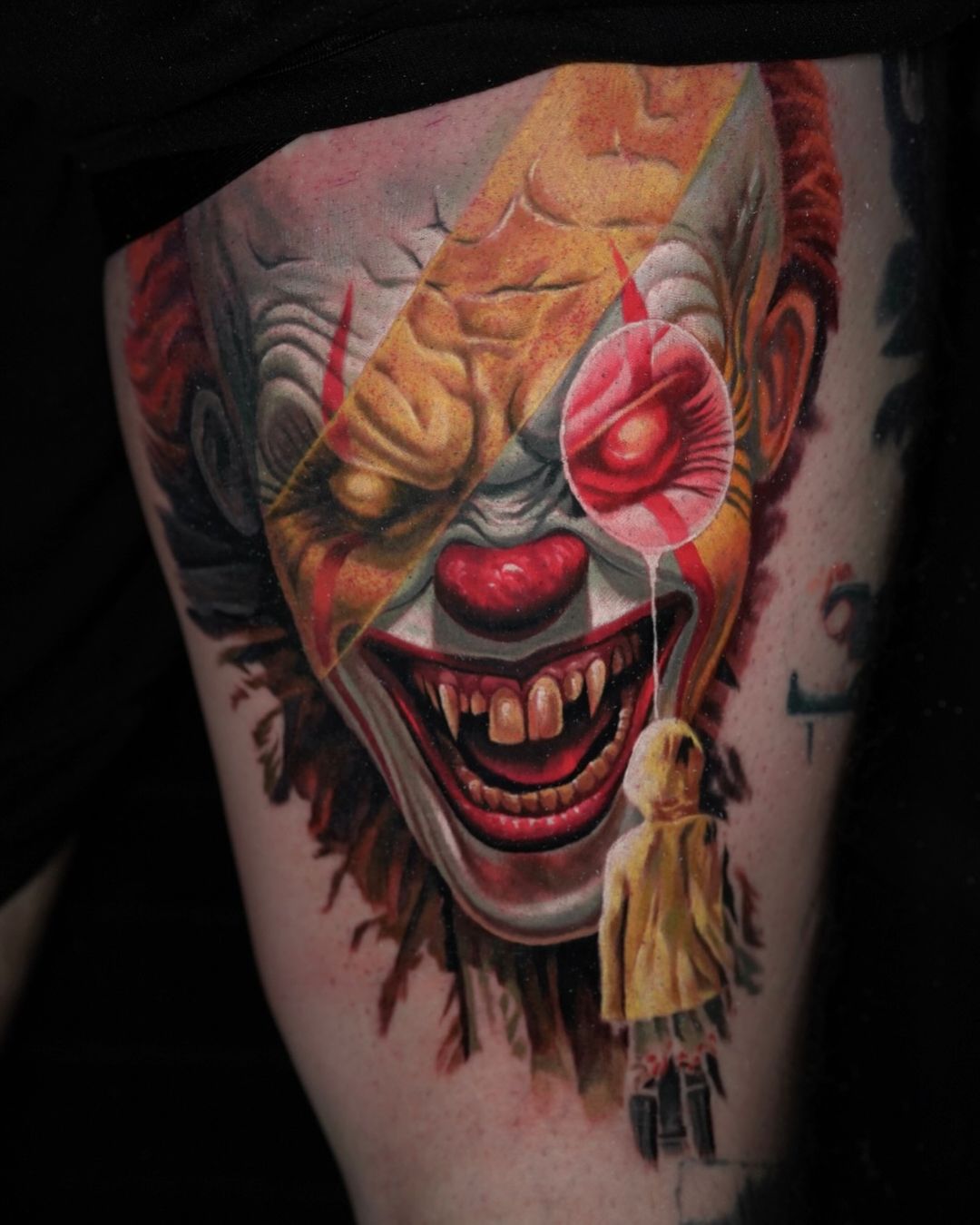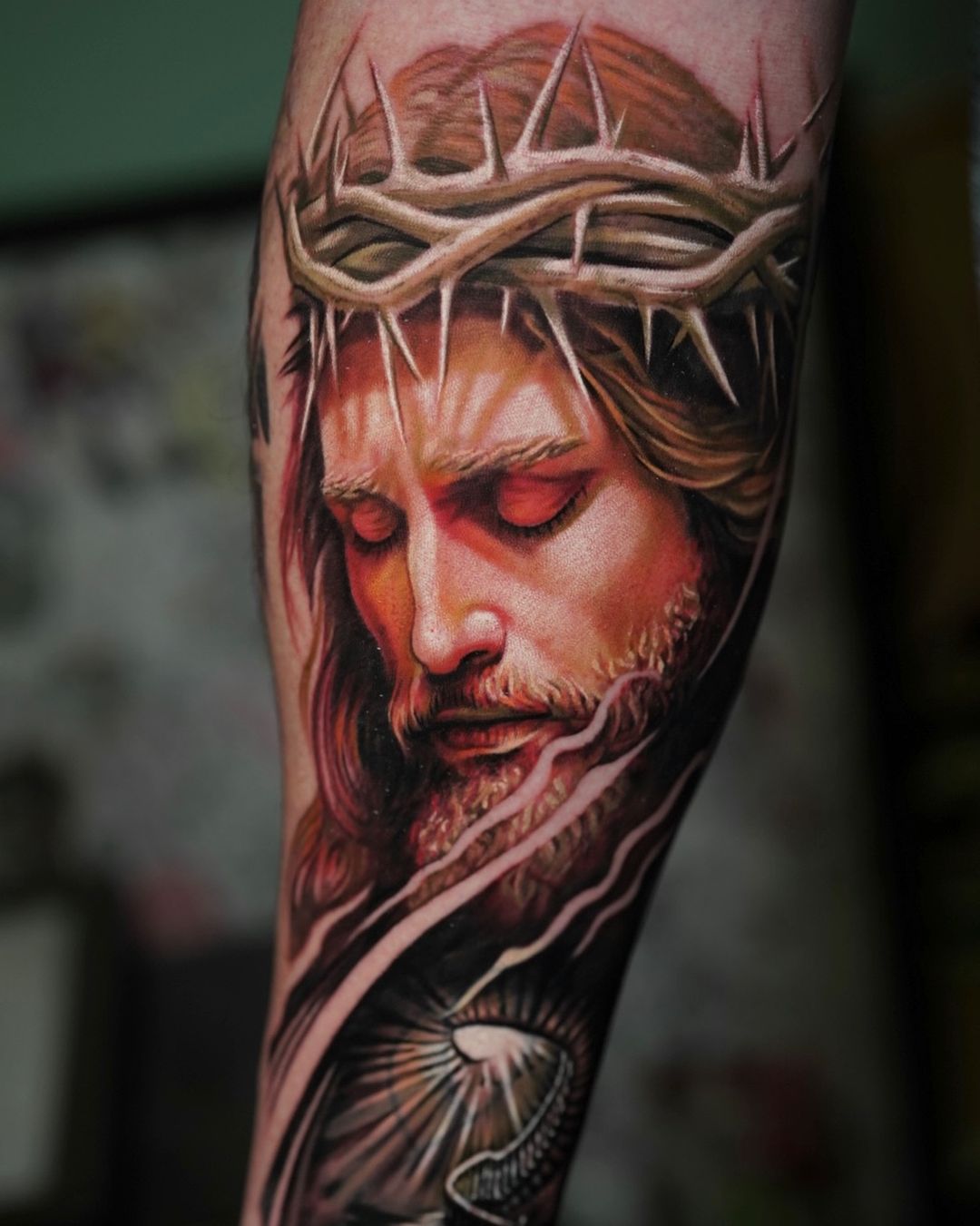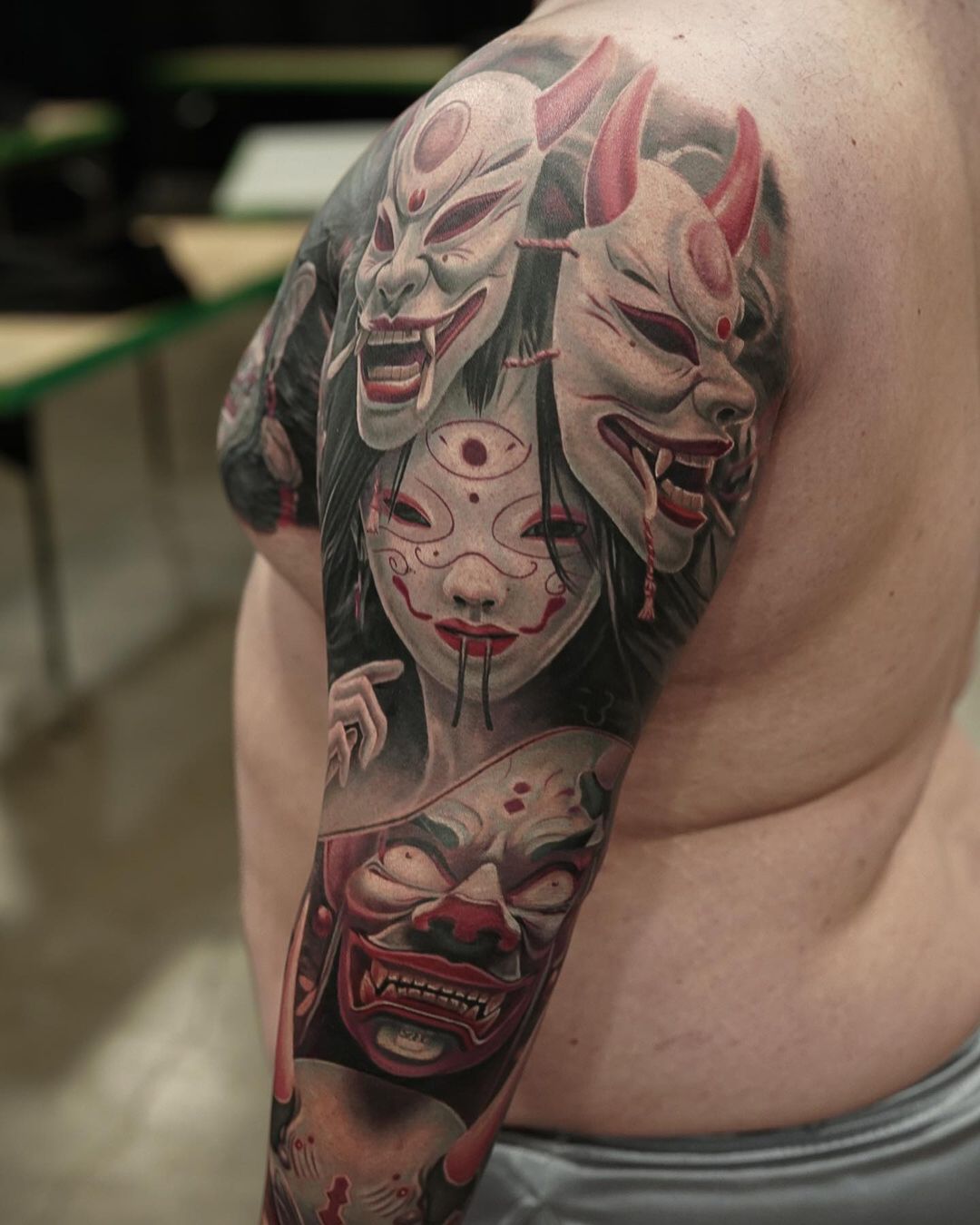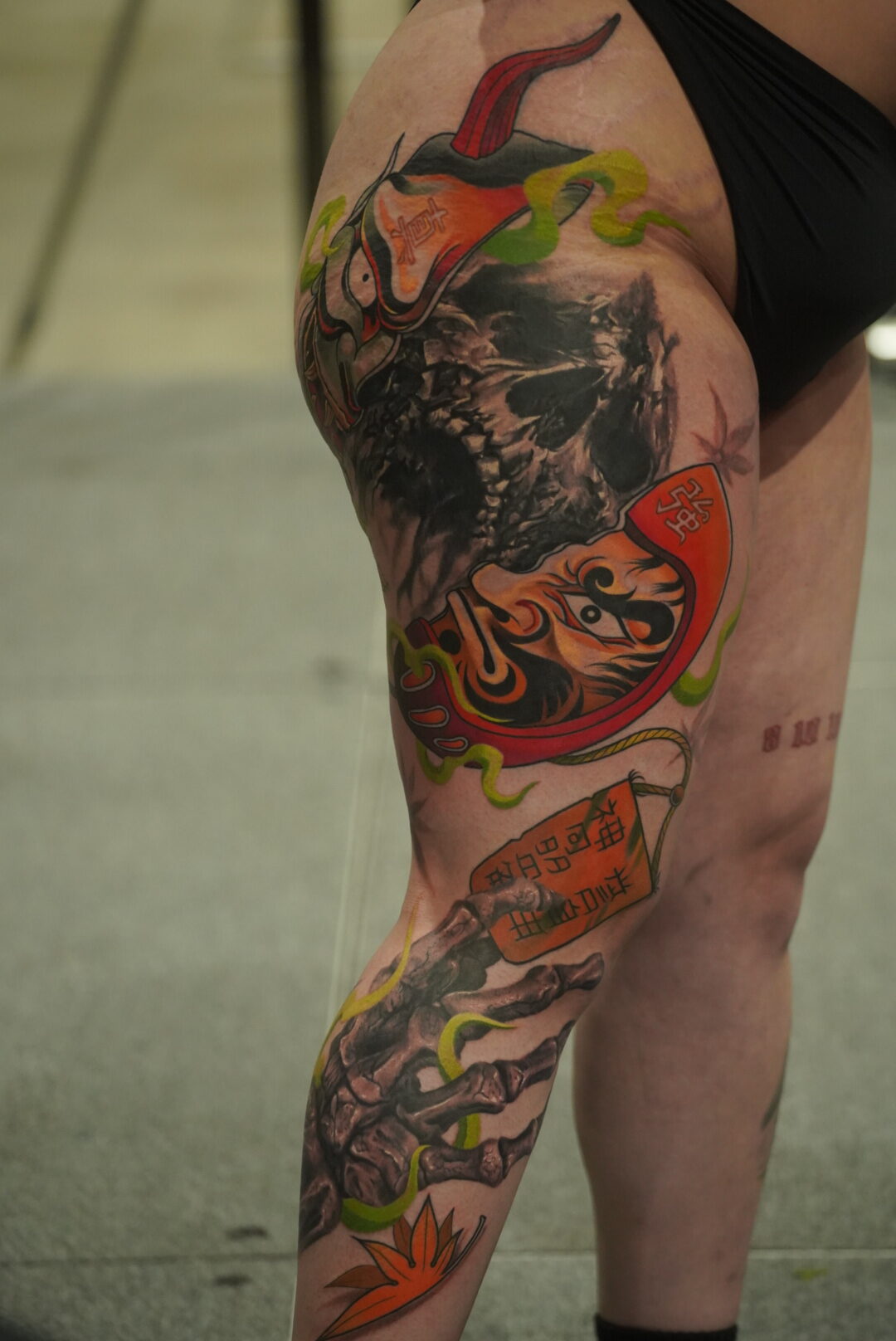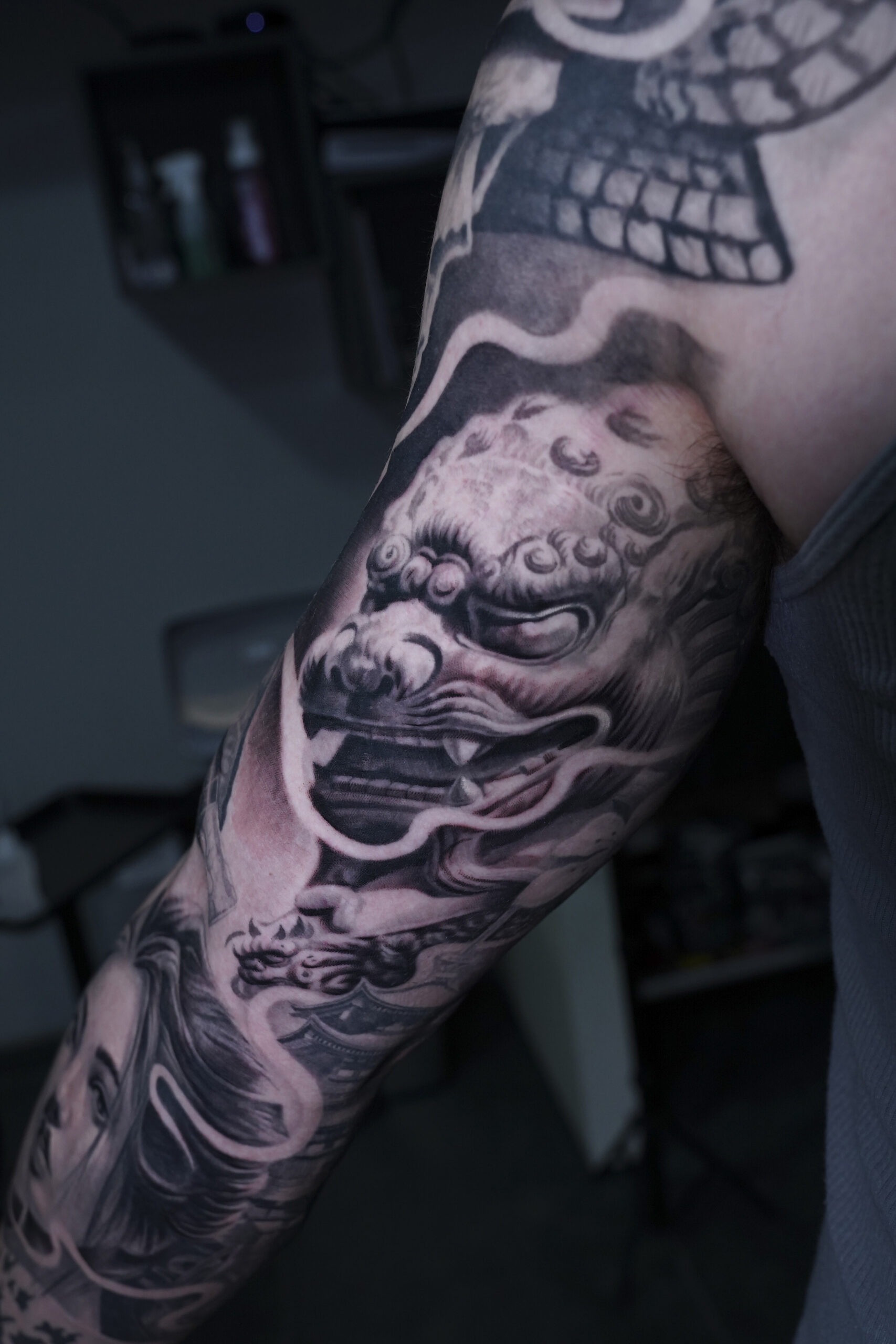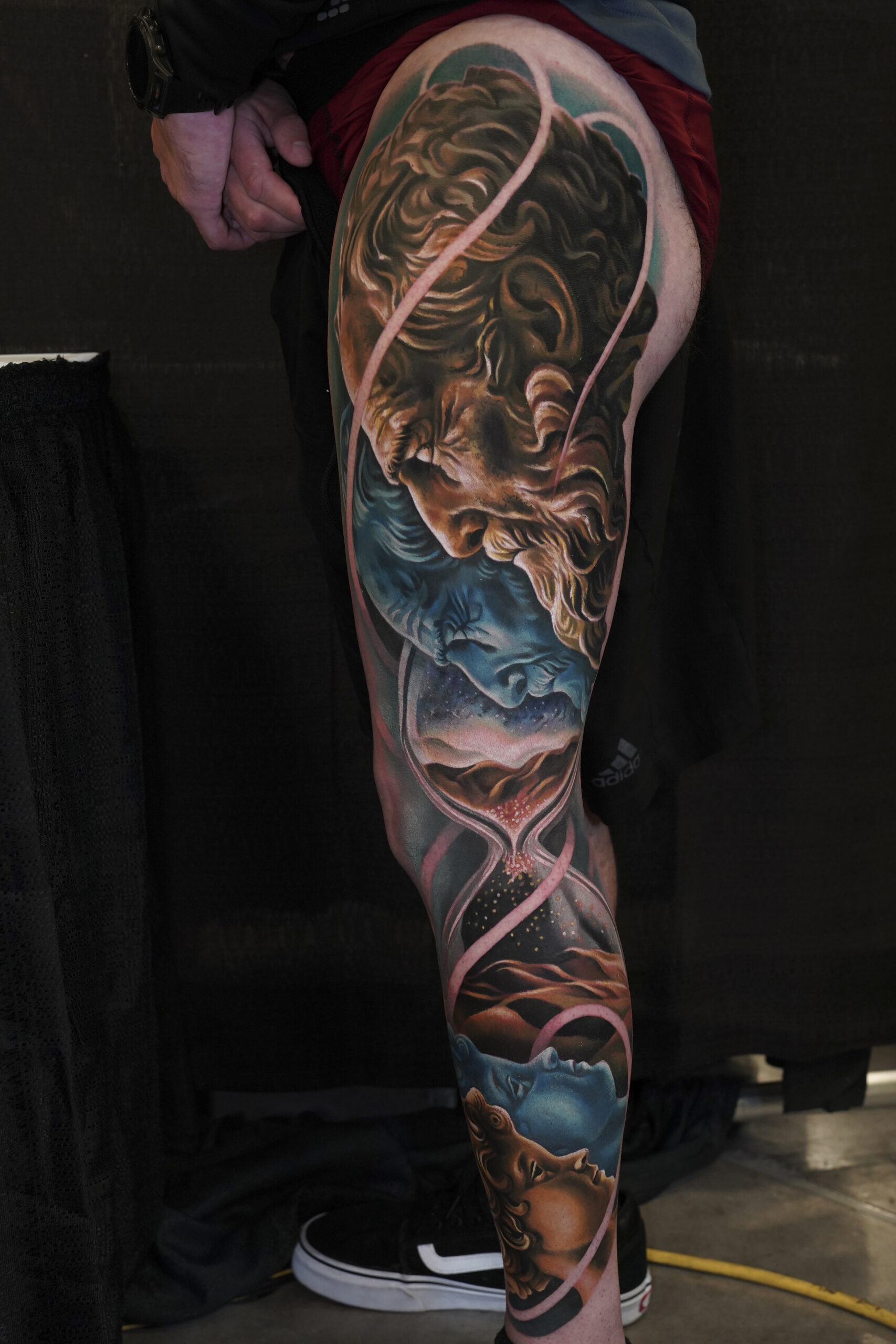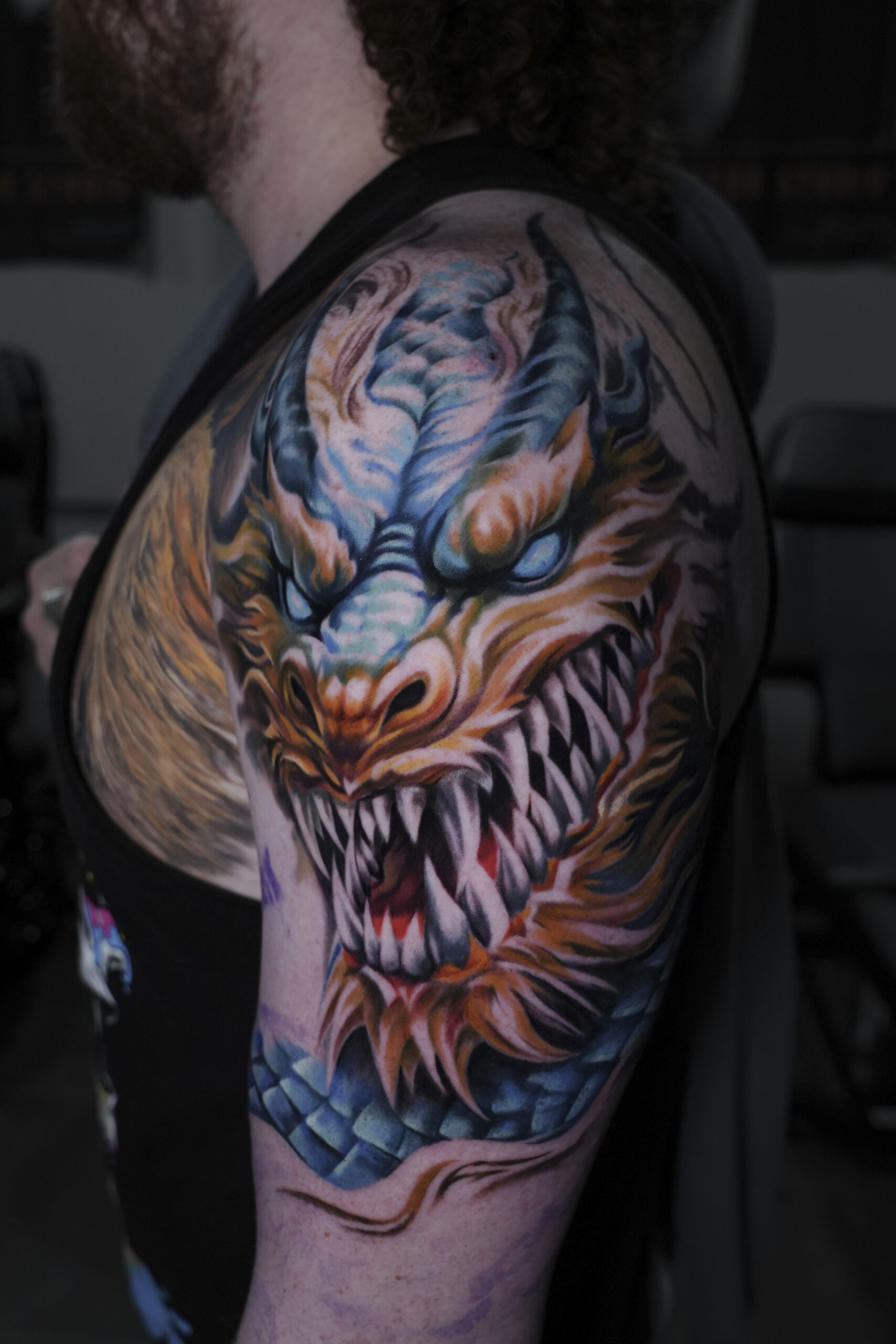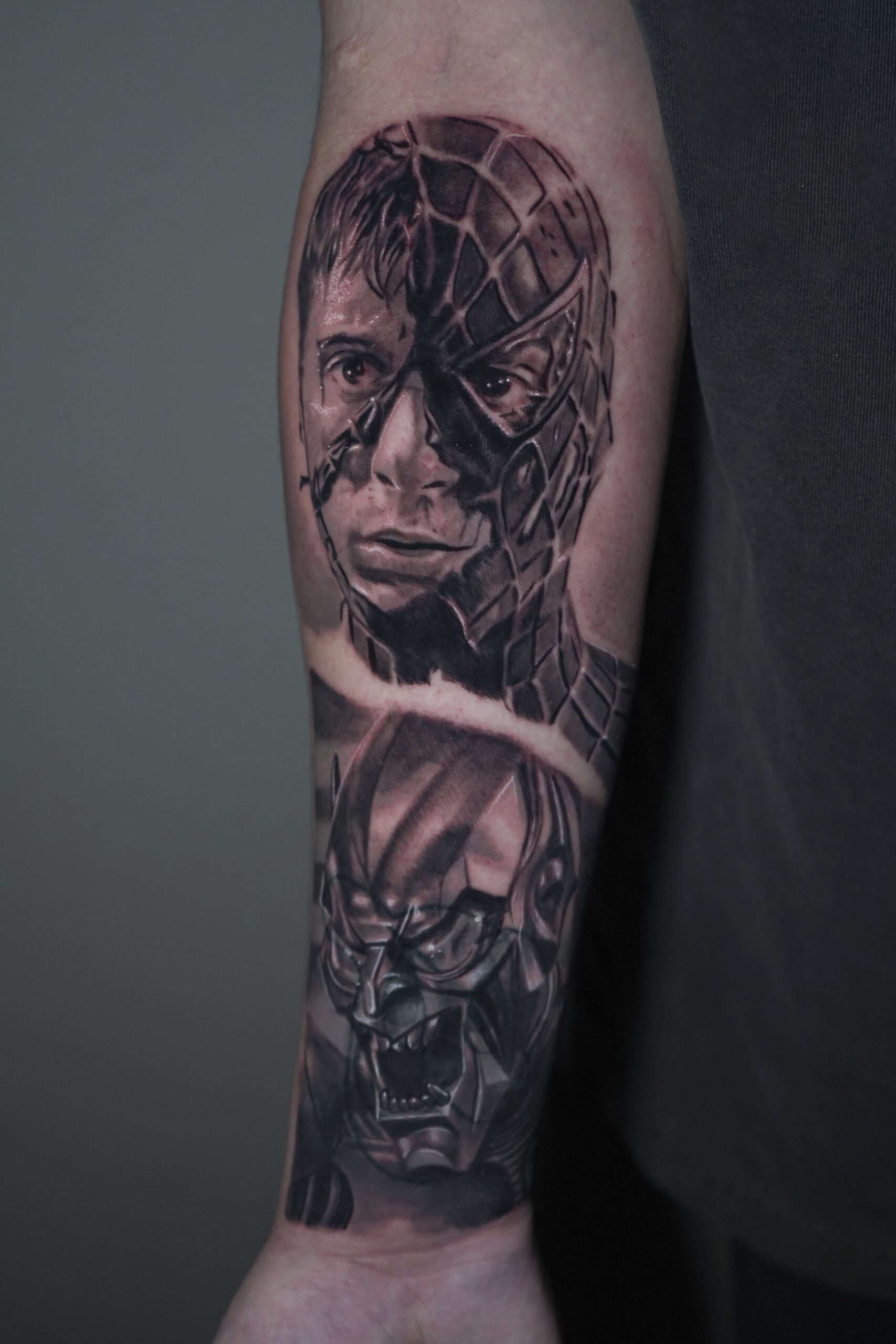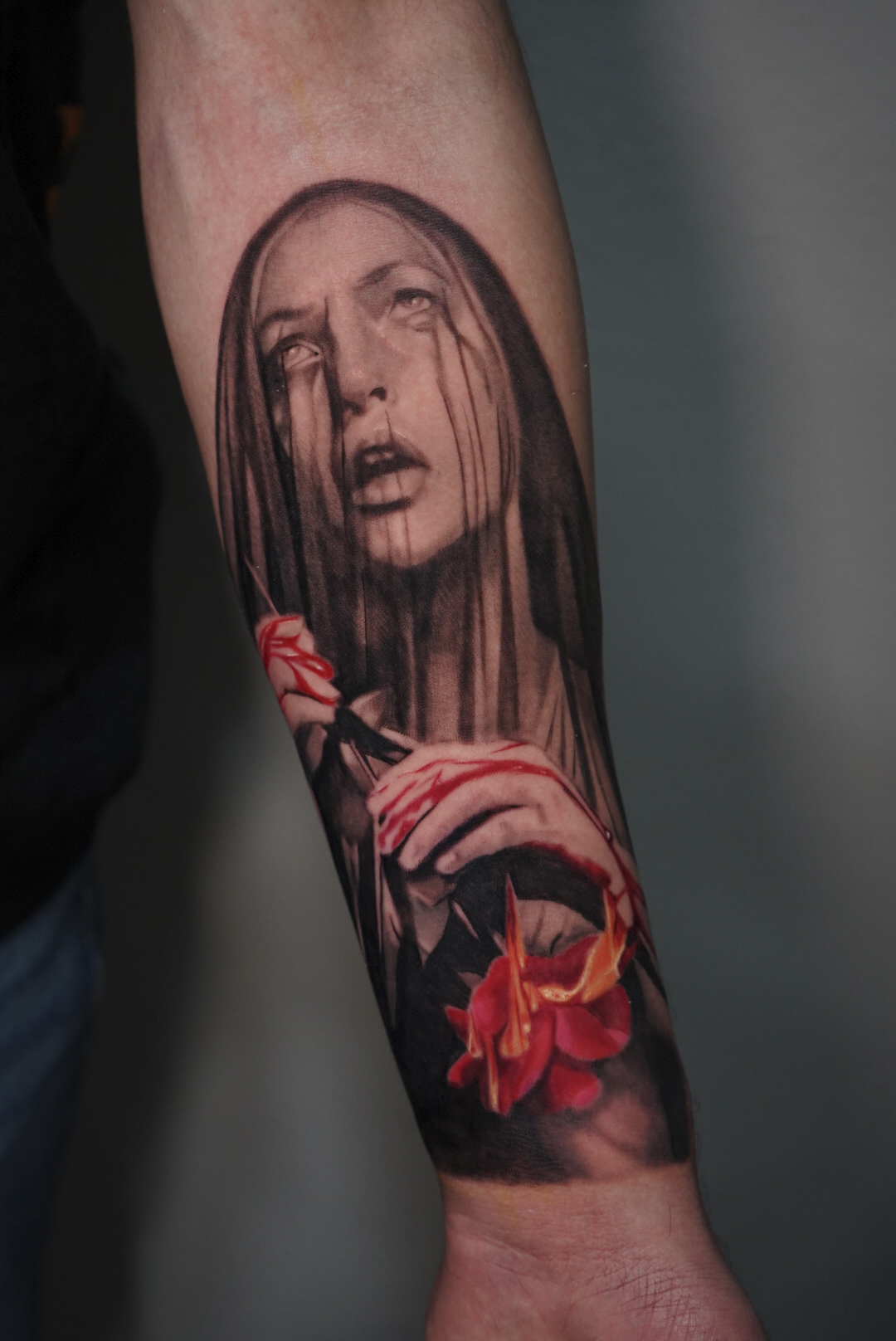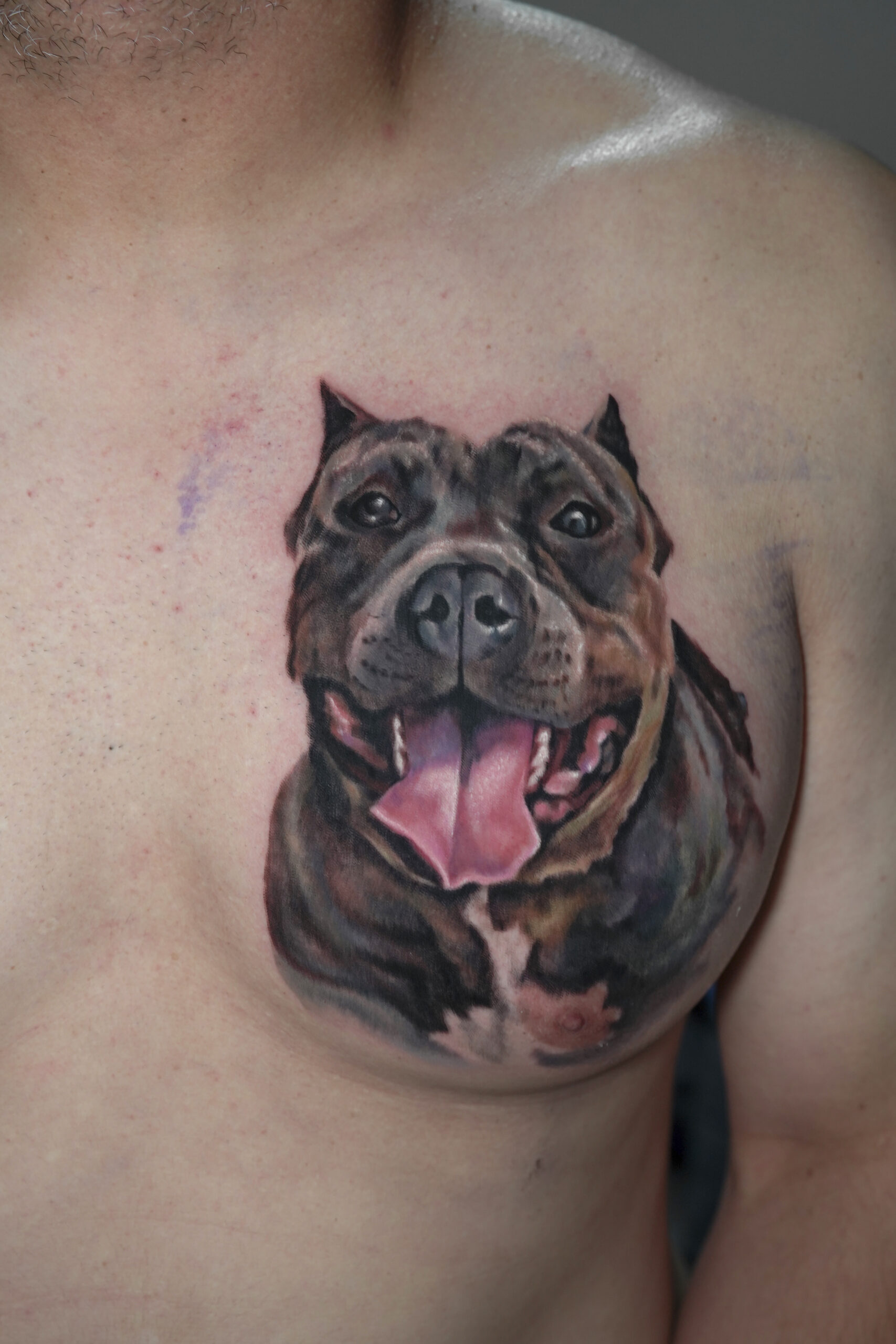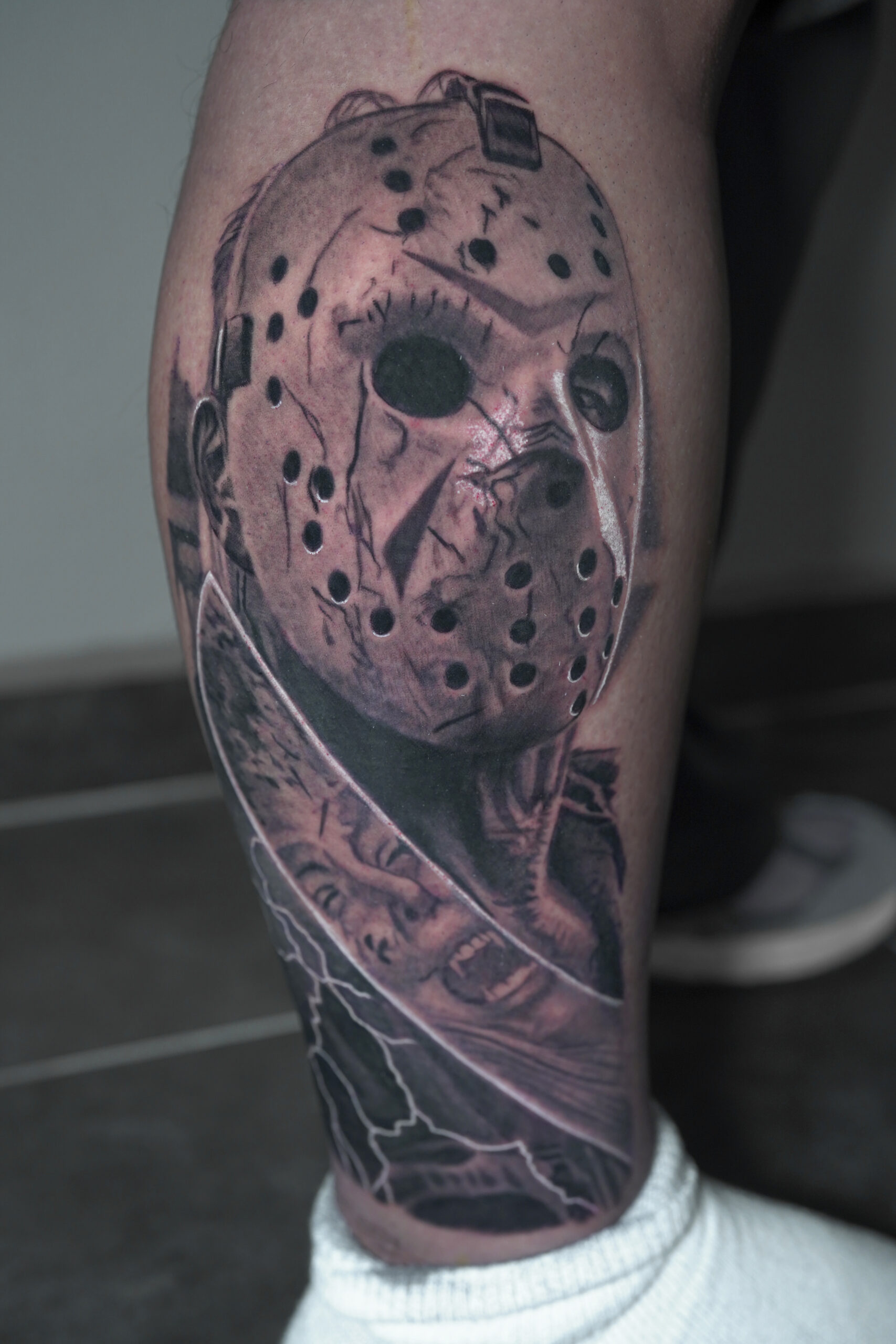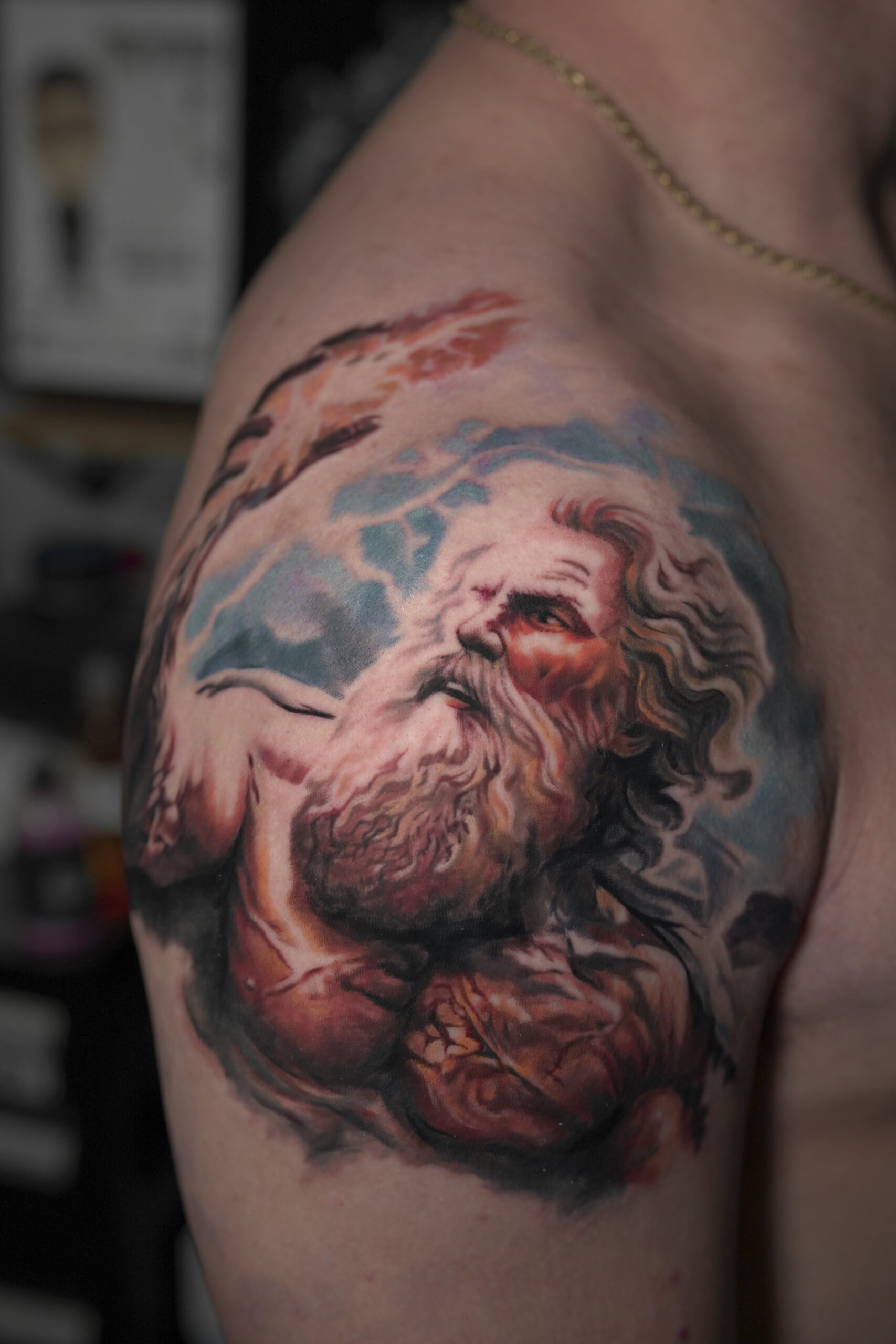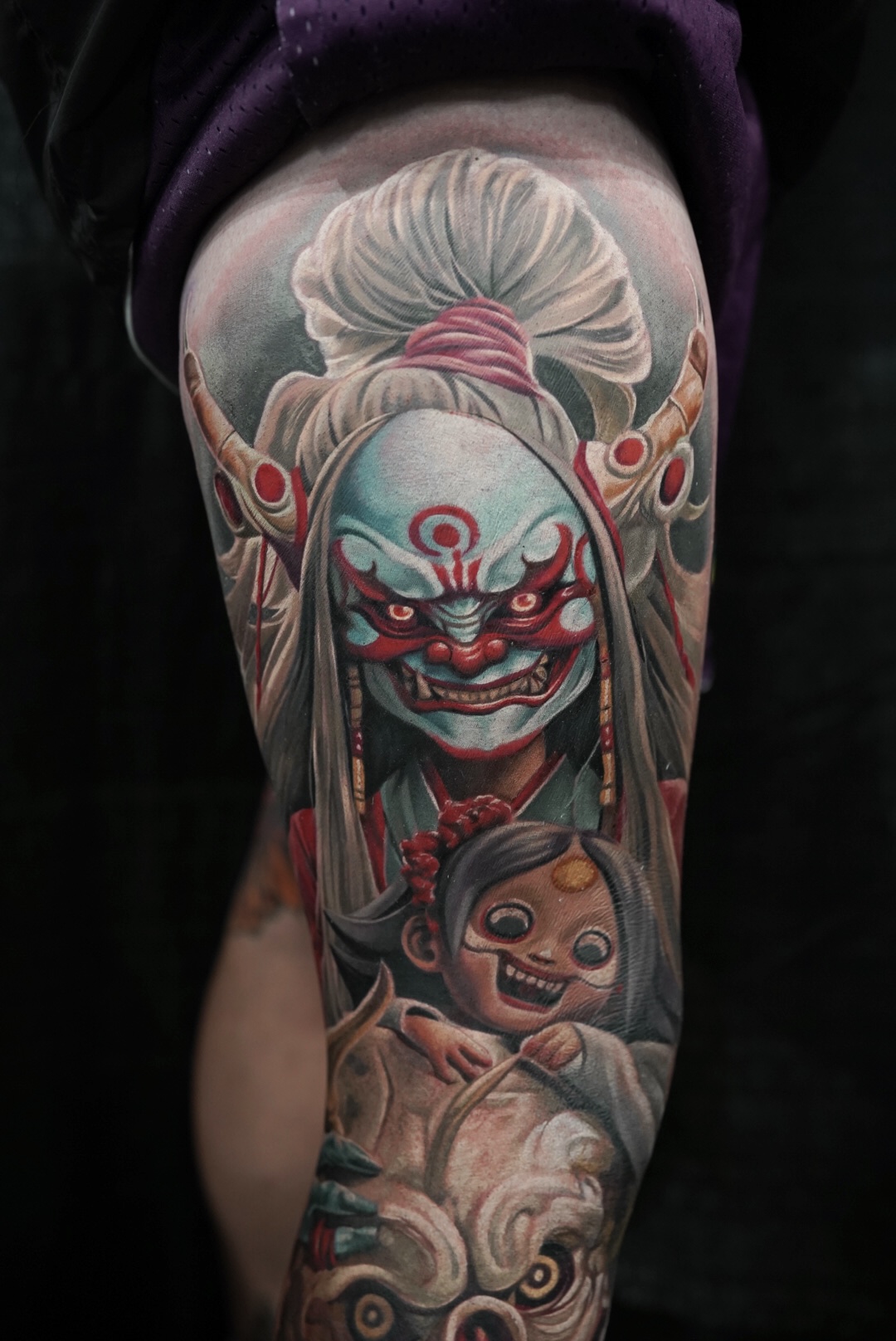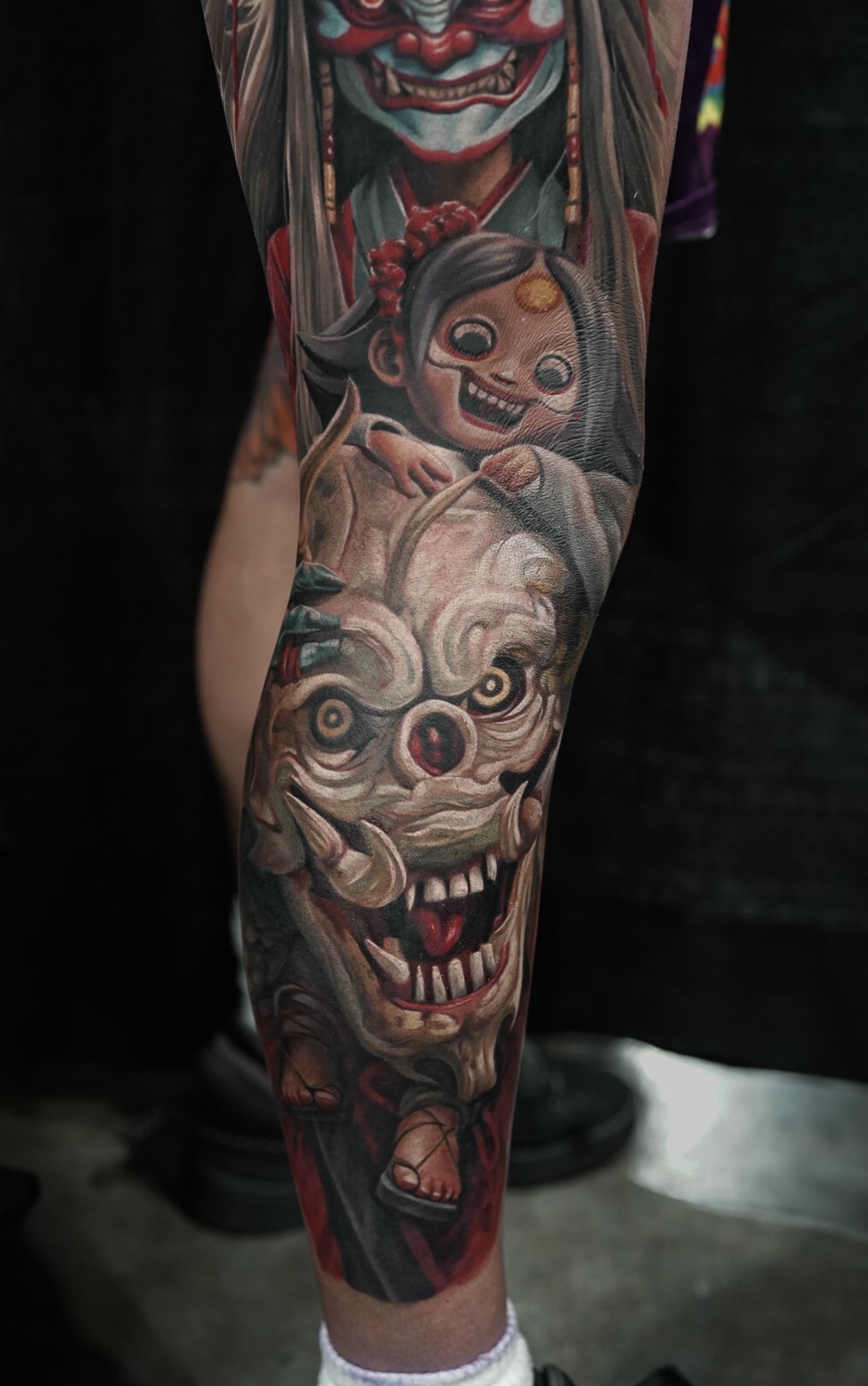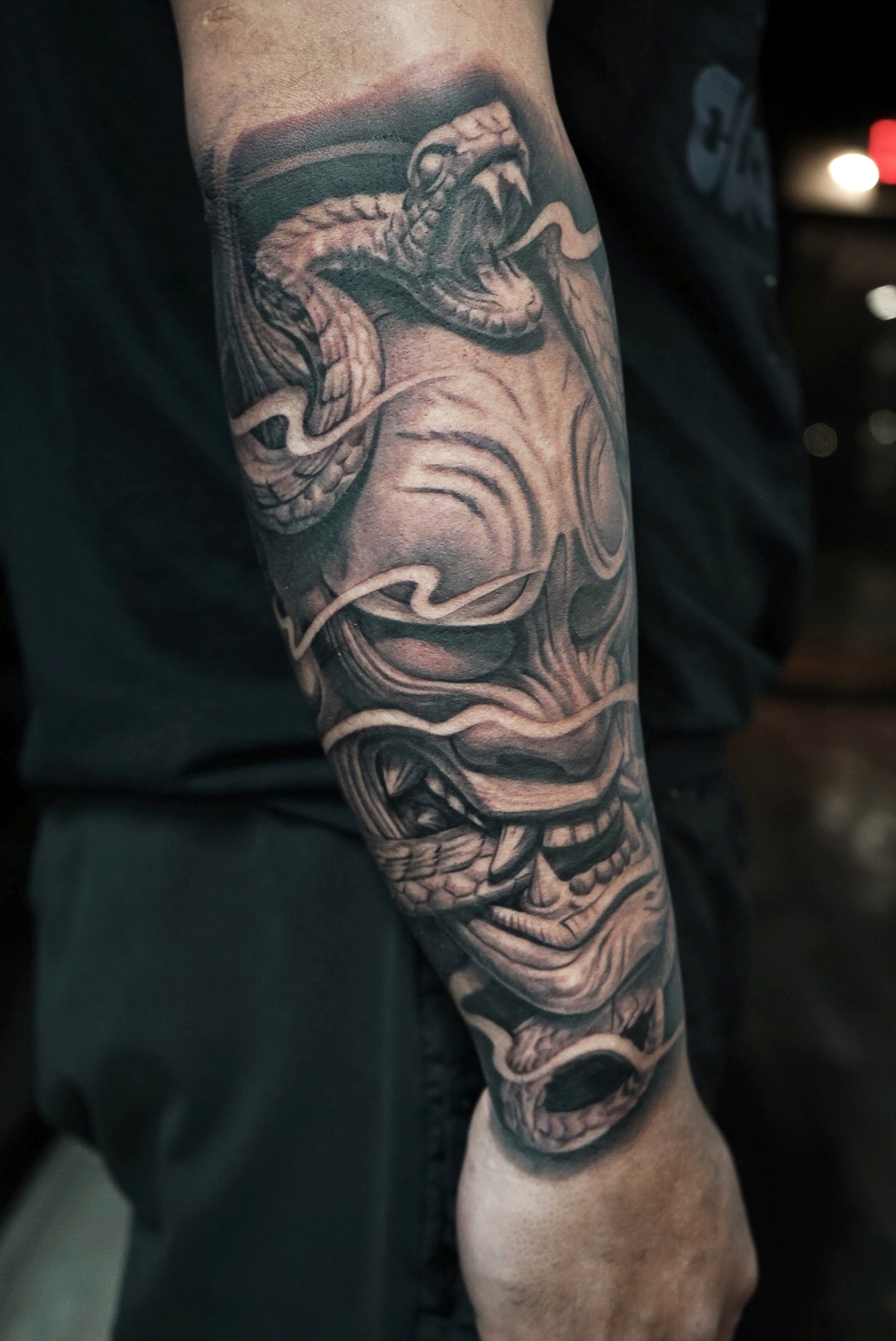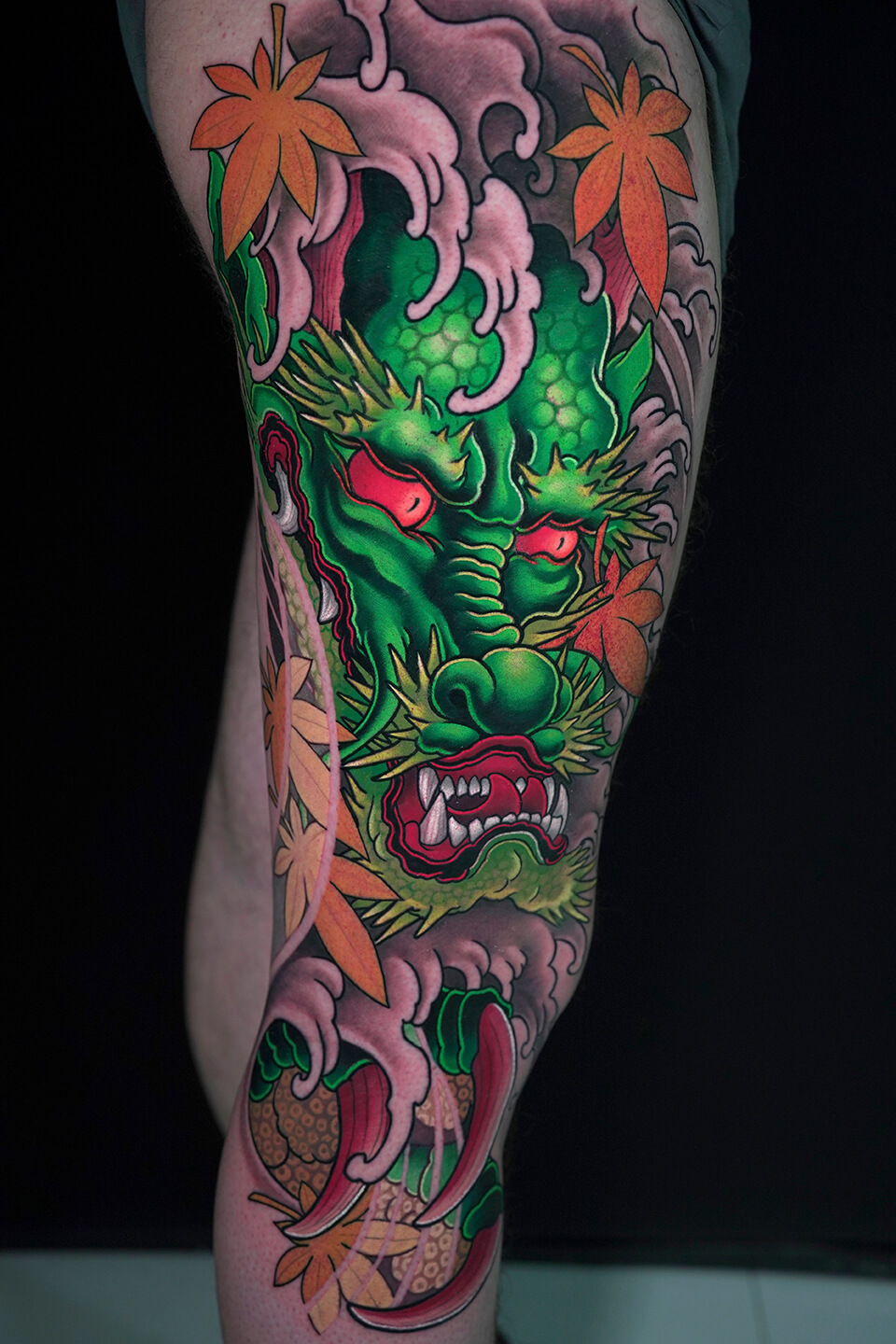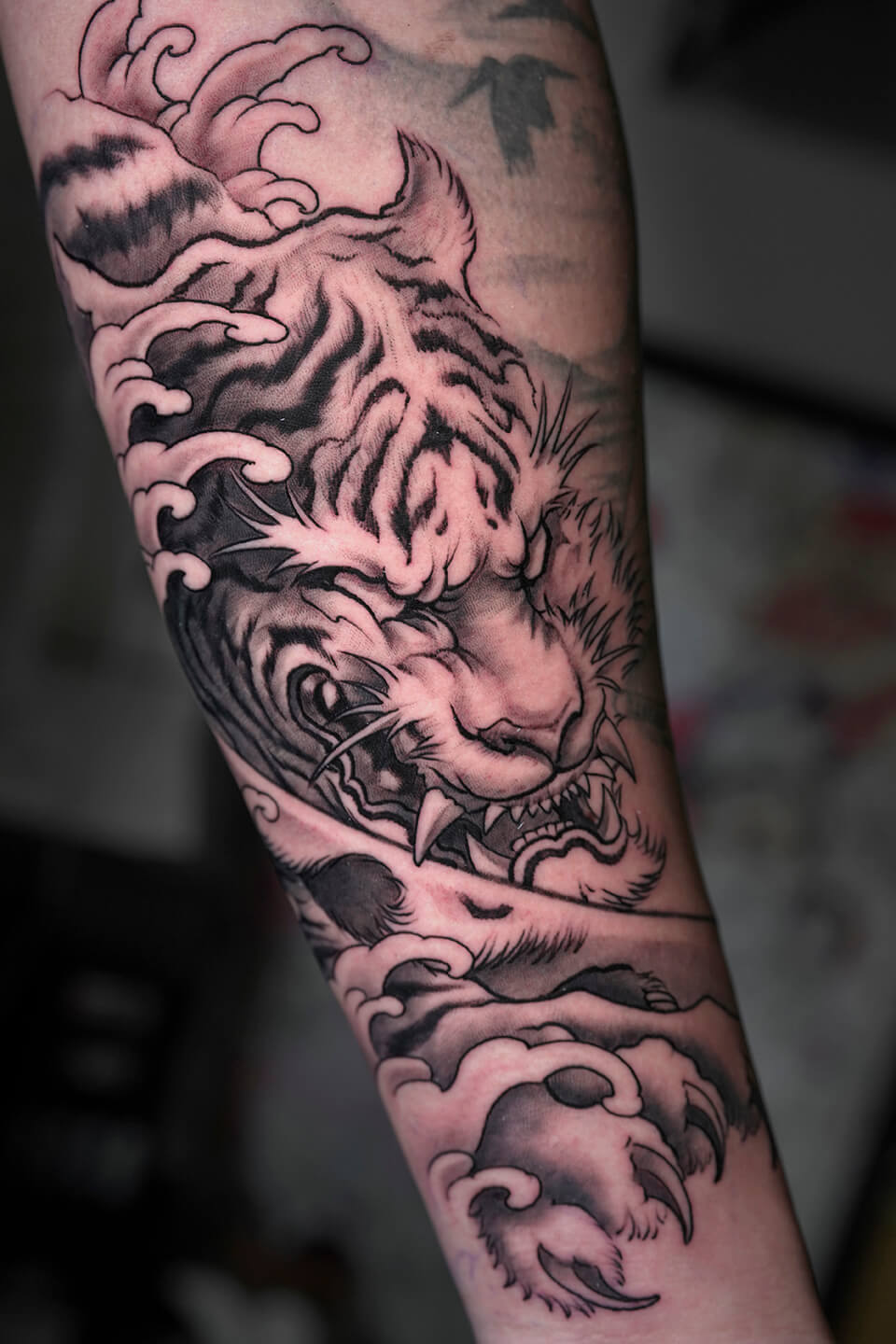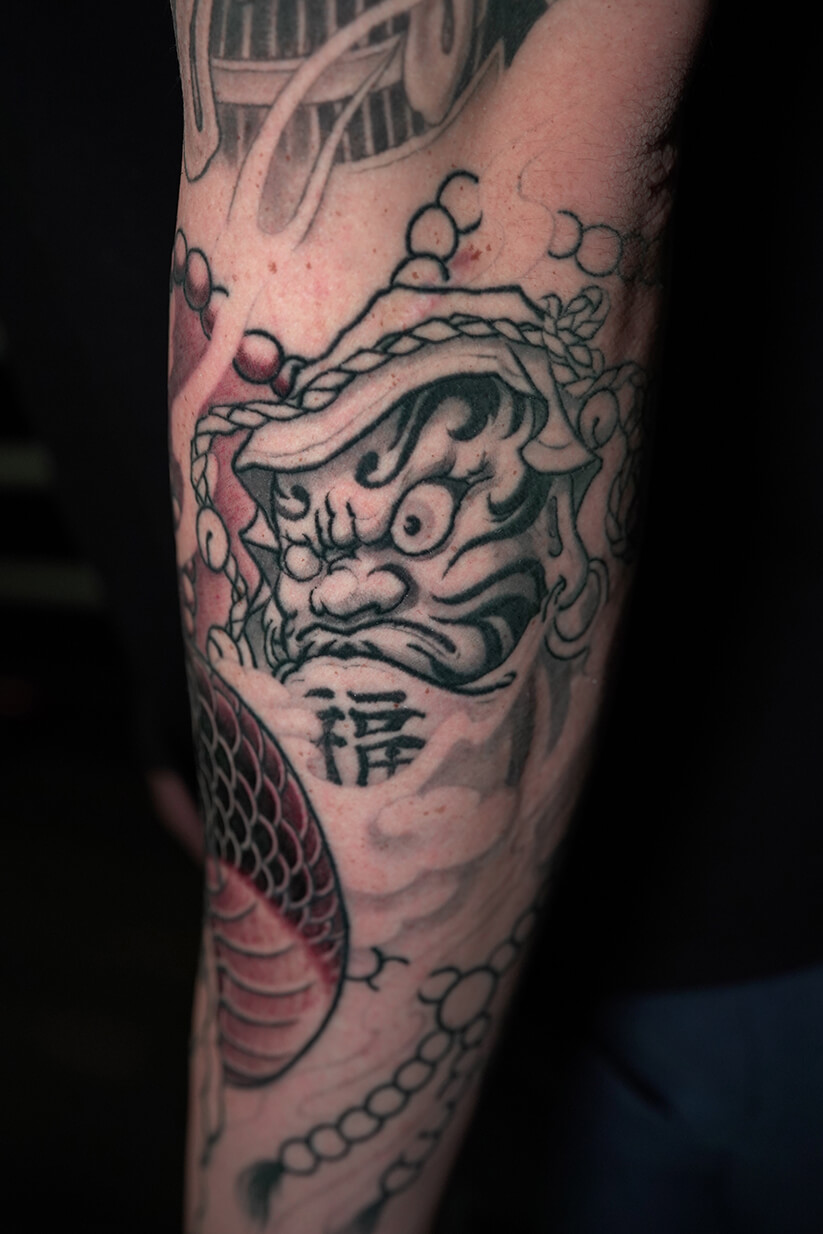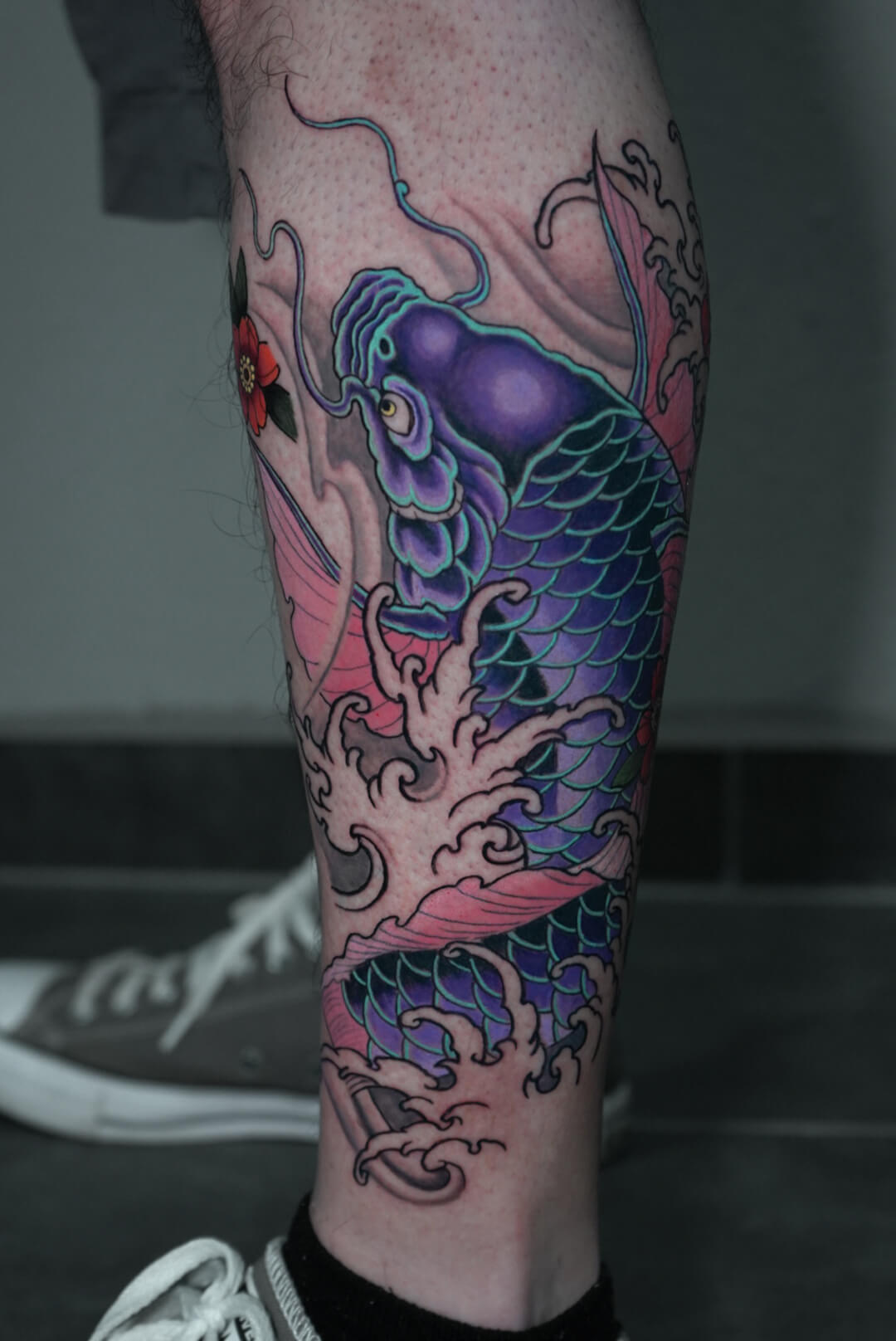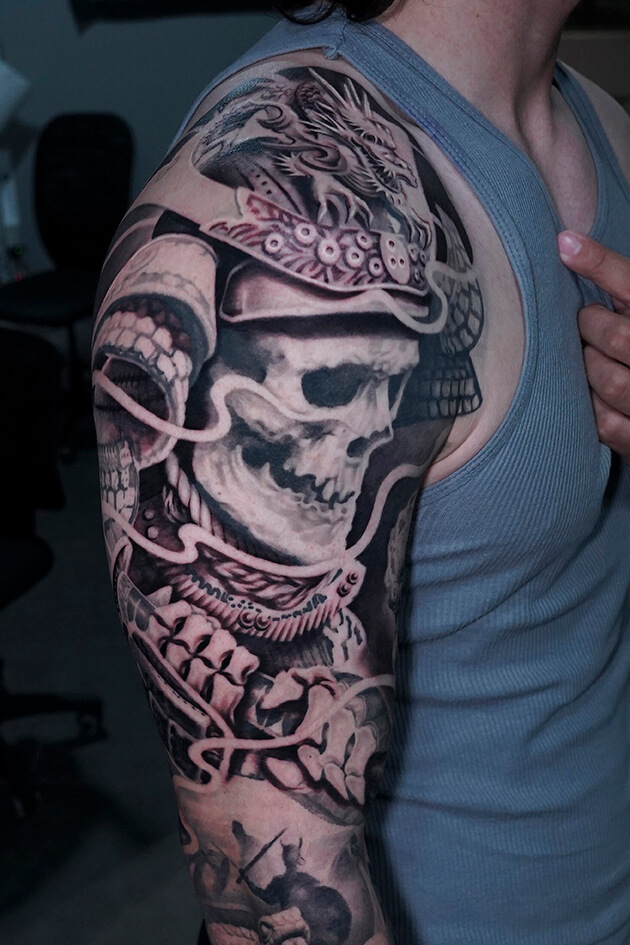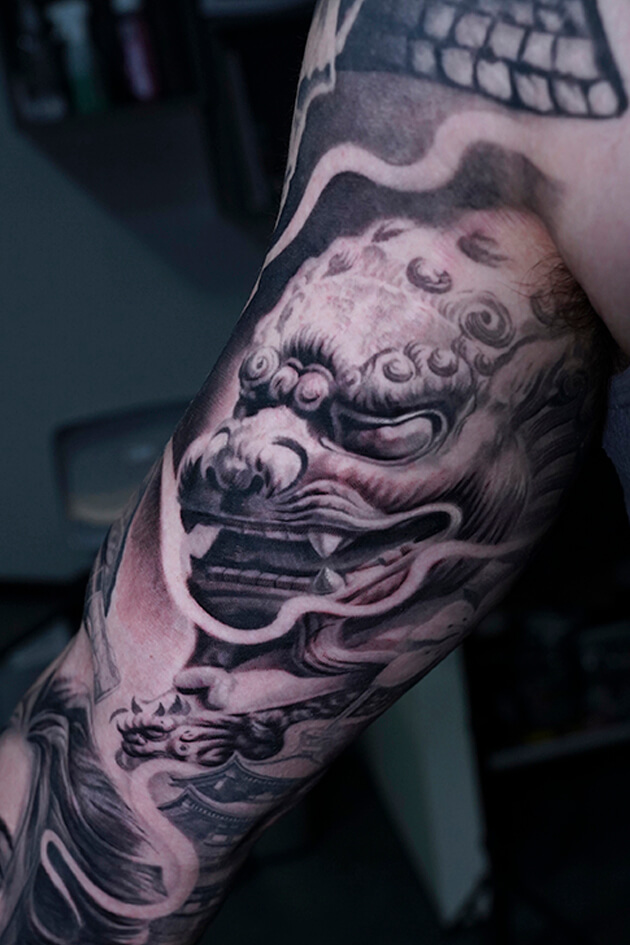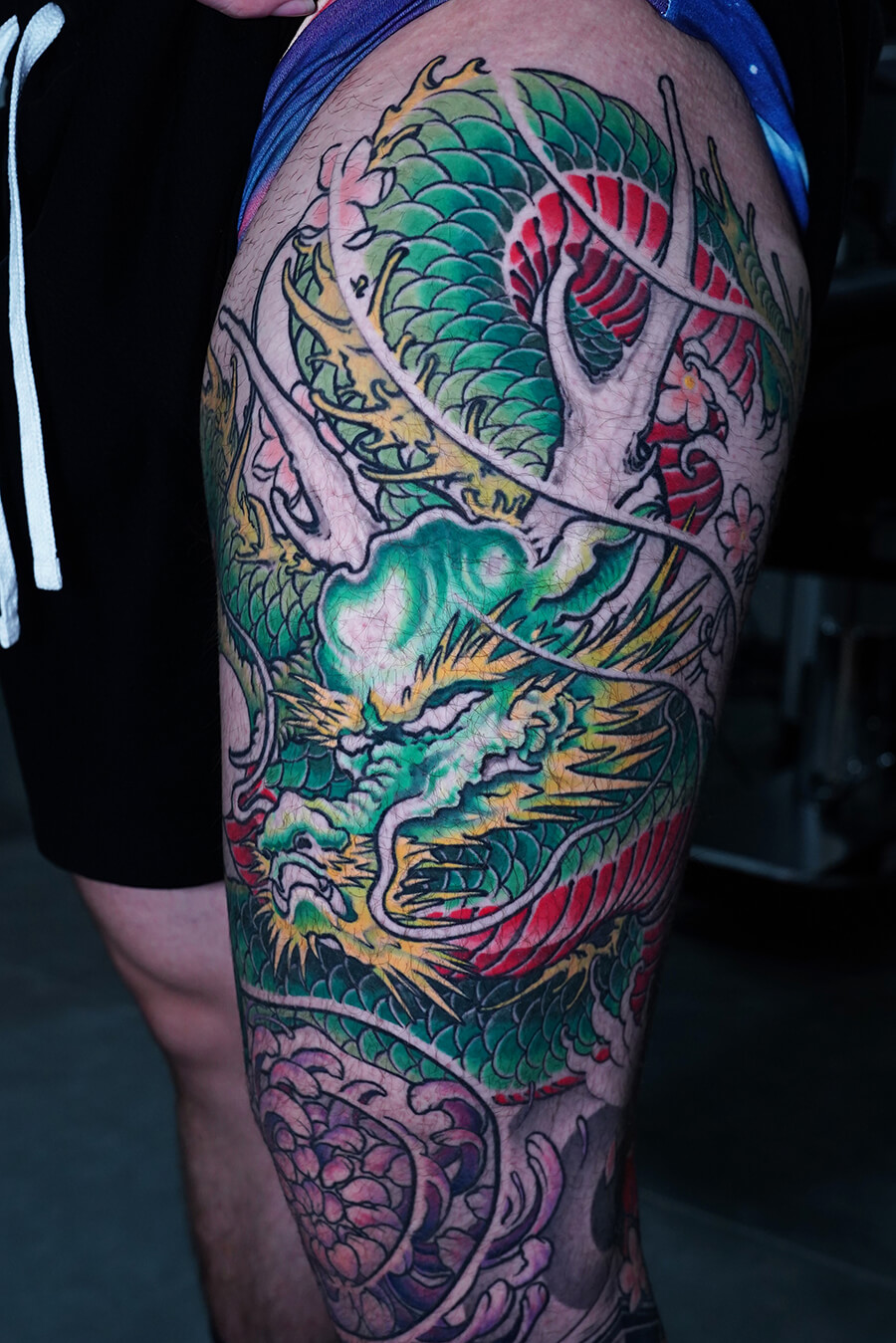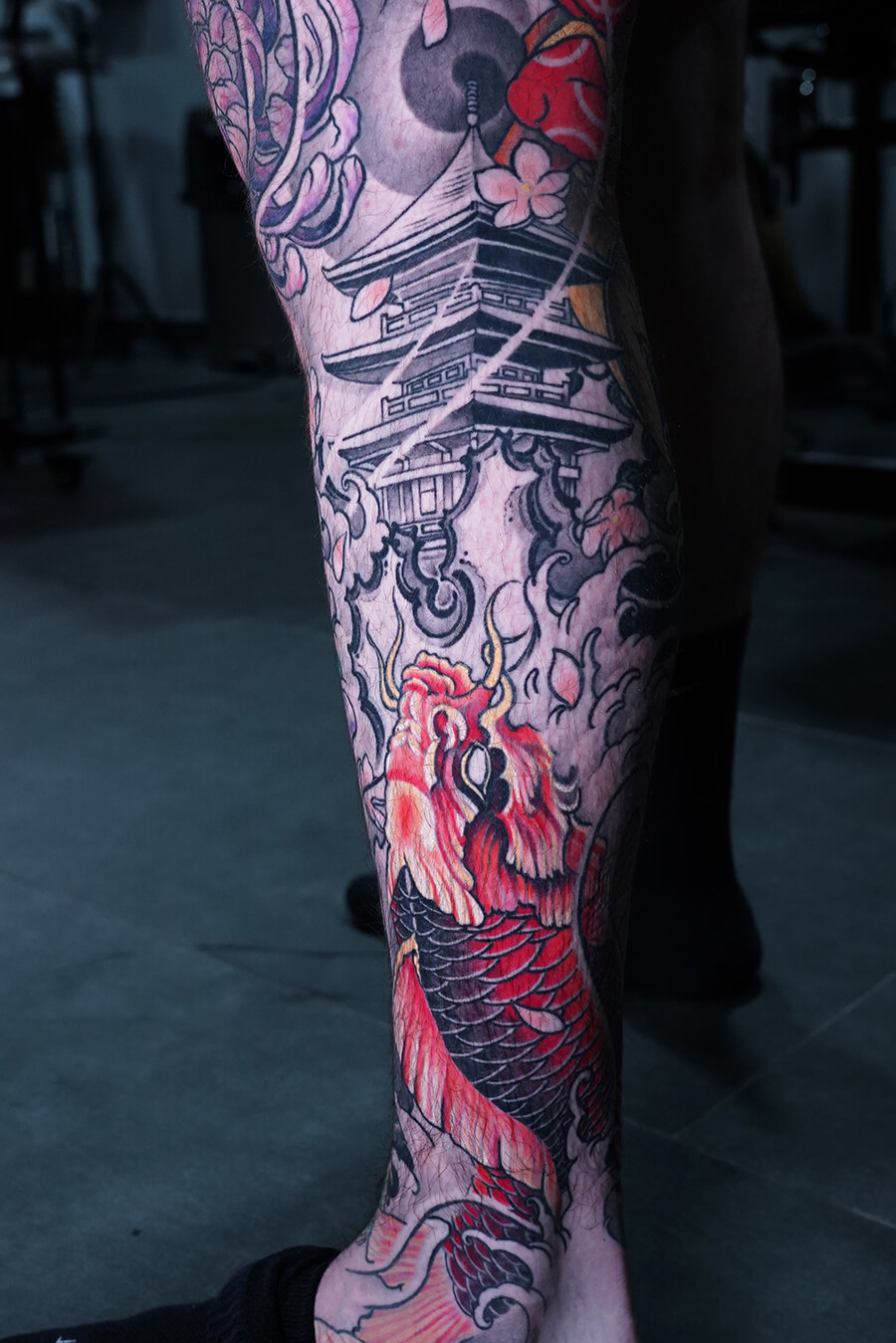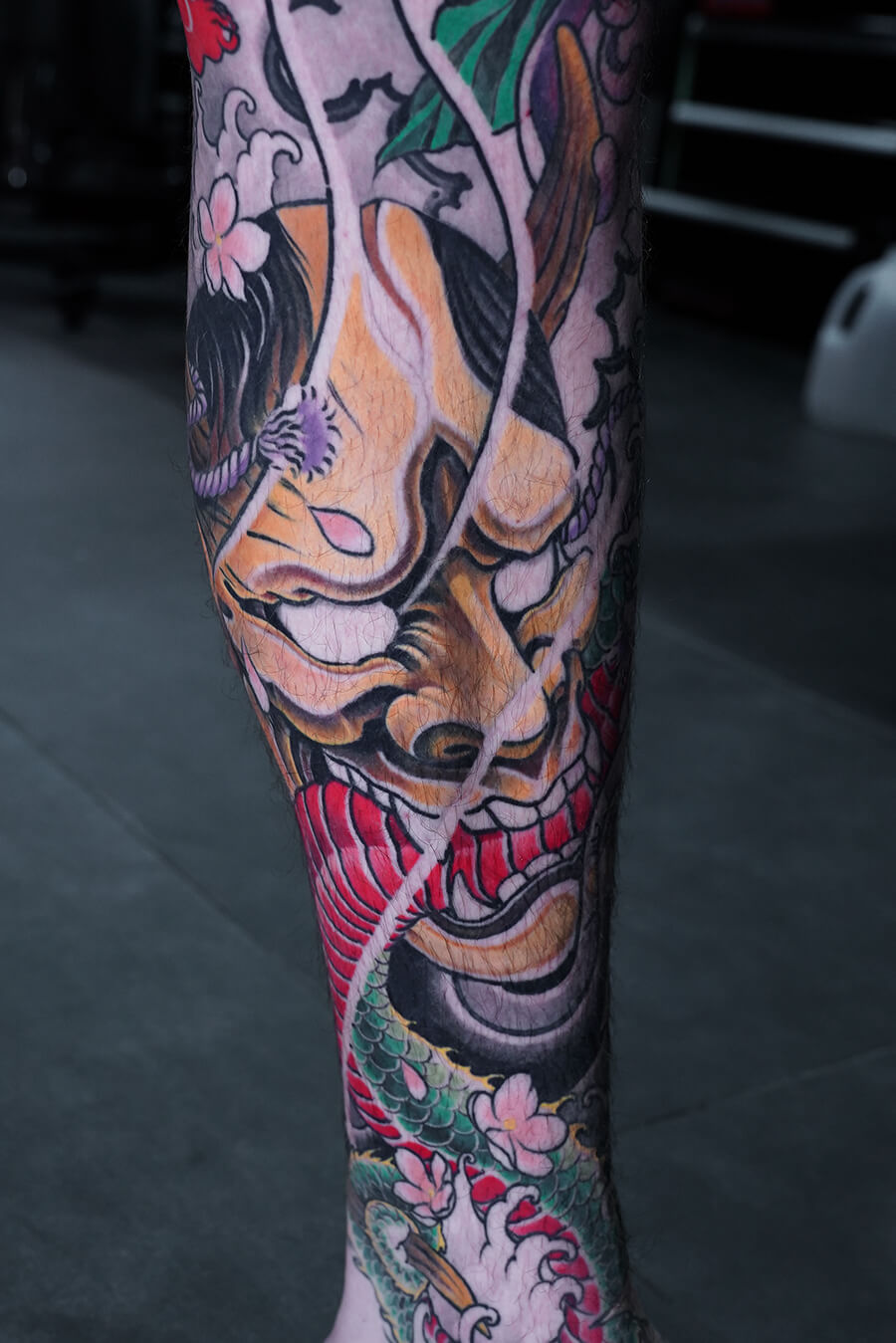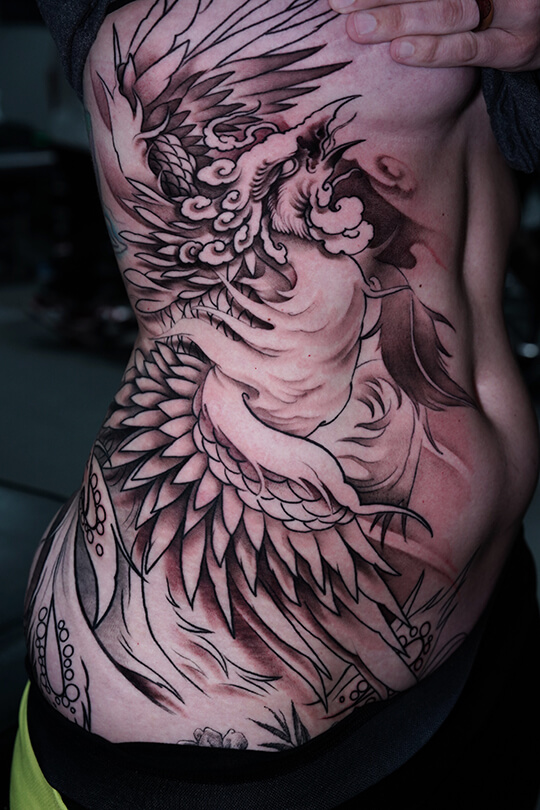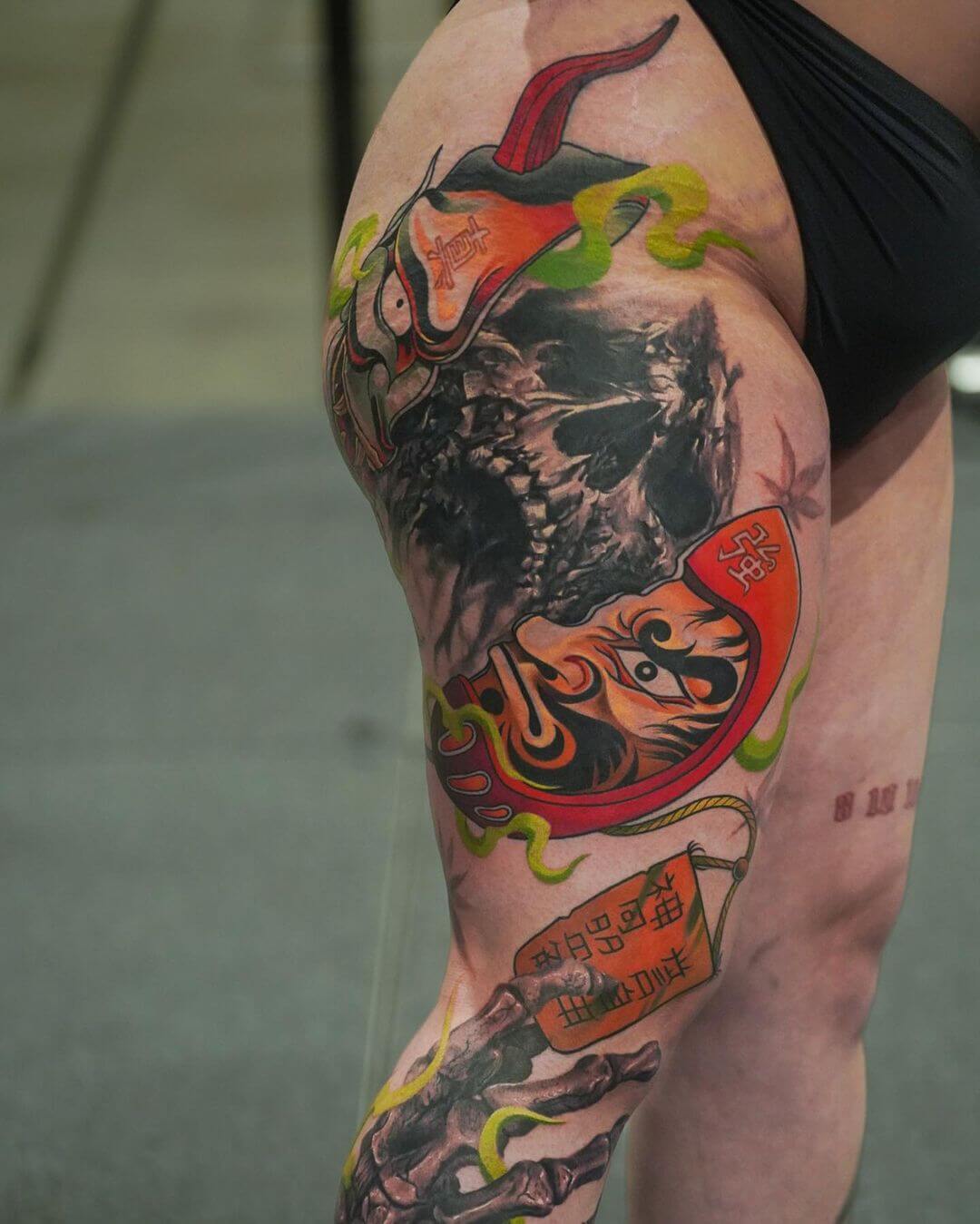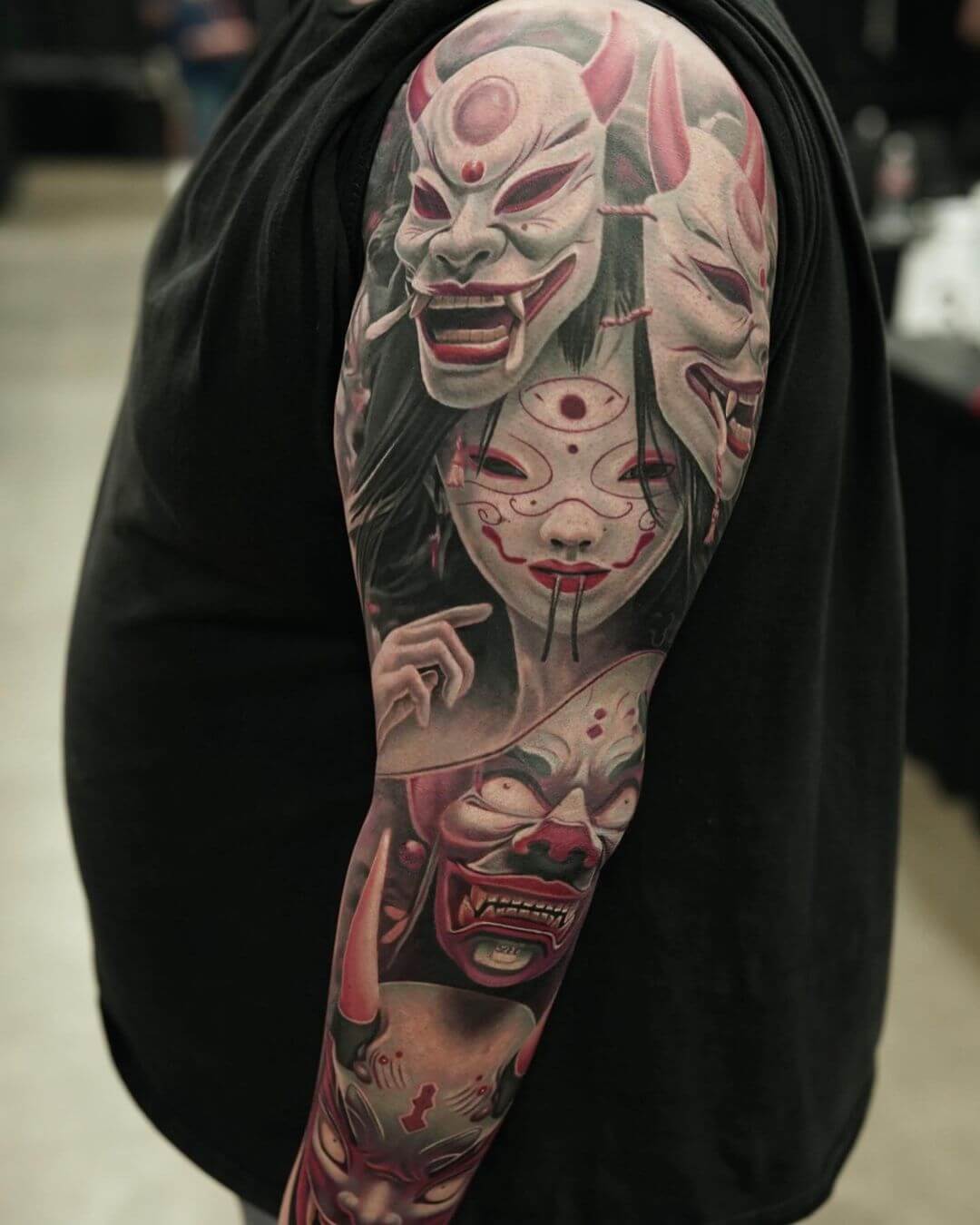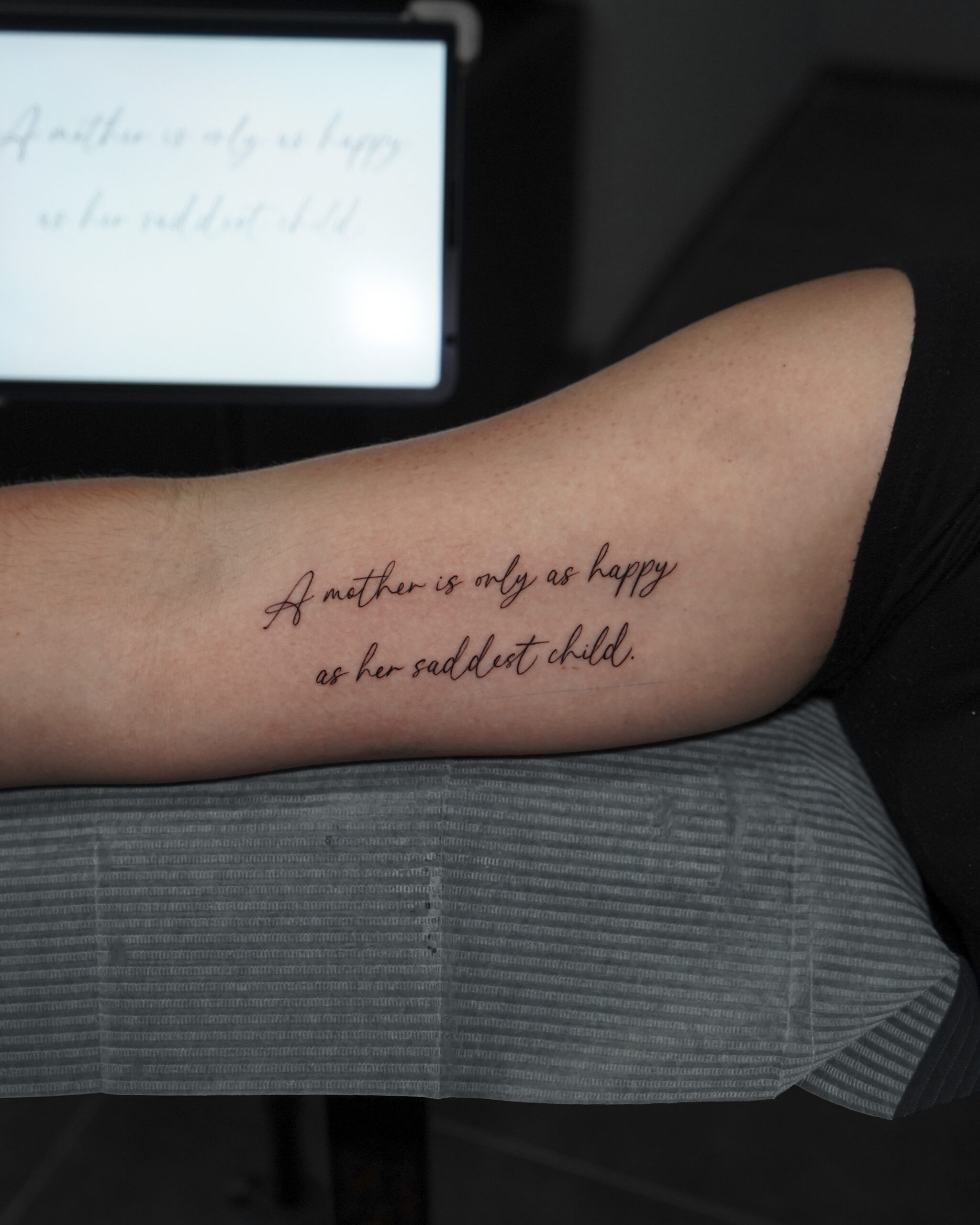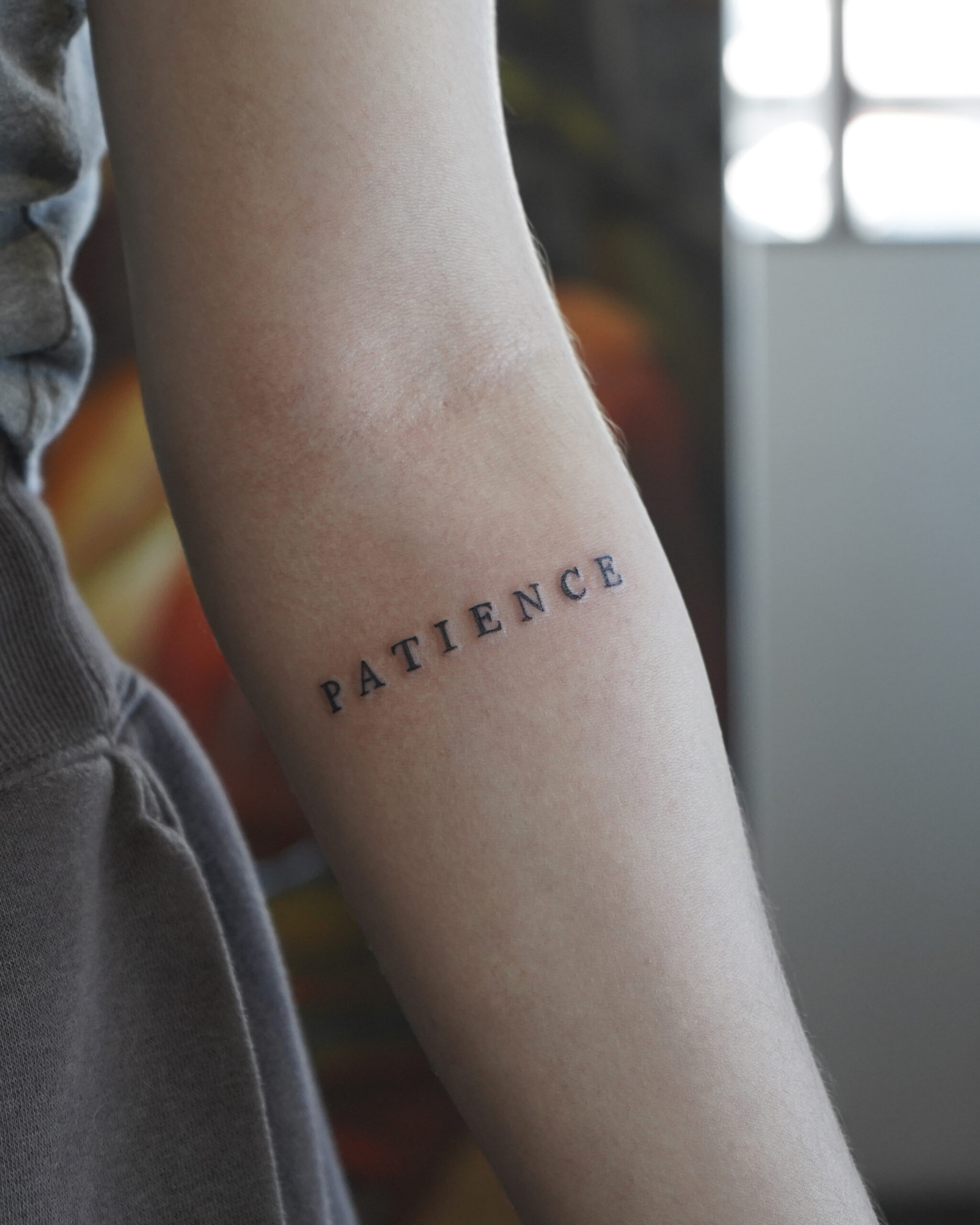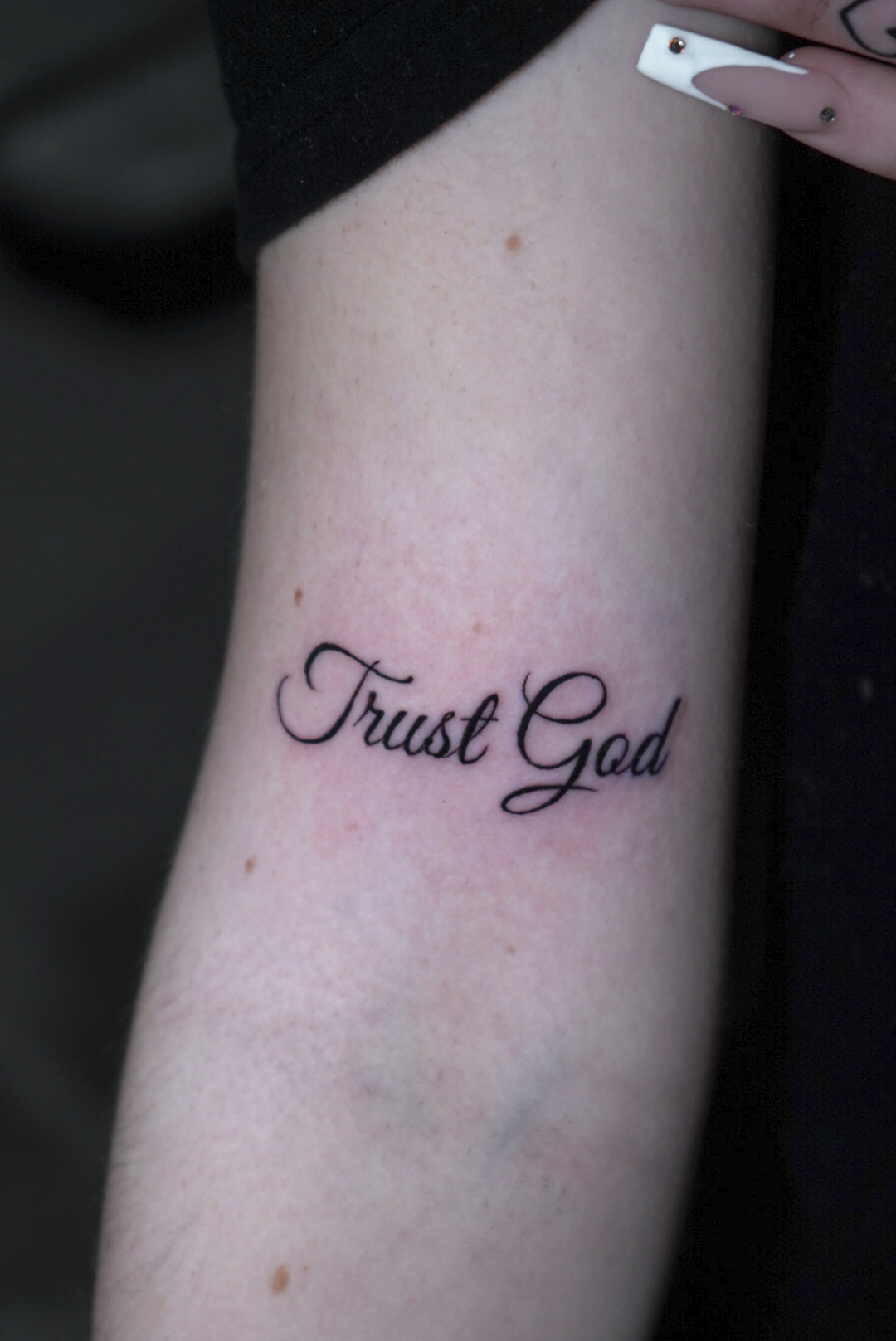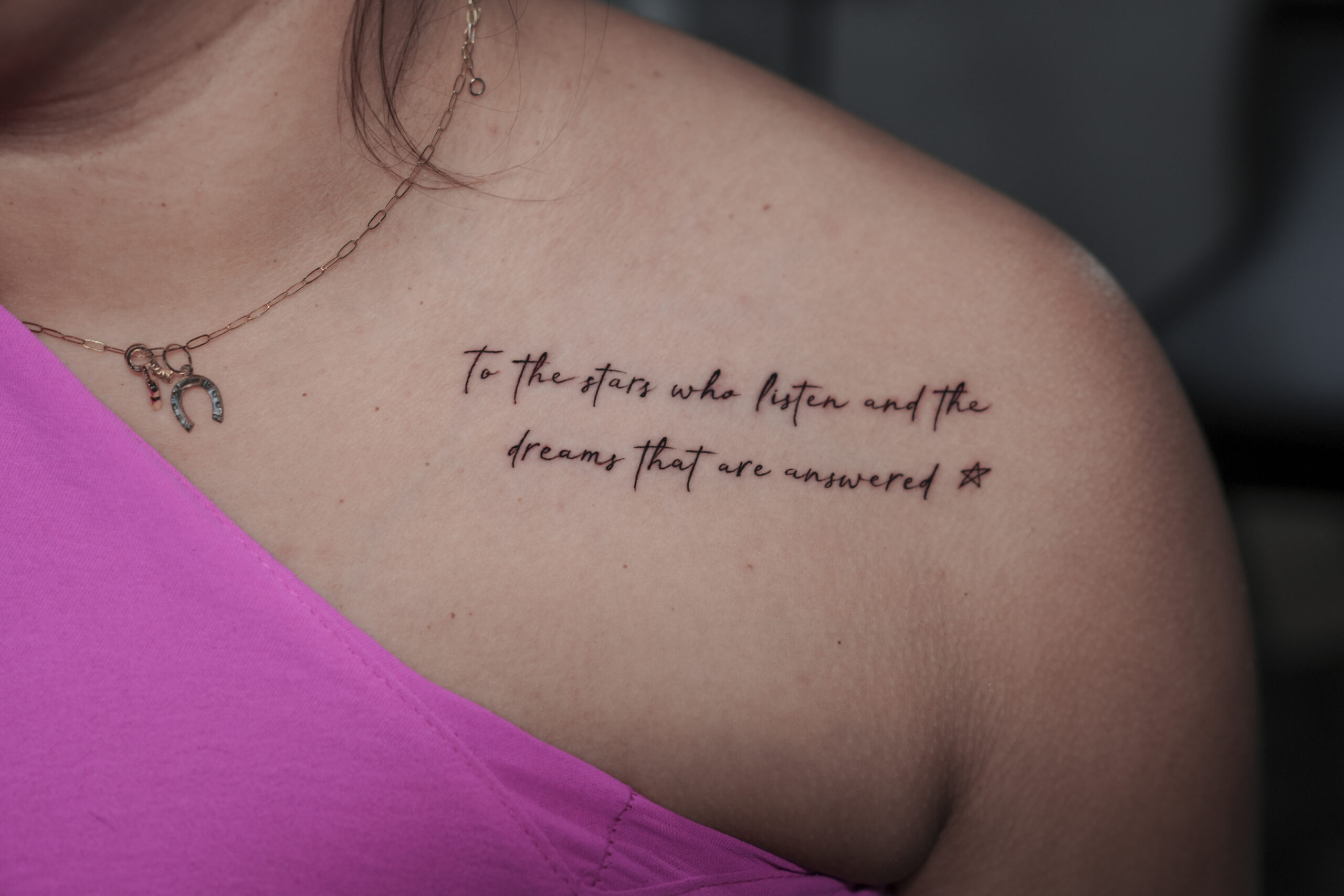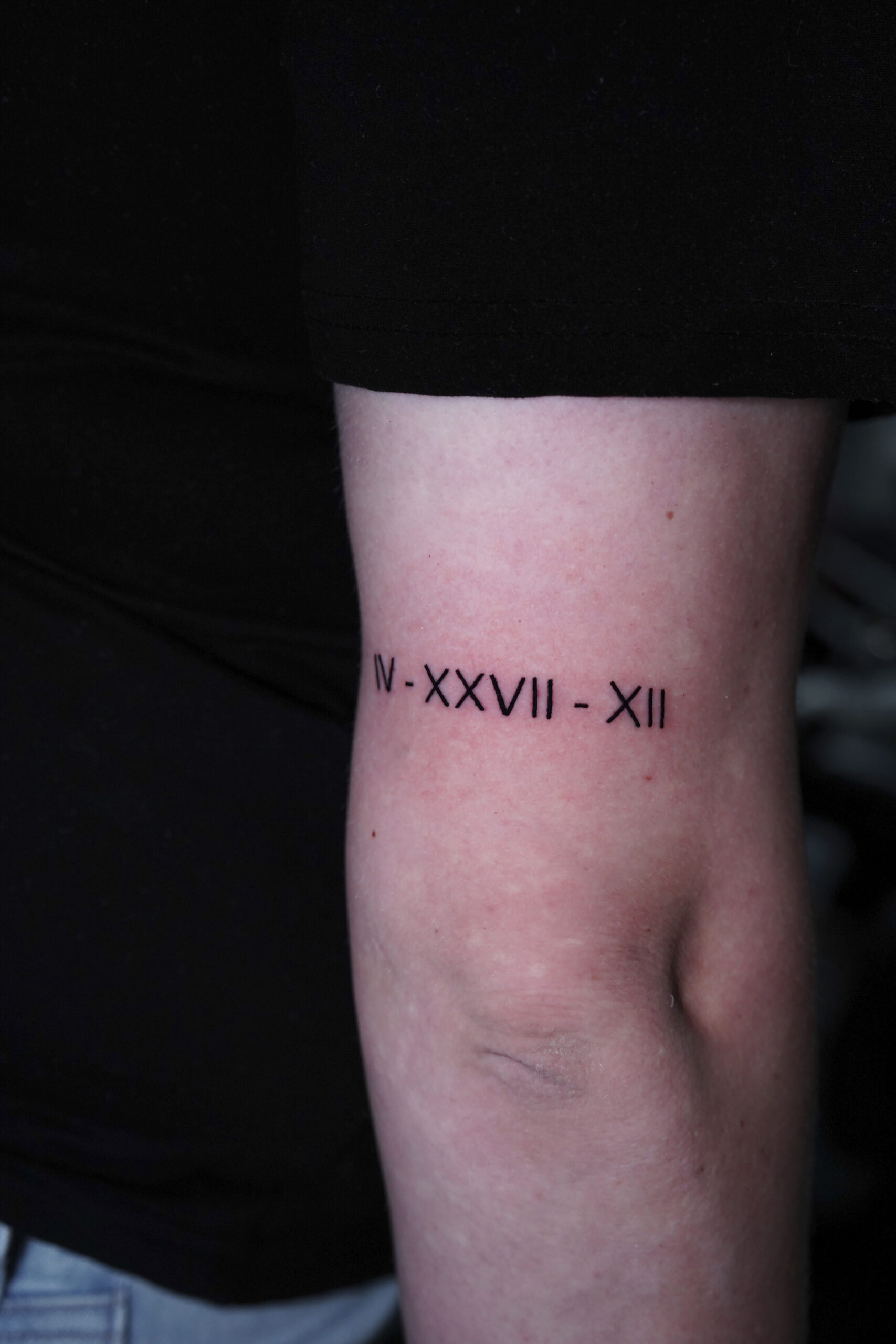Skin preparation is a critical step in the professional tattoo process, and shaving is an essential part for safety and artistic quality. This article, with insights from the experienced artists at Hyper Inkers, will explain in detail why shaving is necessary, the consequences if this step is skipped, and whether you should do it yourself at home. Finally, we will outline the entire safe and hygienic shaving process at our studio to ensure you are completely confident before your appointment.

4 Main Reasons Artists Always Shave Before Tattooing
Shaving the tattoo area is a non-negotiable step for professional artists. It’s not just about aesthetics; it’s a crucial measure for hygiene, safety, and the quality of the final tattoo. Below are the four primary reasons this is an essential part of the process.

To Create a Perfect Skin Surface for the Stencil and Needles
A smooth, hair-free surface is essential for the tattoo stencil to transfer cleanly and accurately onto the skin. Even the finest hairs (vellus hair or “peach fuzz”) can disrupt the stencil, causing lines to blur or become distorted. This clean slate ensures the artist’s design is perfectly placed before the first needle touches the skin.
To Prevent Infection and Ensure Absolute Hygiene
This is the most critical safety reason. The tattooing process creates thousands of microscopic punctures in the skin. If the area isn’t shaved, the needles can push hair and surface bacteria into these open wounds. This significantly increases the risk of infection, folliculitis (inflamed hair follicles), and pimples during the healing process.
To Help the Artist See Clearly for Precise Linework
Hair, no matter how fine, can obstruct the artist’s view. Removing it allows the artist to see the skin and their stencil lines with perfect clarity. This is vital for executing crisp, precise lines and smooth shading, especially in detailed or intricate designs.
To Ensure Ink Saturates the Skin Evenly
Hair can act as a barrier, preventing the tattoo needle from depositing ink consistently at the correct skin depth. This can lead to patchy, uneven ink saturation and a faded or blurry appearance once the tattoo is healed. A shaved surface guarantees unobstructed access for the needle.
What Happens If You Don’t Shave Before a Tattoo Session?
Skipping this essential preparation step compromises the entire tattoo process. It introduces significant health risks, negatively impacts the quality of the final artwork, increases discomfort, and will ultimately result in a professional artist refusing to proceed until the area is properly and hygienically shaved. The primary consequences include:
- High Risk of Infection: The main risk is introducing bacteria into the open wound, as needles can push hair and debris under the skin, potentially causing infections that damage the tattoo.
- Poor Tattoo Quality: The artist’s needle will catch on hair, disrupting linework and leading to blurry, inconsistent lines and patchy ink application.
- Increased Pain and Discomfort: The sensation of a tattoo needle pulling on individual hairs is unpleasant and adds unnecessary pain to the experience.
- Artist Refusal: For safety and quality reasons, most professional artists will refuse to work on an unshaved area and will insist on performing the prep themselves.

Should You Shave at Home Before Going to Your Tattoo Appointment?
The expert answer is a firm NO; you should always let your tattoo artist handle the shaving at the studio. If you shave at home, you risk nicks, cuts, or razor burn. An artist cannot tattoo over irritated or broken skin, which would force your appointment to be rescheduled. Furthermore, artists are trained to know the exact size of the area that needs to be prepped and use sterile, single-use razors to do so safely and hygienically.
Learn more: Our complete guide on things to do before your first tattoo for a full checklist.
What Does the Shaving Process at Hyper Inkers Look Like?
The professional shaving process at Hyper Inkers is a meticulous procedure designed to prioritize client safety and create a flawless canvas for the tattoo. Here is the detailed process:
- Cleaning and Disinfecting: First, the artist thoroughly cleans the entire area with an antiseptic solution to remove surface bacteria and prepare the skin.
- Using a New, Single-Use Razor: For every client, we unwrap a brand new, disposable razor. This is a critical step to prevent any risk of cross-contamination.
- Applying Safe Shaving Technique: Using a professional-grade soap or gel, the artist gently shaves the area, typically with the grain of the hair, to prevent irritation.
- Wiping Clean and Final Prep: After shaving, the artist wipes the area clean one more time, leaving a perfectly prepared surface for the stencil application.
Learn more: Our step-by-step guide on the process of getting a tattoo.
FAQ
Here are answers to a few other common questions clients have about hair removal and tattoos.
How long before the tattoo appointment should shaving happen?
The ideal time is immediately before the tattoo session begins. This is why artists do it at the studio. Shaving right before the procedure ensures the skin is as smooth as possible and minimizes the time for any potential irritation to develop.
Will hair grow back normally after being shaved for a tattoo?
Yes, absolutely. The tattoo is in the dermis layer of your skin, while hair grows from follicles located there. Shaving only removes hair at the surface and does not damage the follicle. Your hair will grow back completely normally through the tattooed skin, and following proper new tattoo care instructions will ensure both the tattoo and your skin heal perfectly.
Can I wax before getting a tattoo?
It is generally not recommended. Waxing can cause significant skin irritation and sensitivity. You should wait at least one to two weeks after waxing before getting a tattoo to ensure your skin is completely calm. It is always safer to let the artist shave the area.
Can I have laser hair removal before tattooing?
Yes, but timing is crucial. You must complete all your laser hair removal sessions and allow the skin to fully heal, which can take several weeks. Importantly, you cannot have laser hair removal over an existing tattoo, as the laser can damage the ink and burn your skin.
Conclusion
In summary, shaving is an indispensable step for a safe, clean, and high-quality tattoo. It protects you from infection and allows the artist to do their best work. For the safest and most professional experience, always trust your artist to handle this preparation at the studio, like the experts at Hyper Inkers, one of the top tattoo shops in San Antonio.


